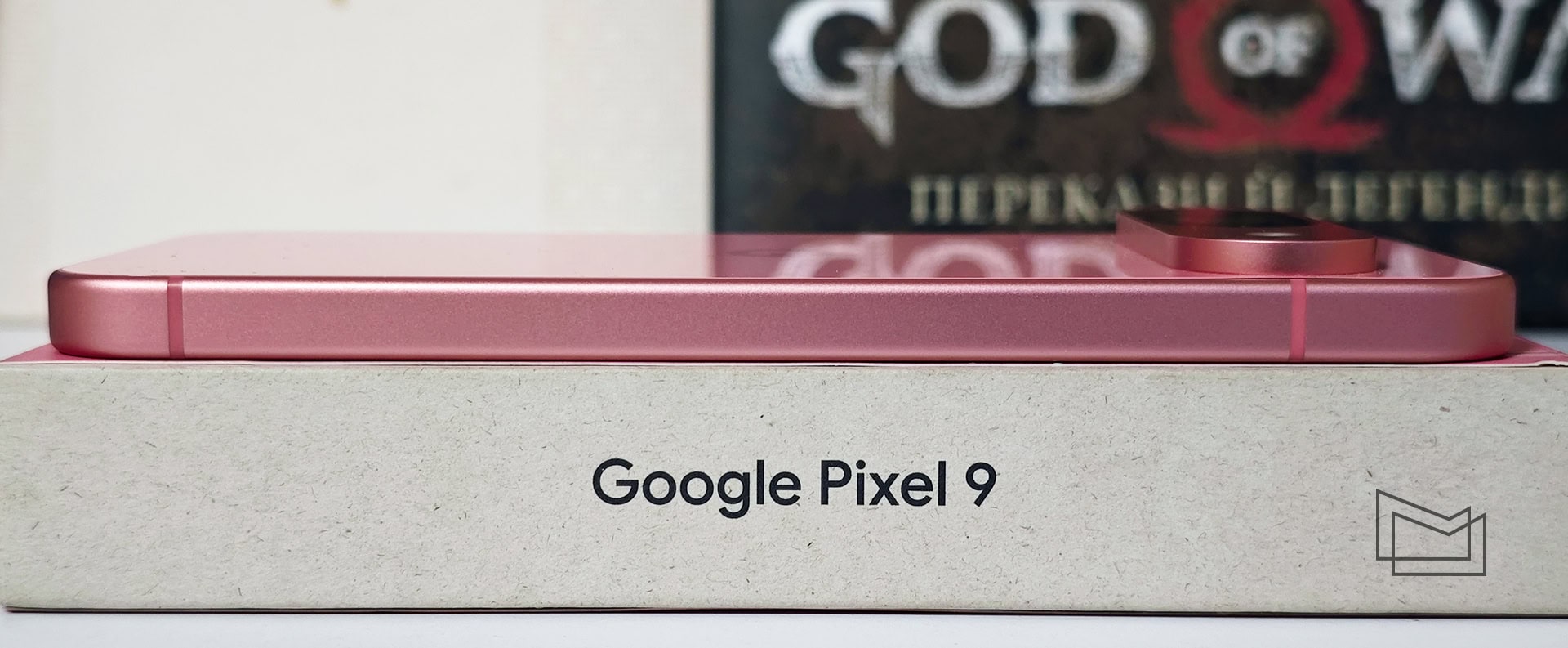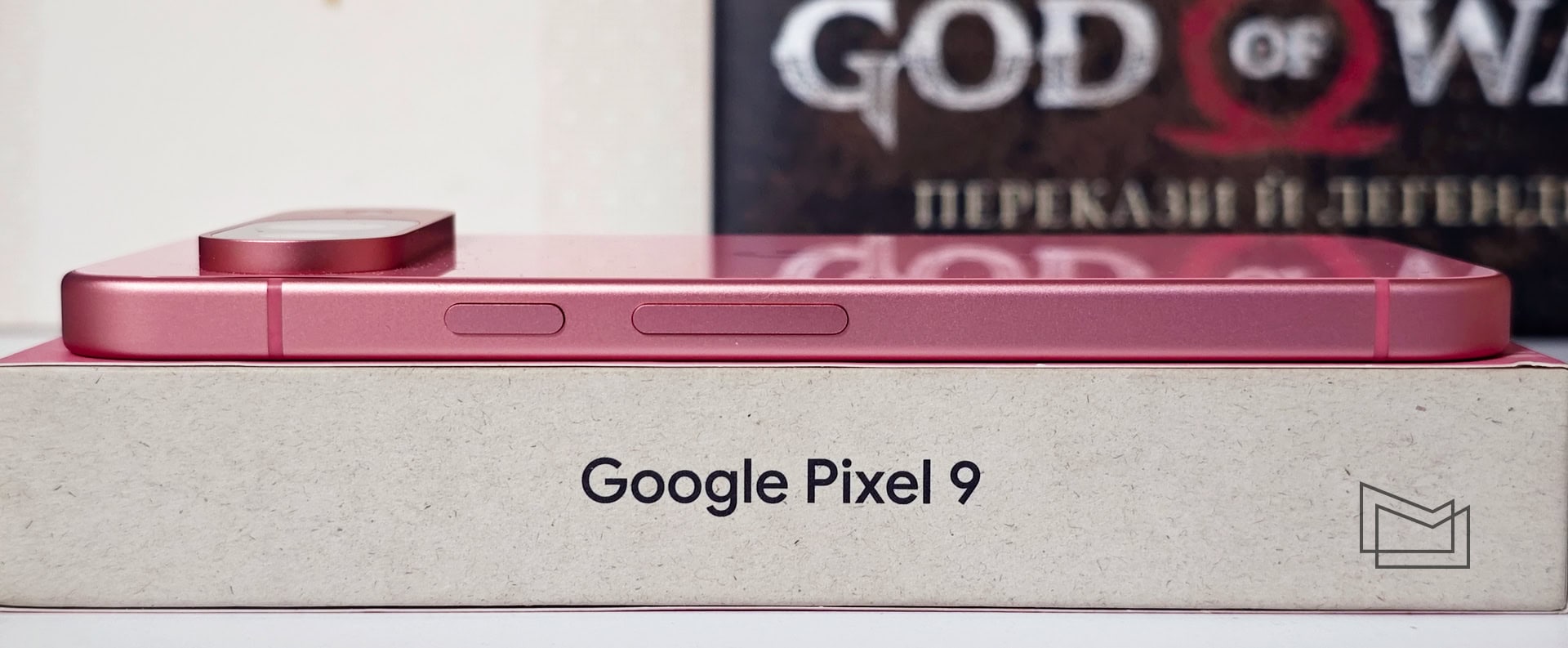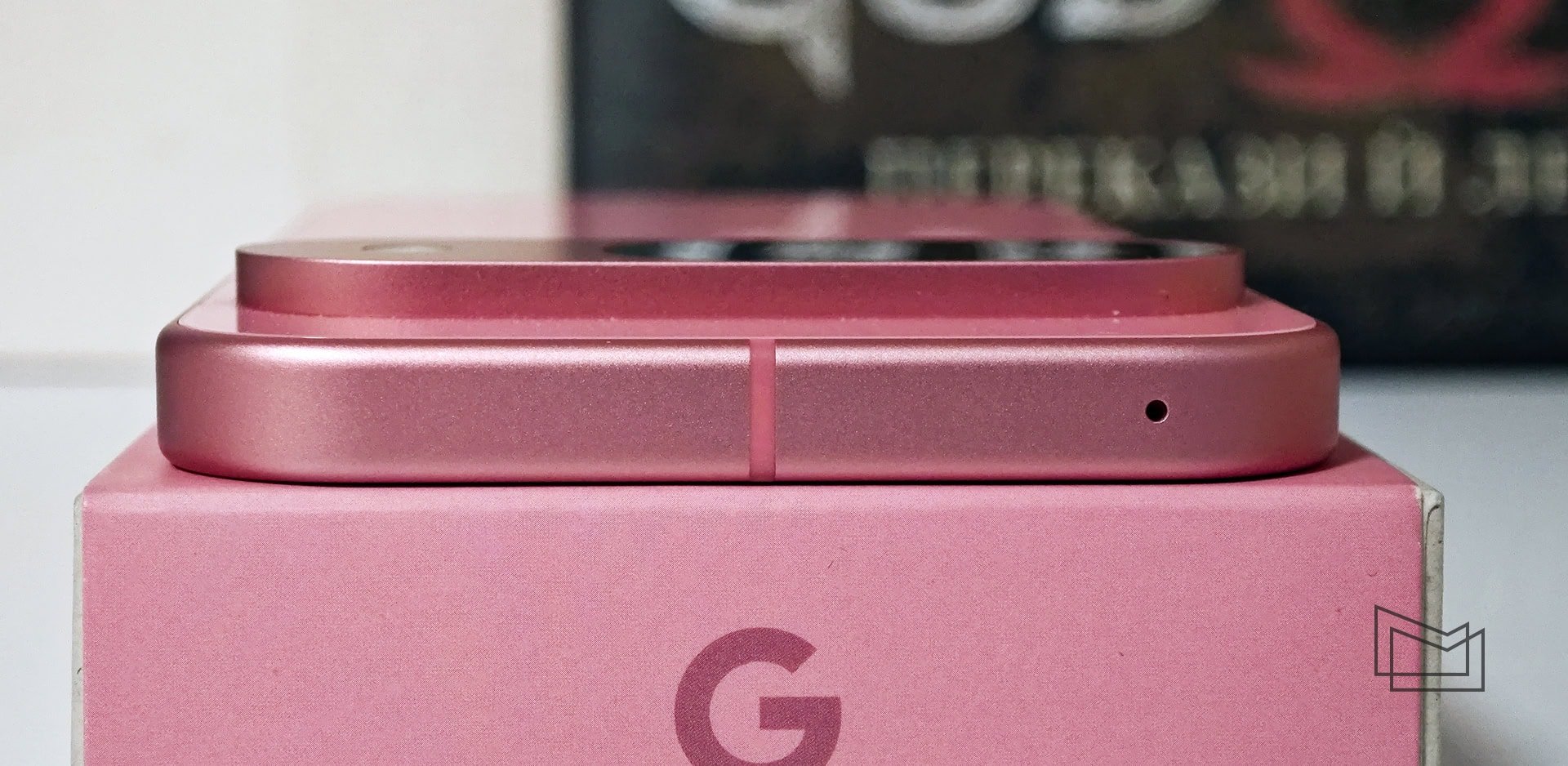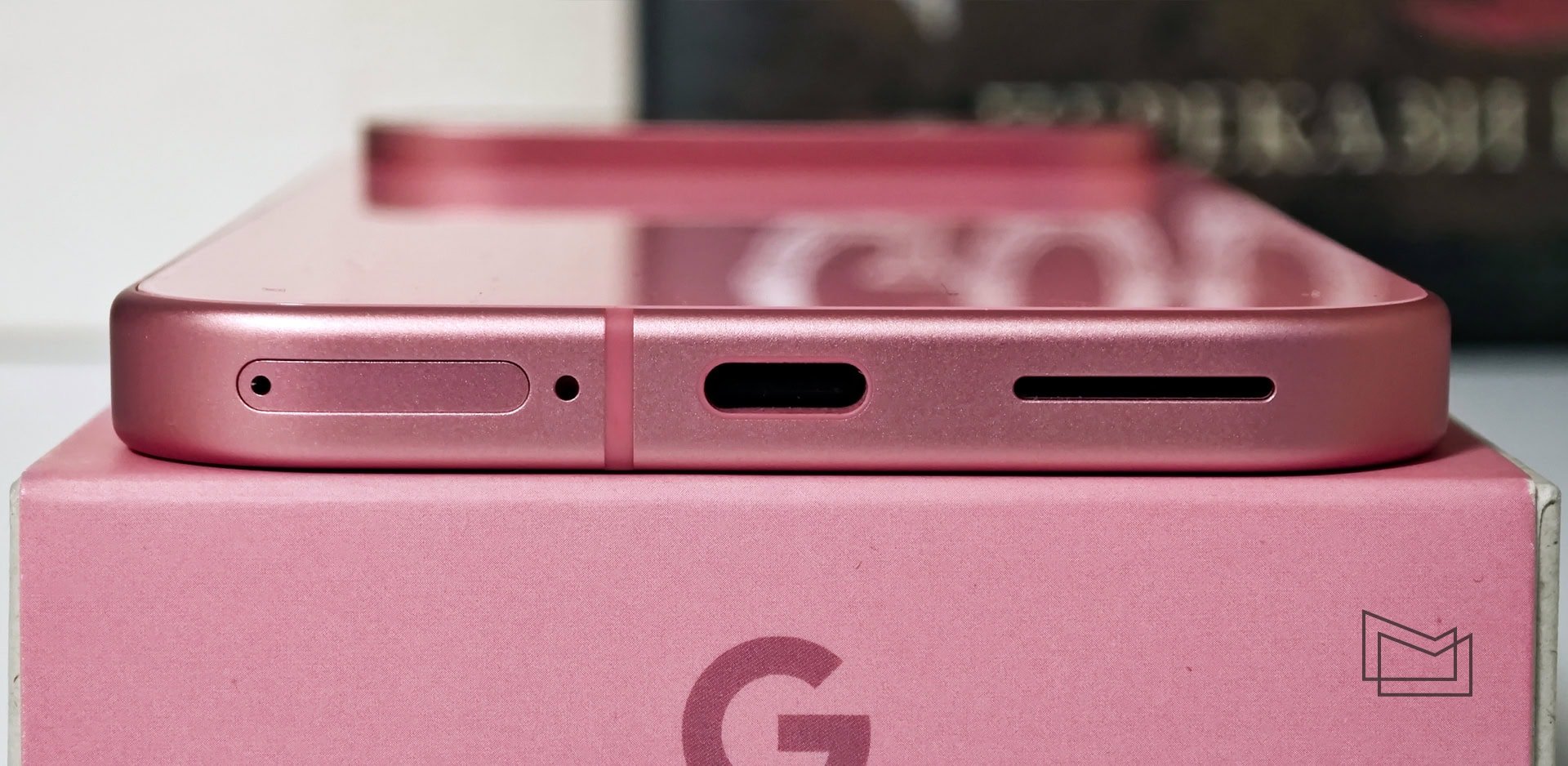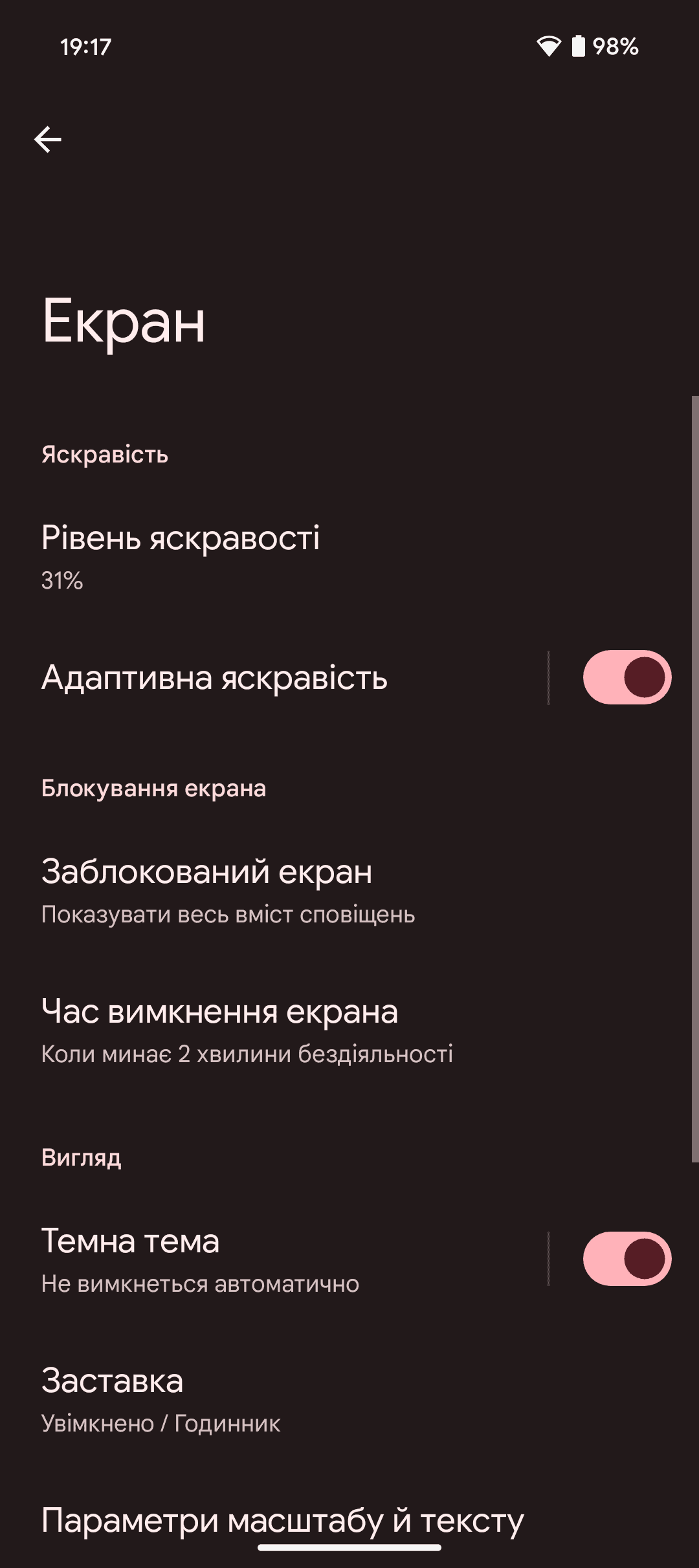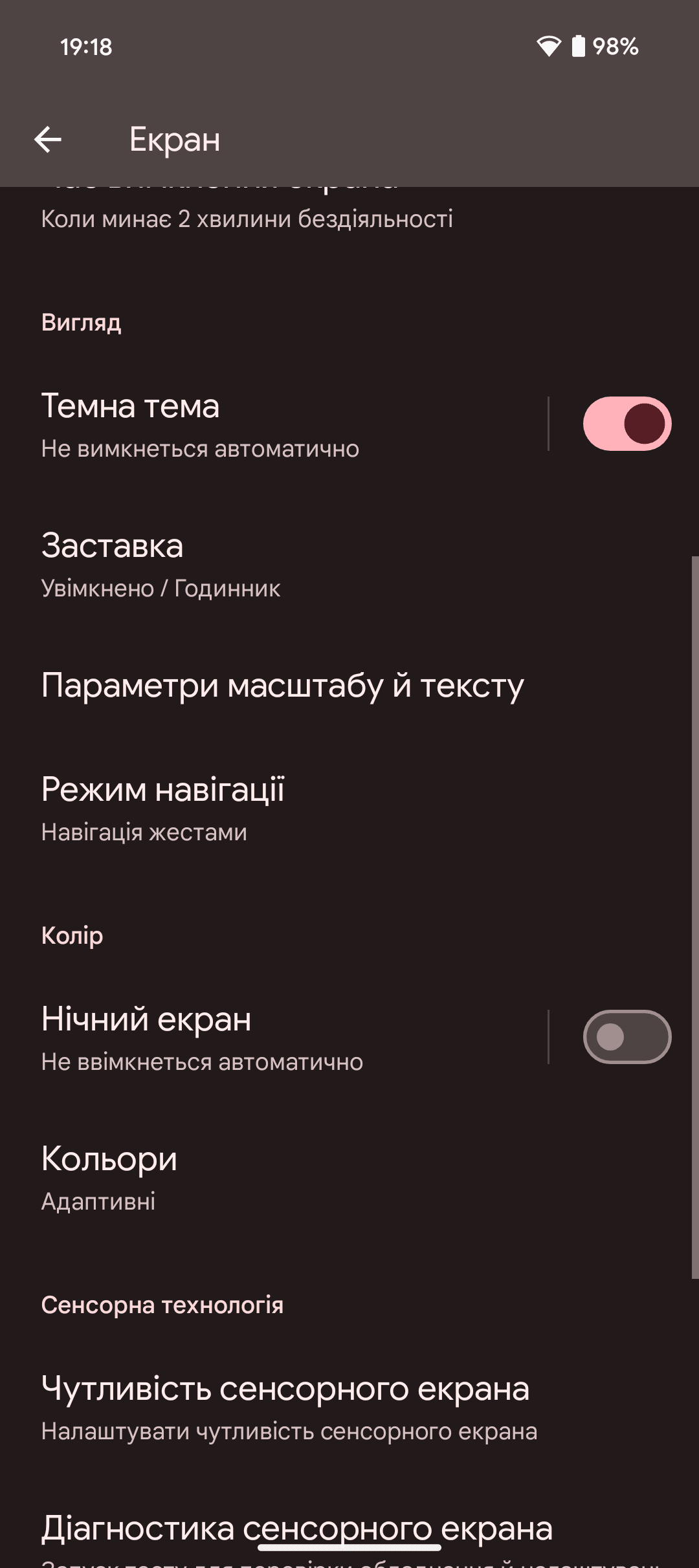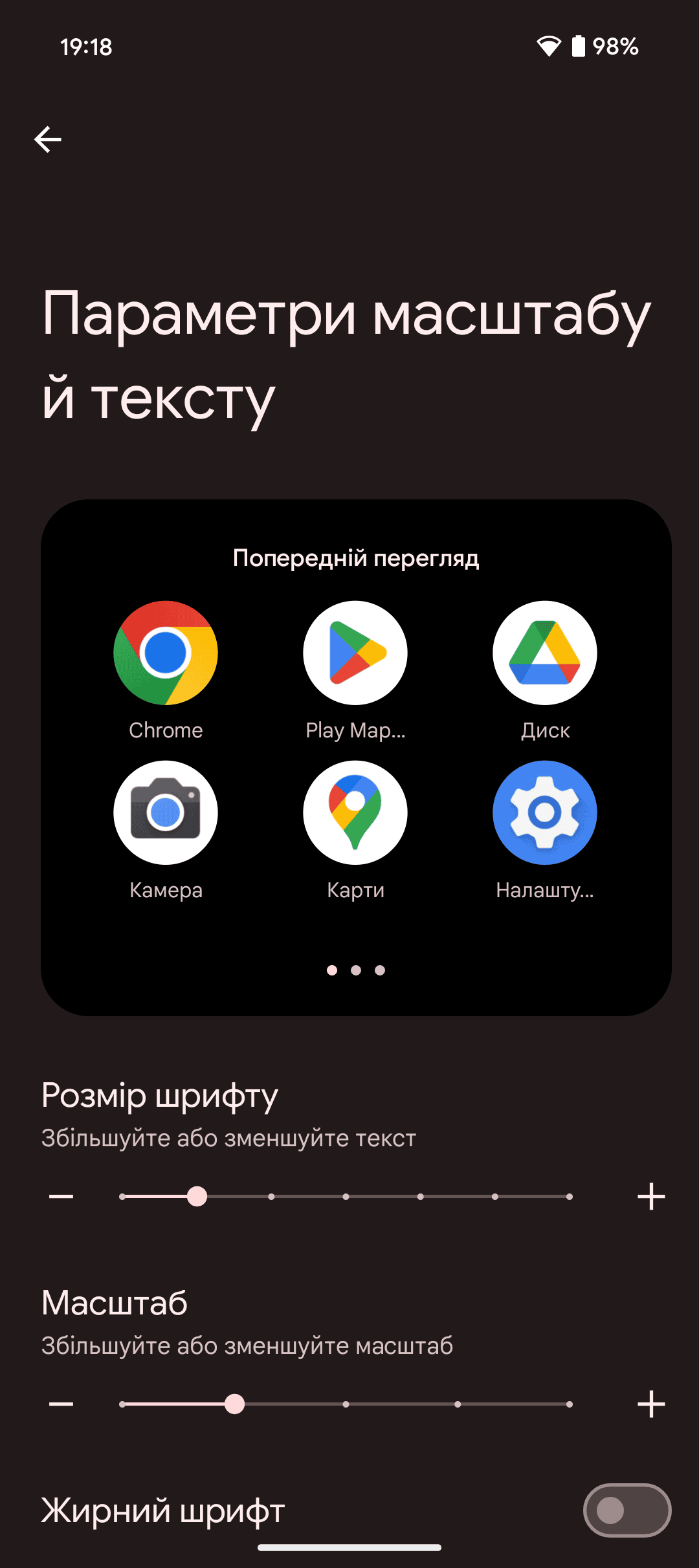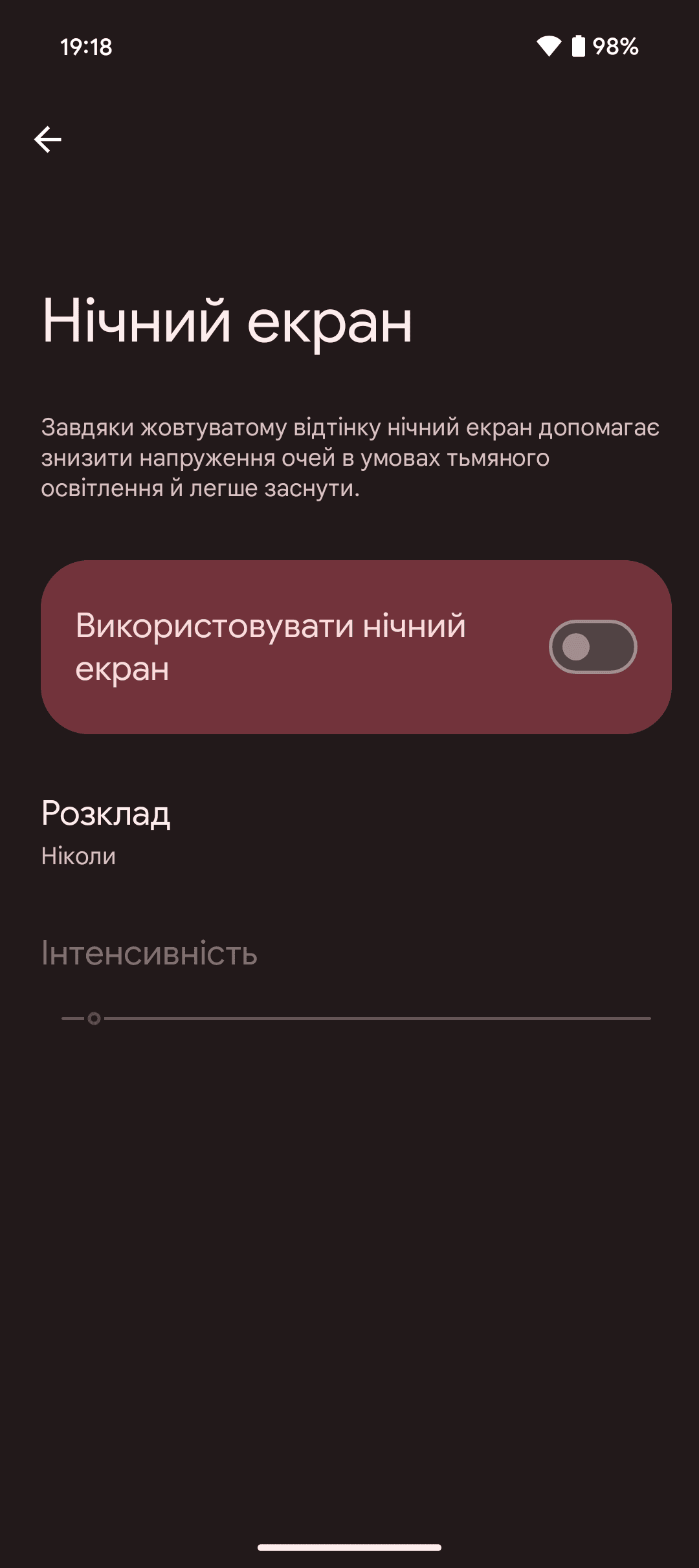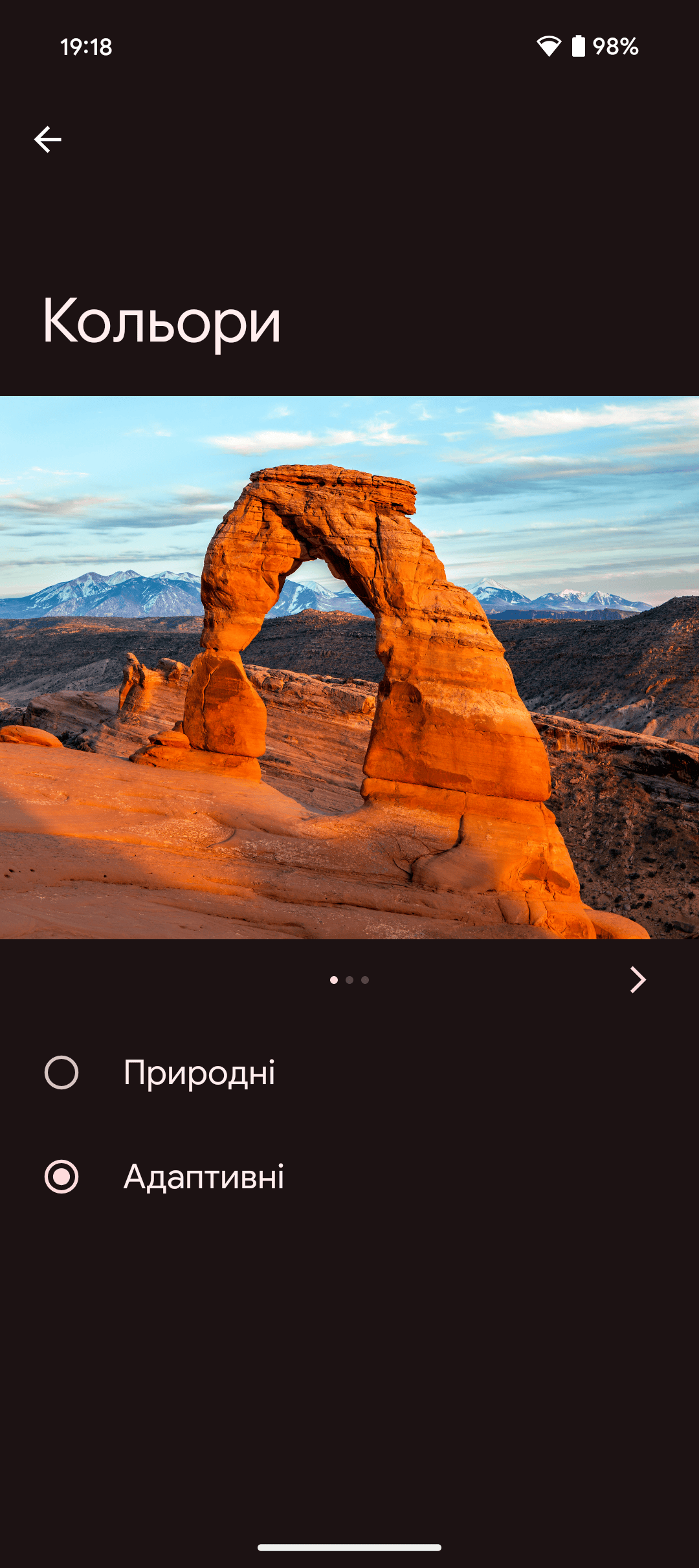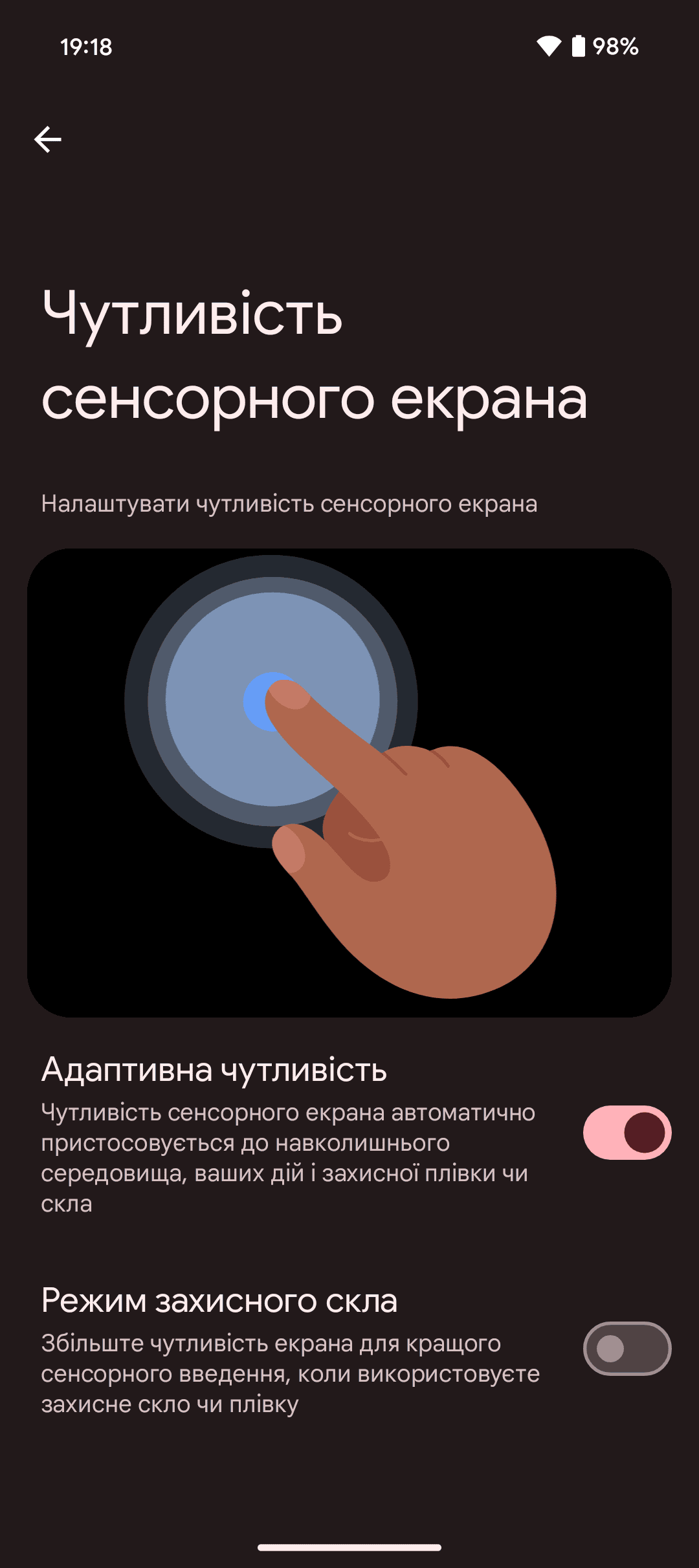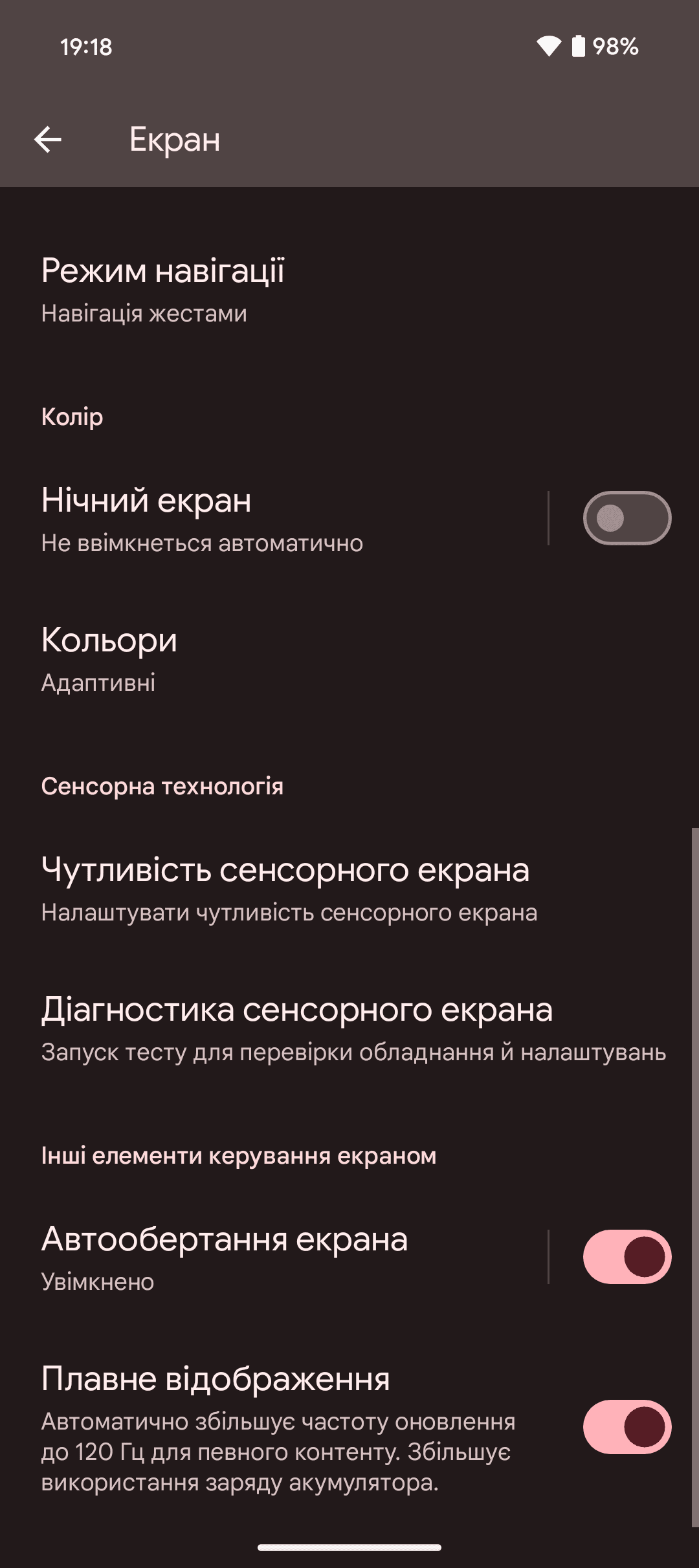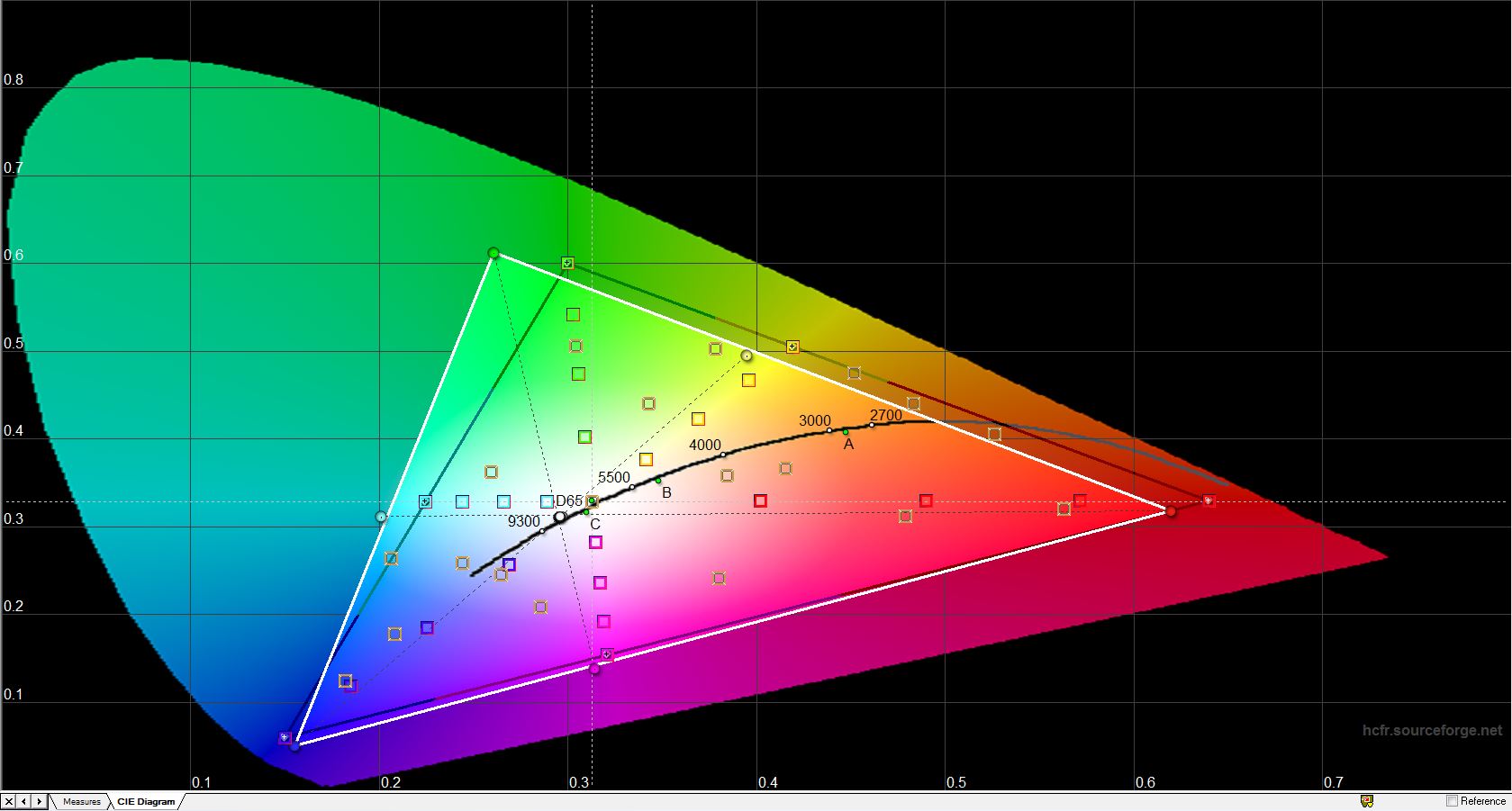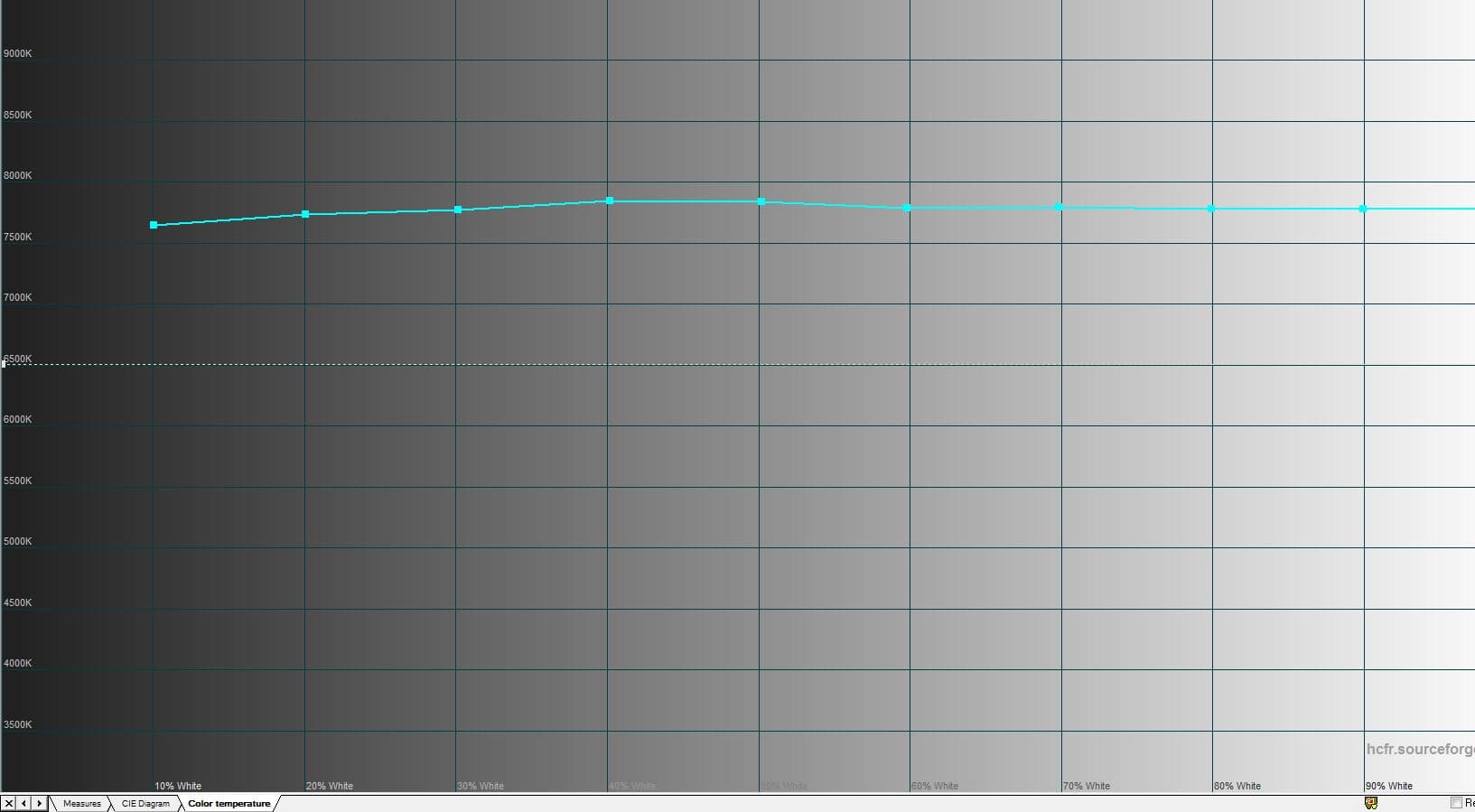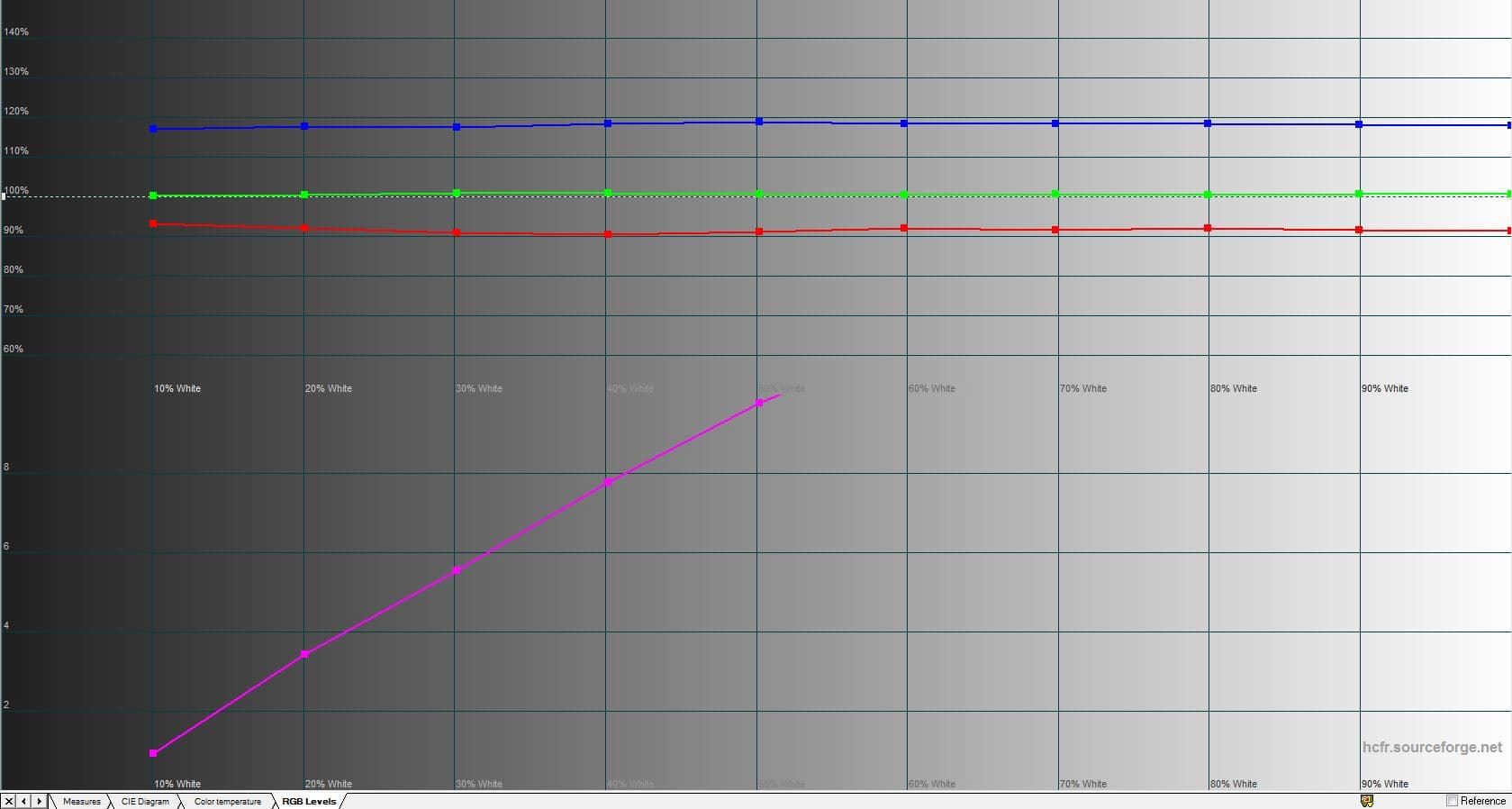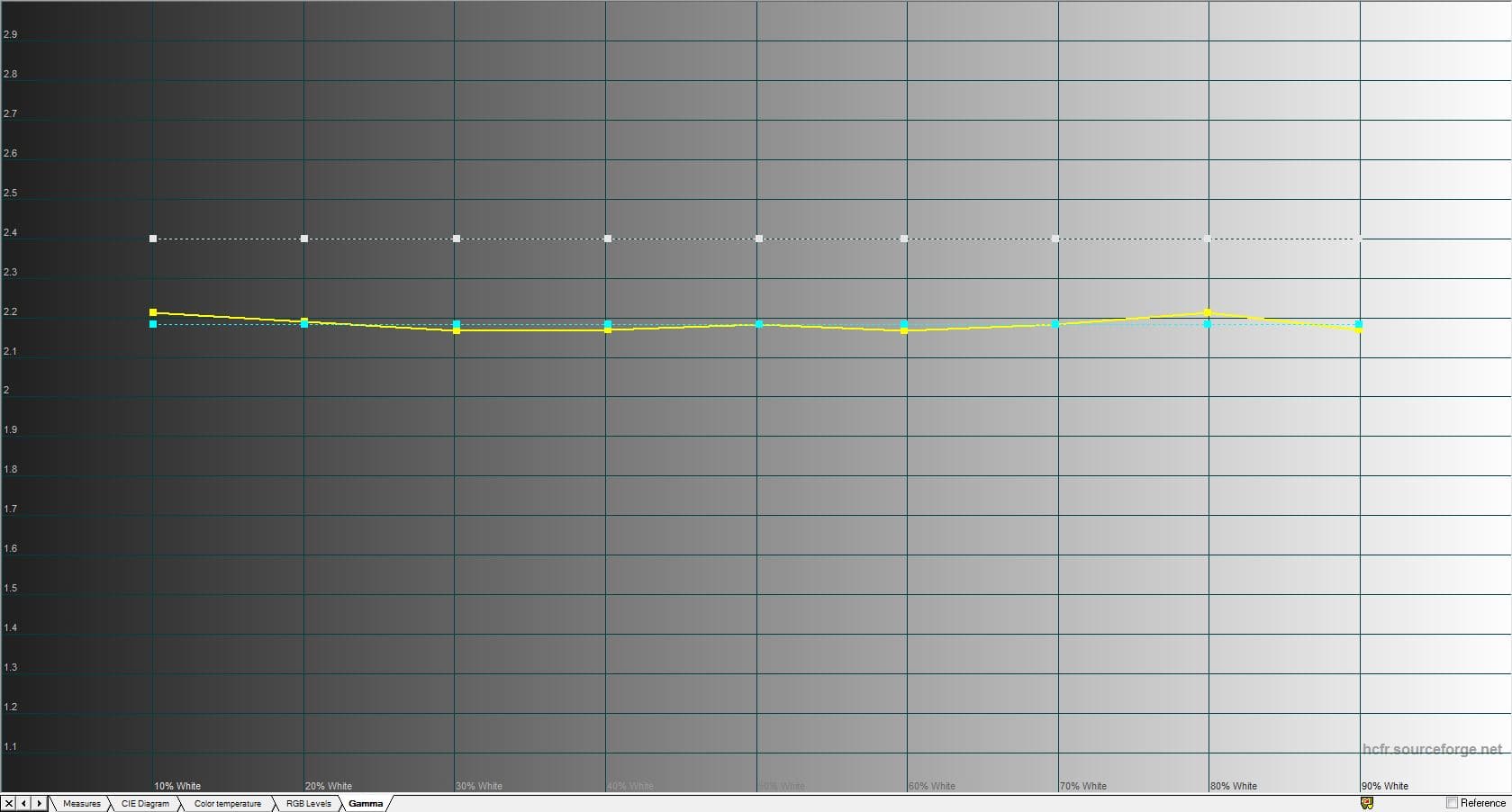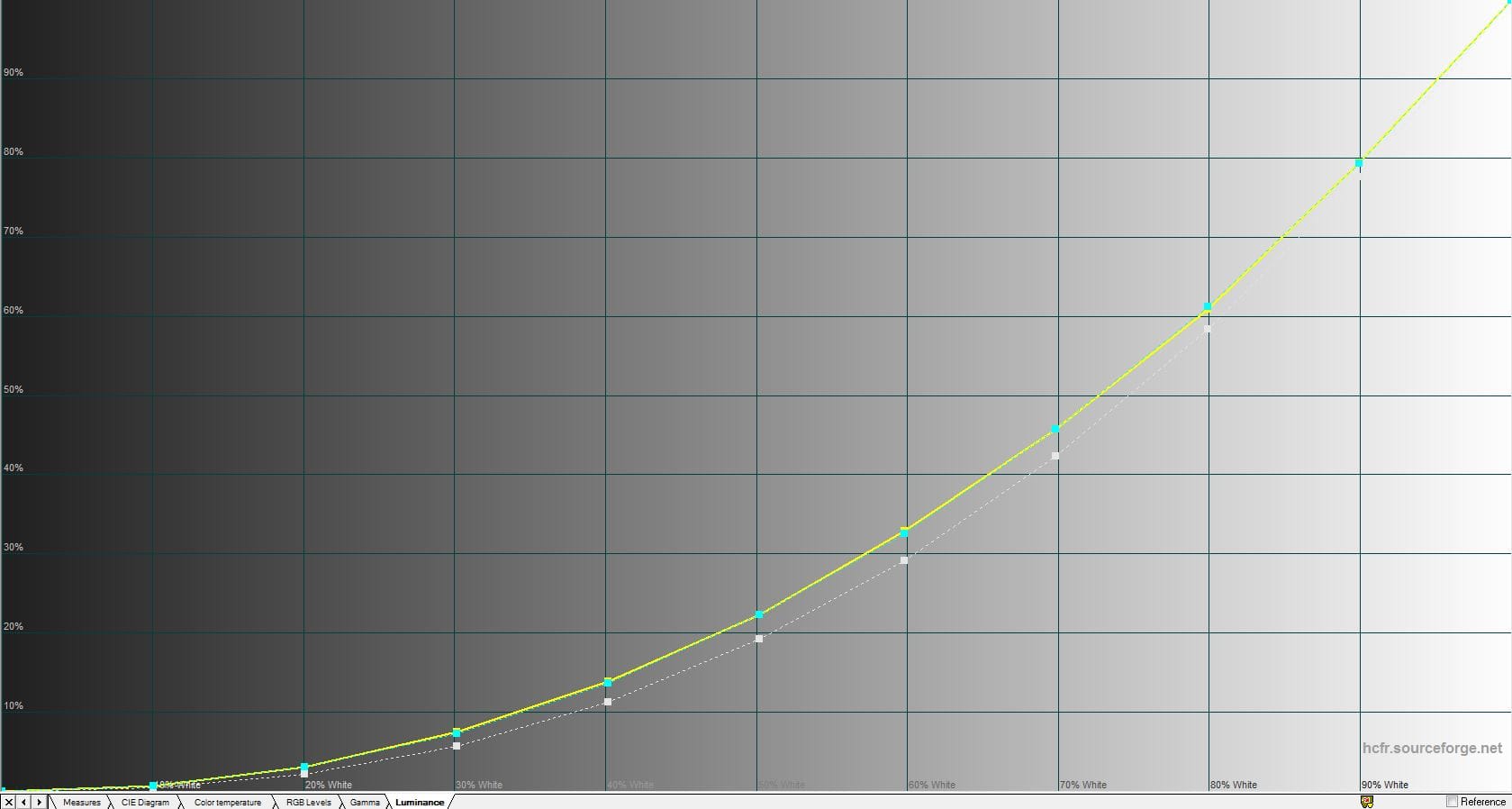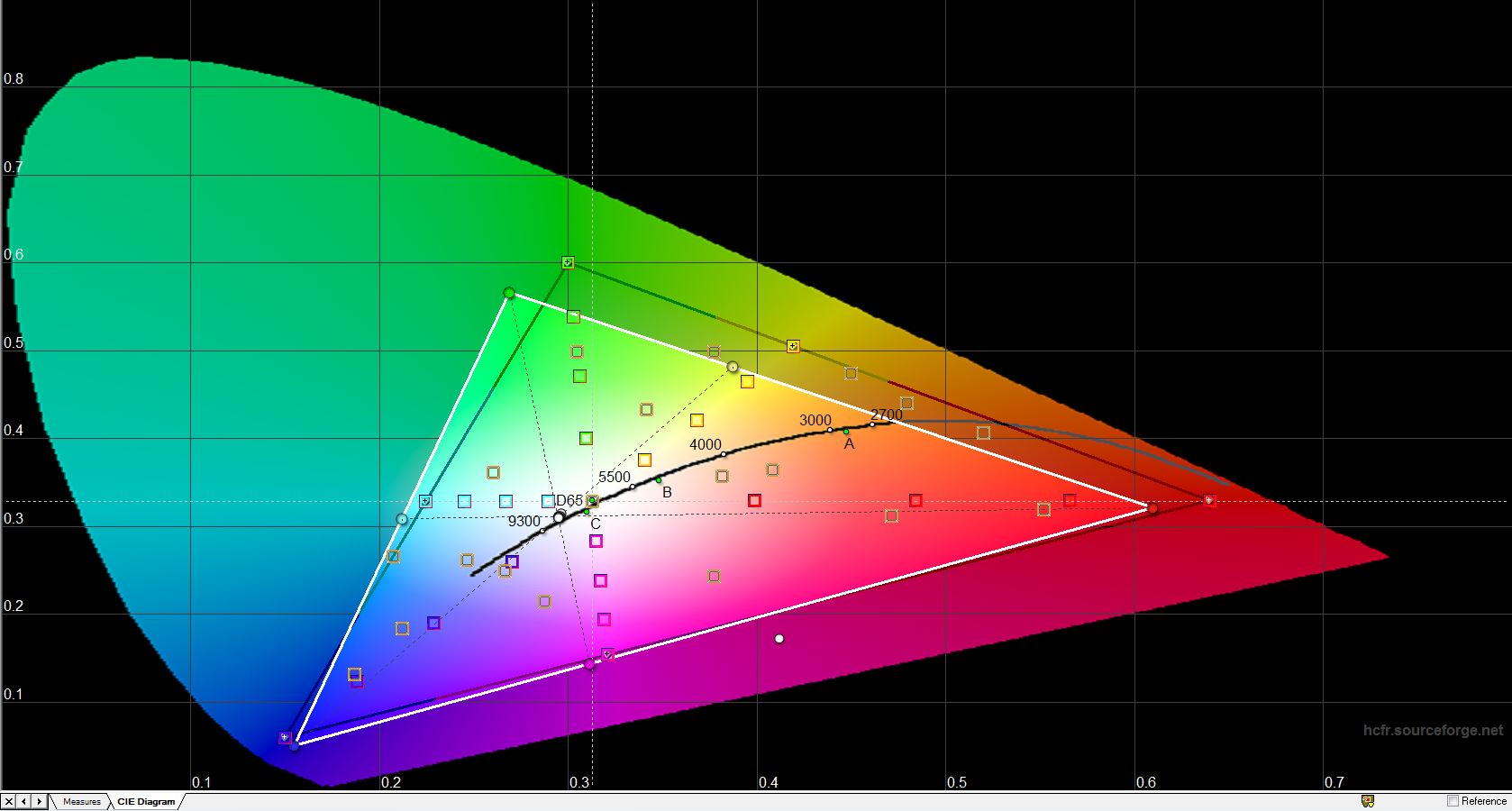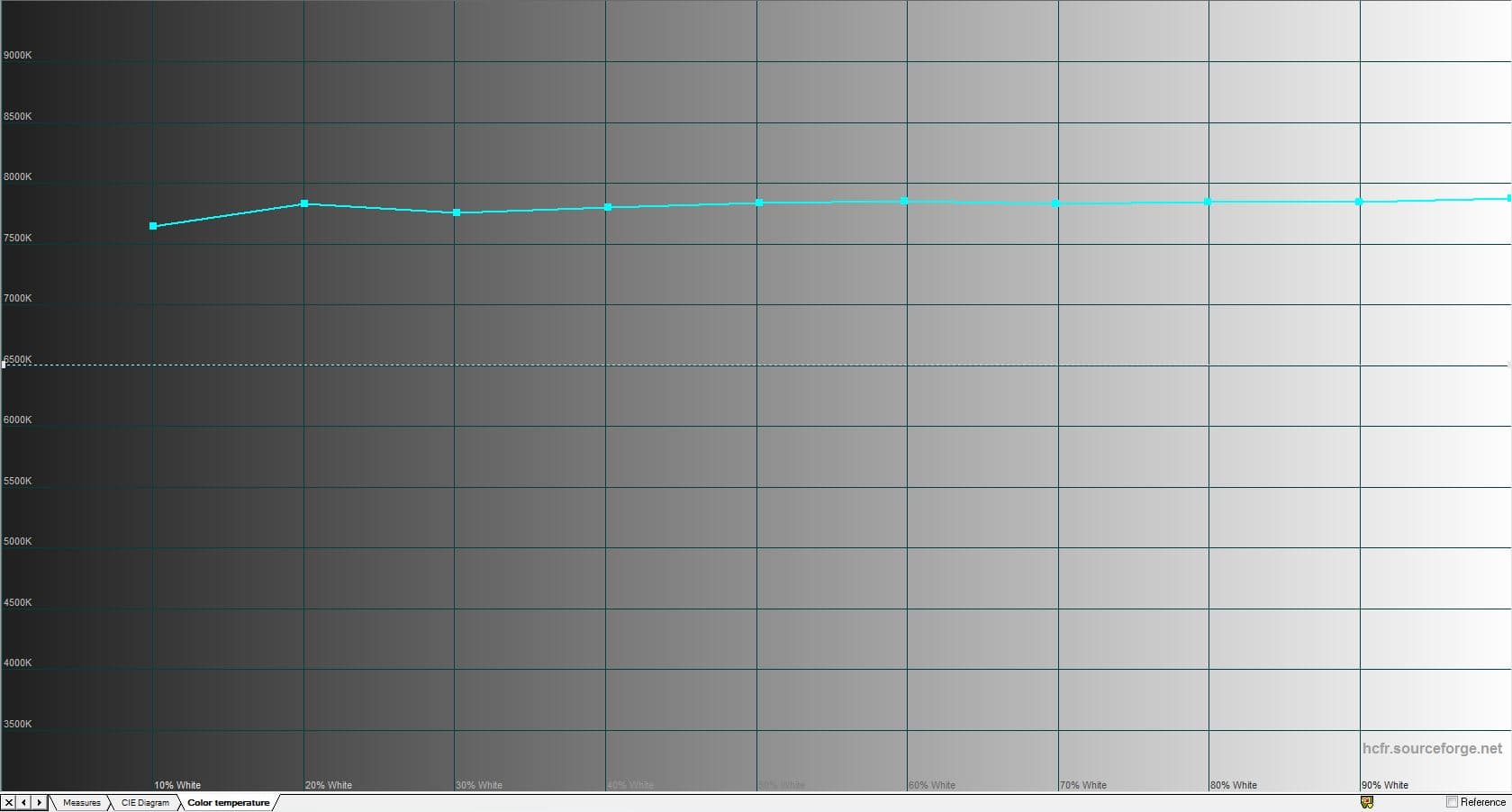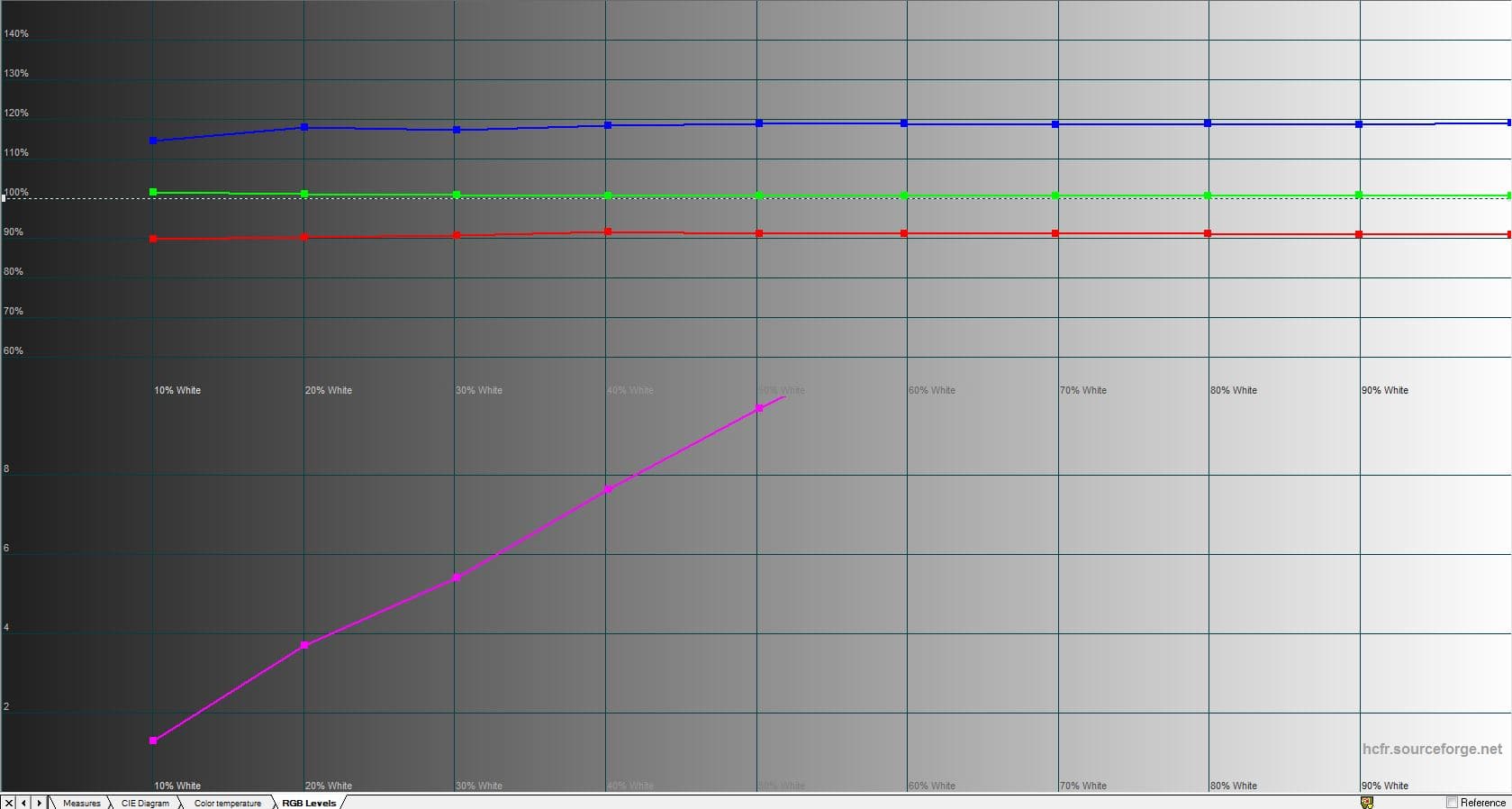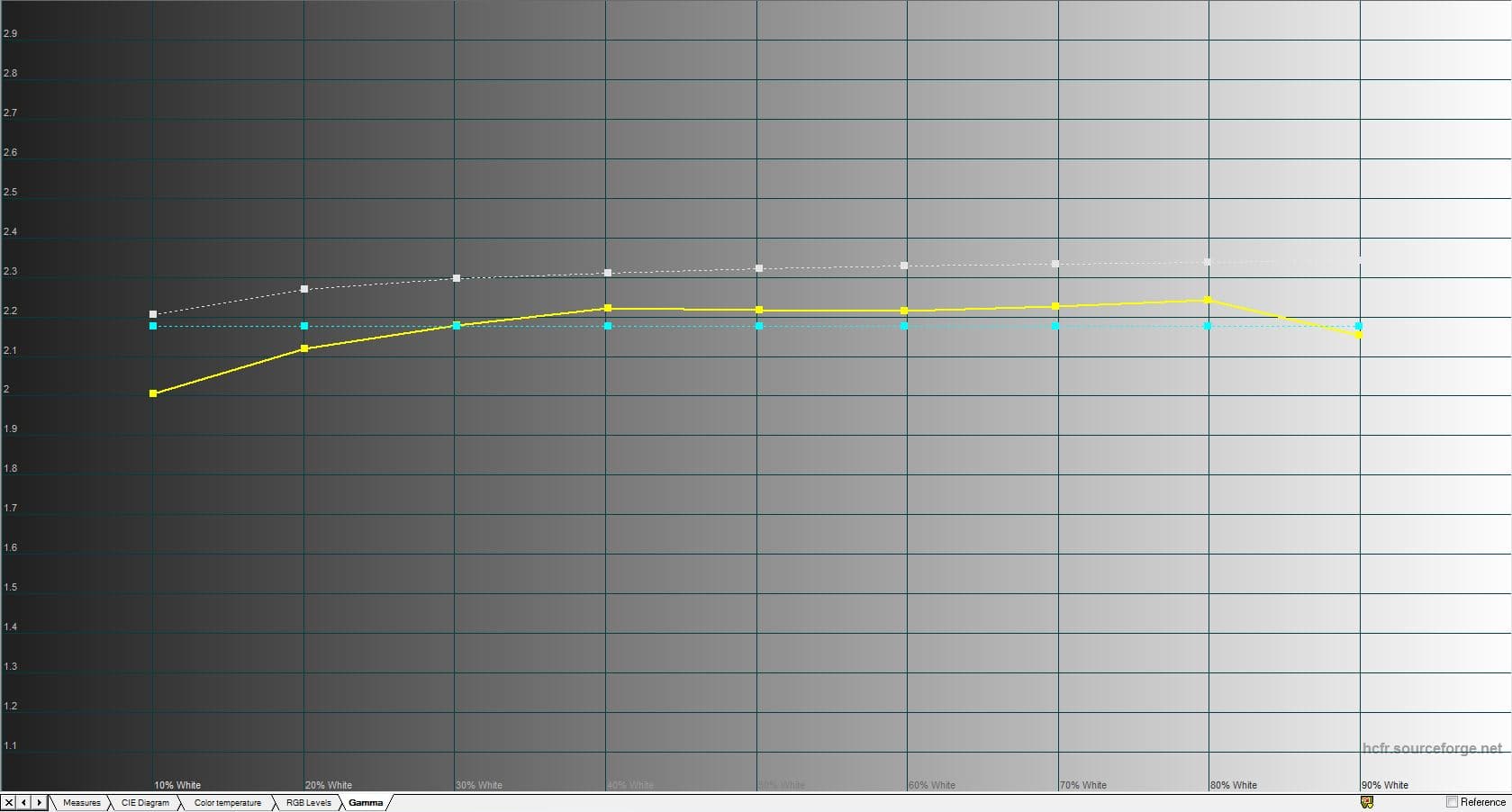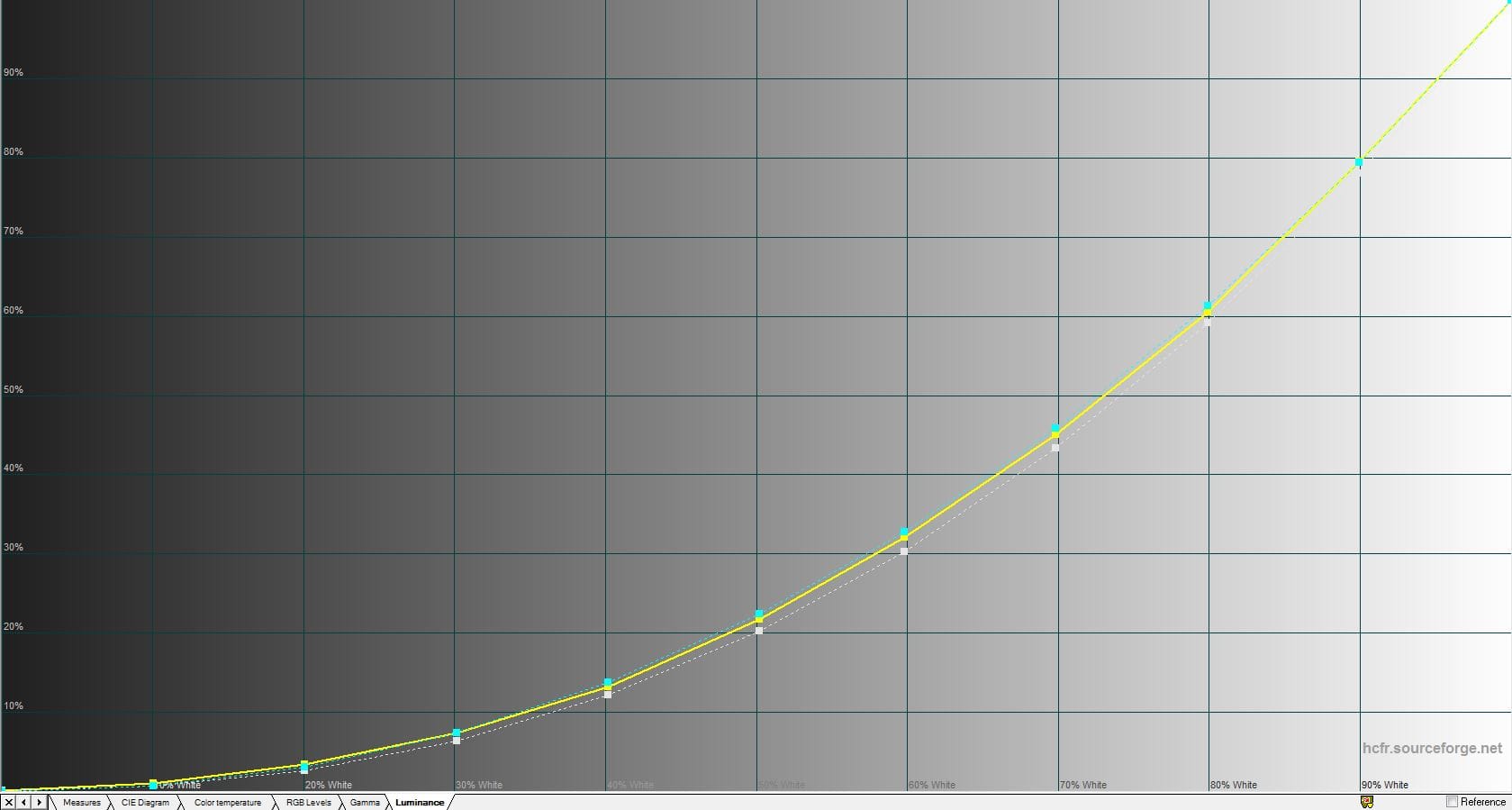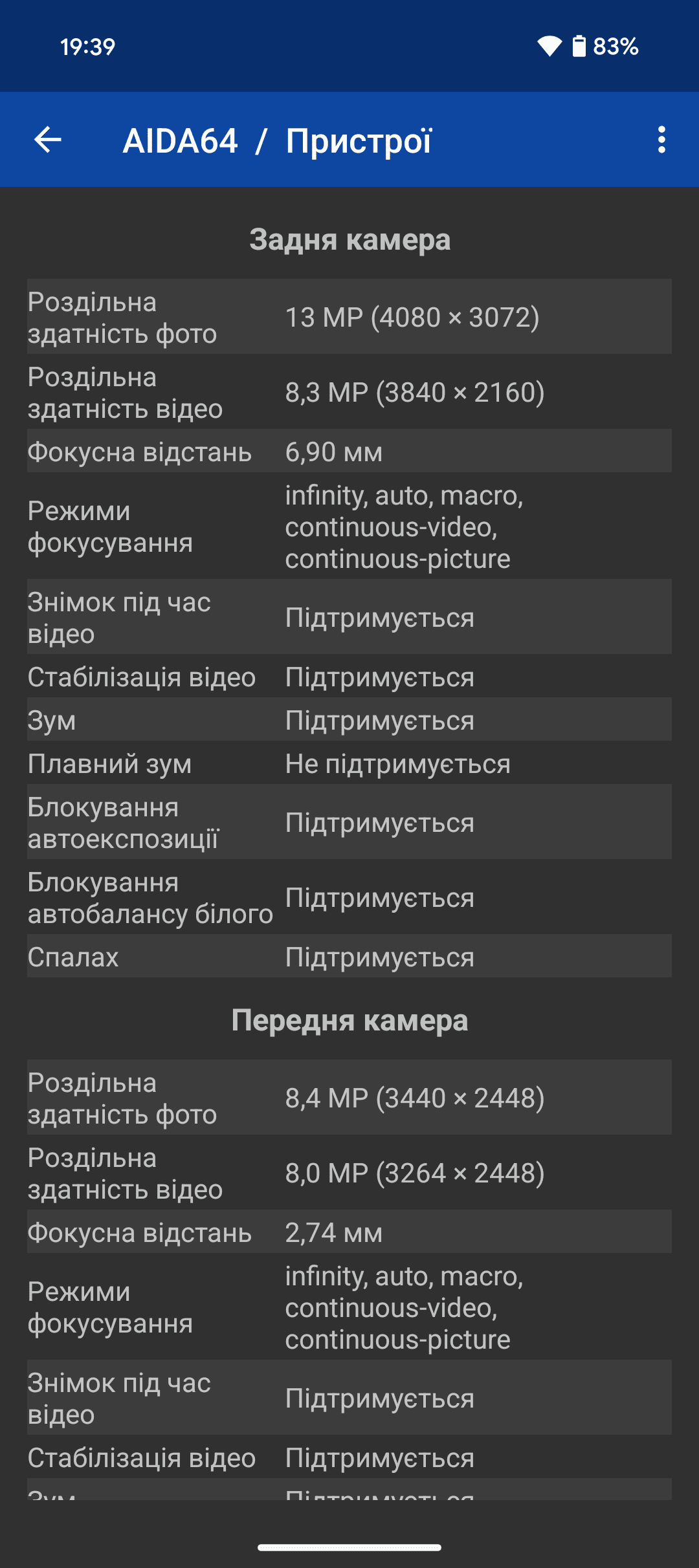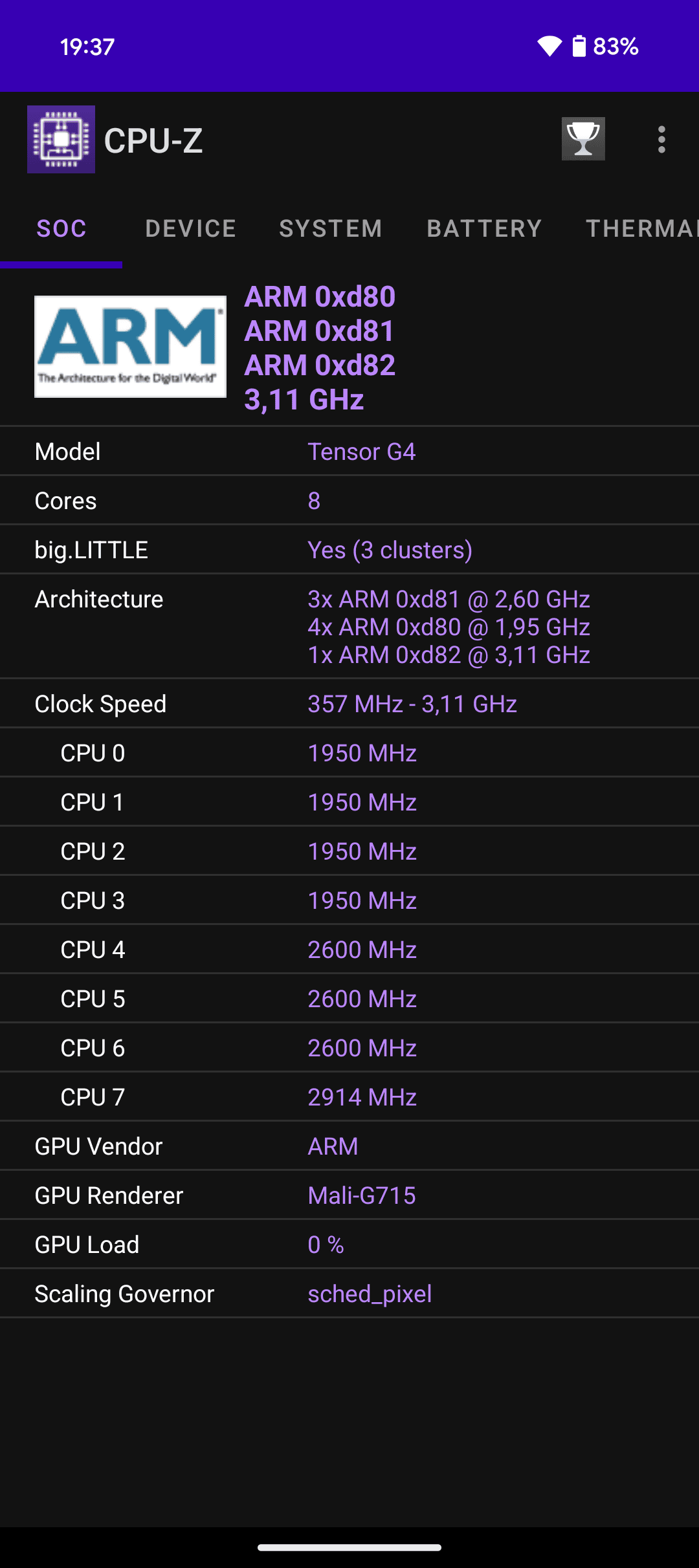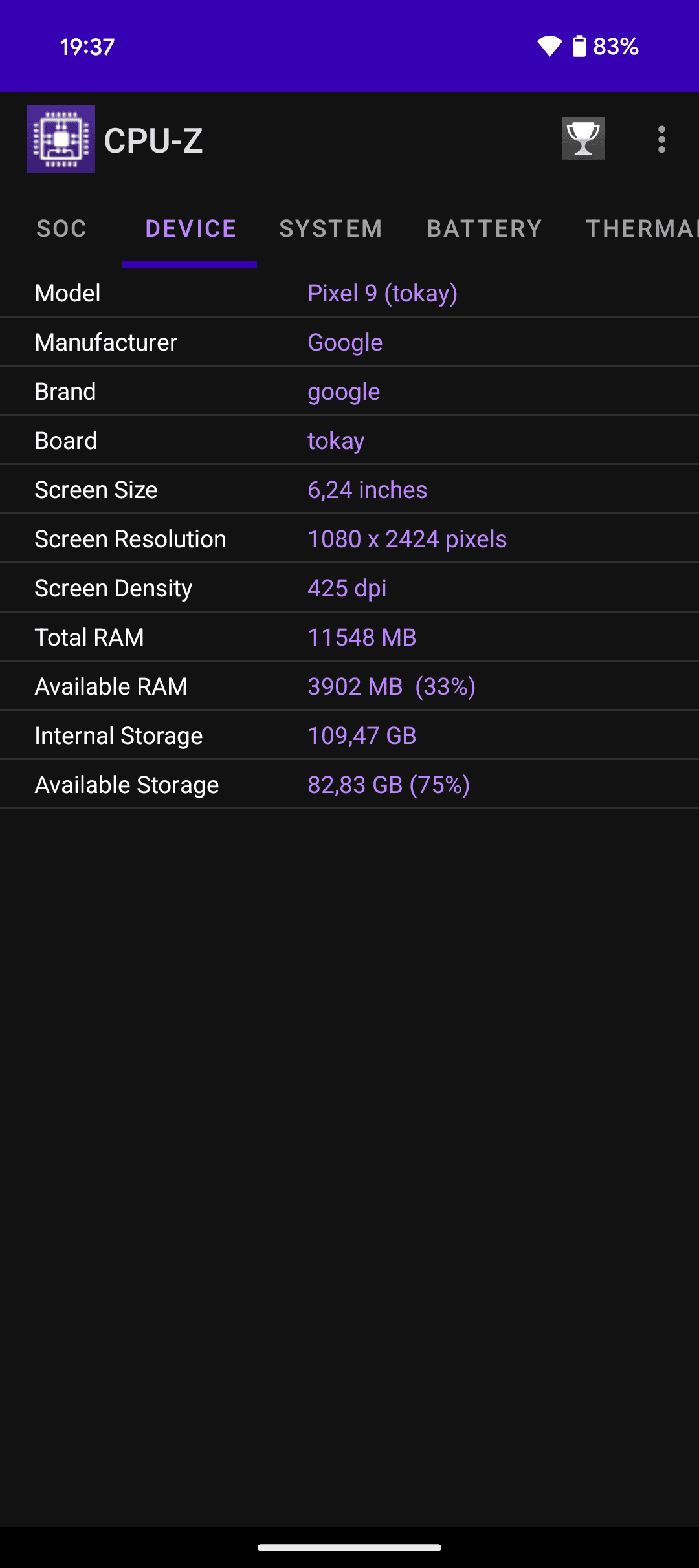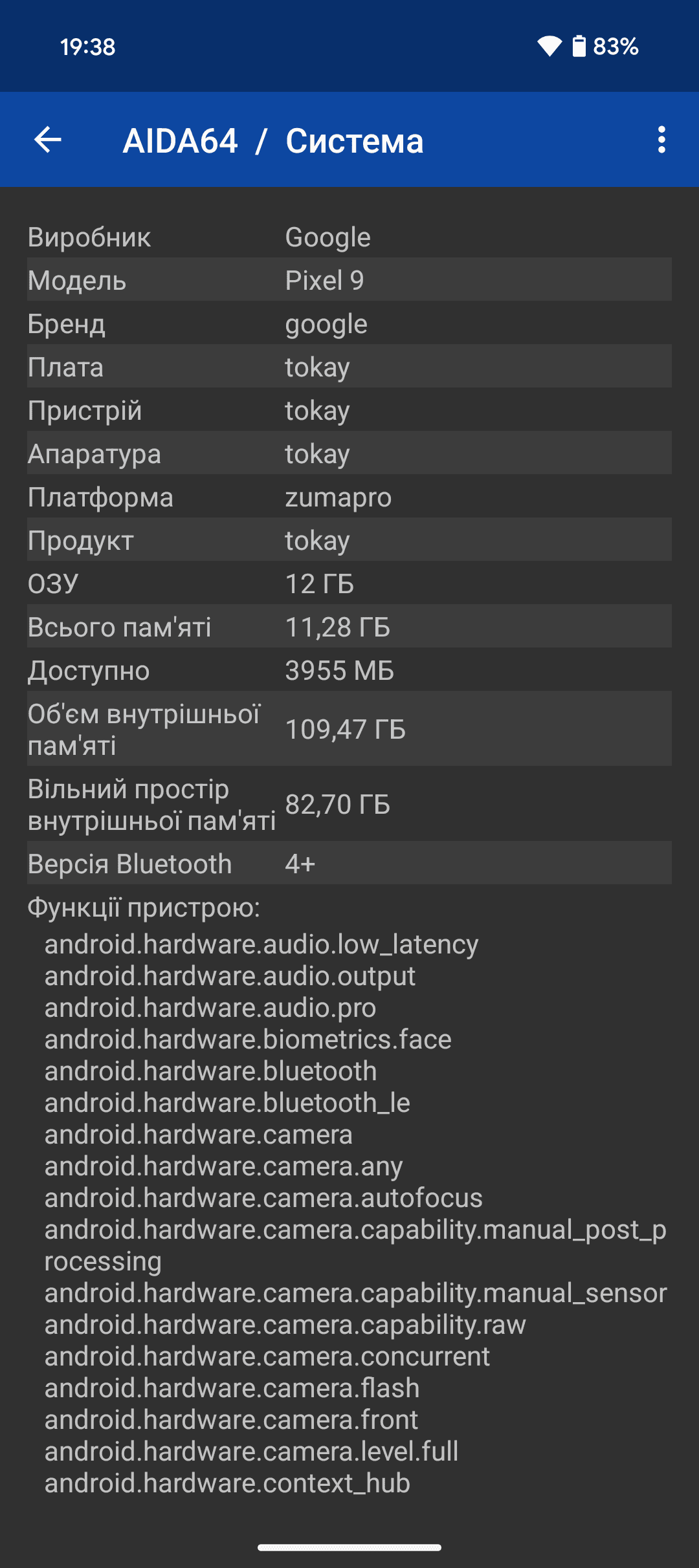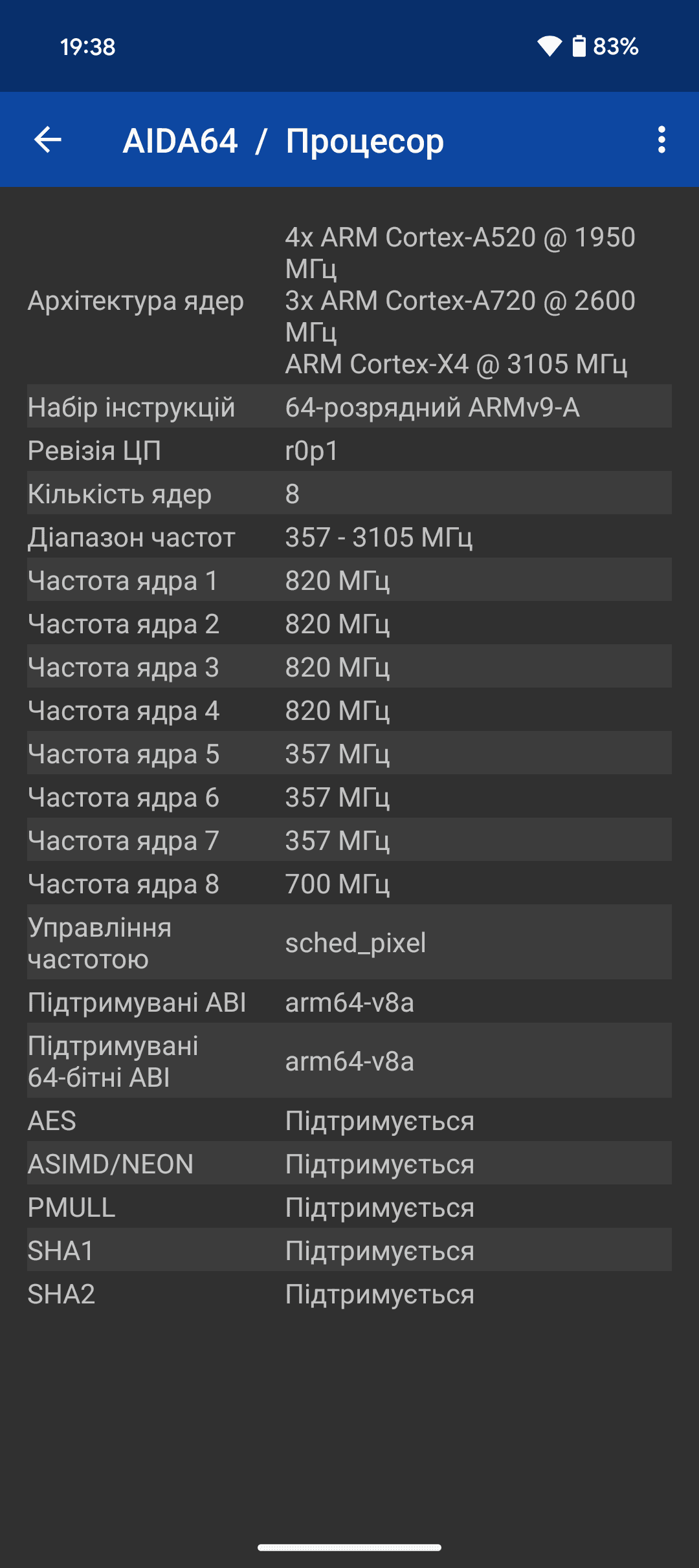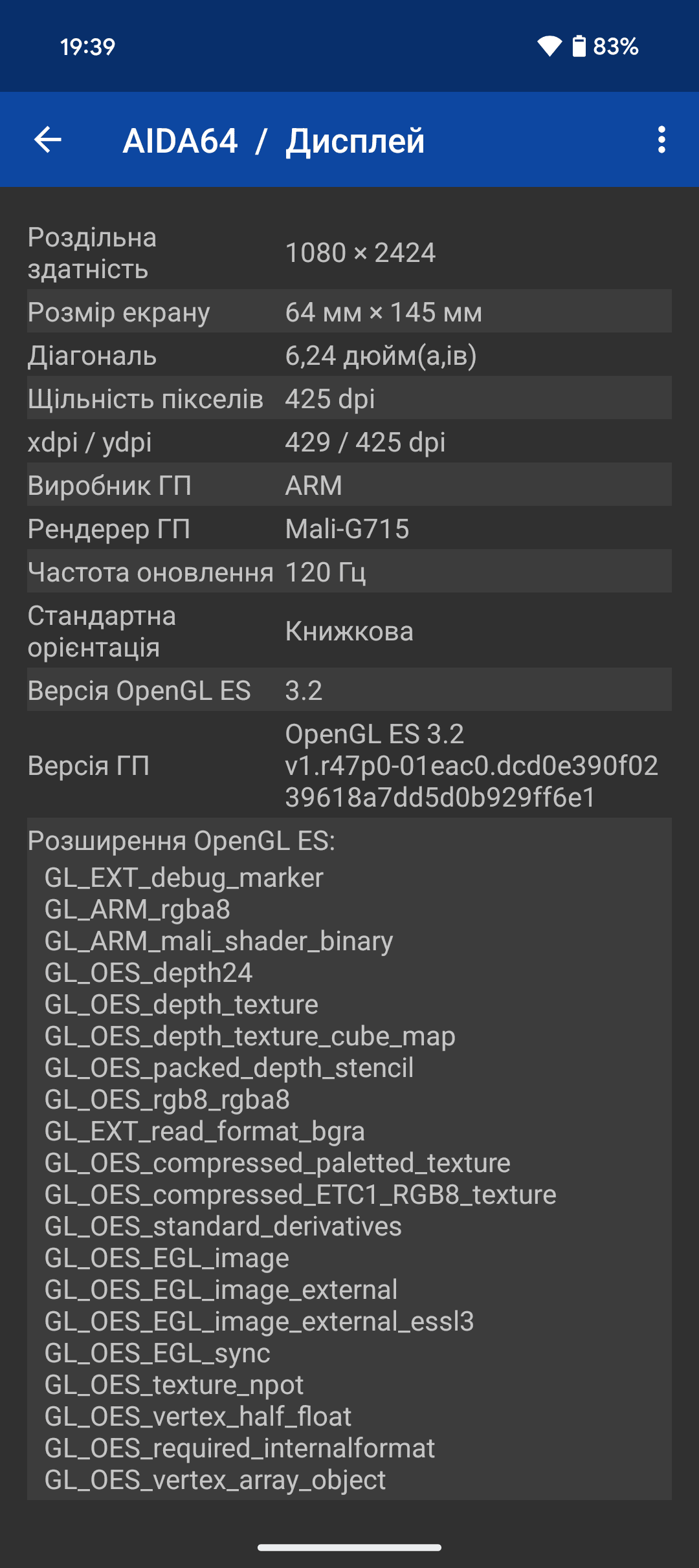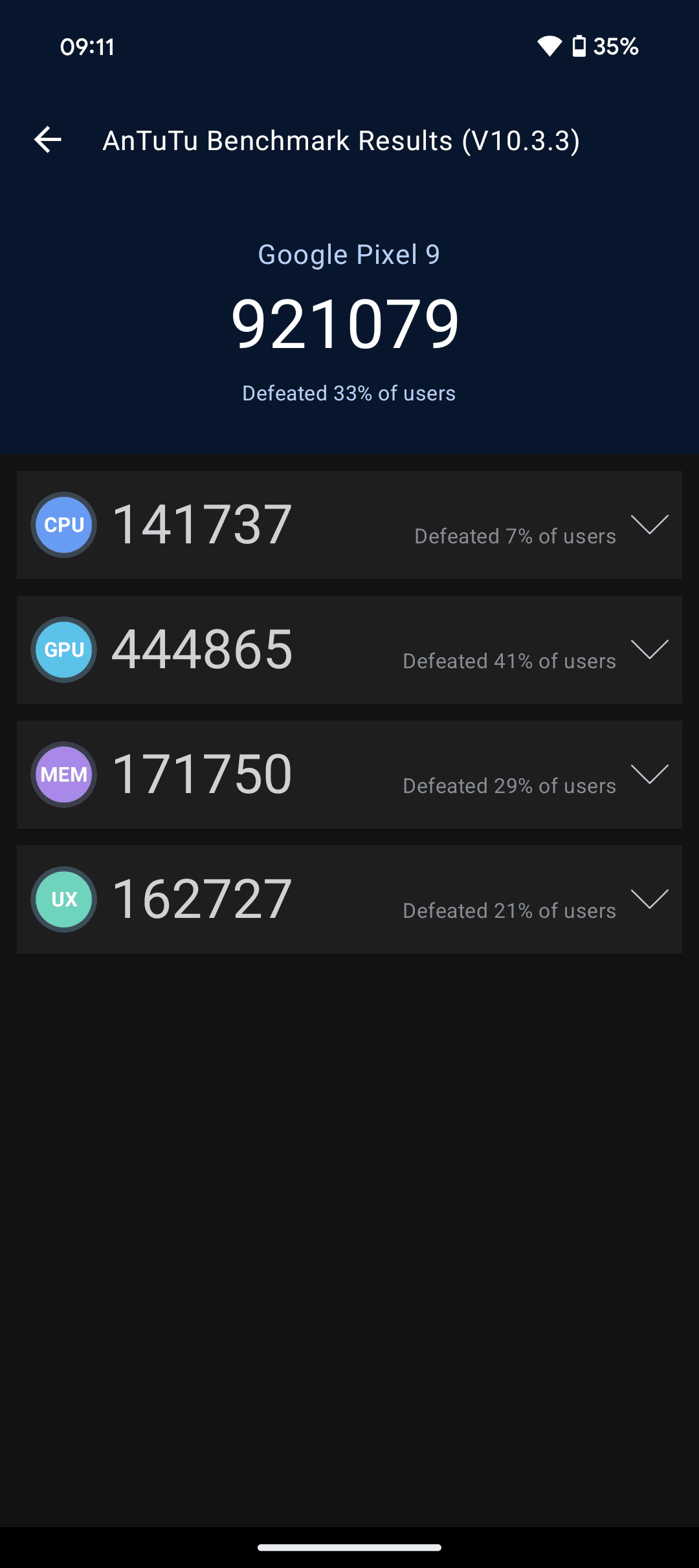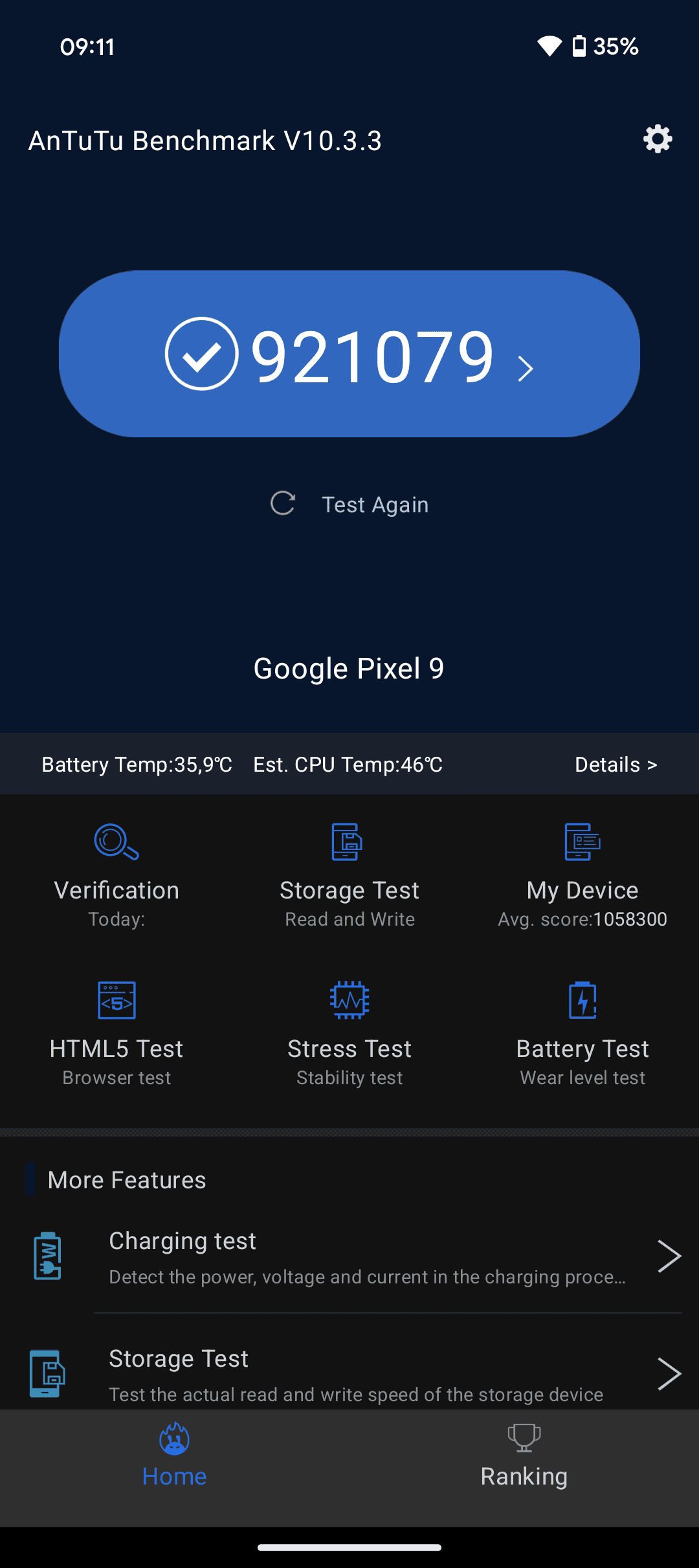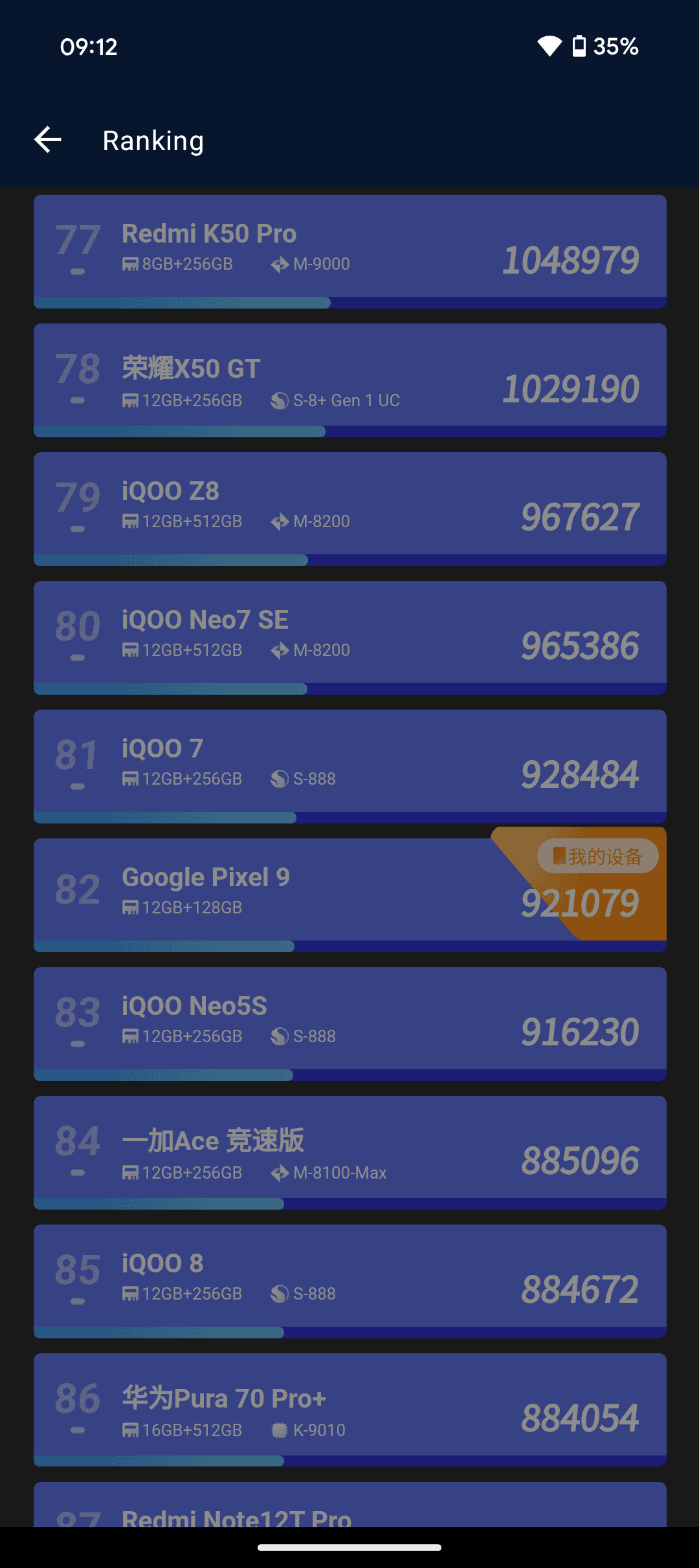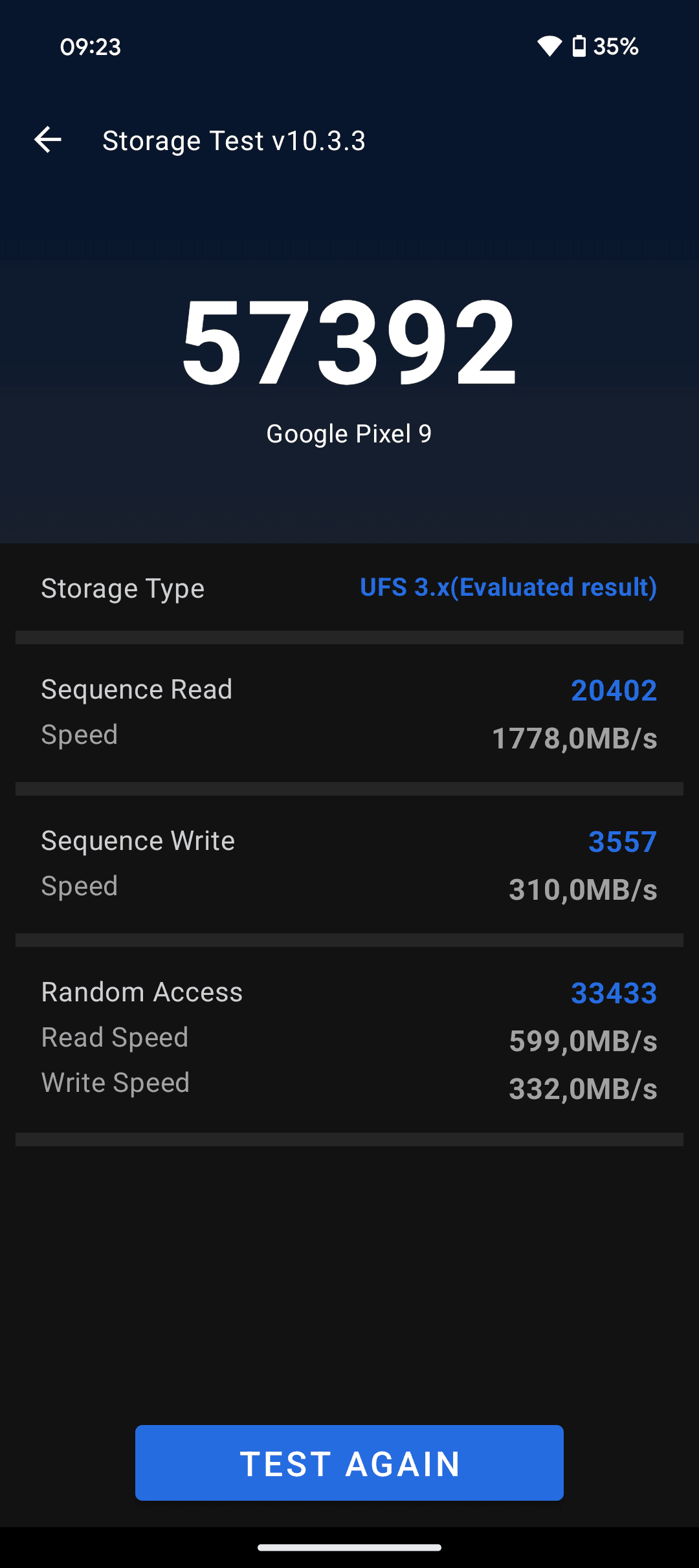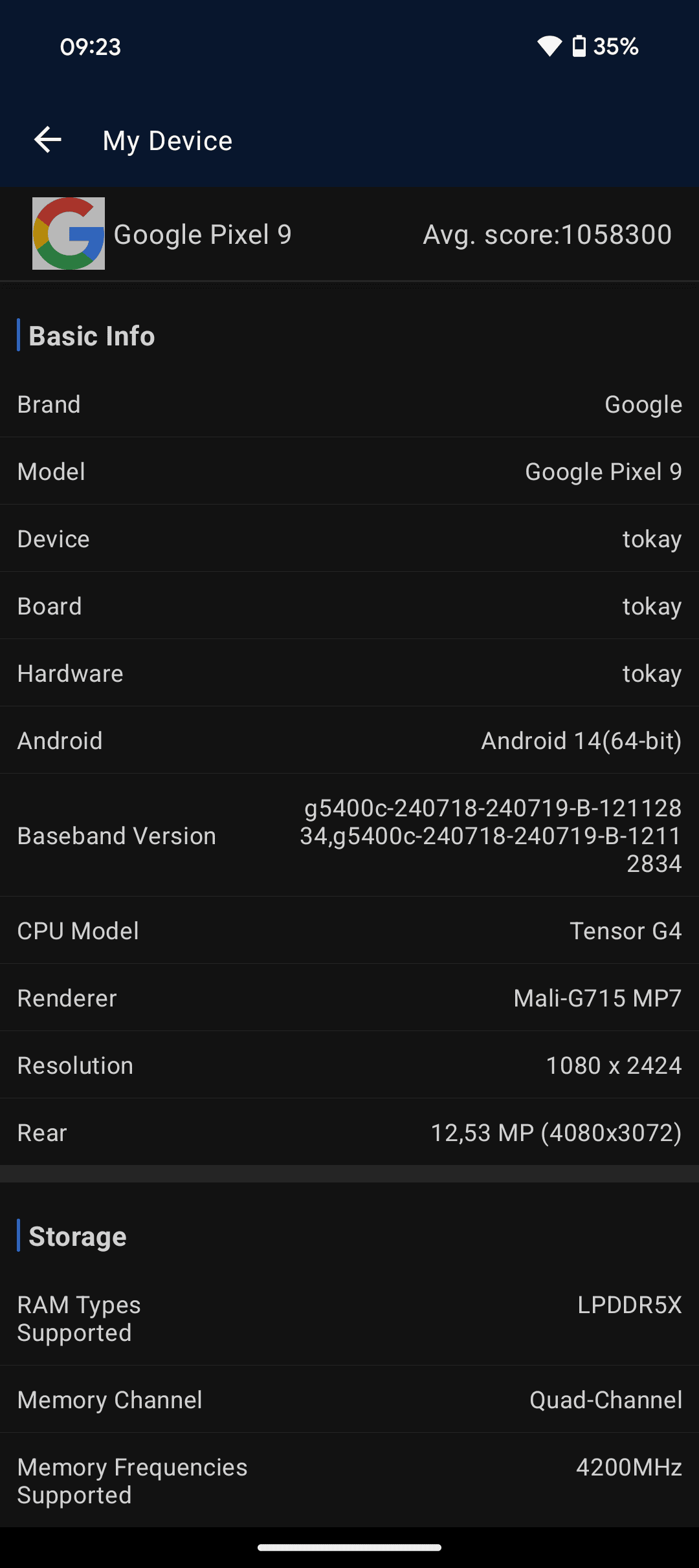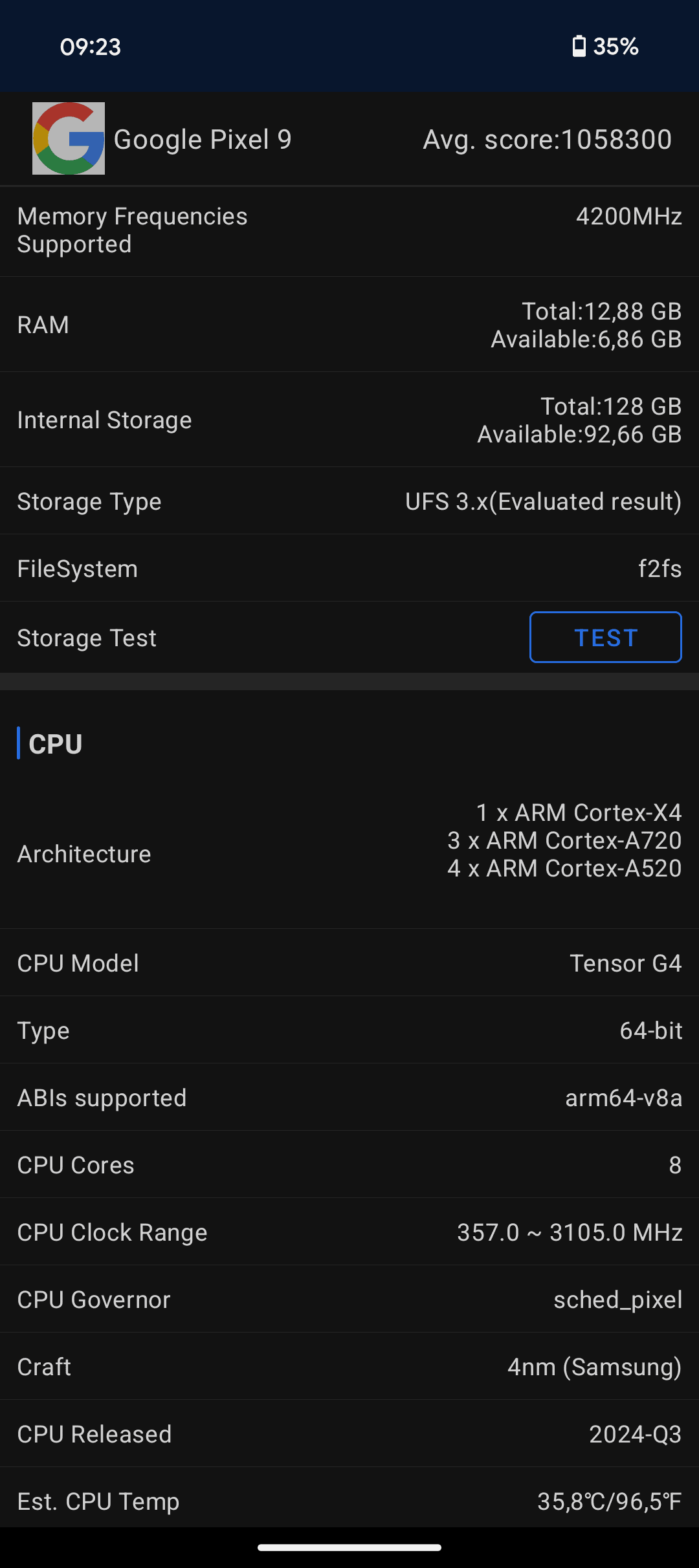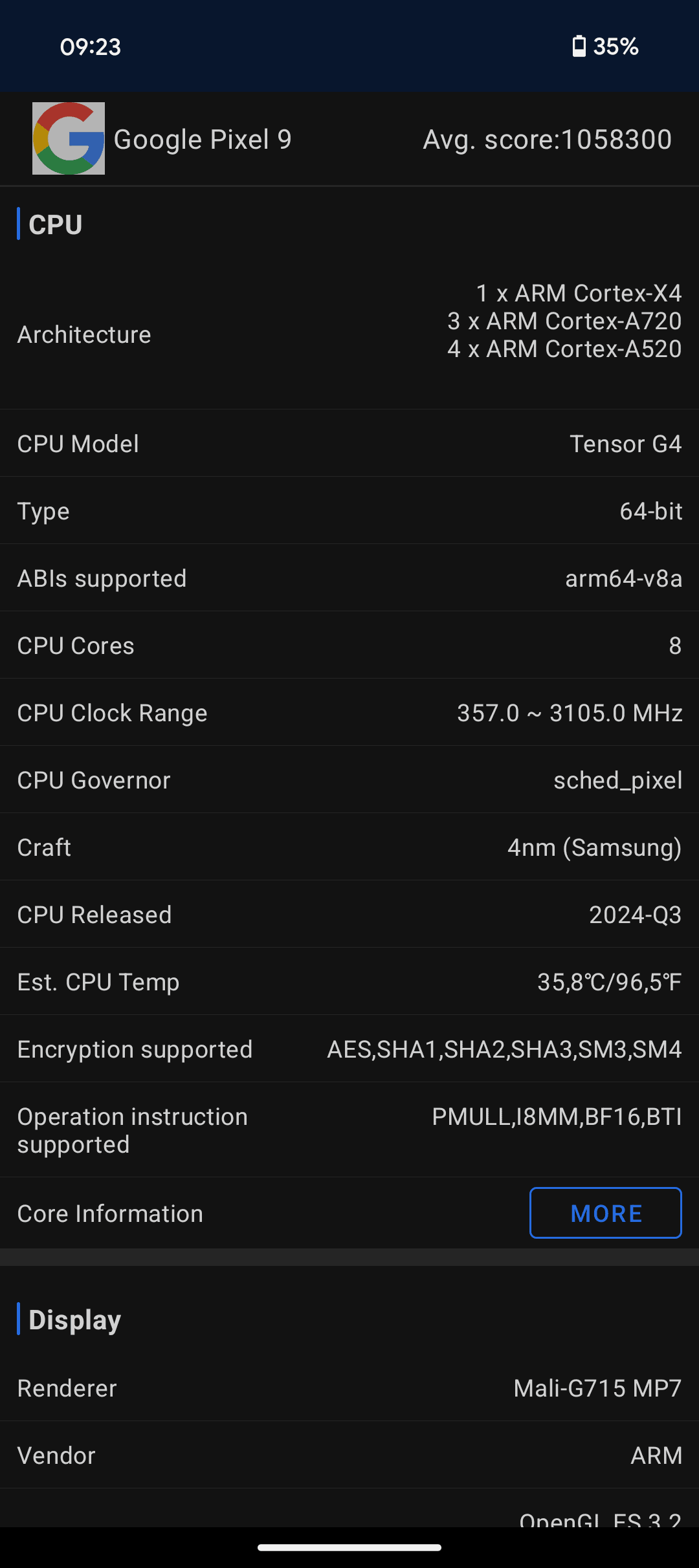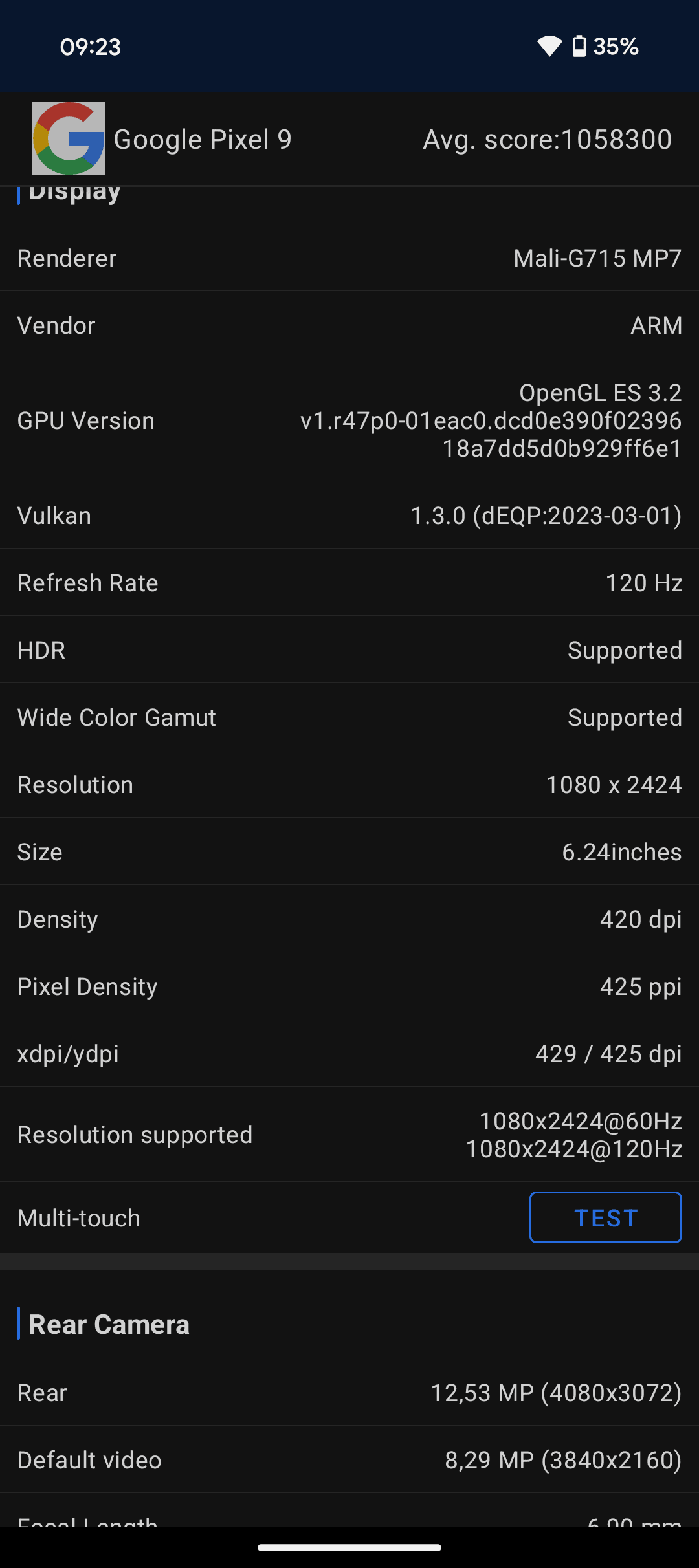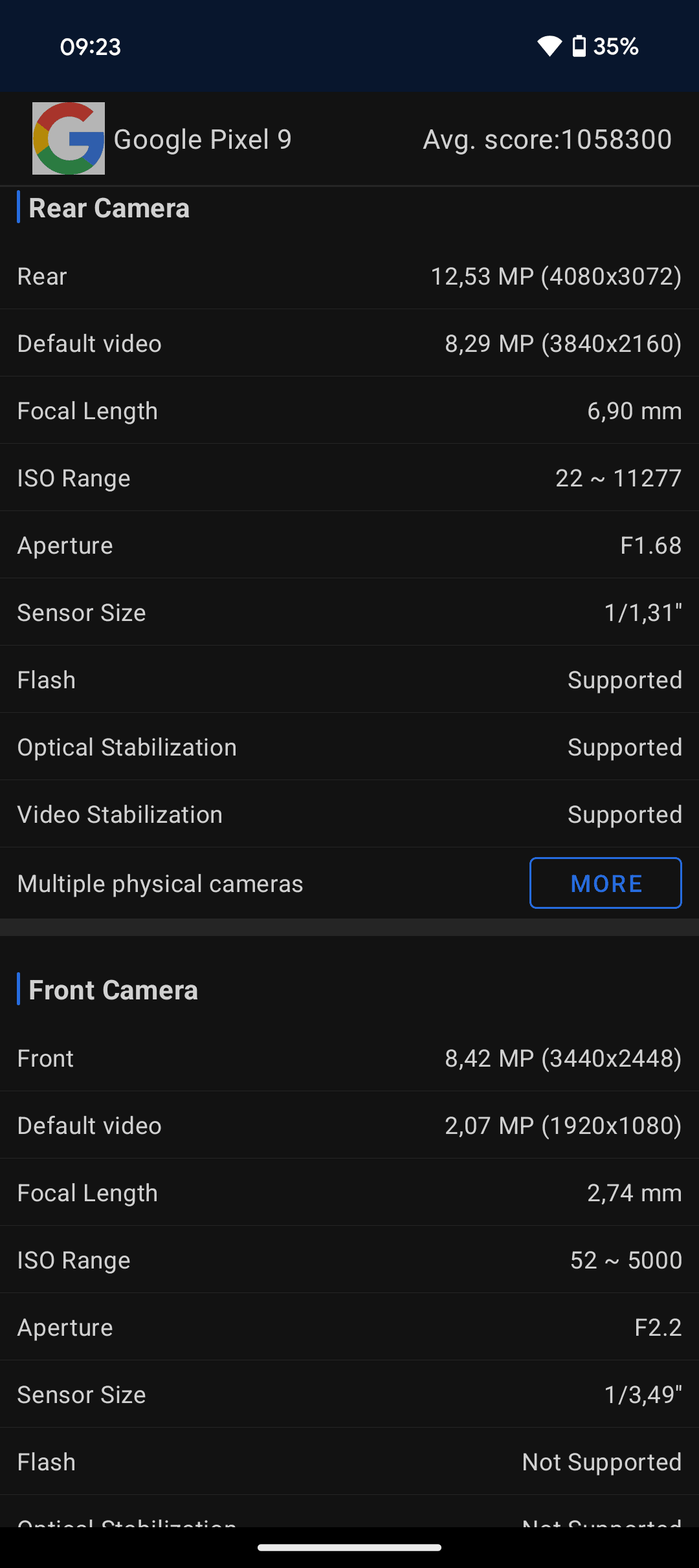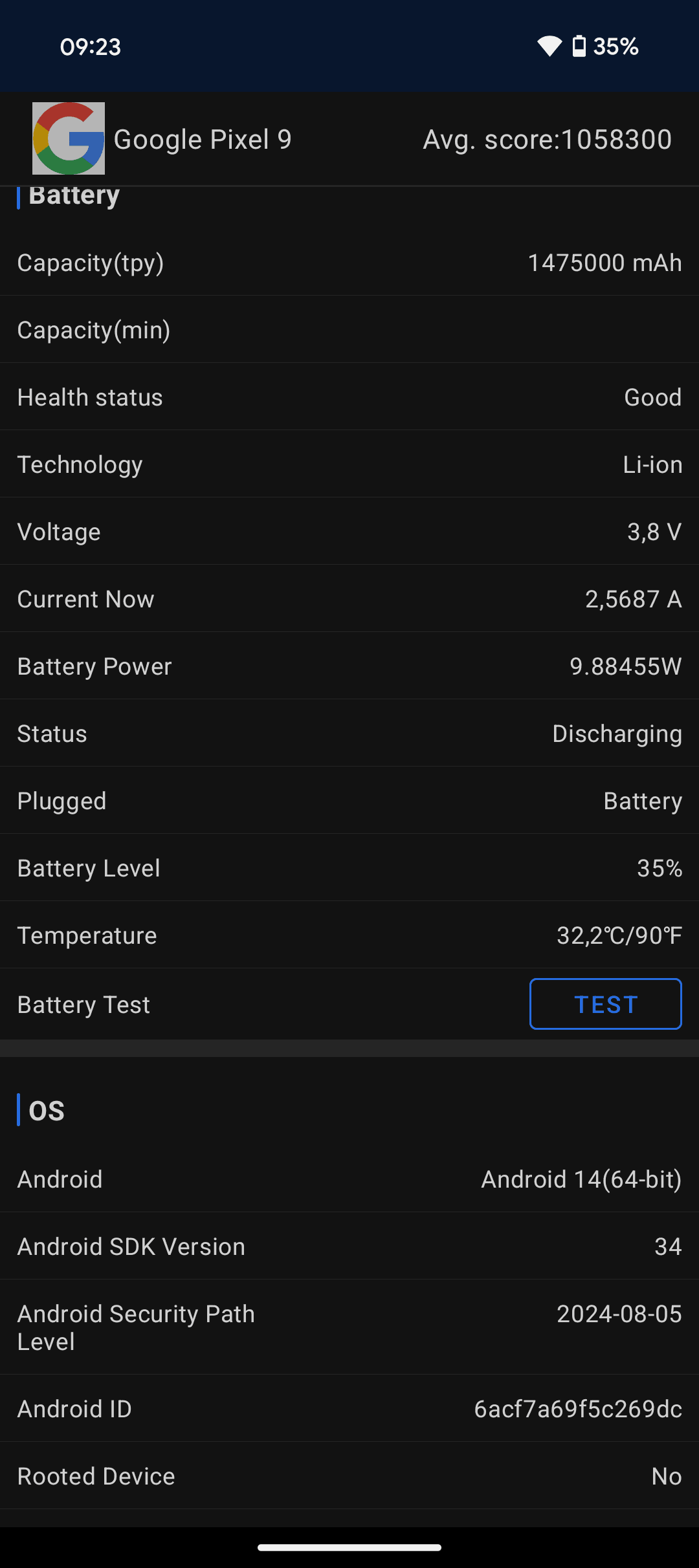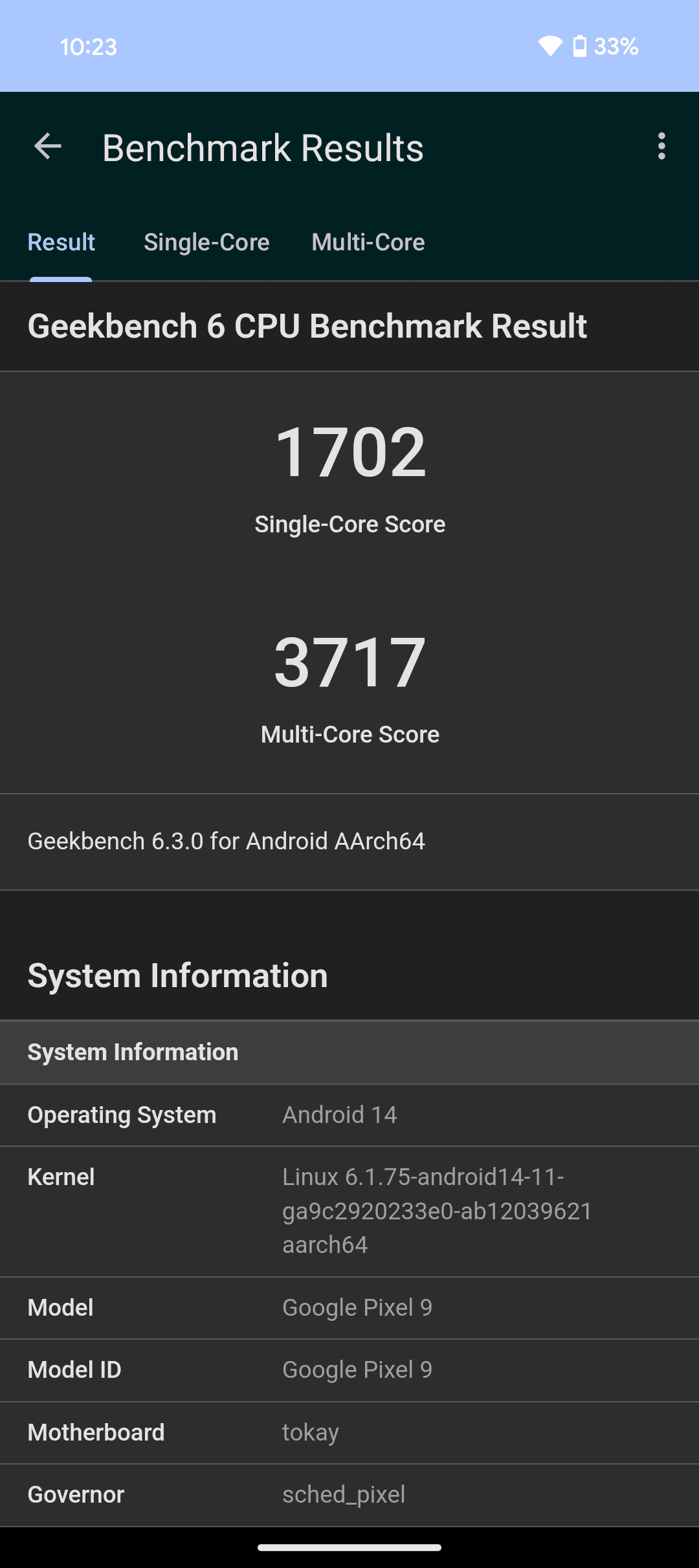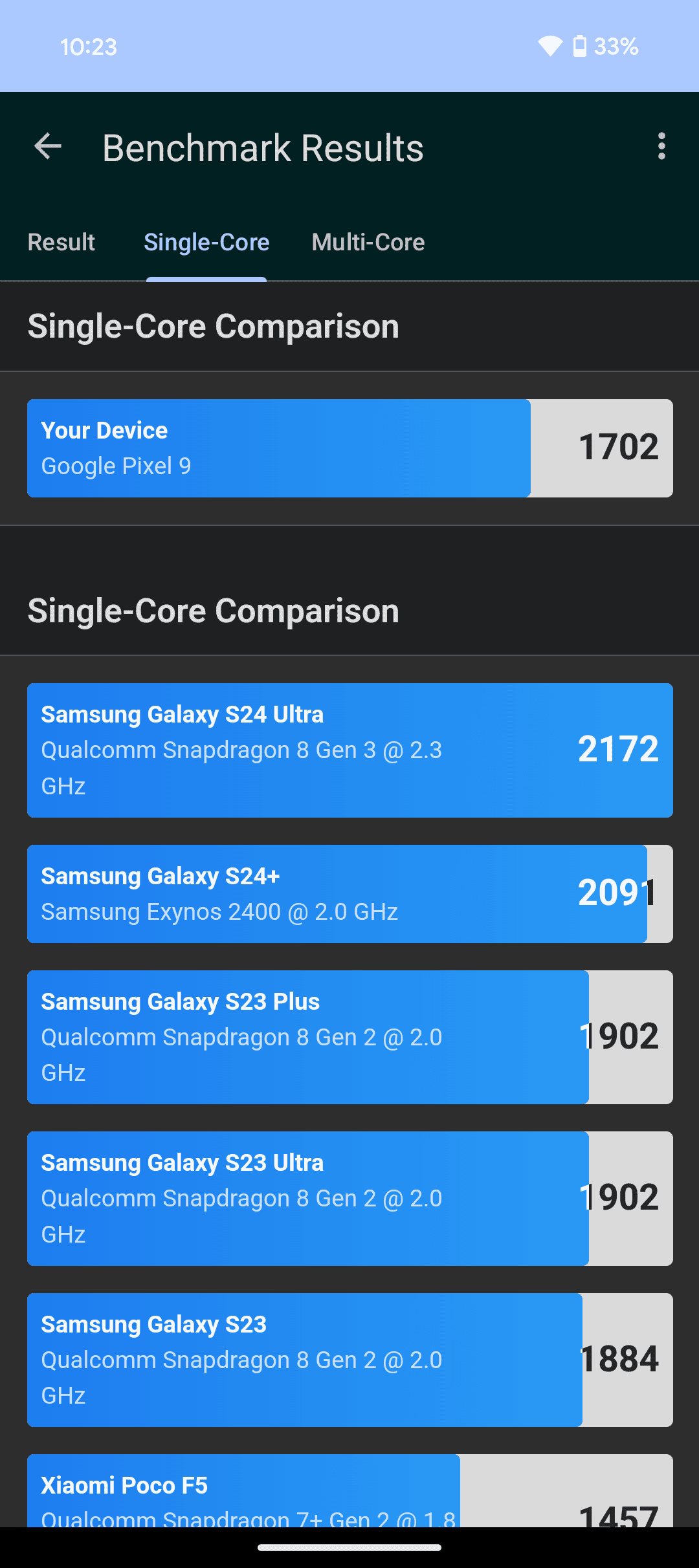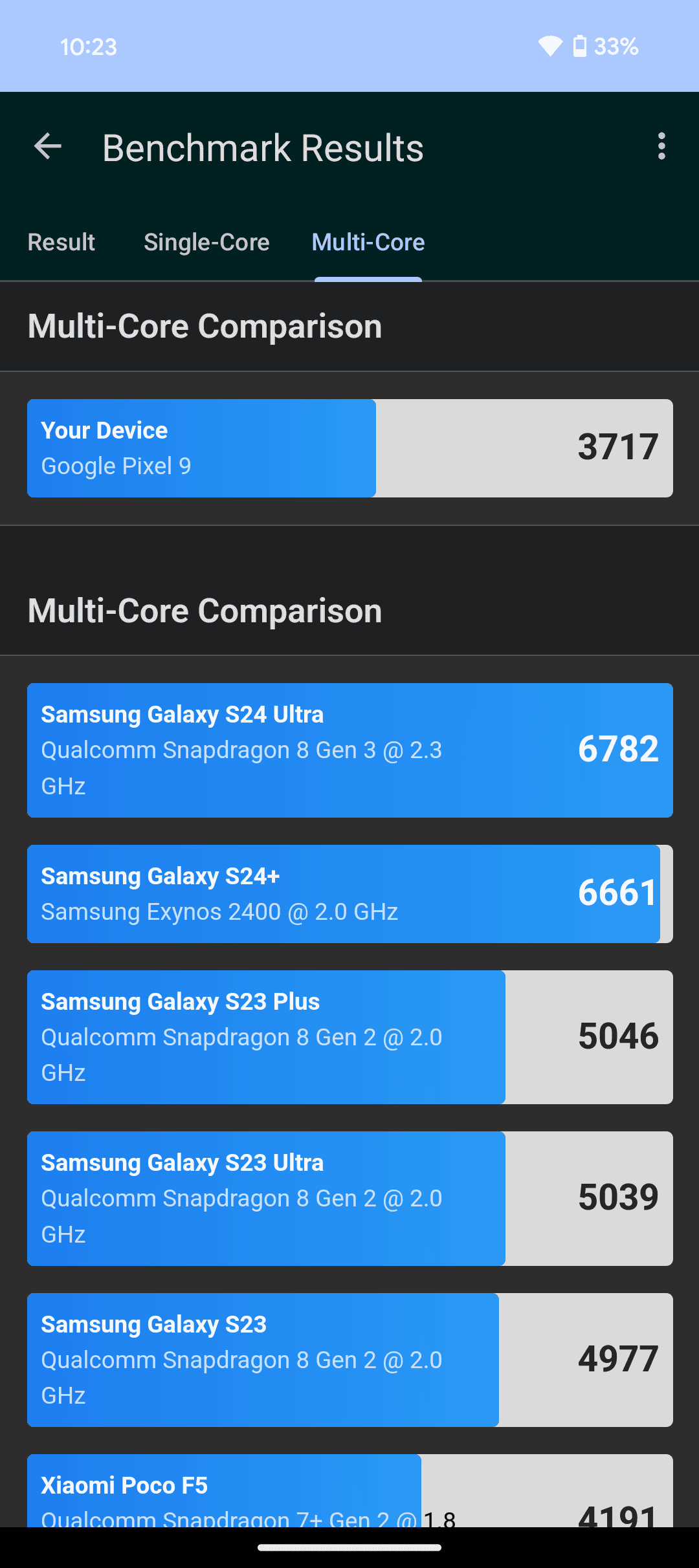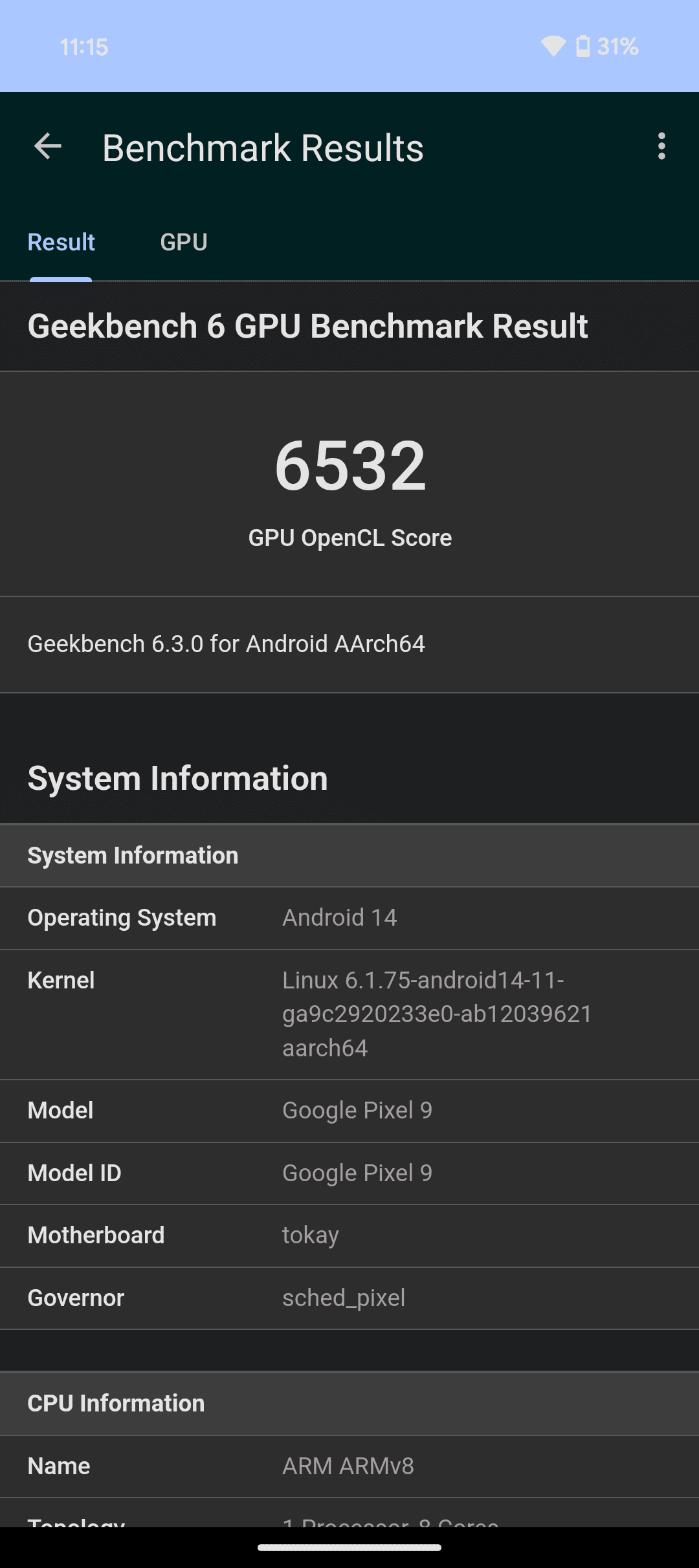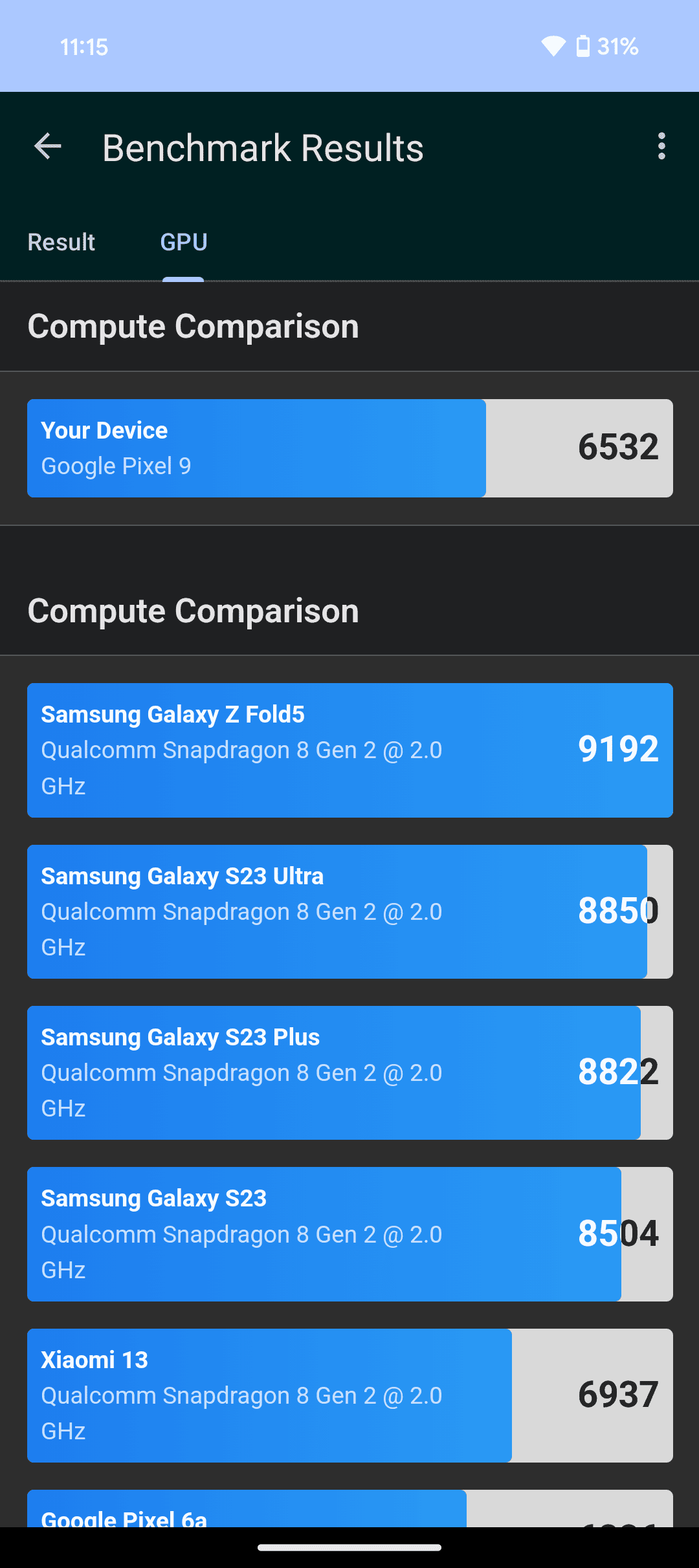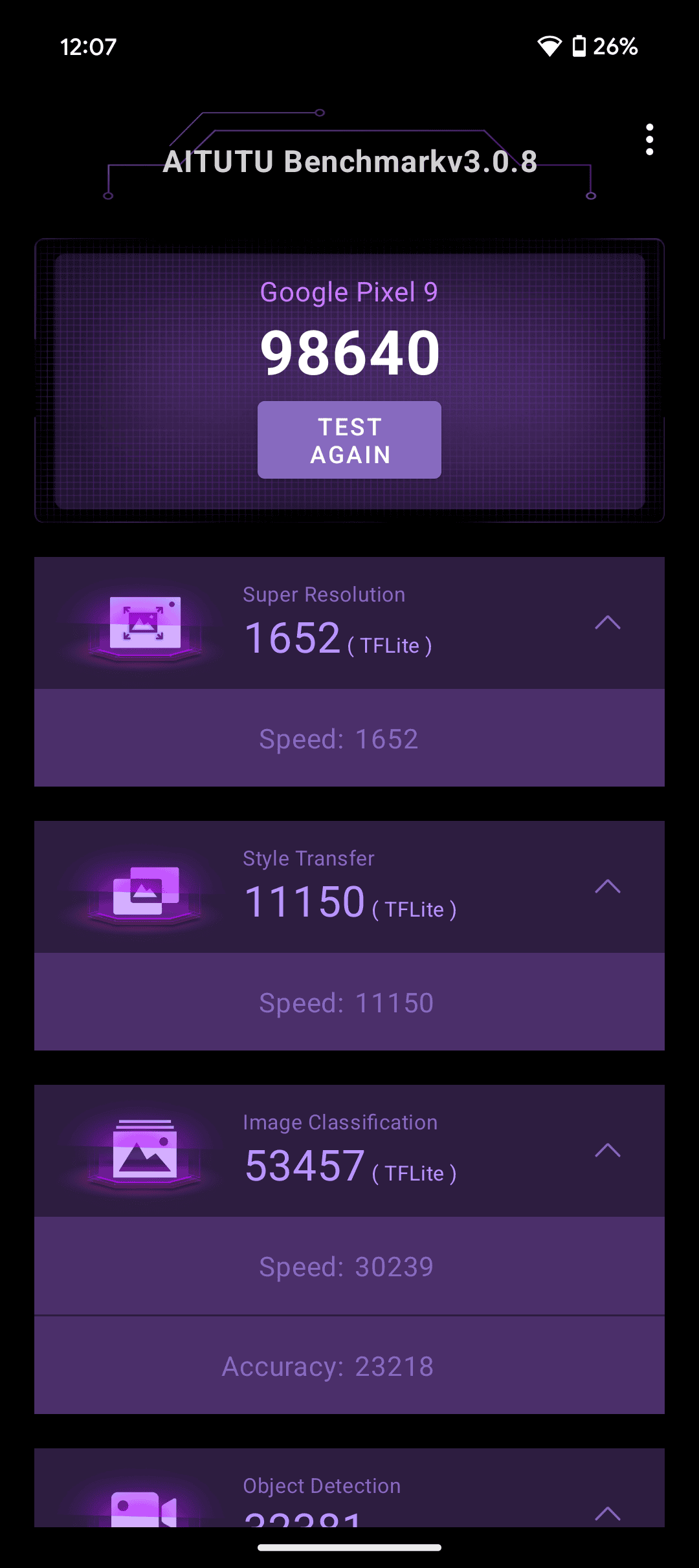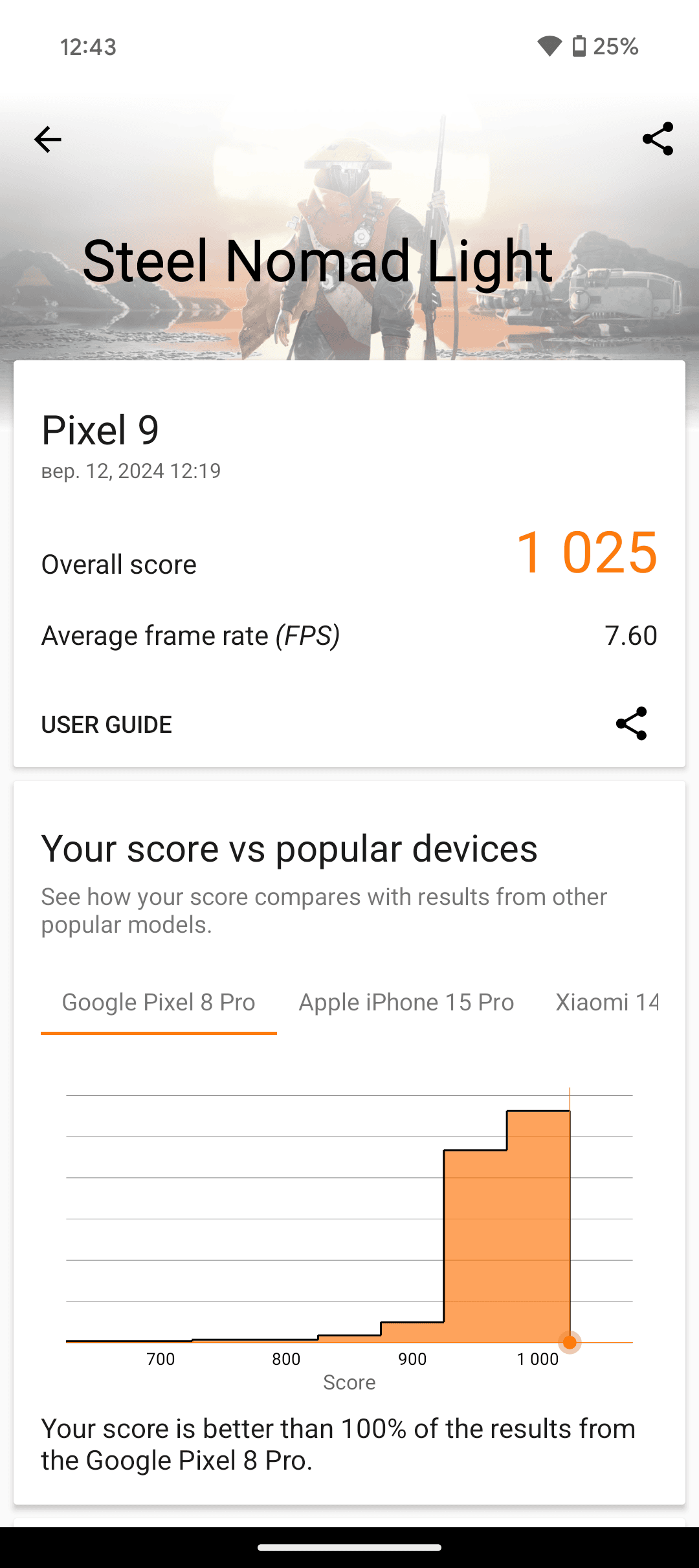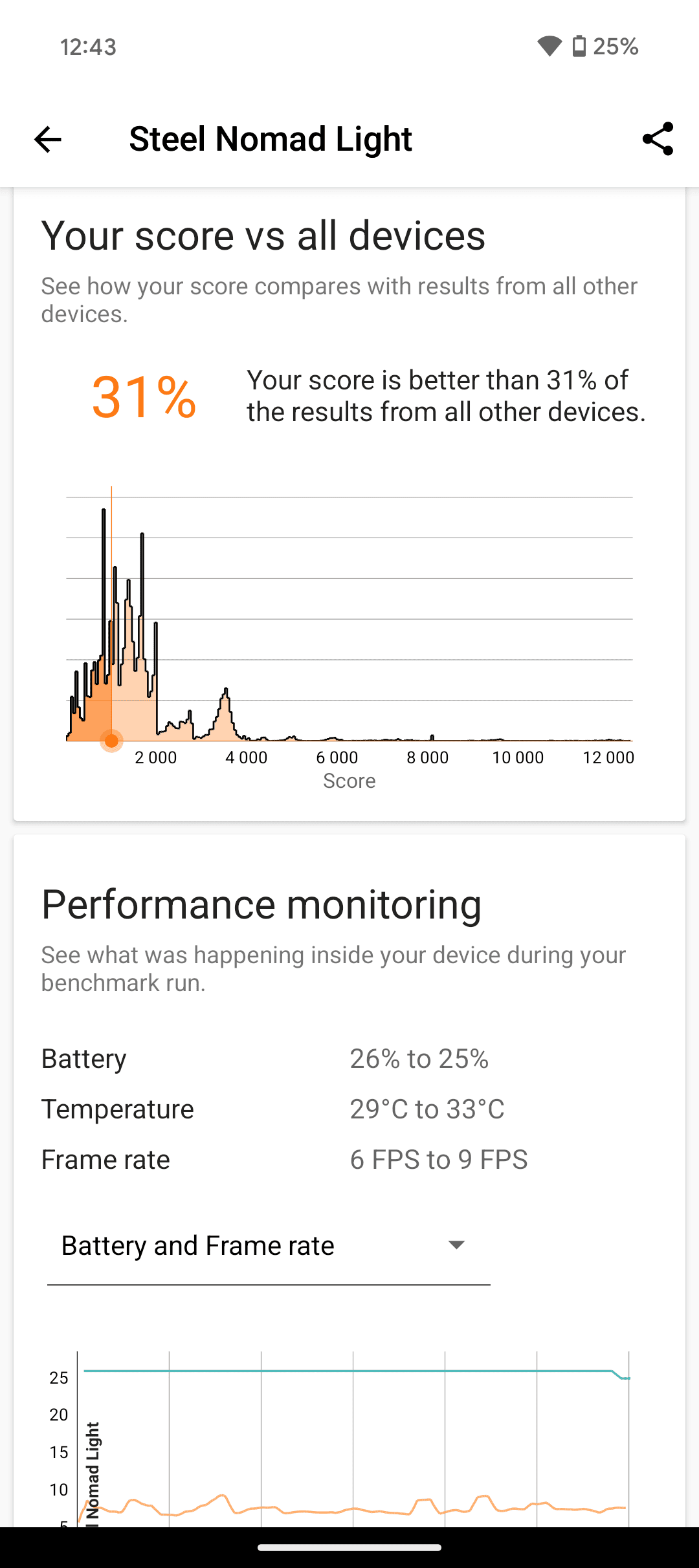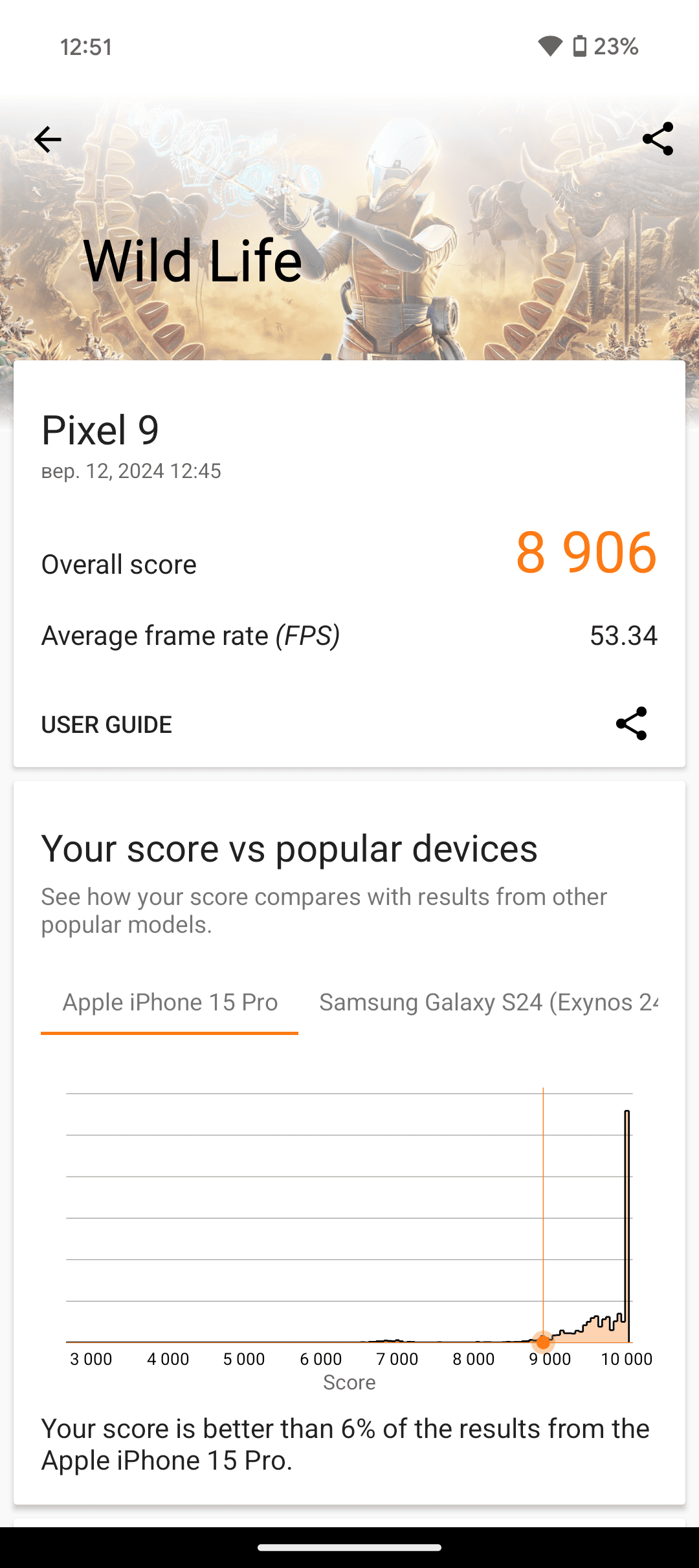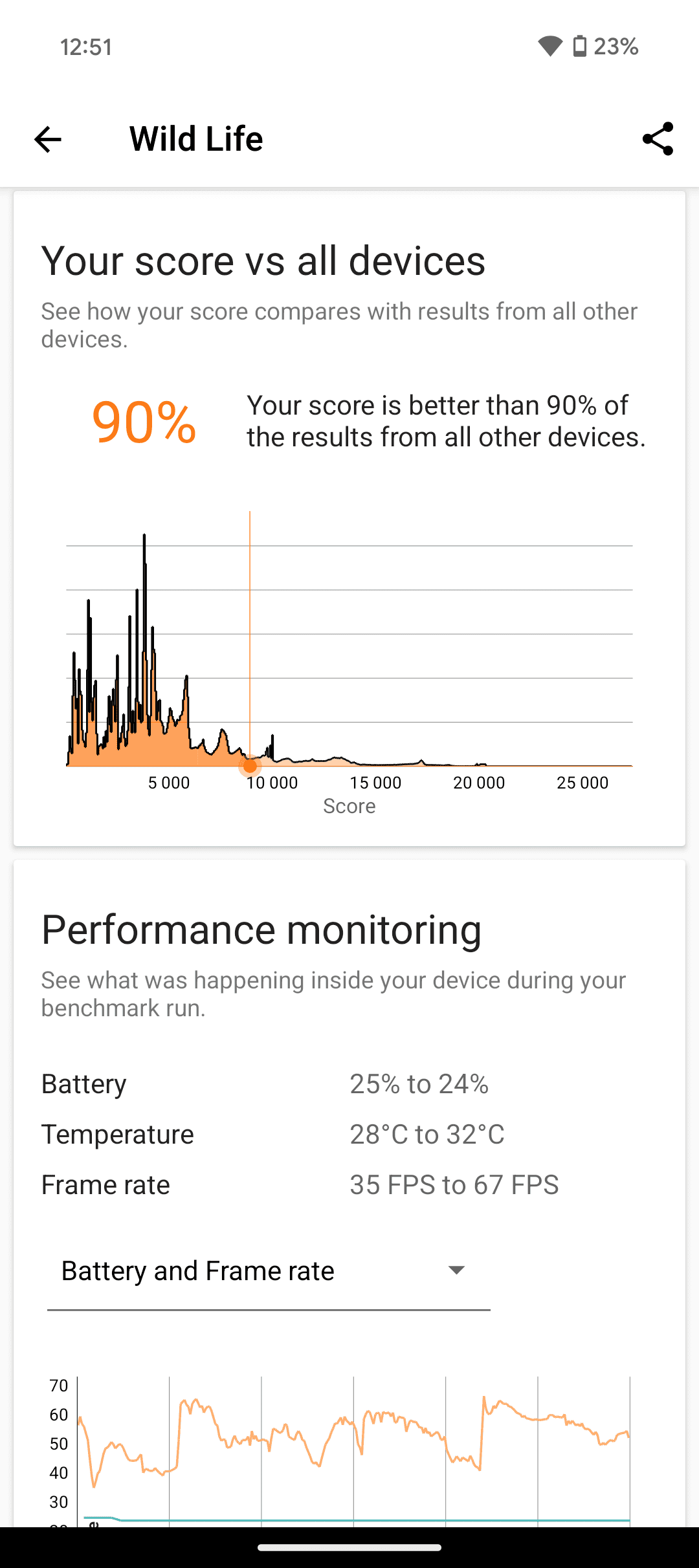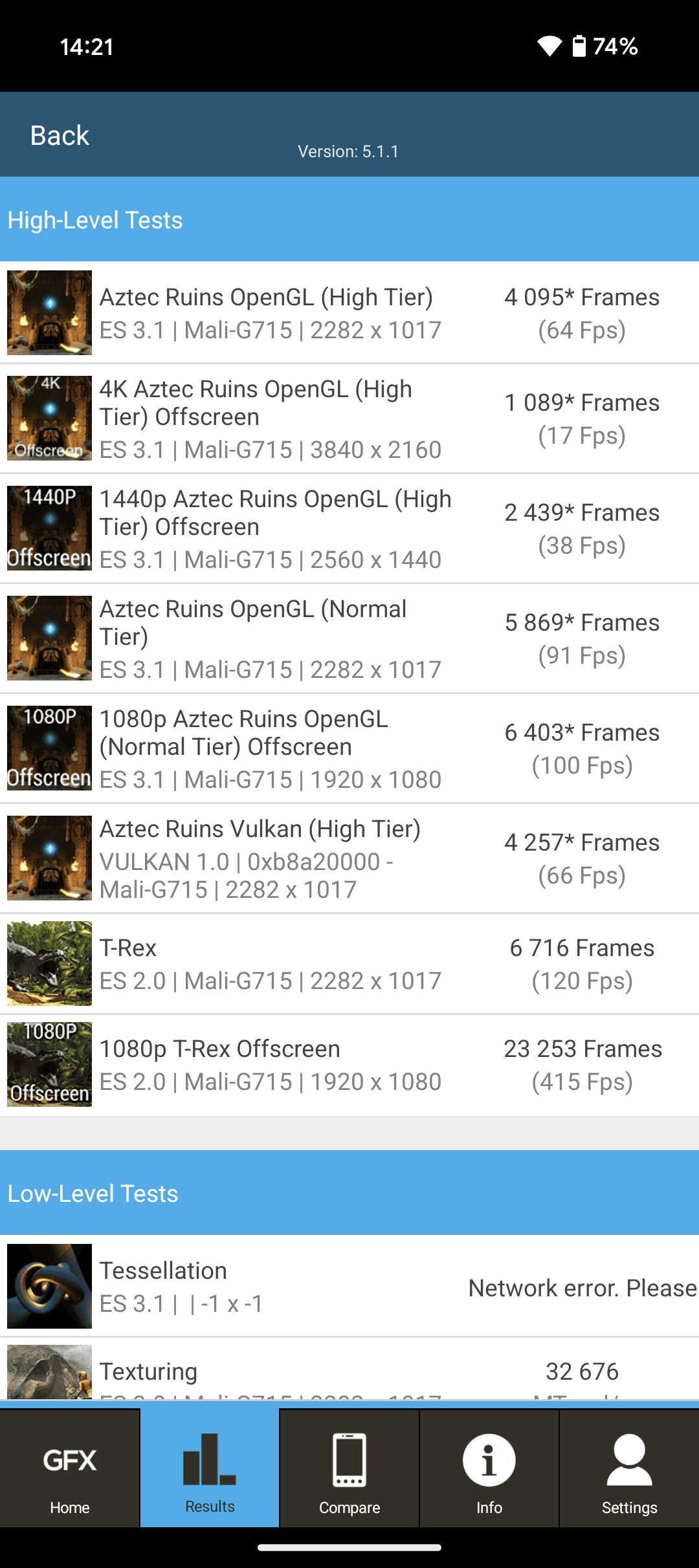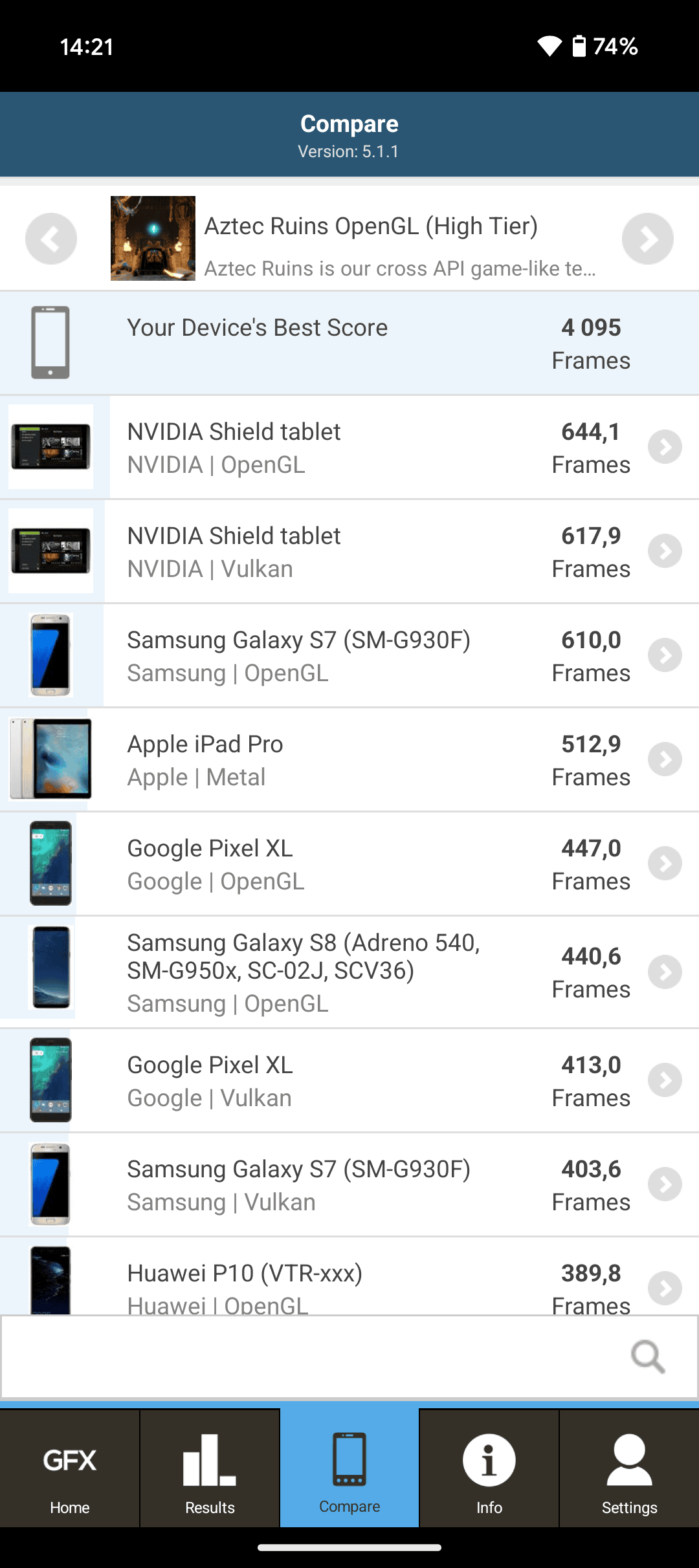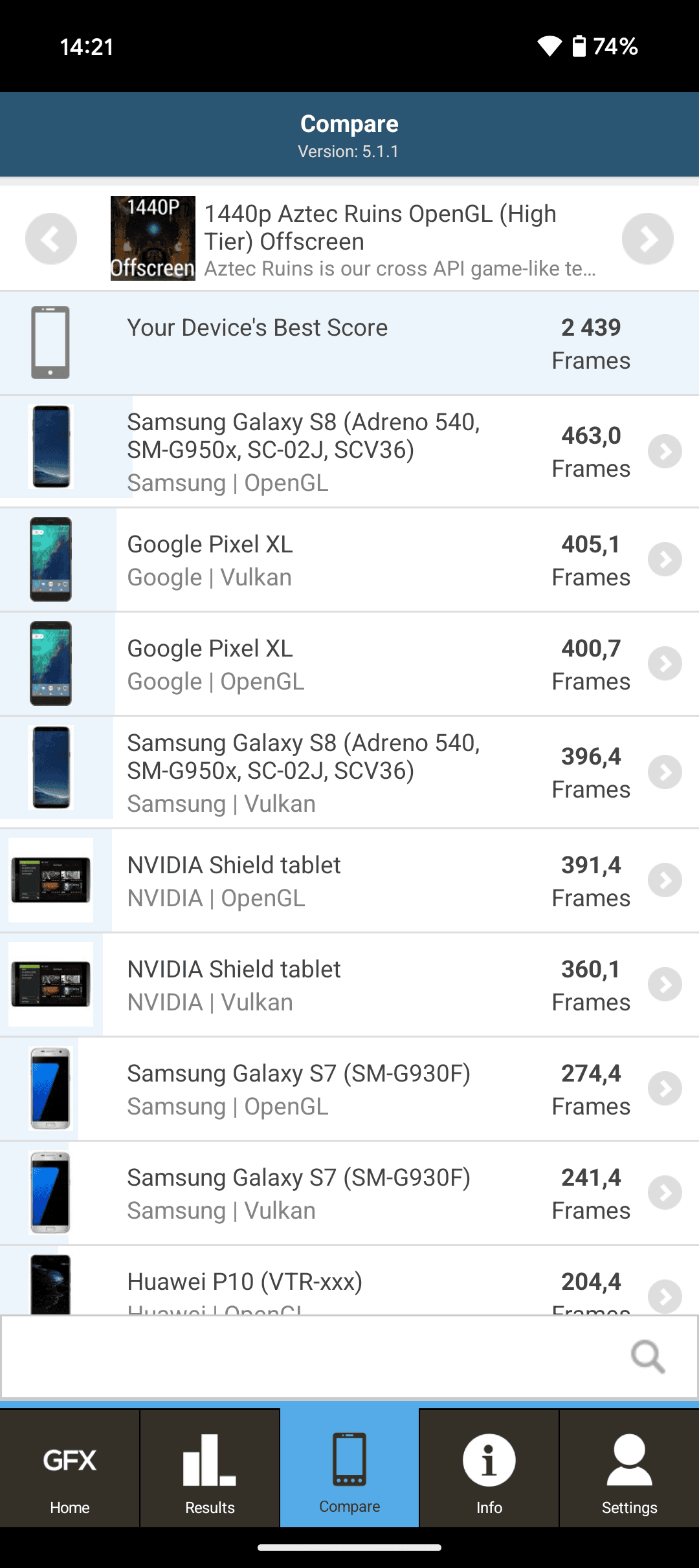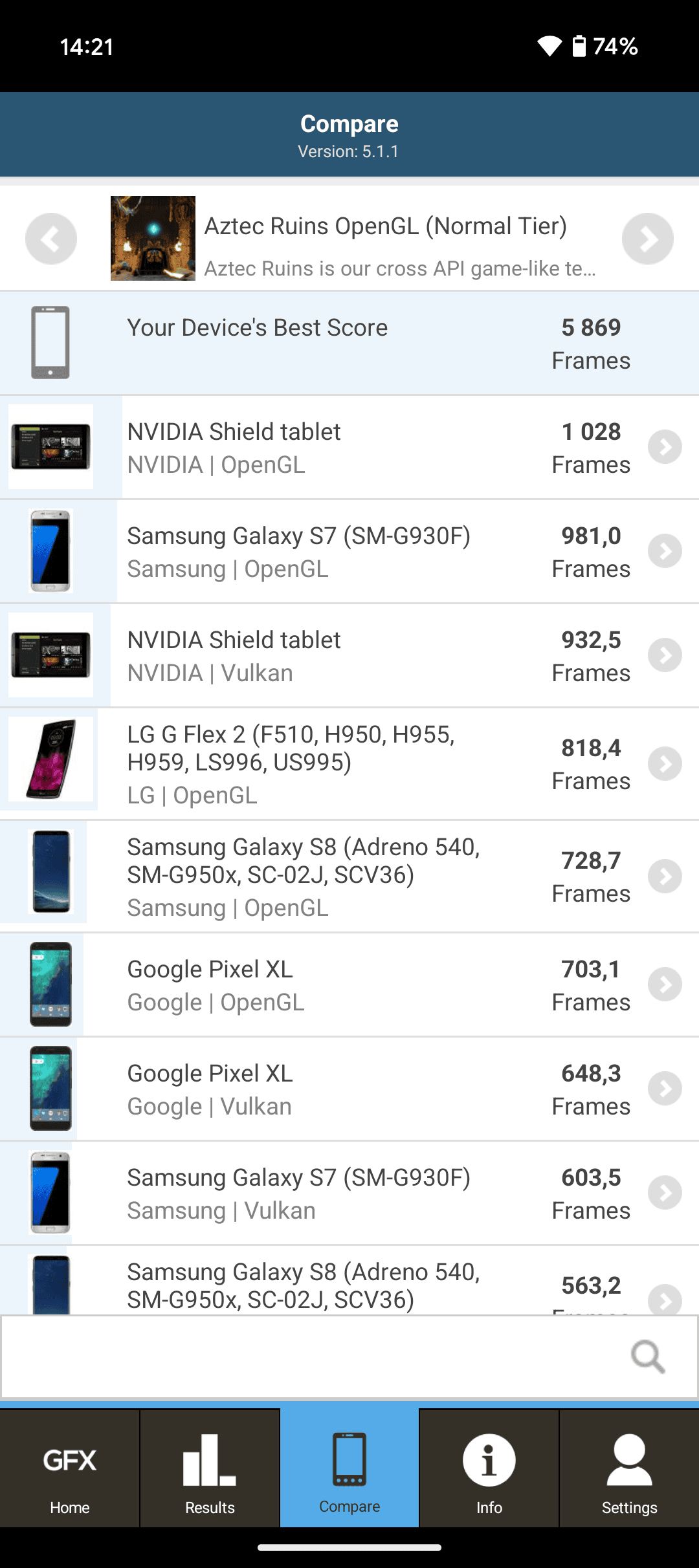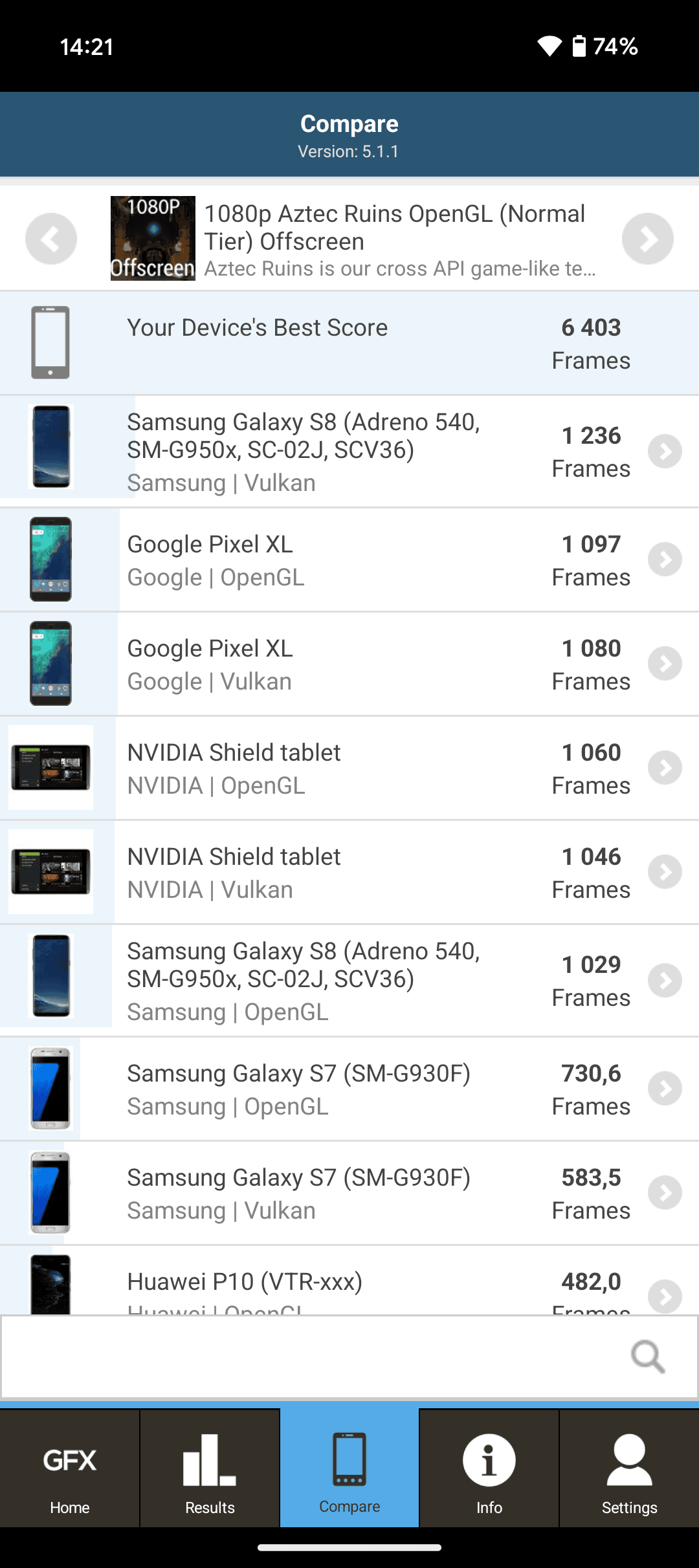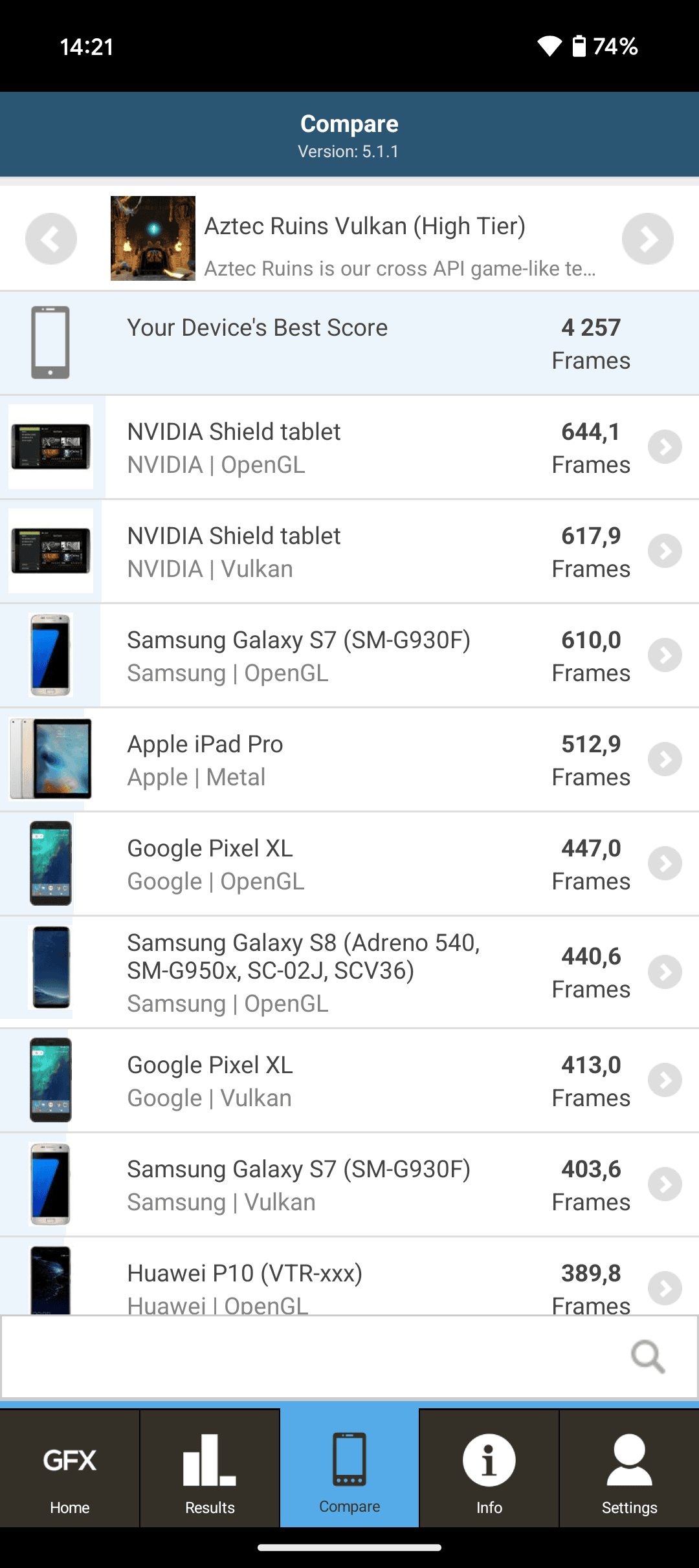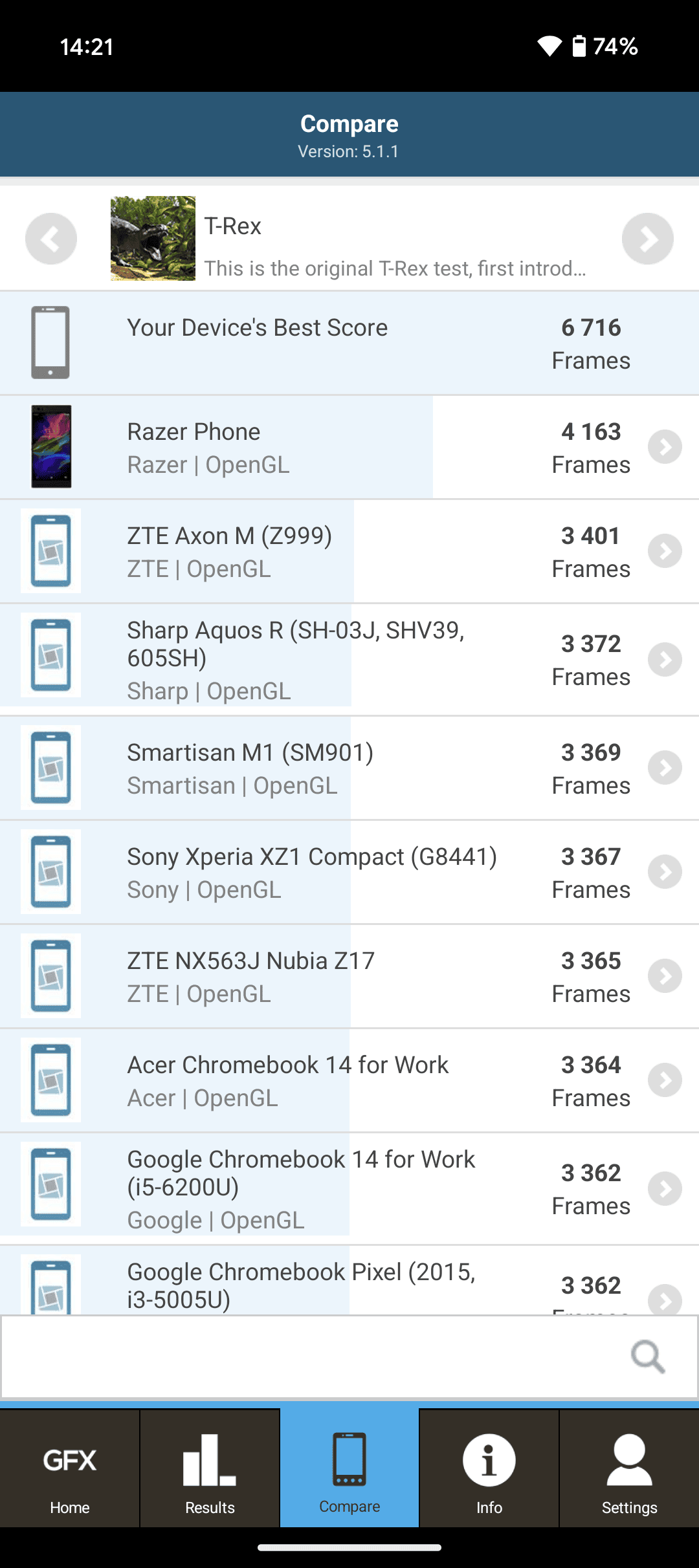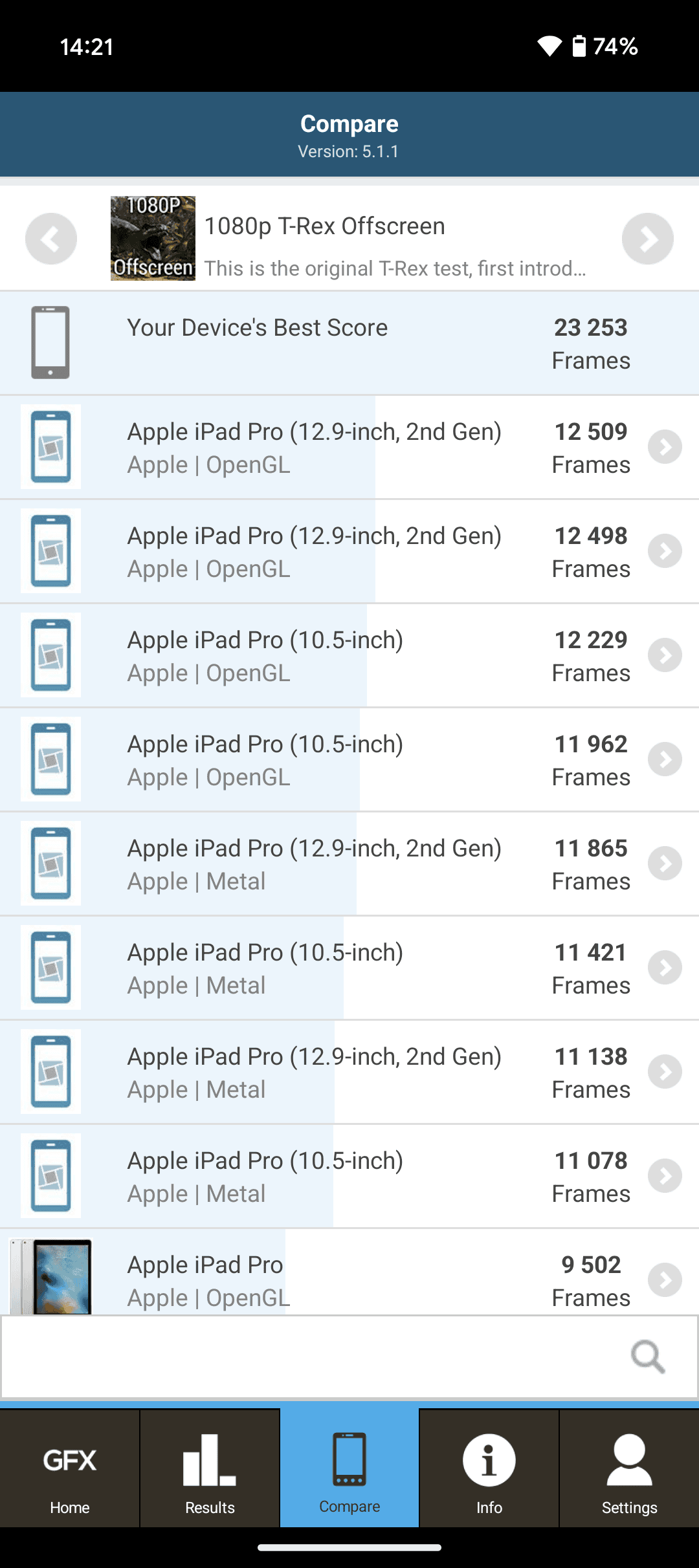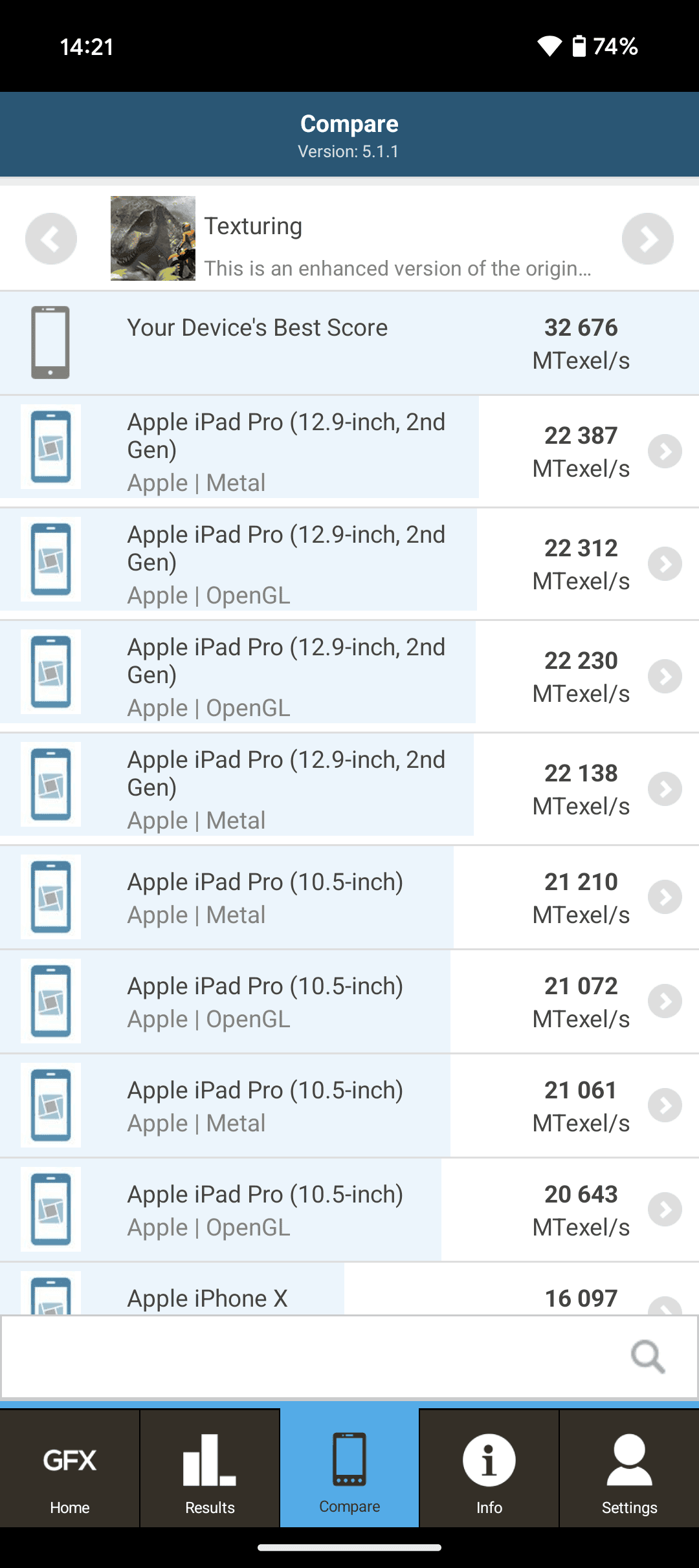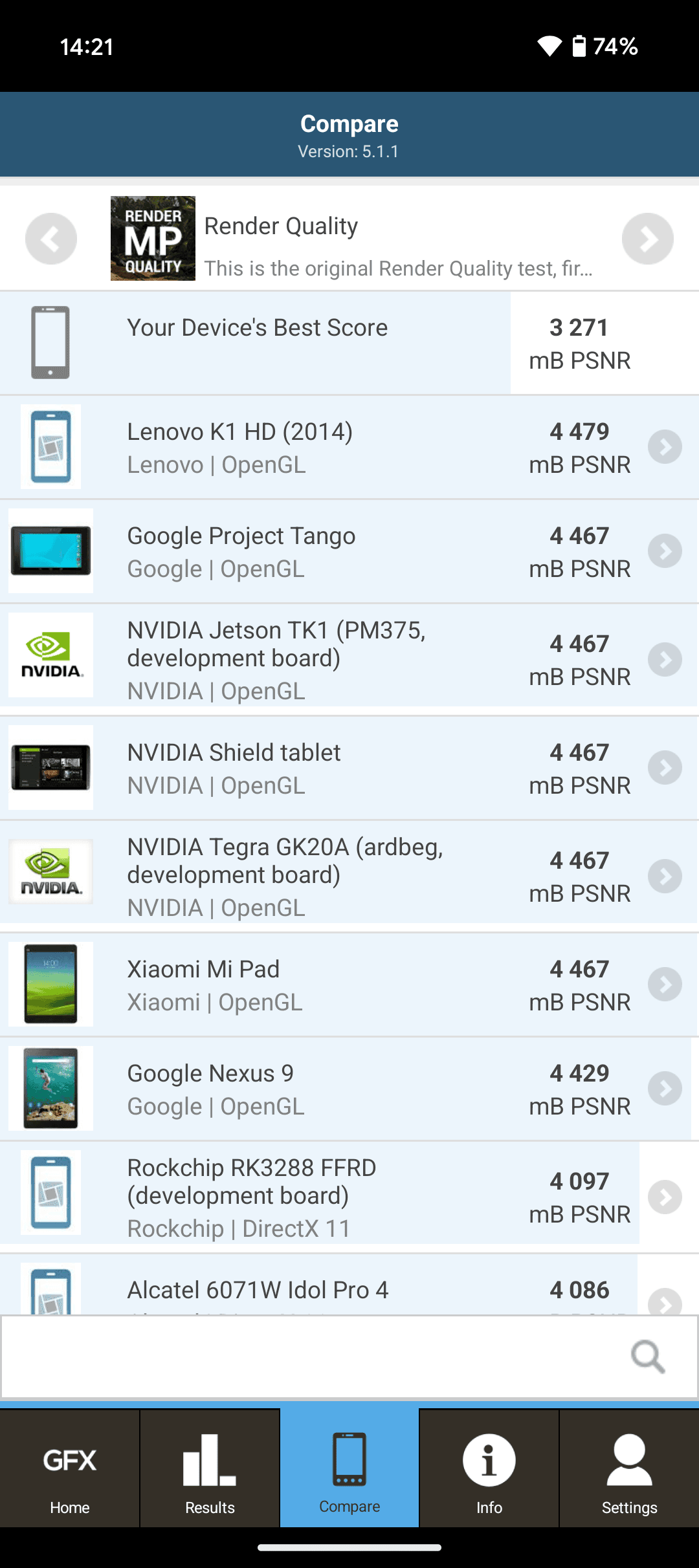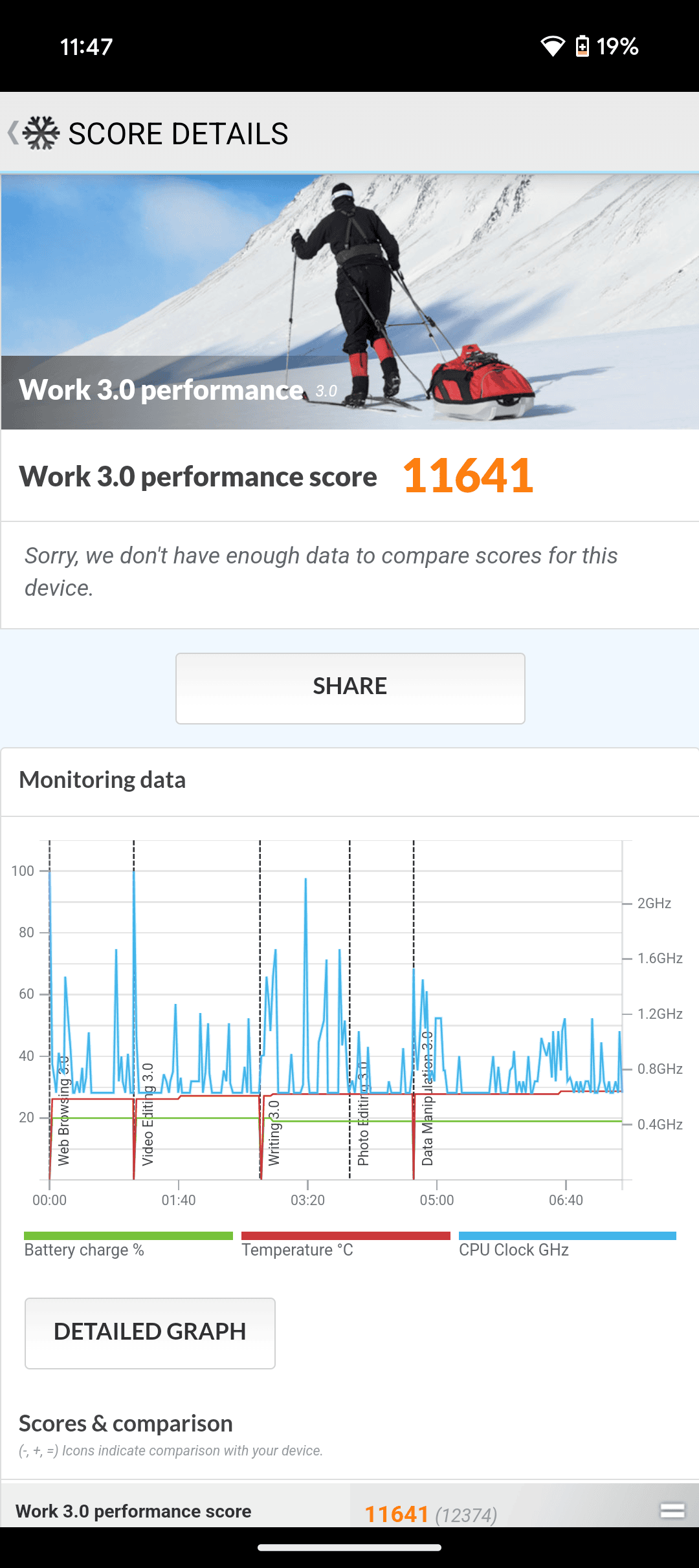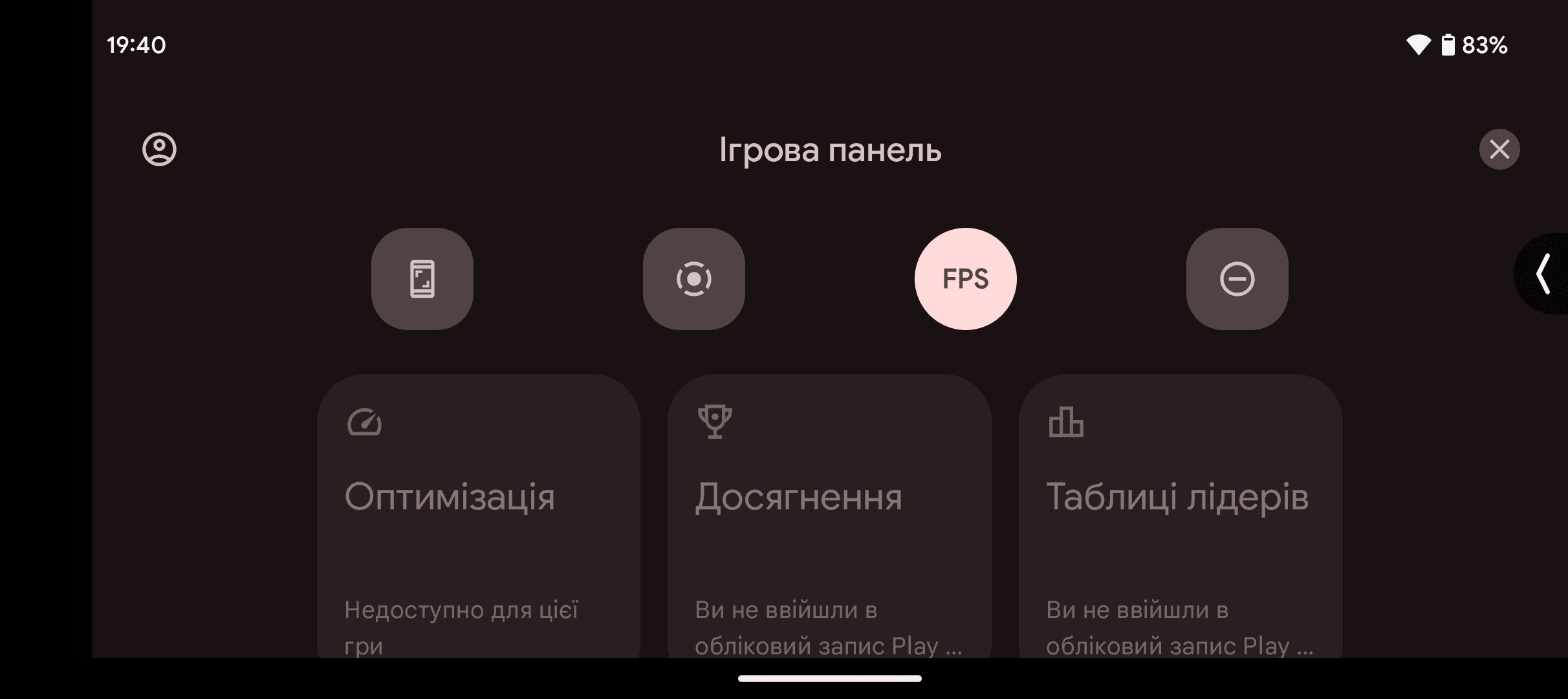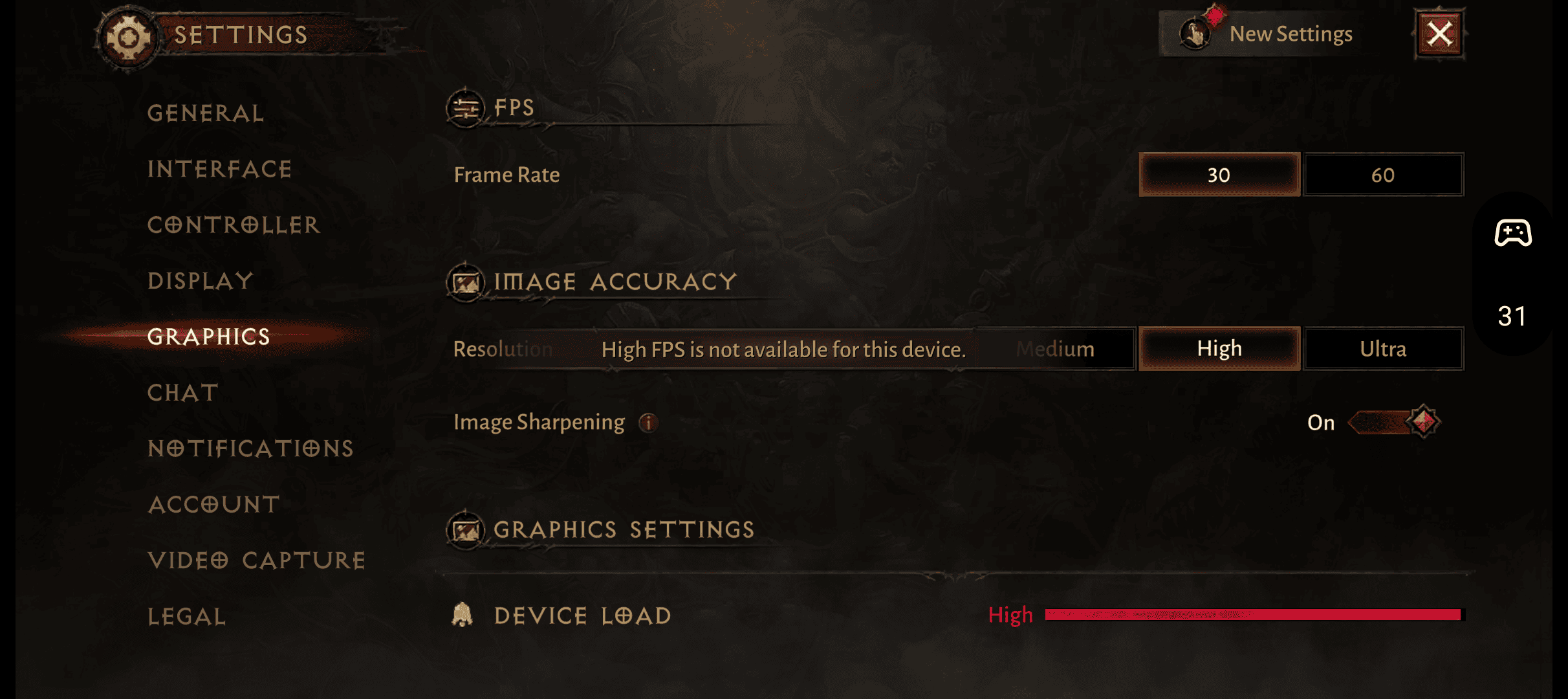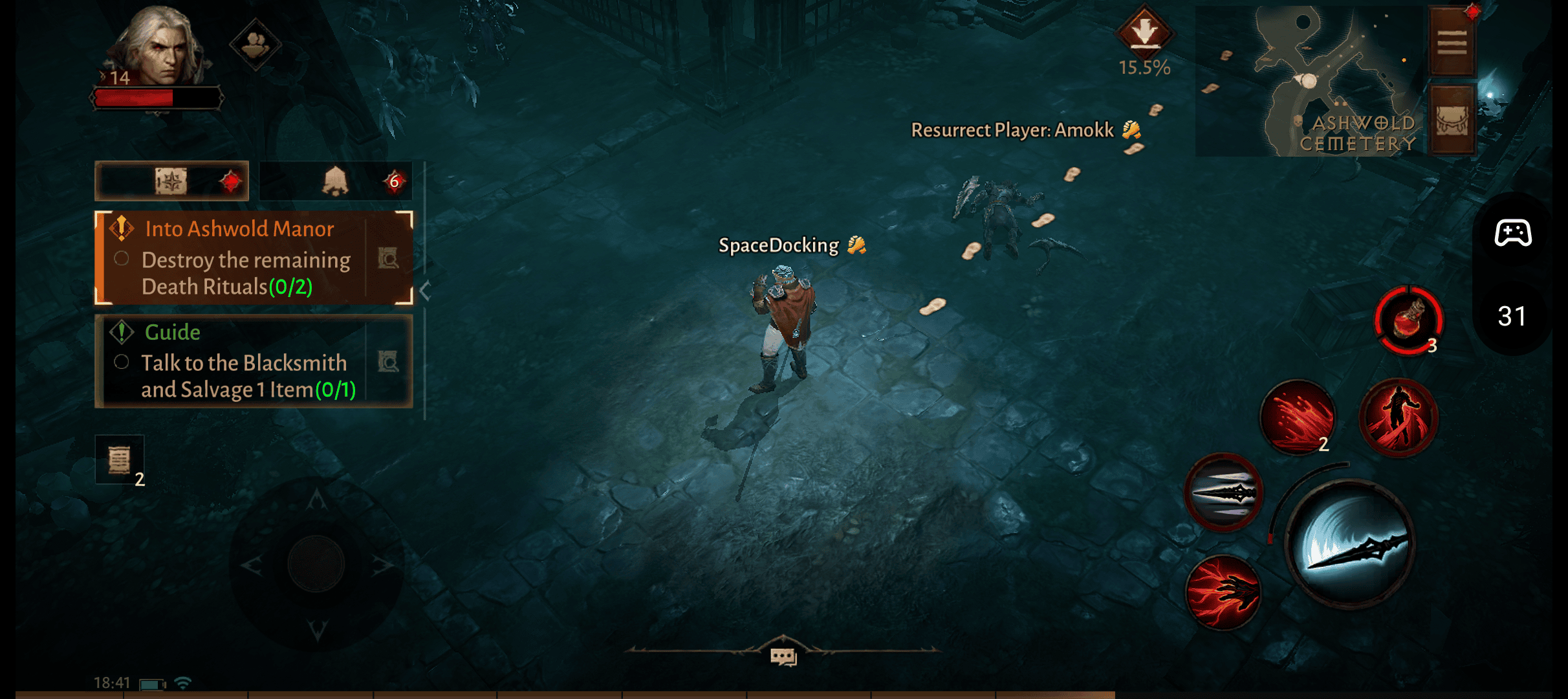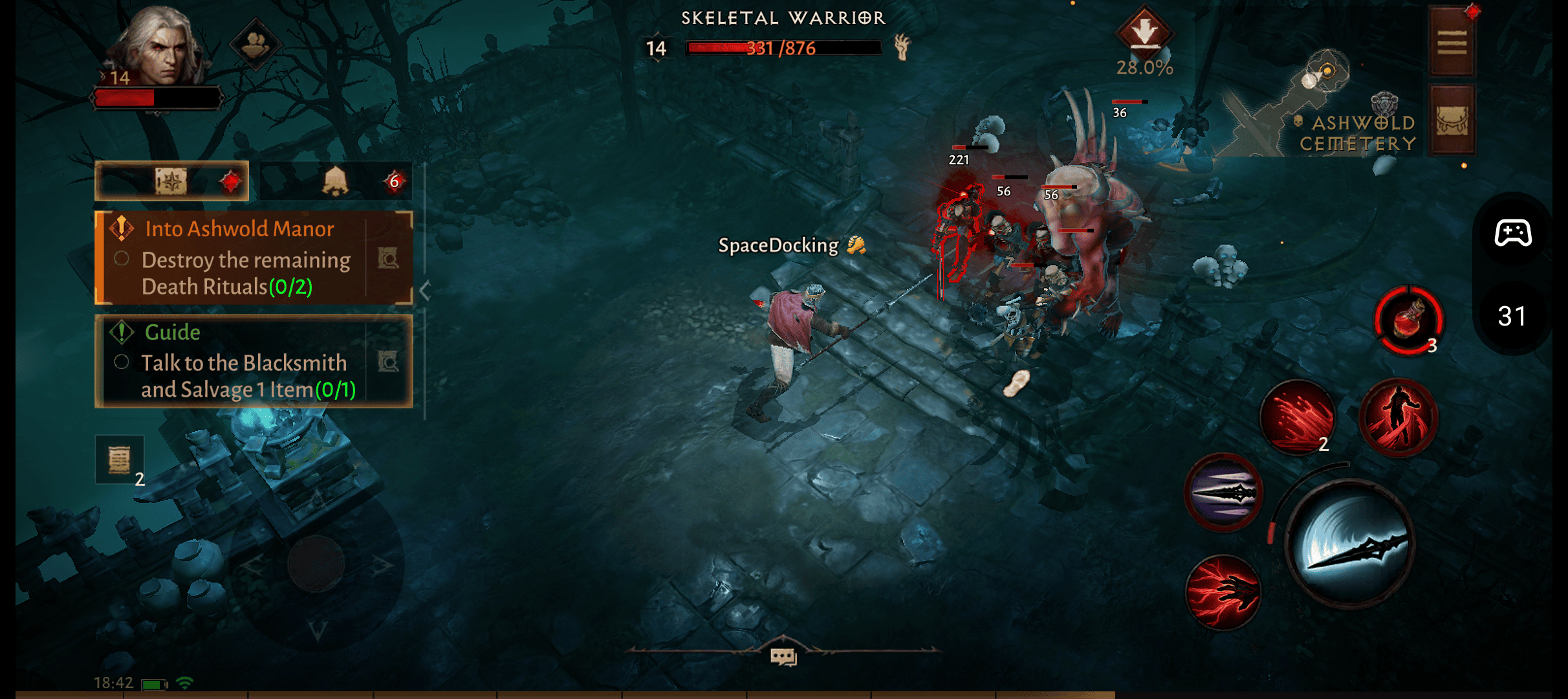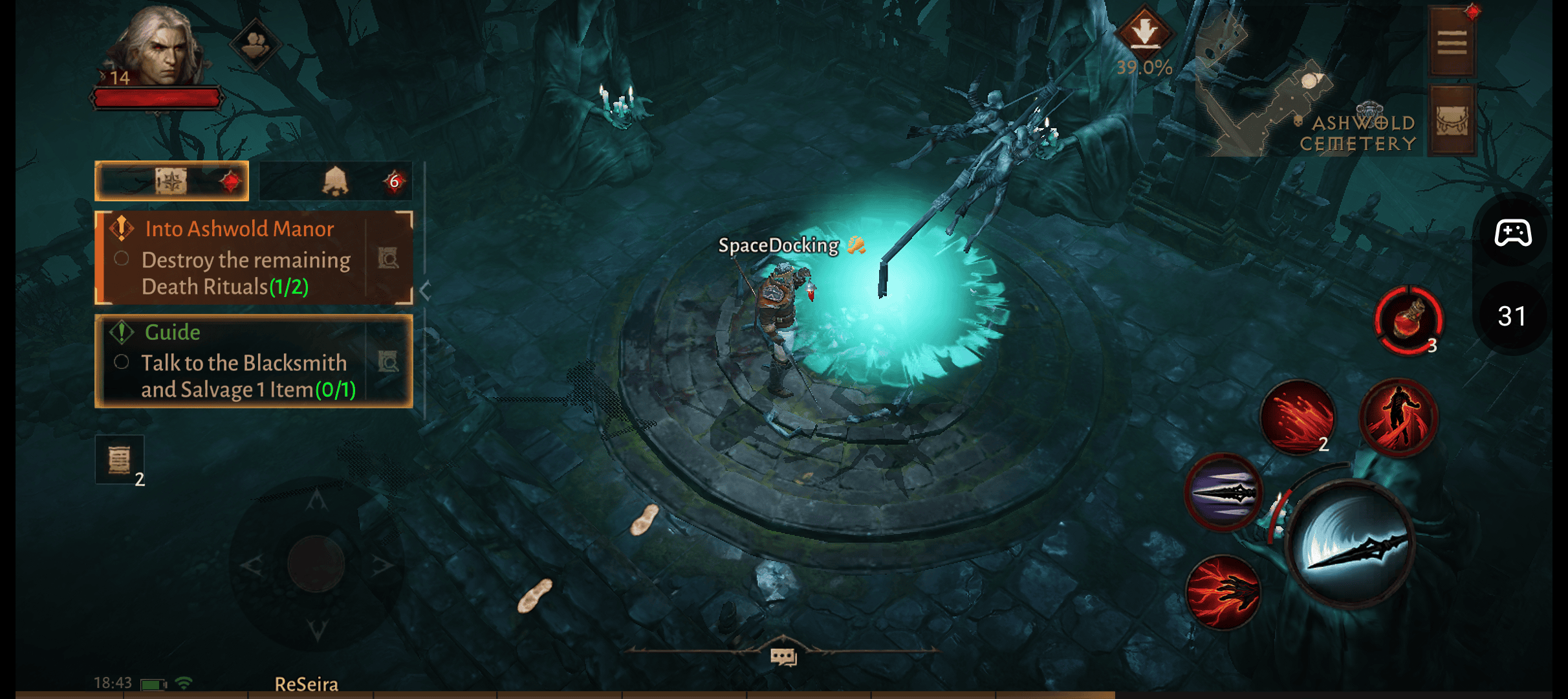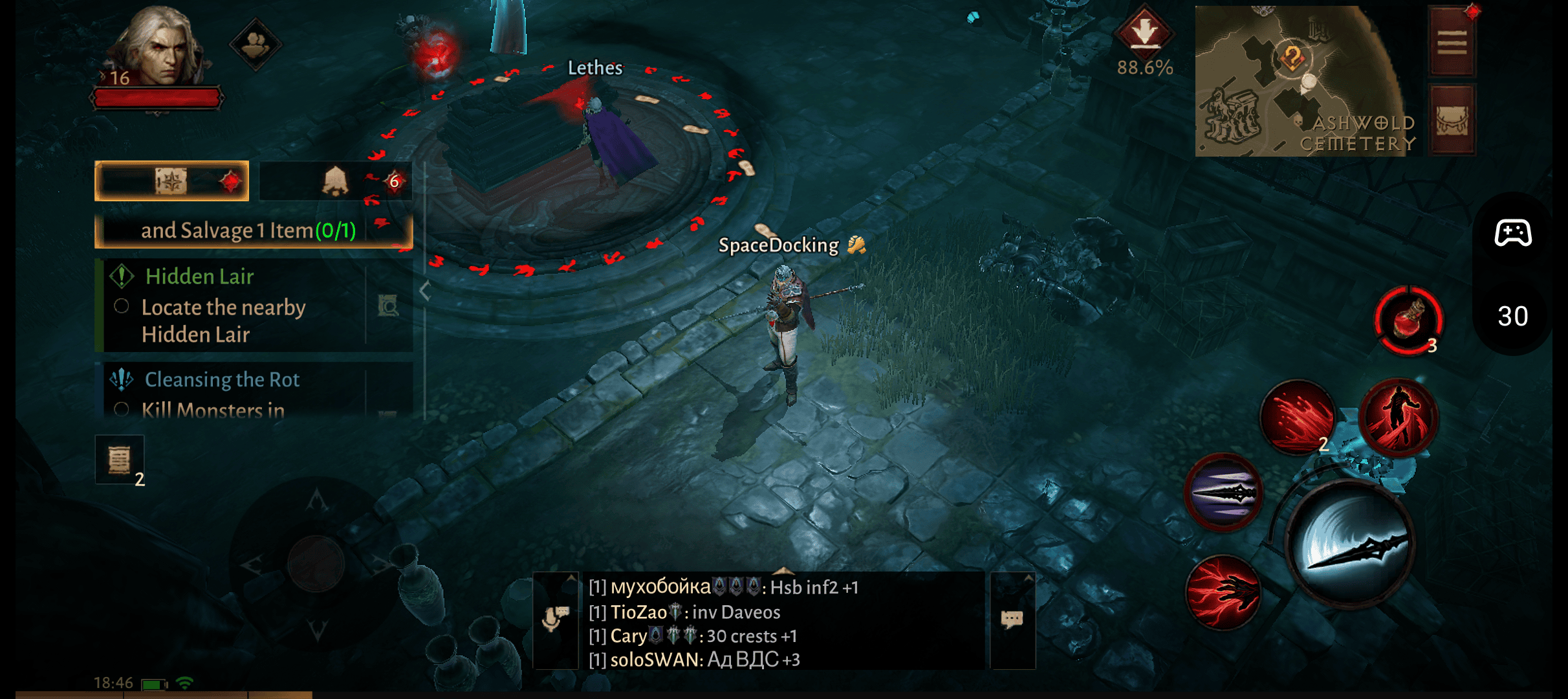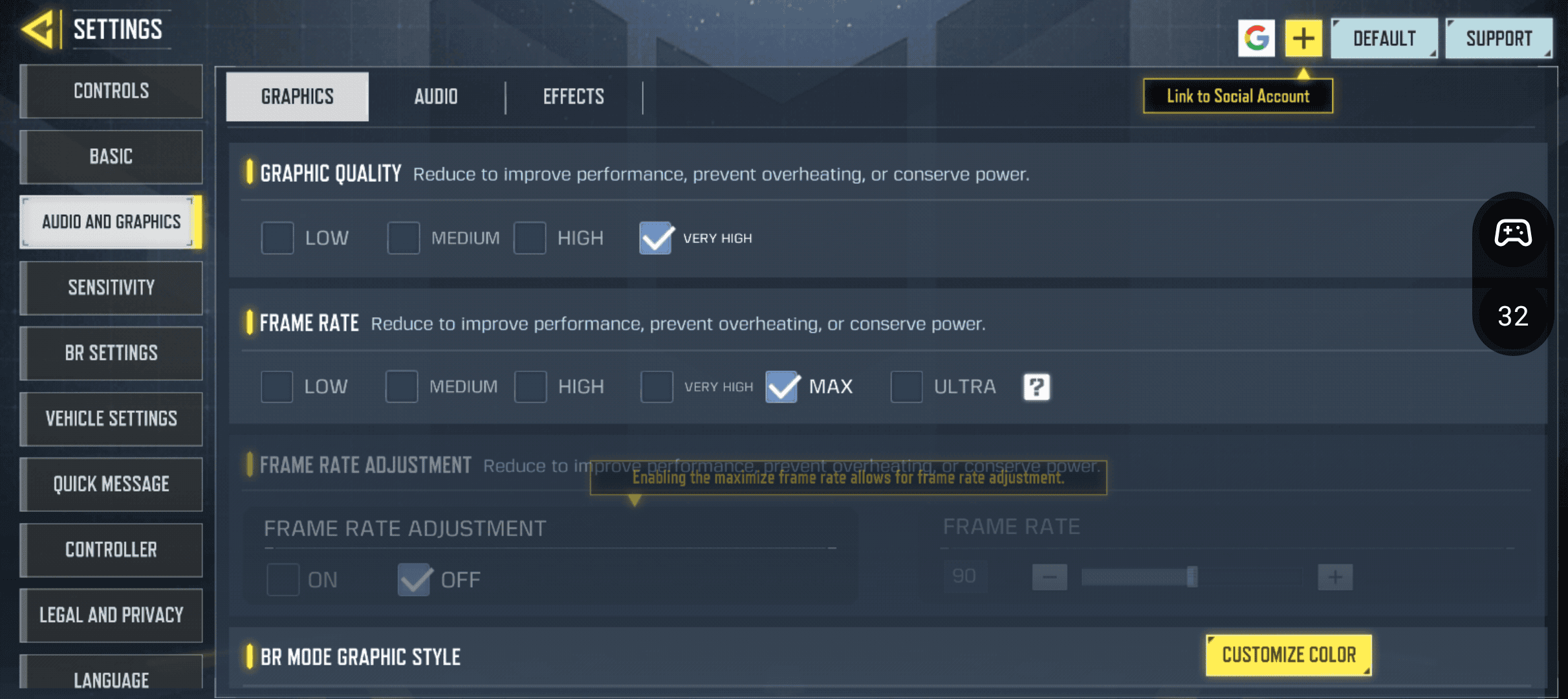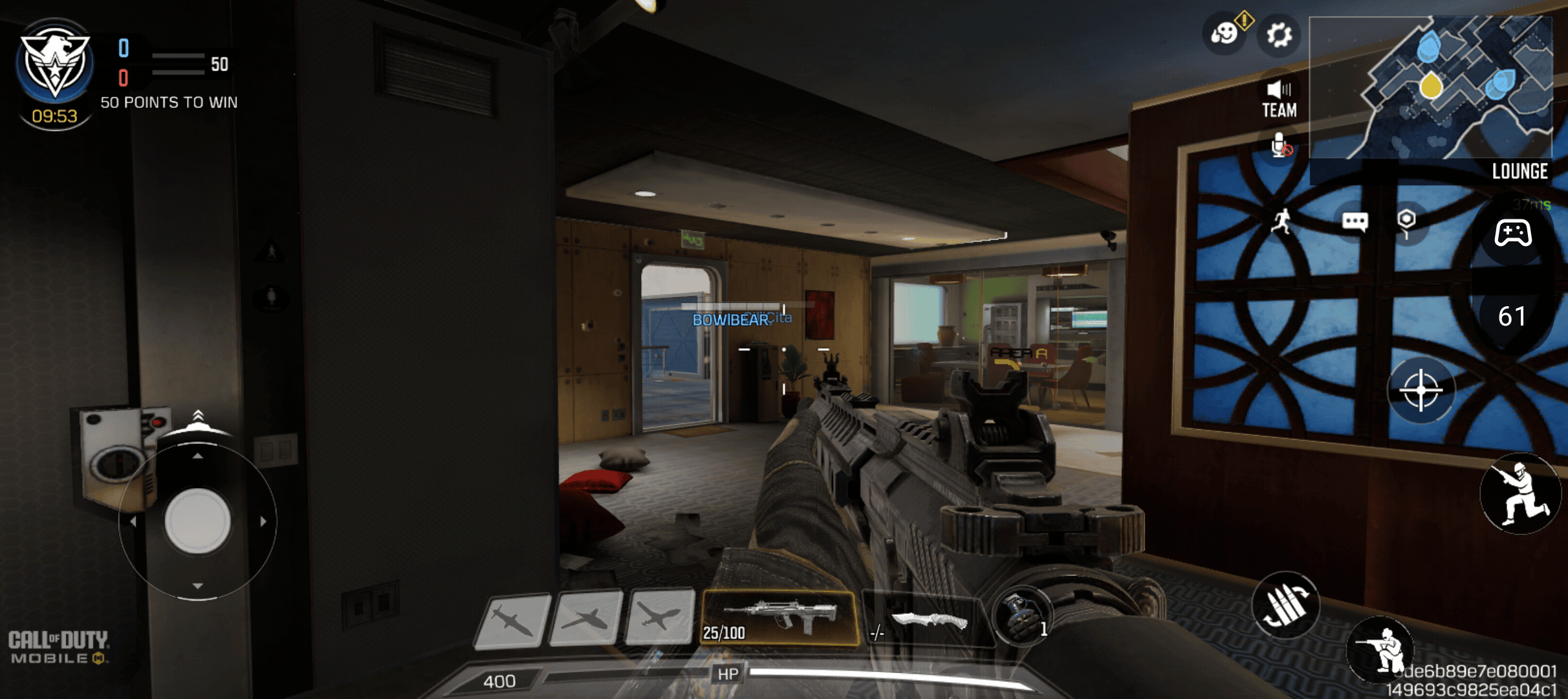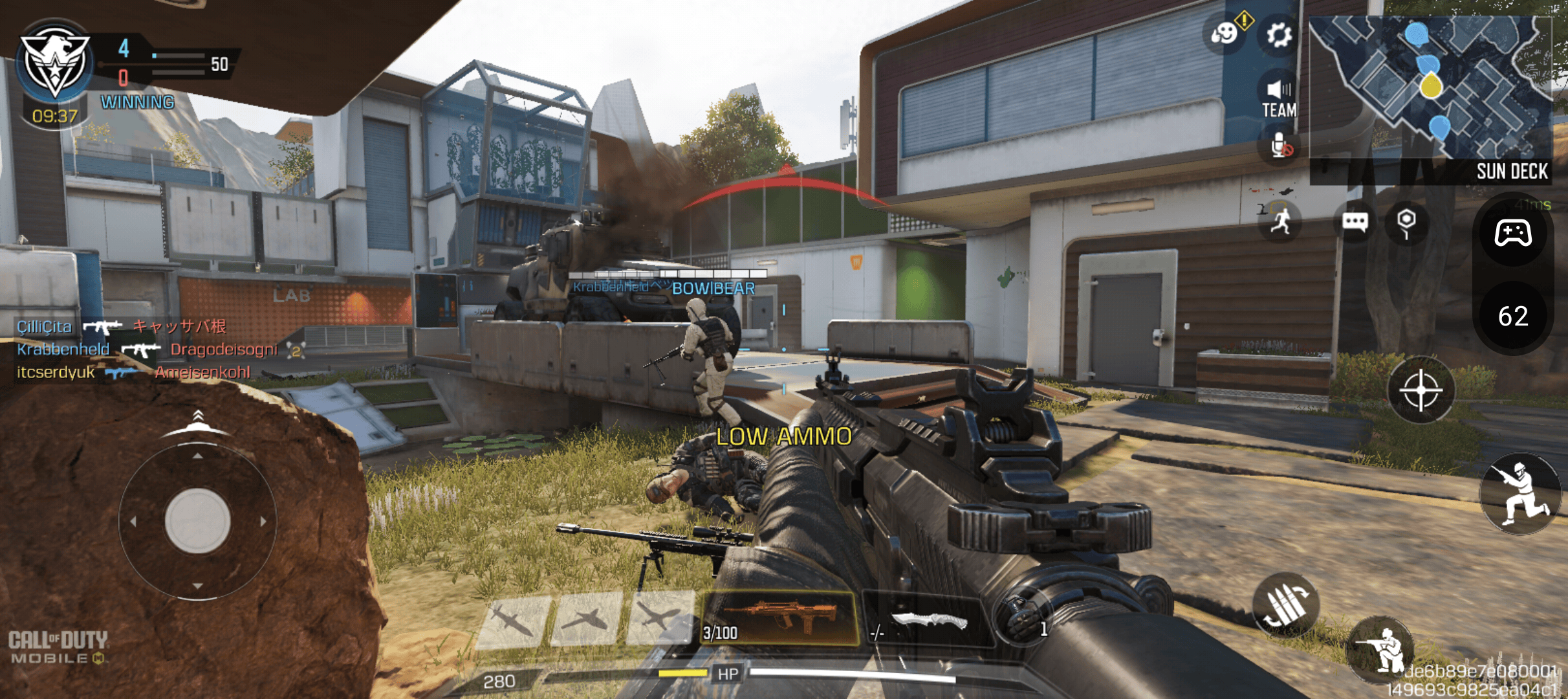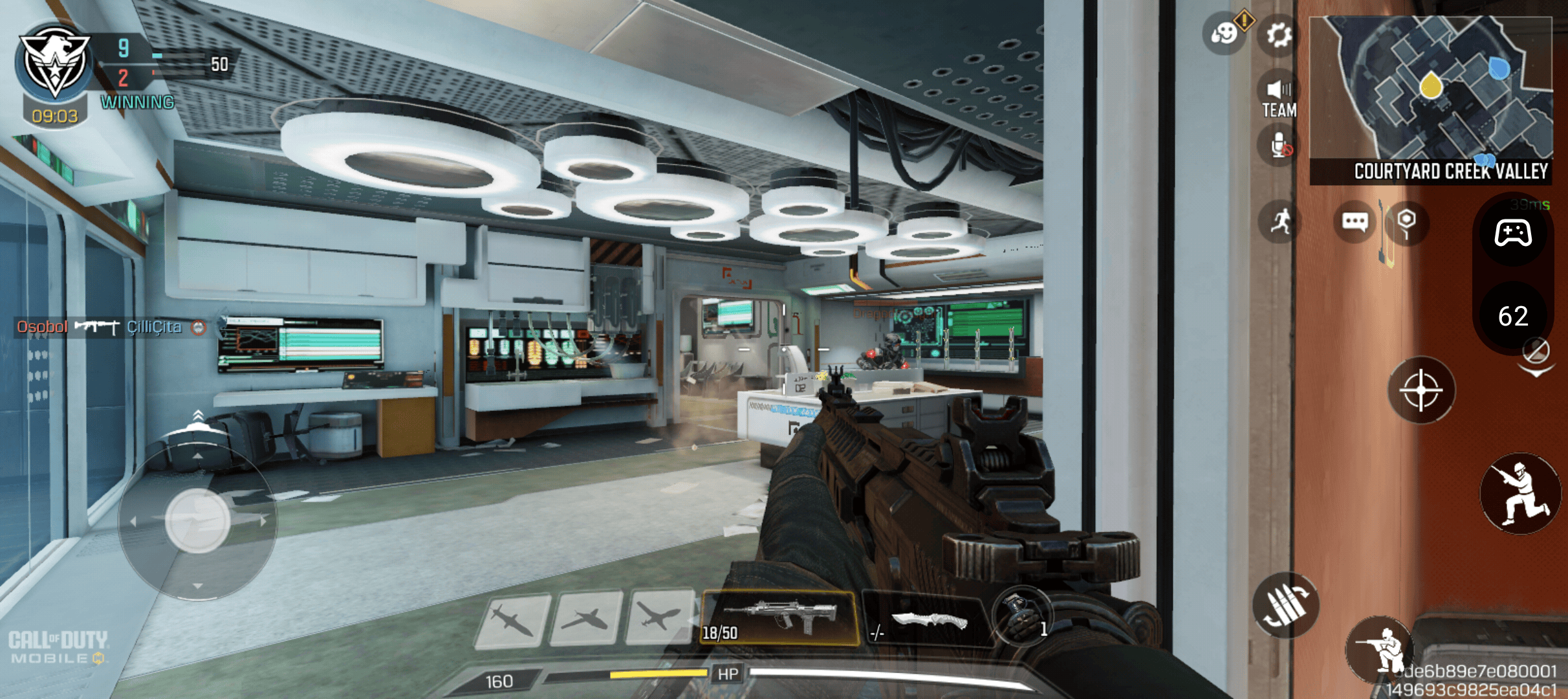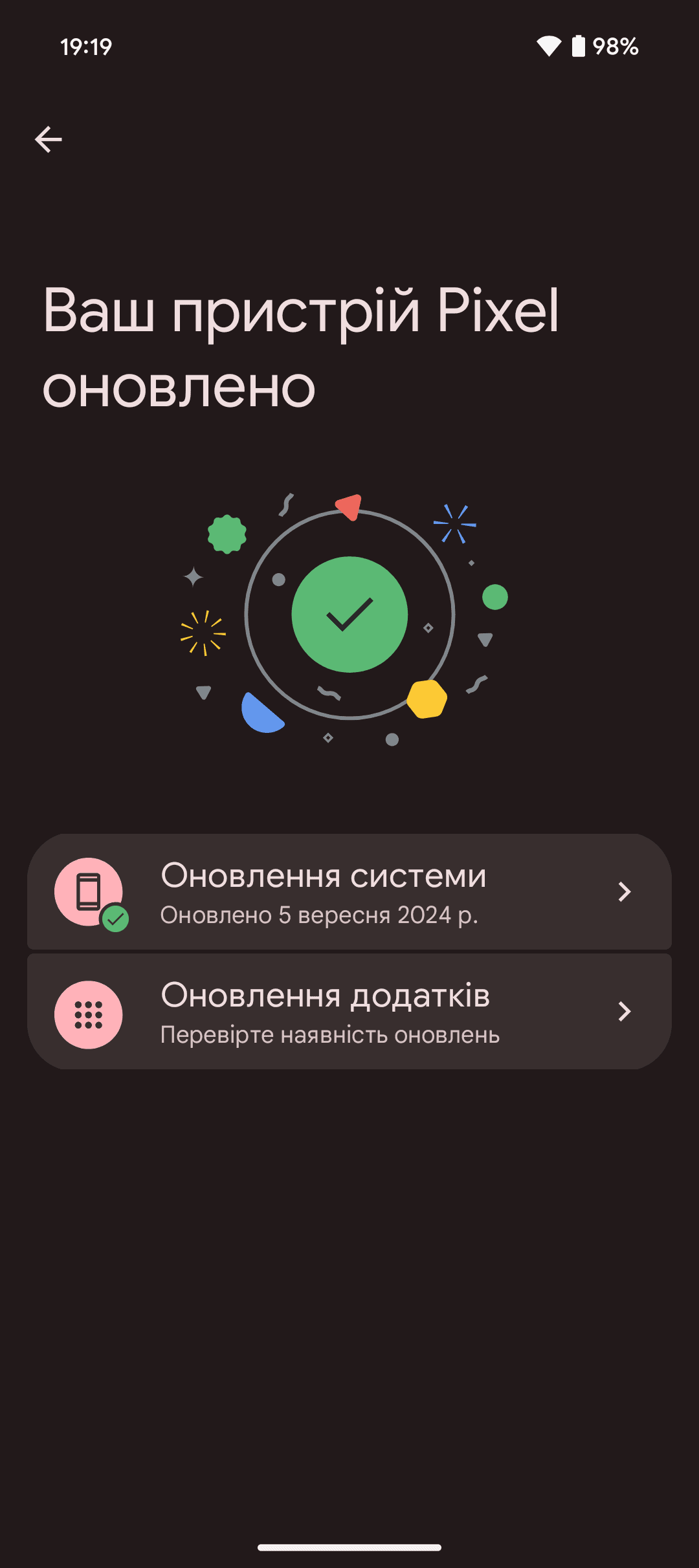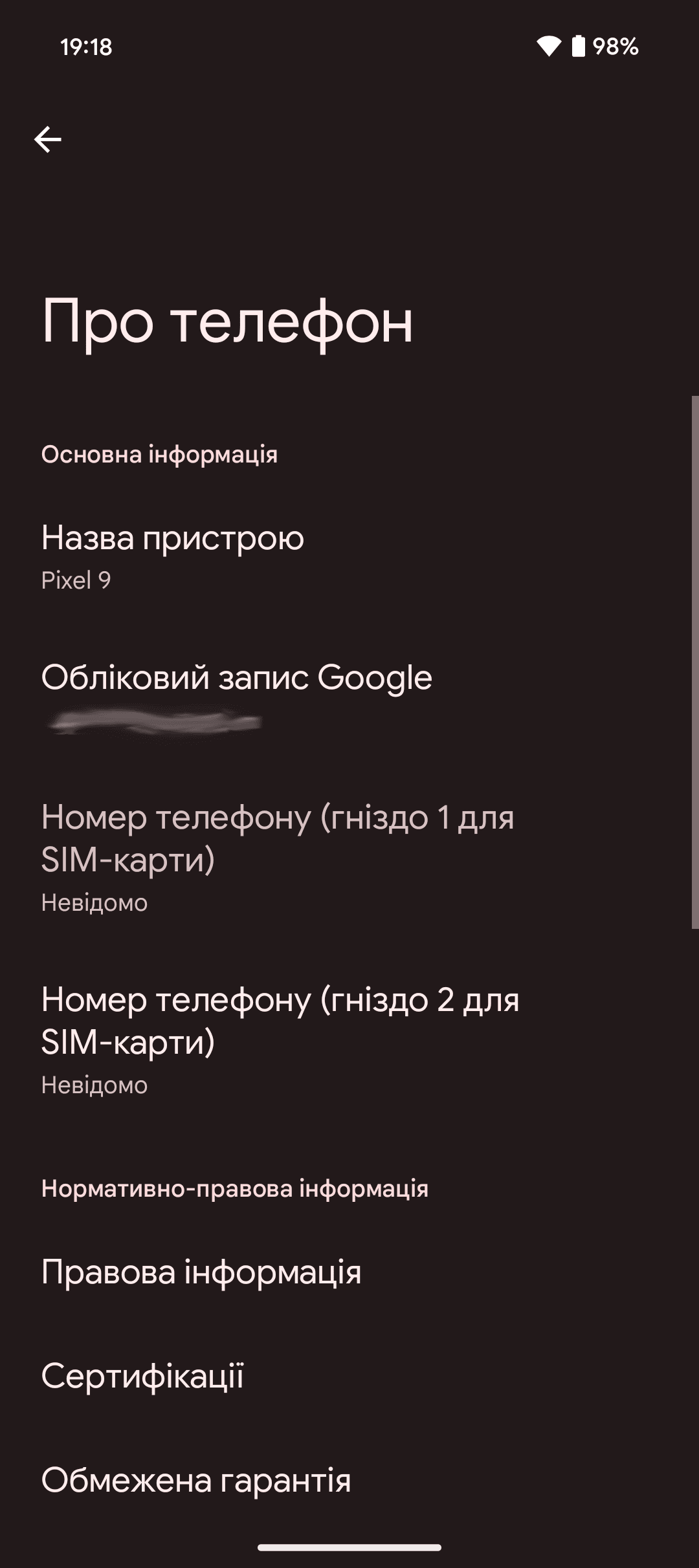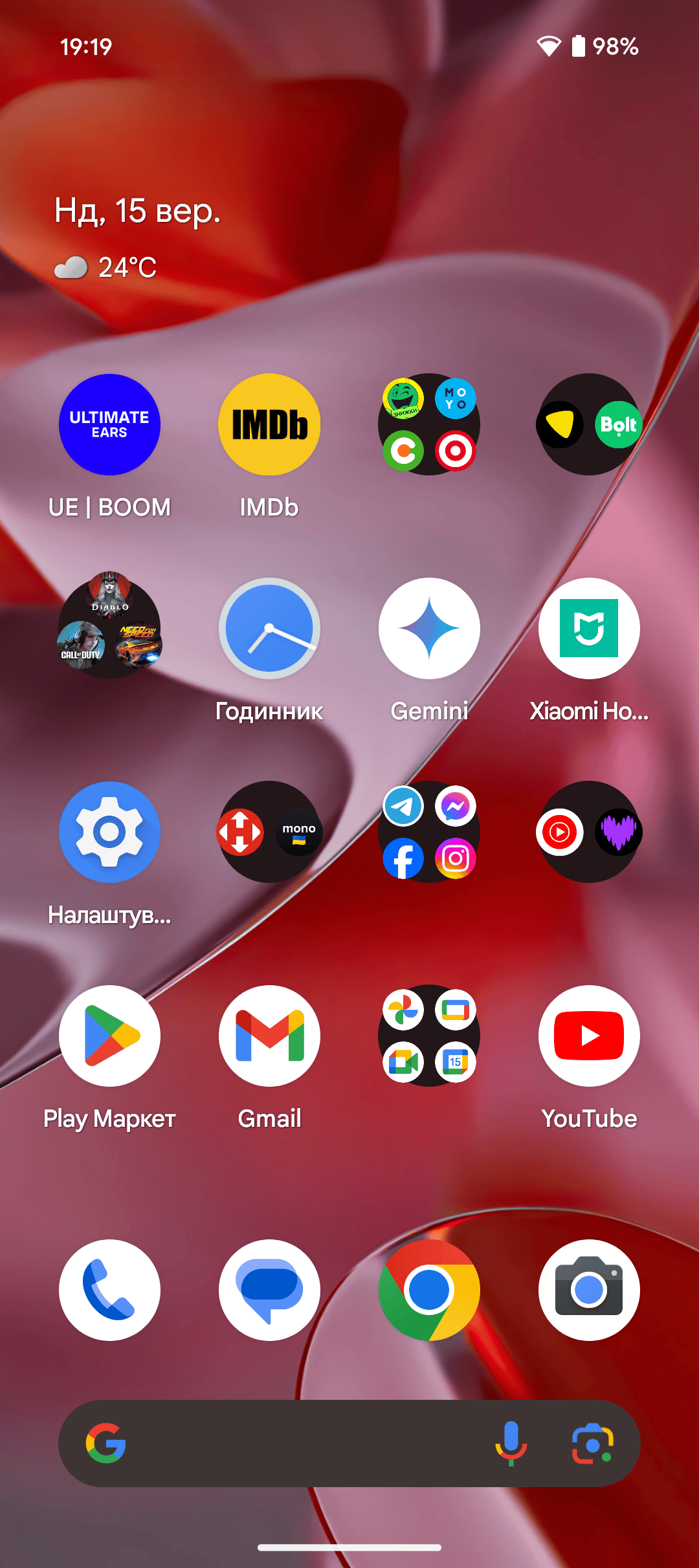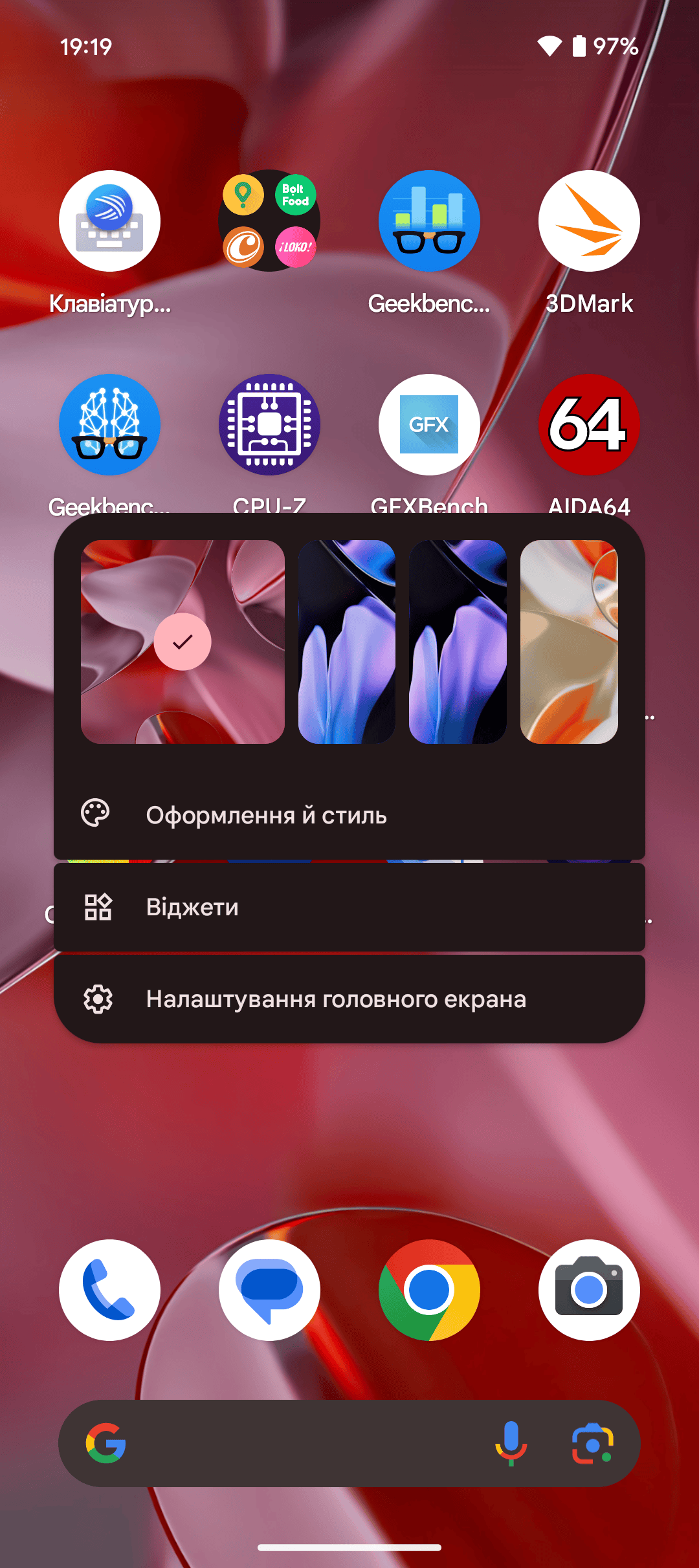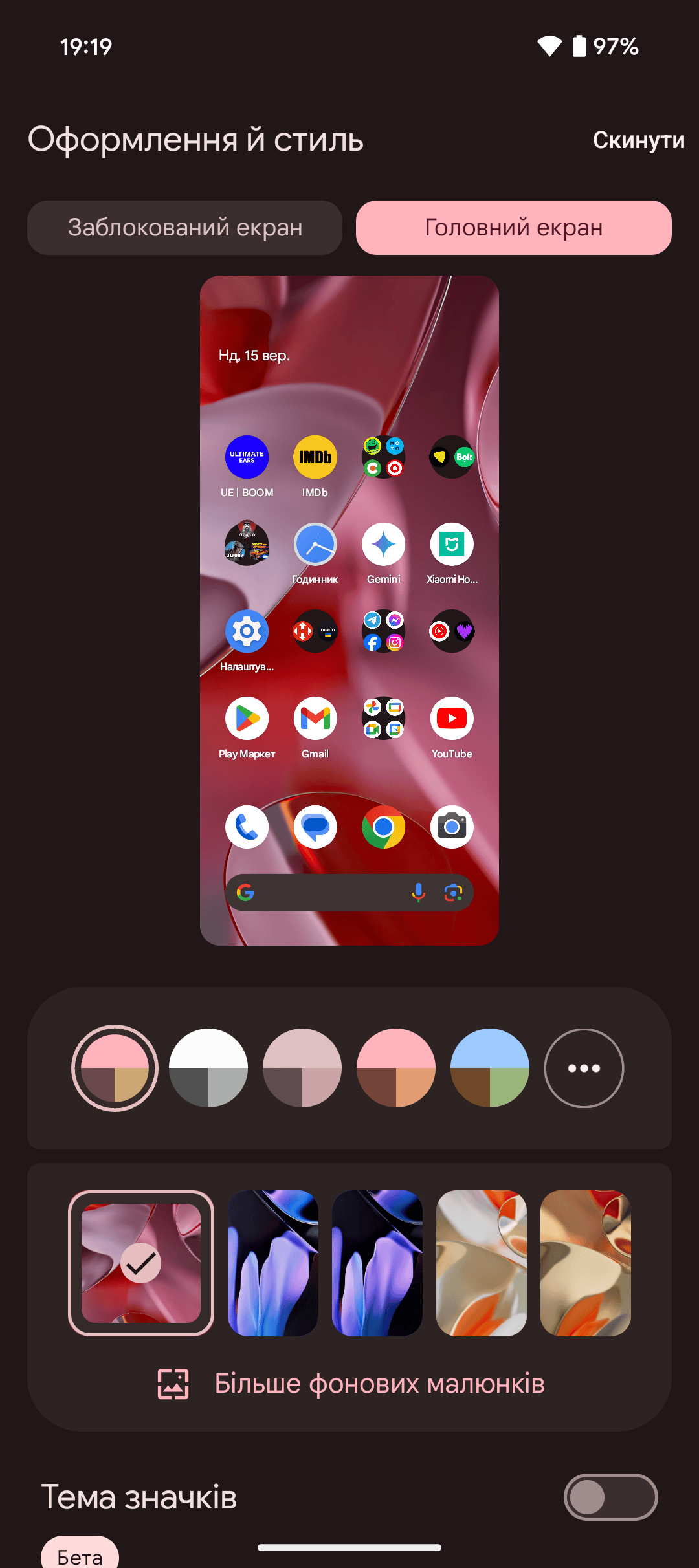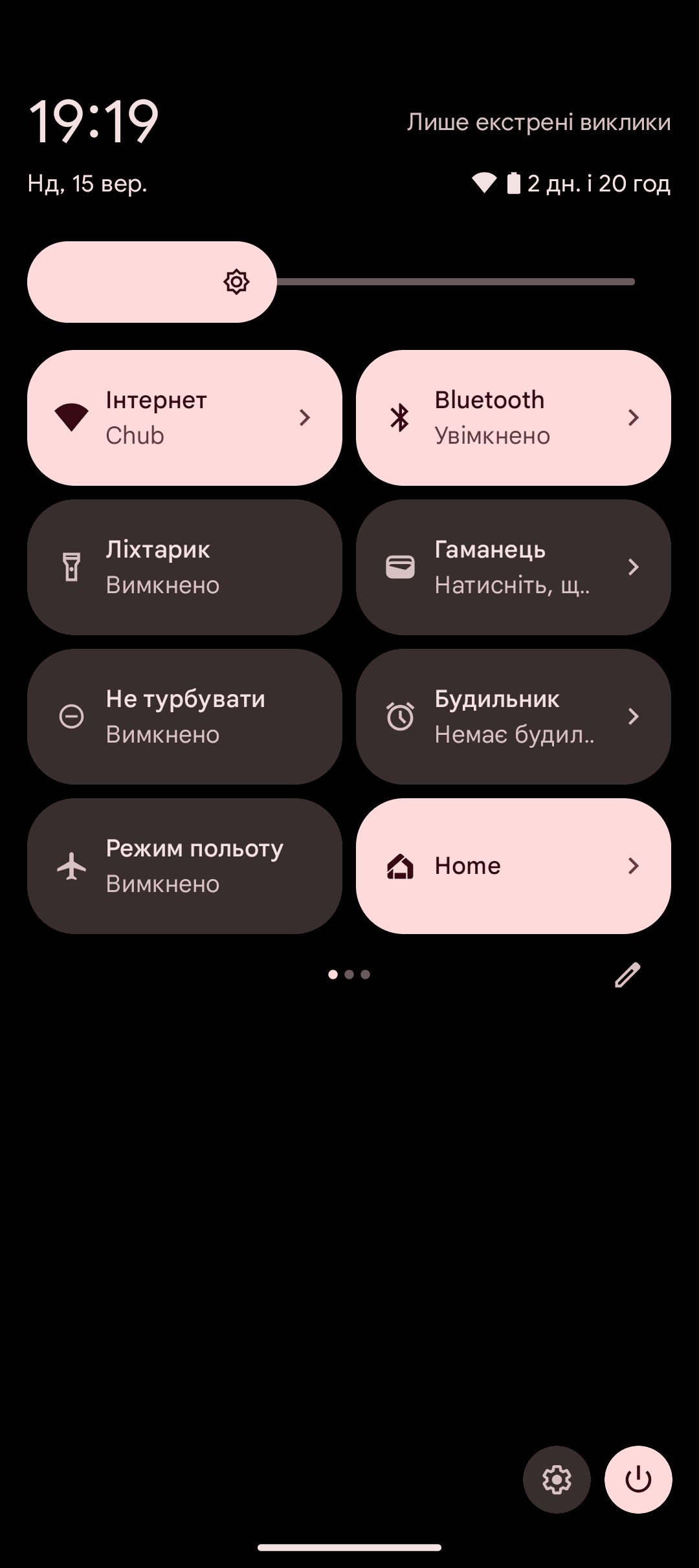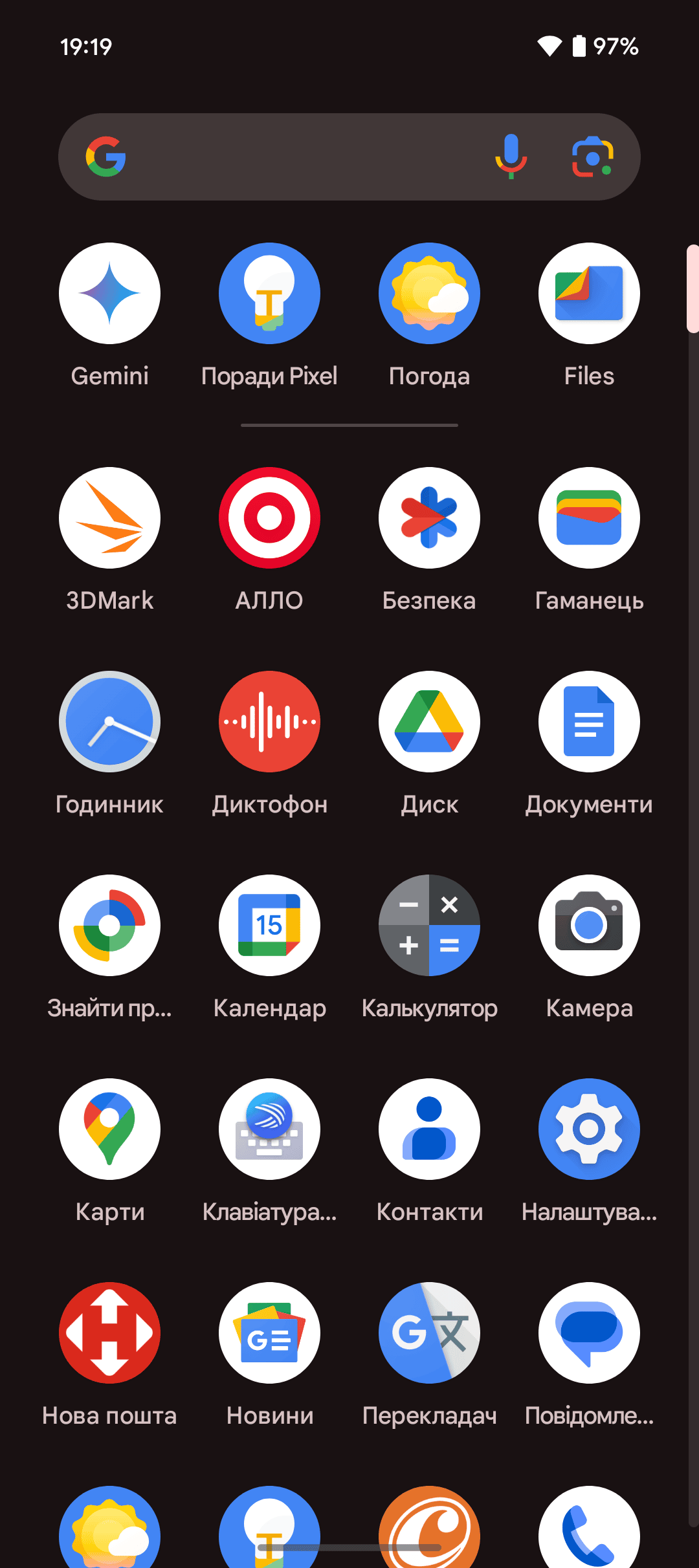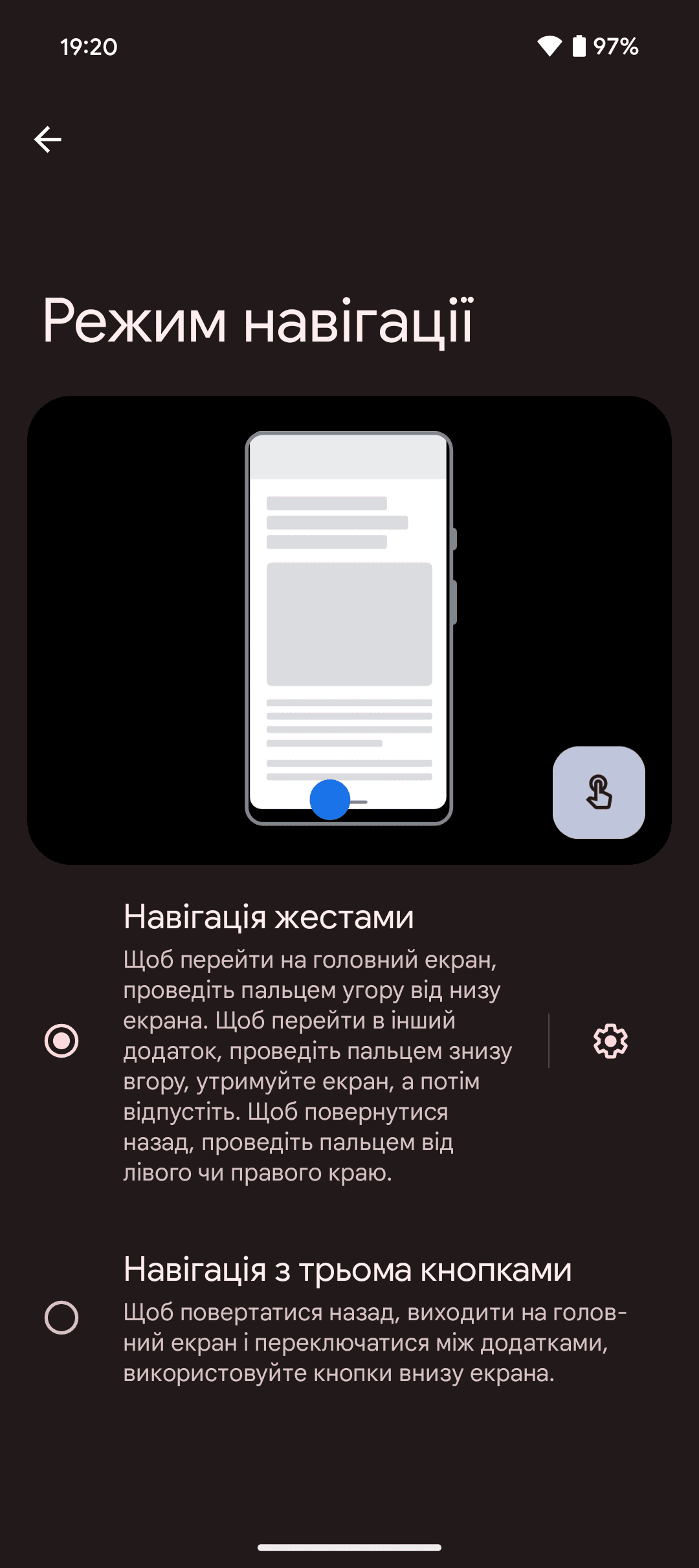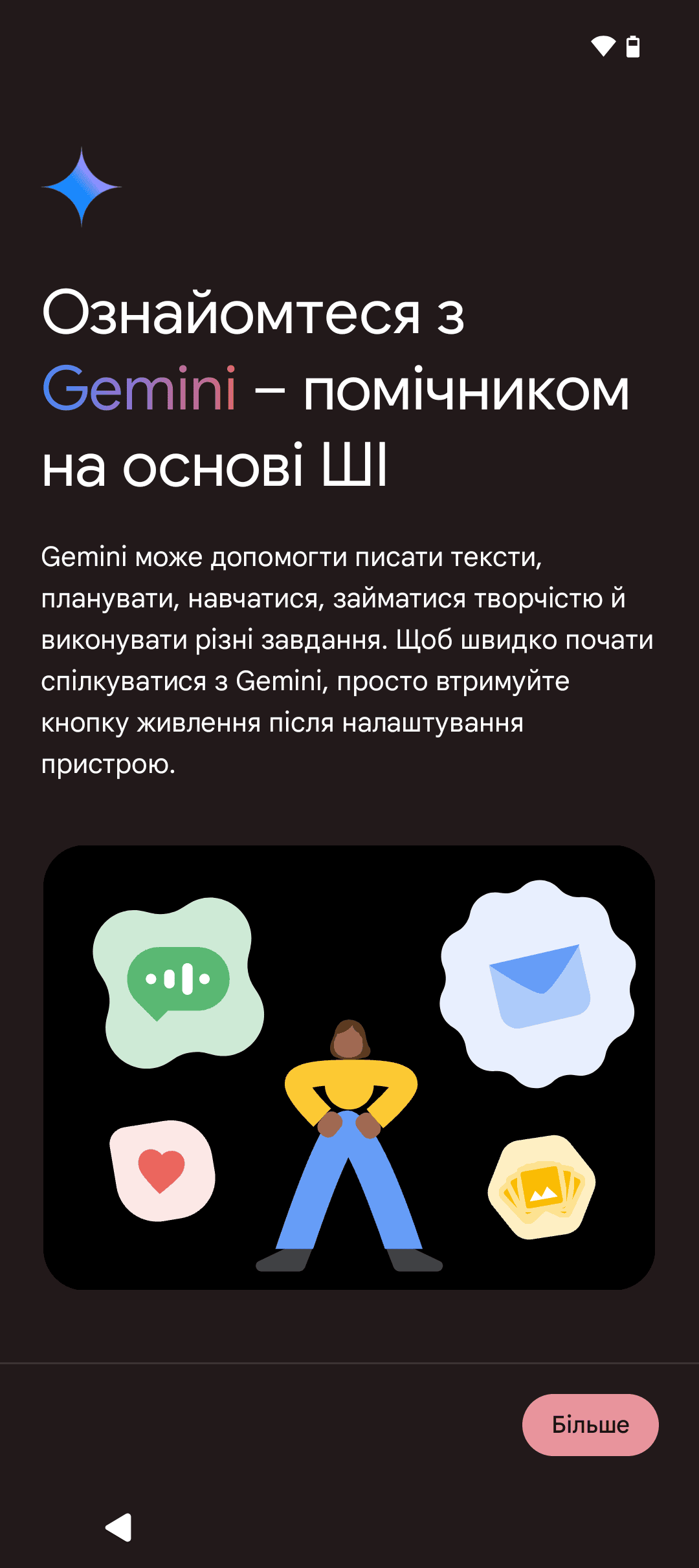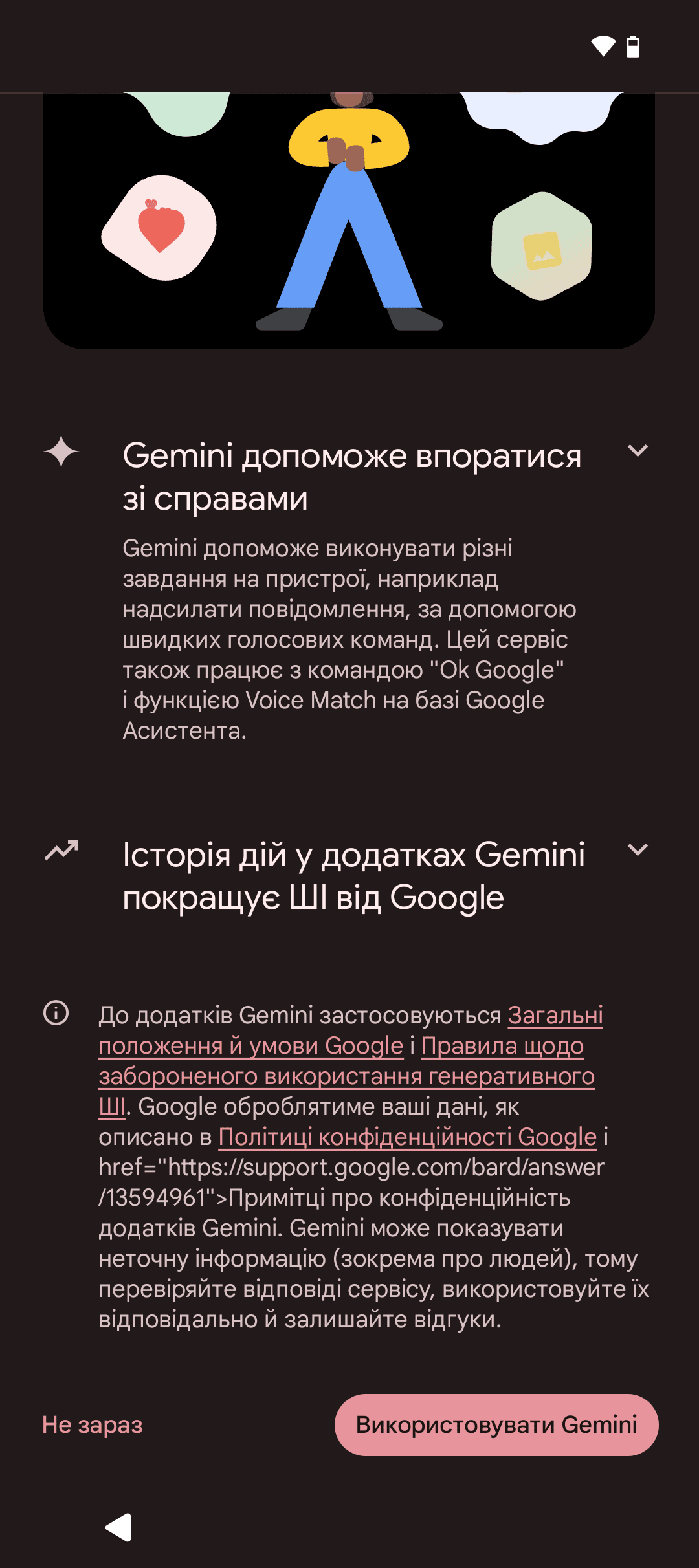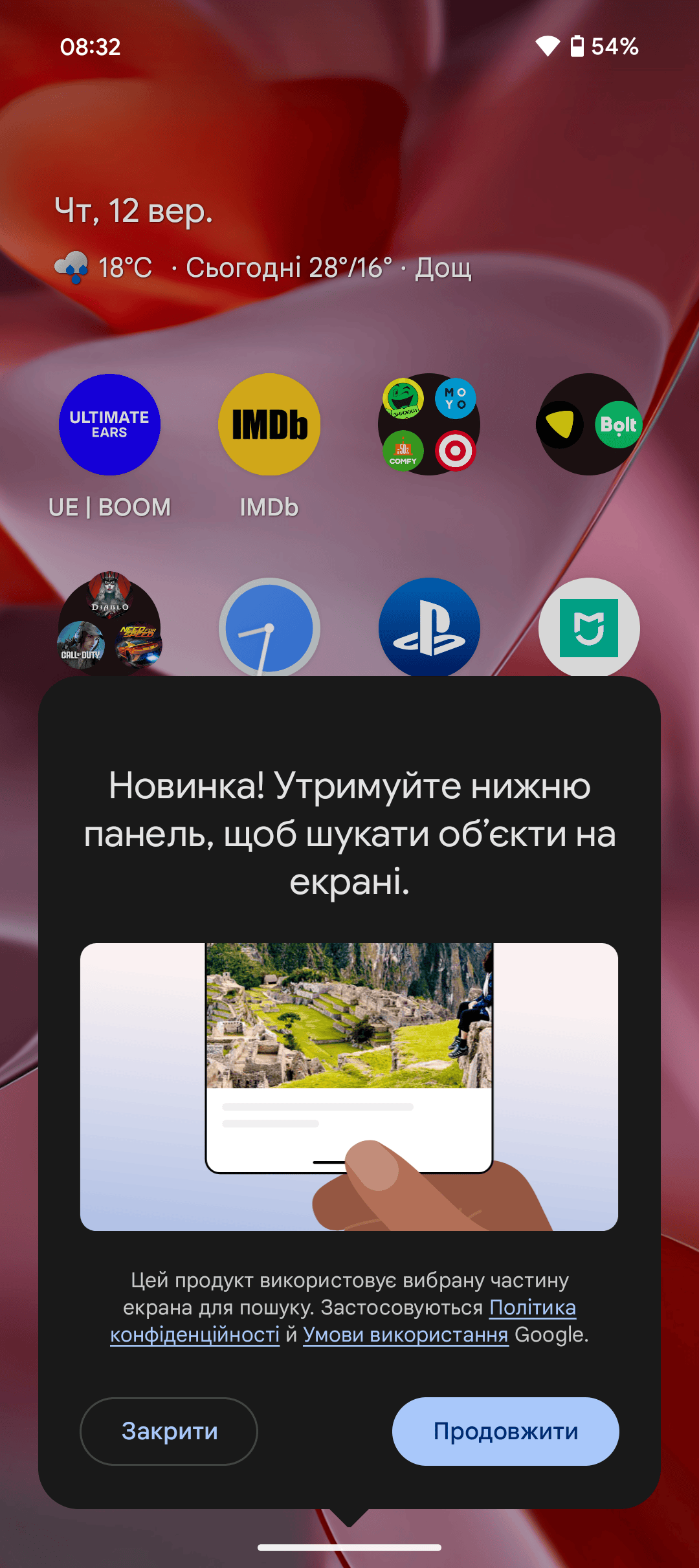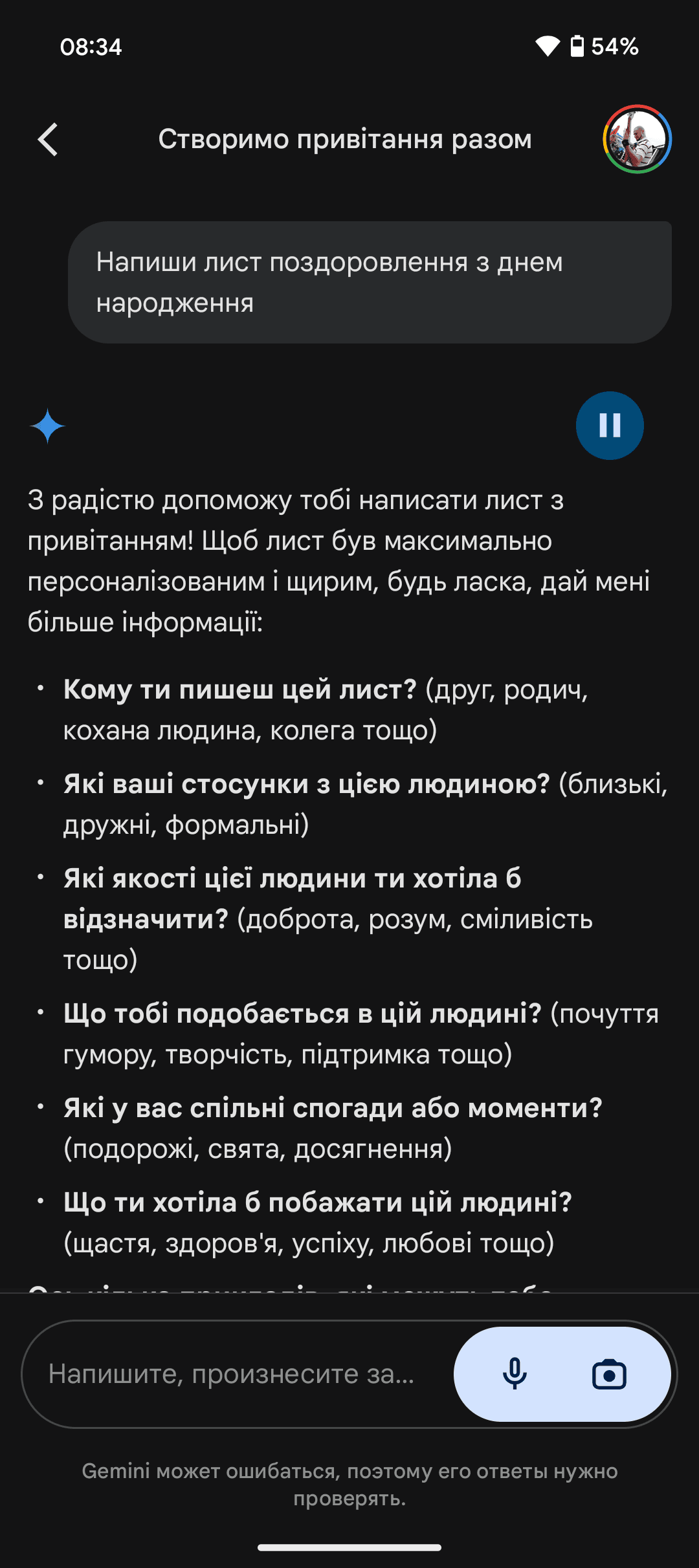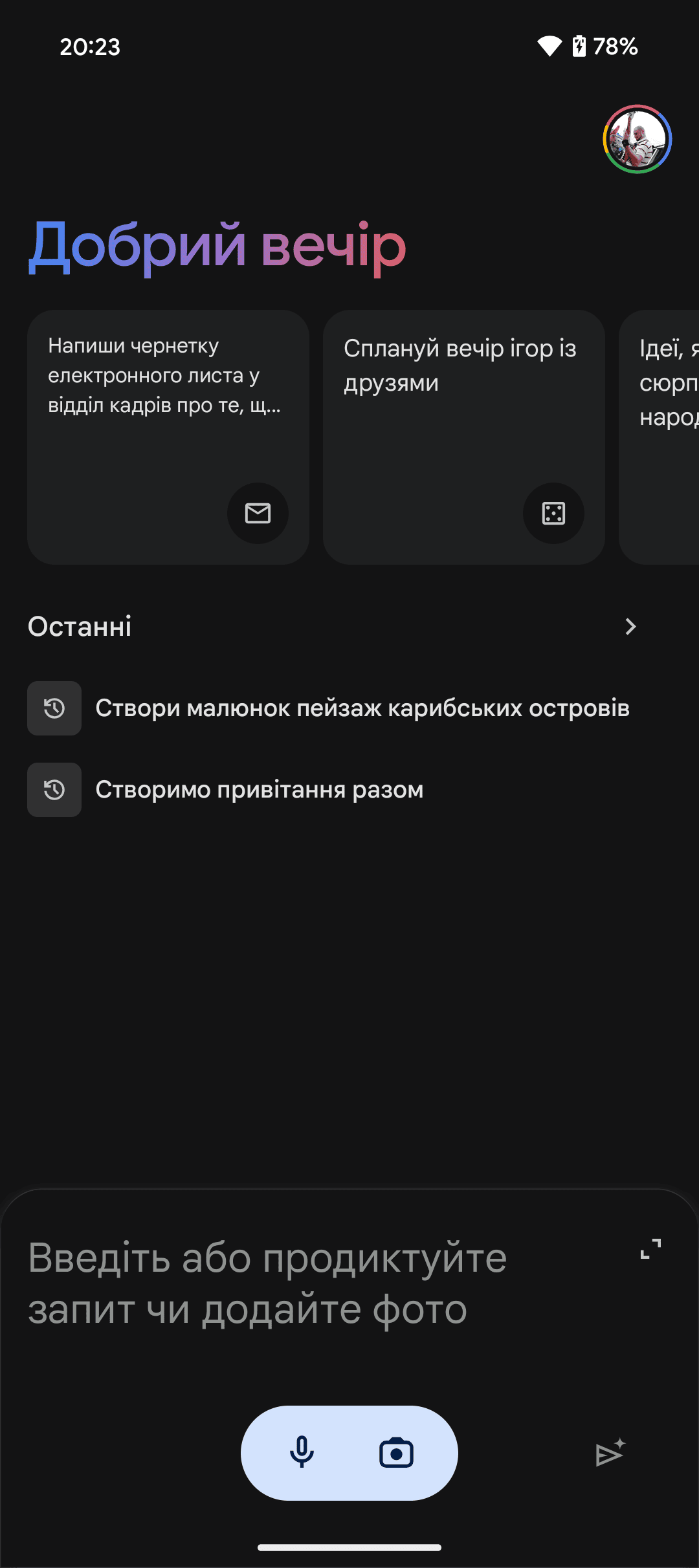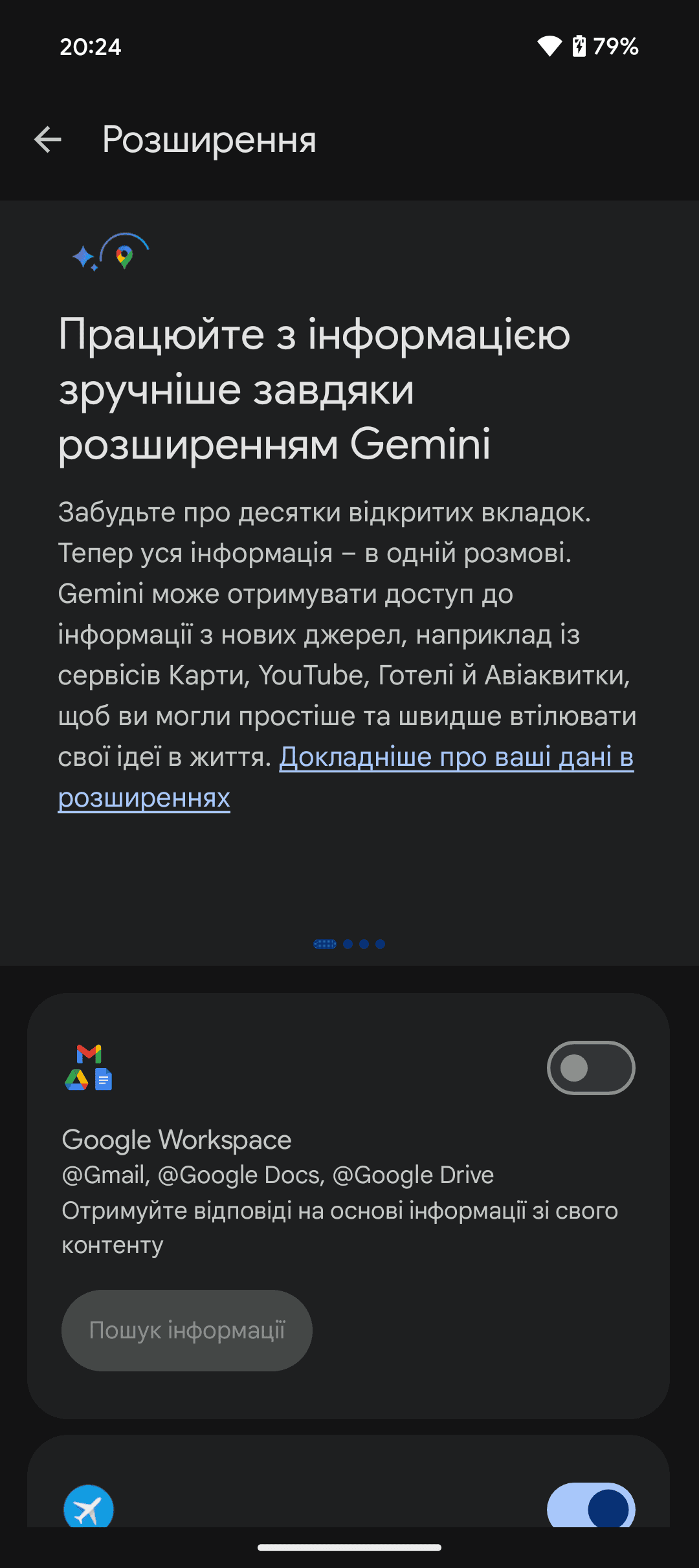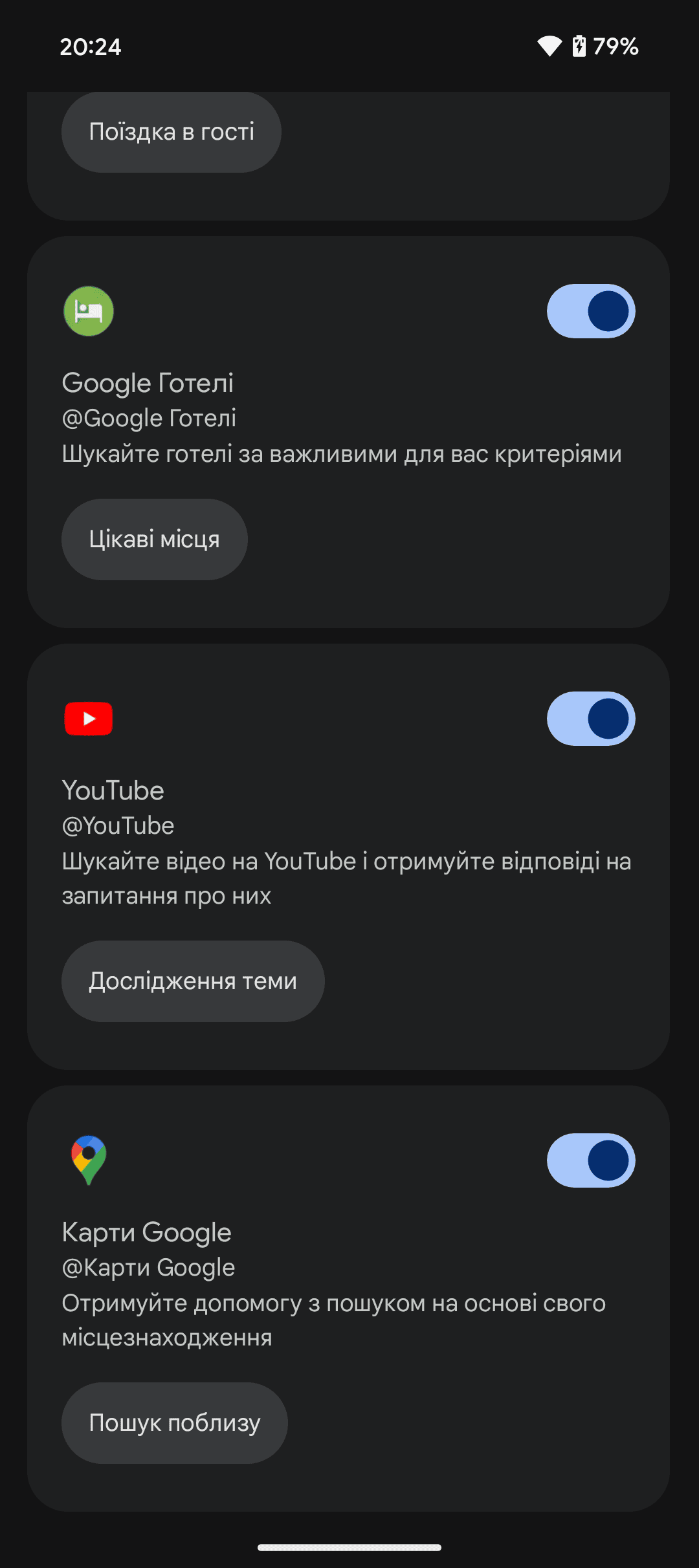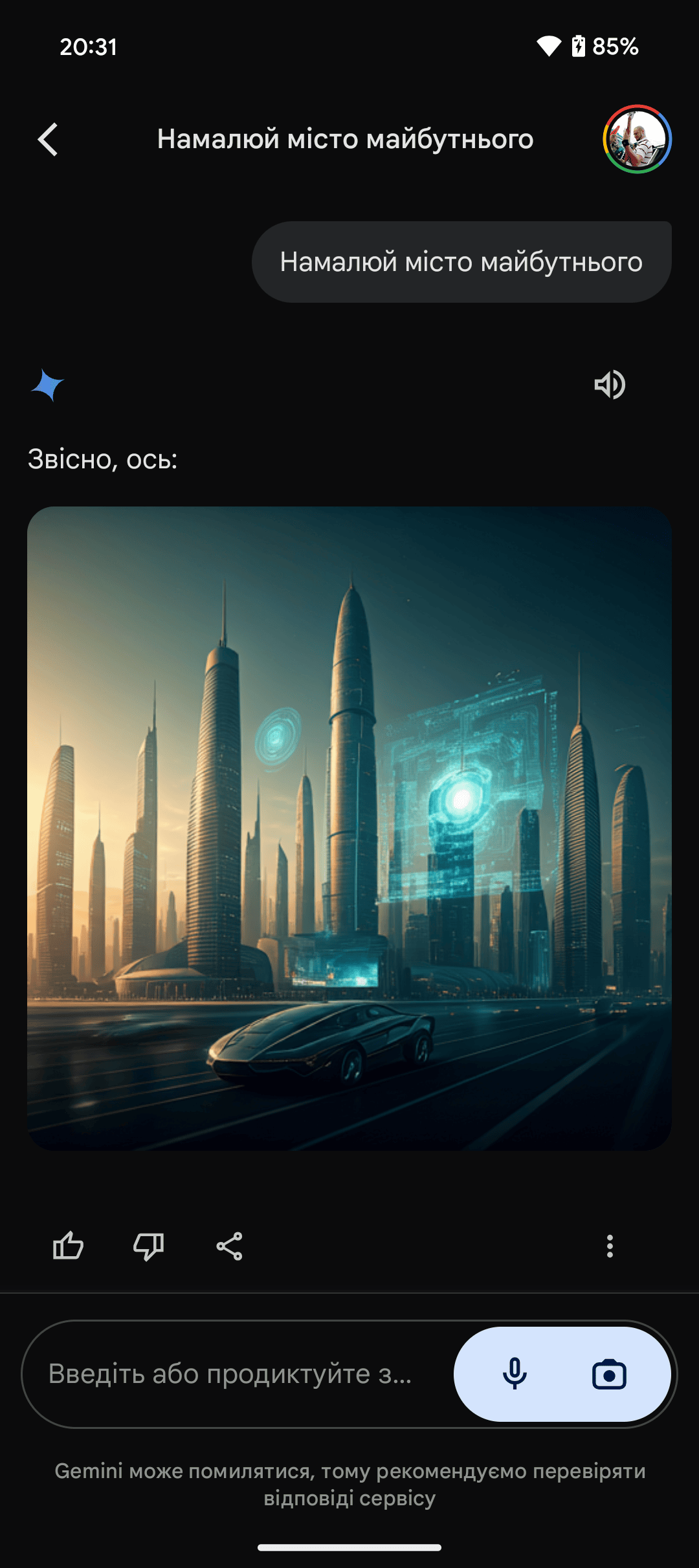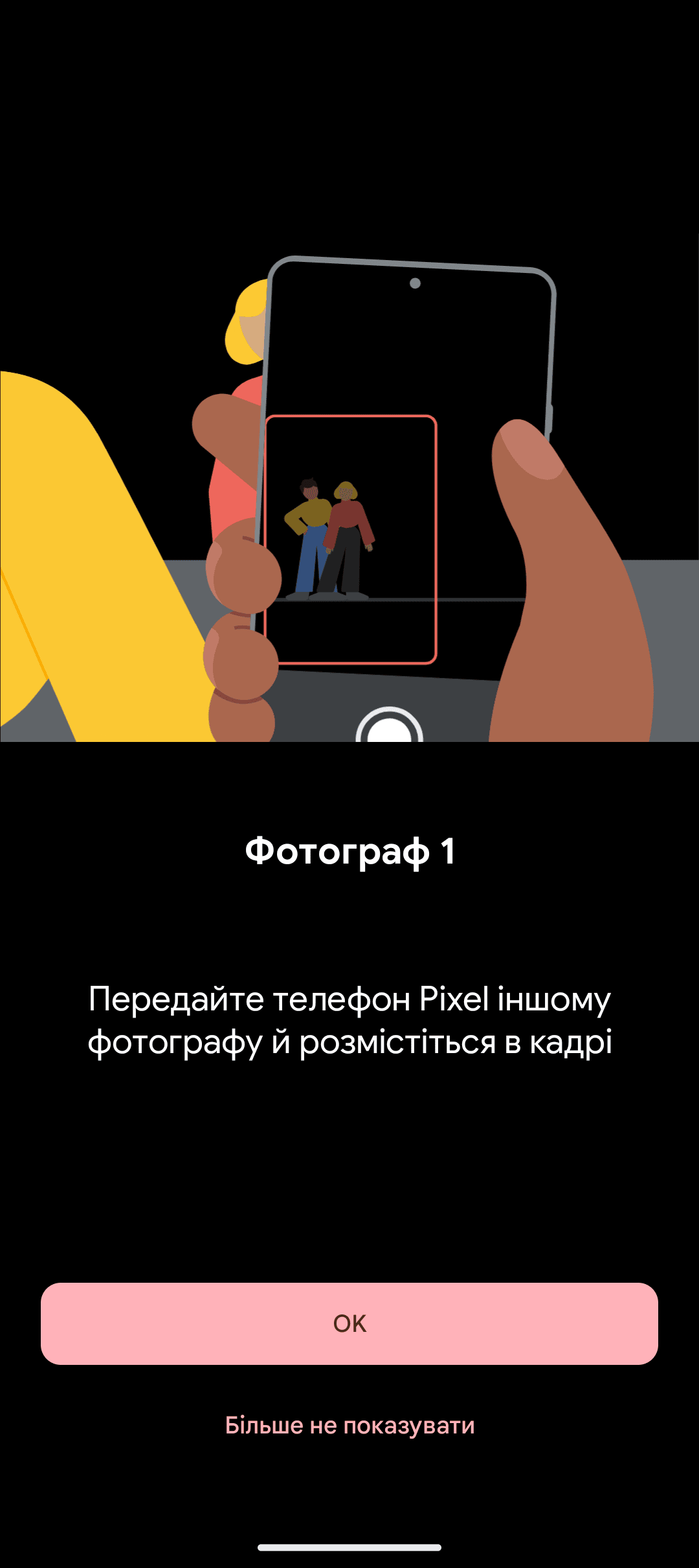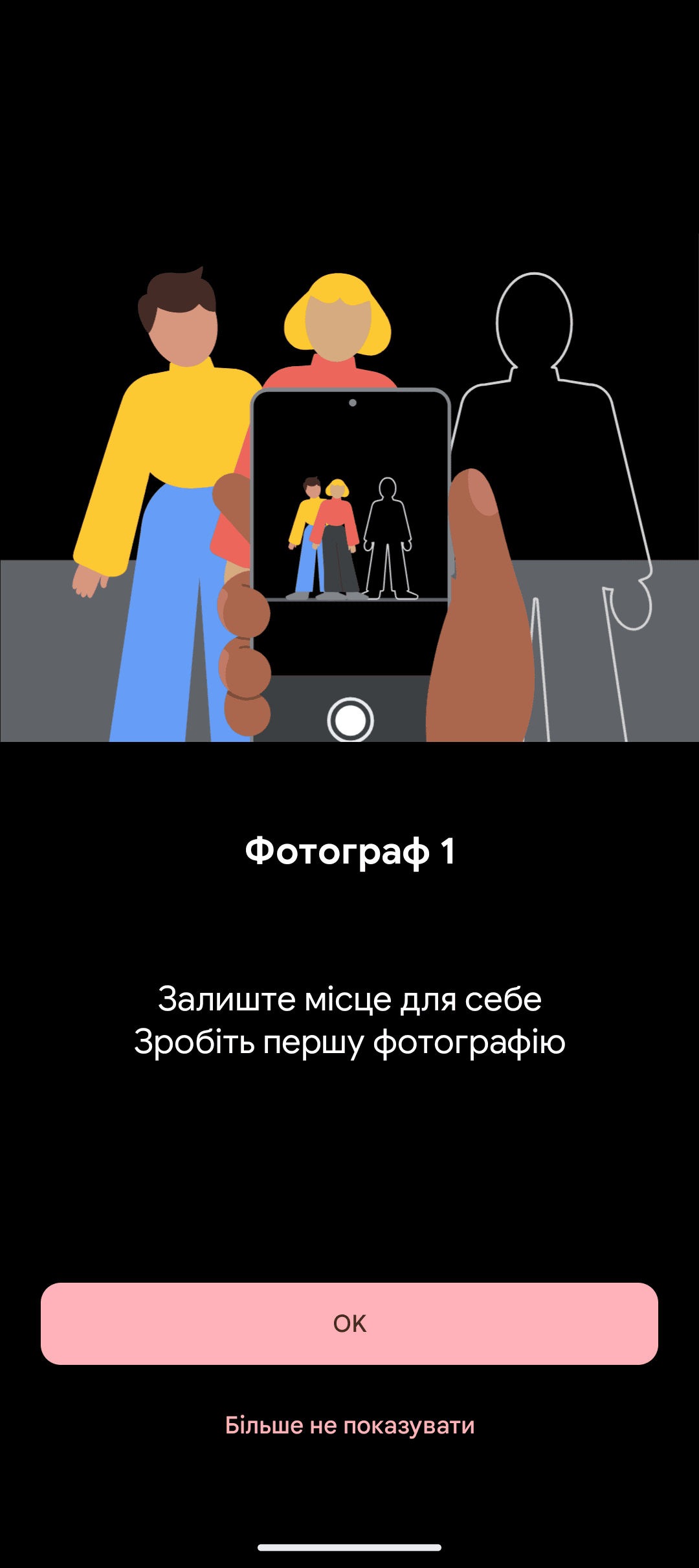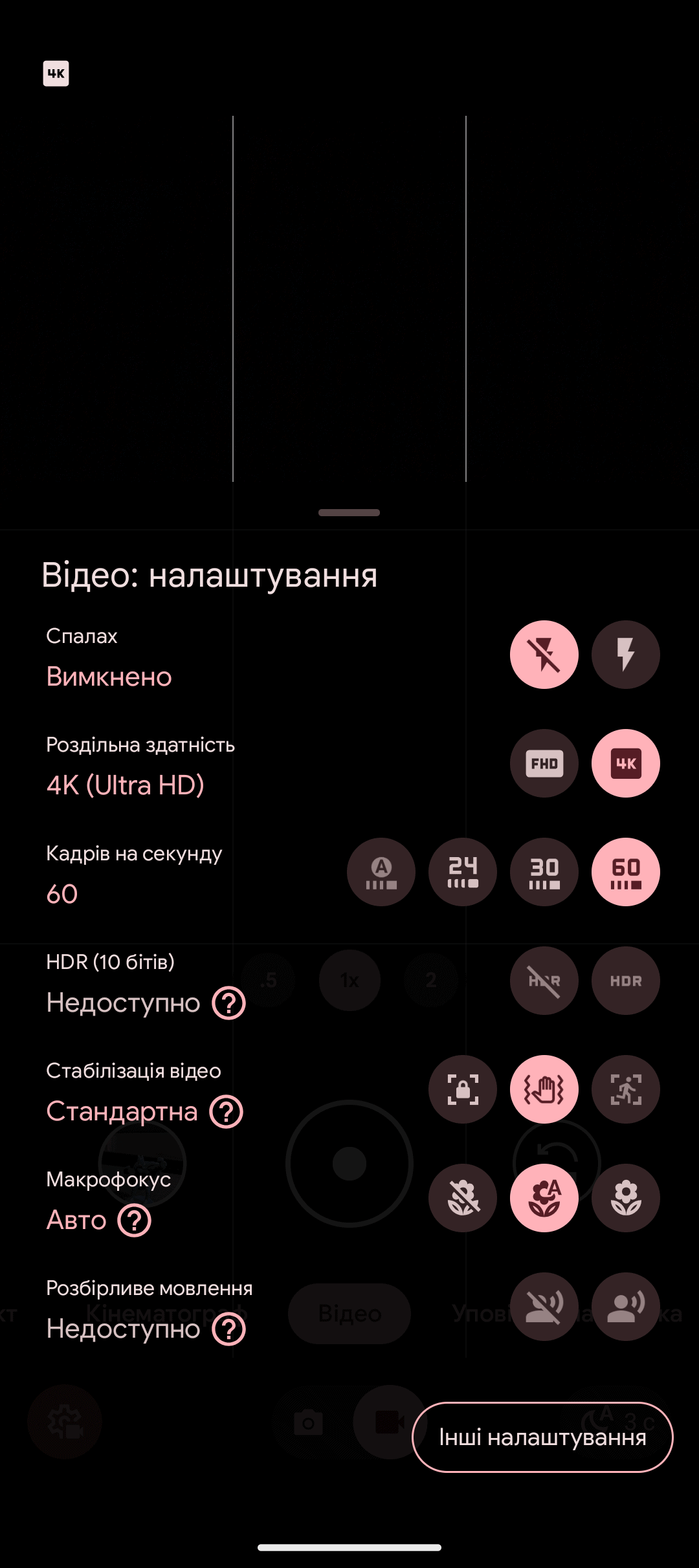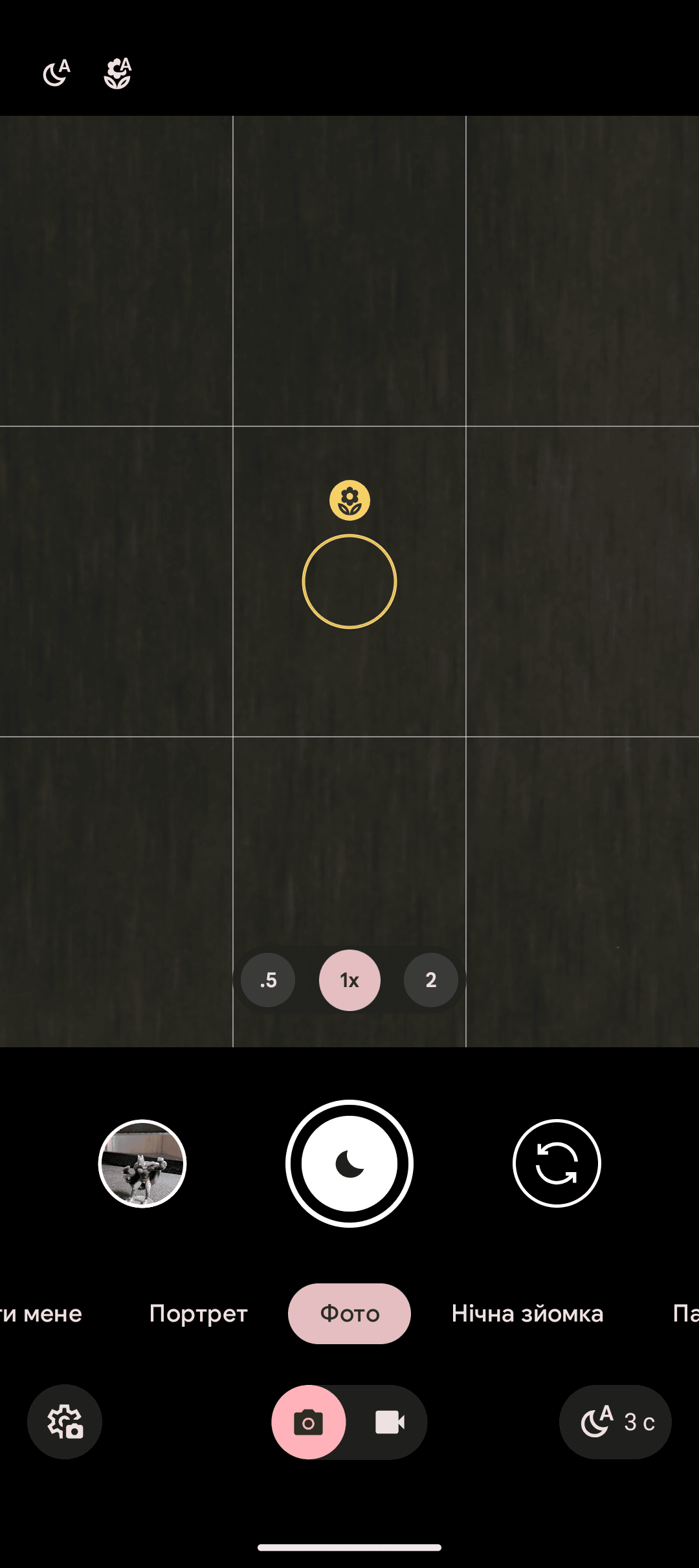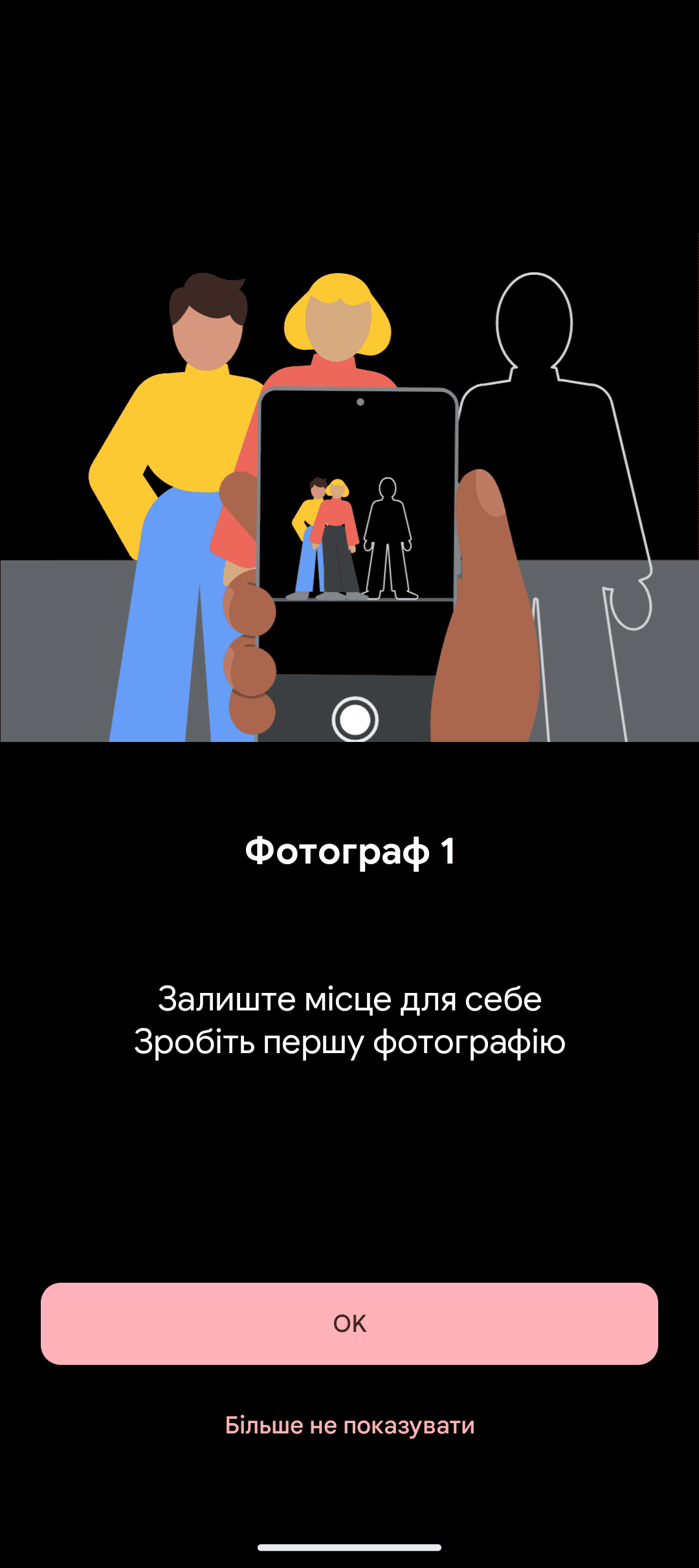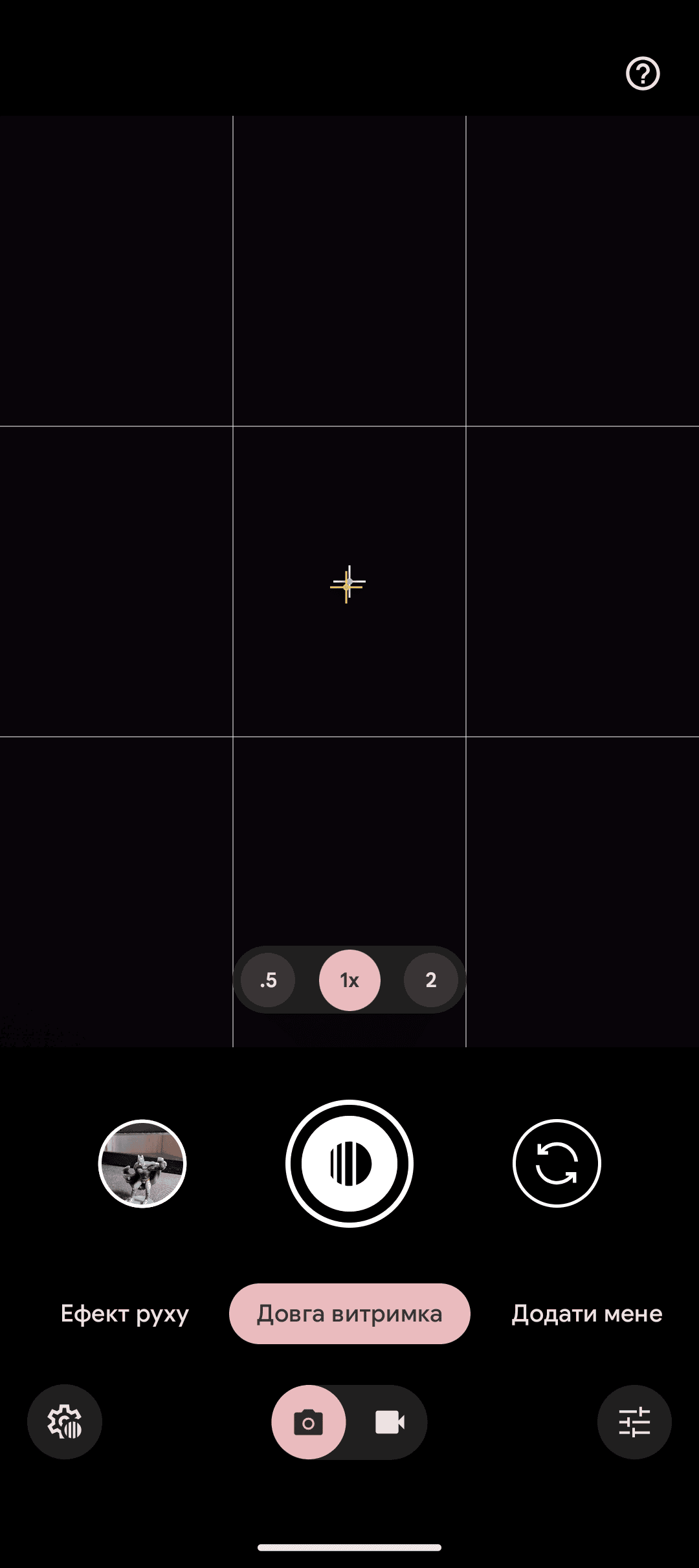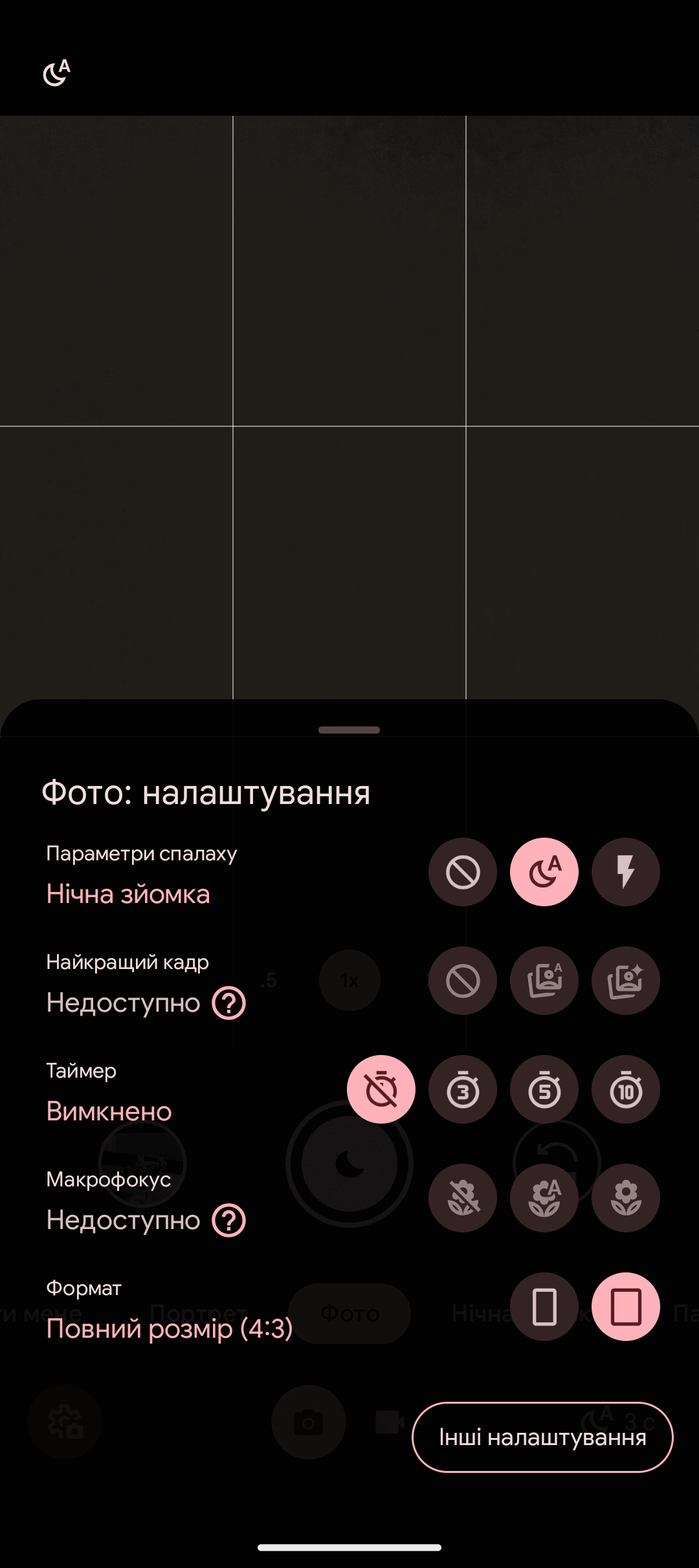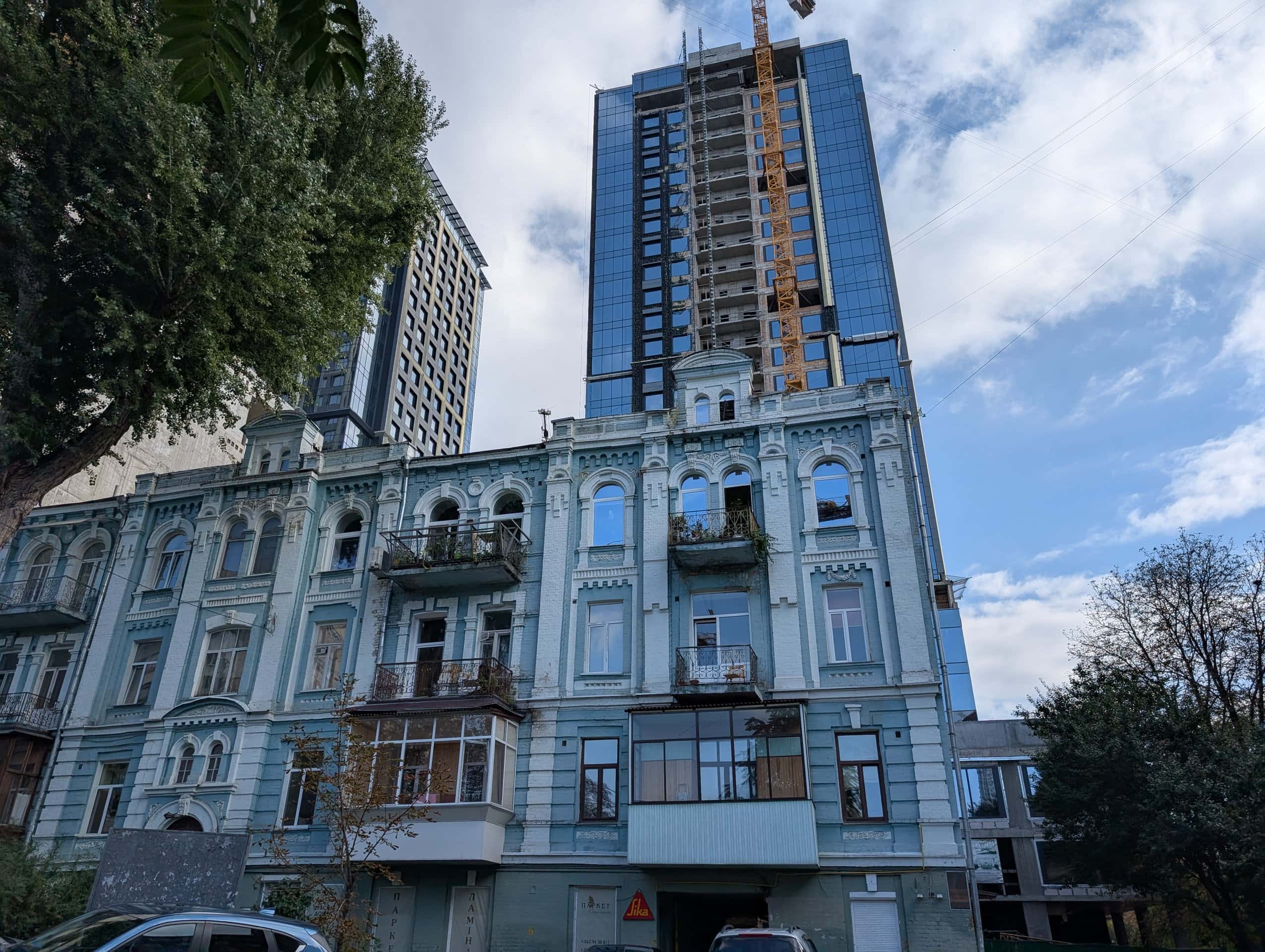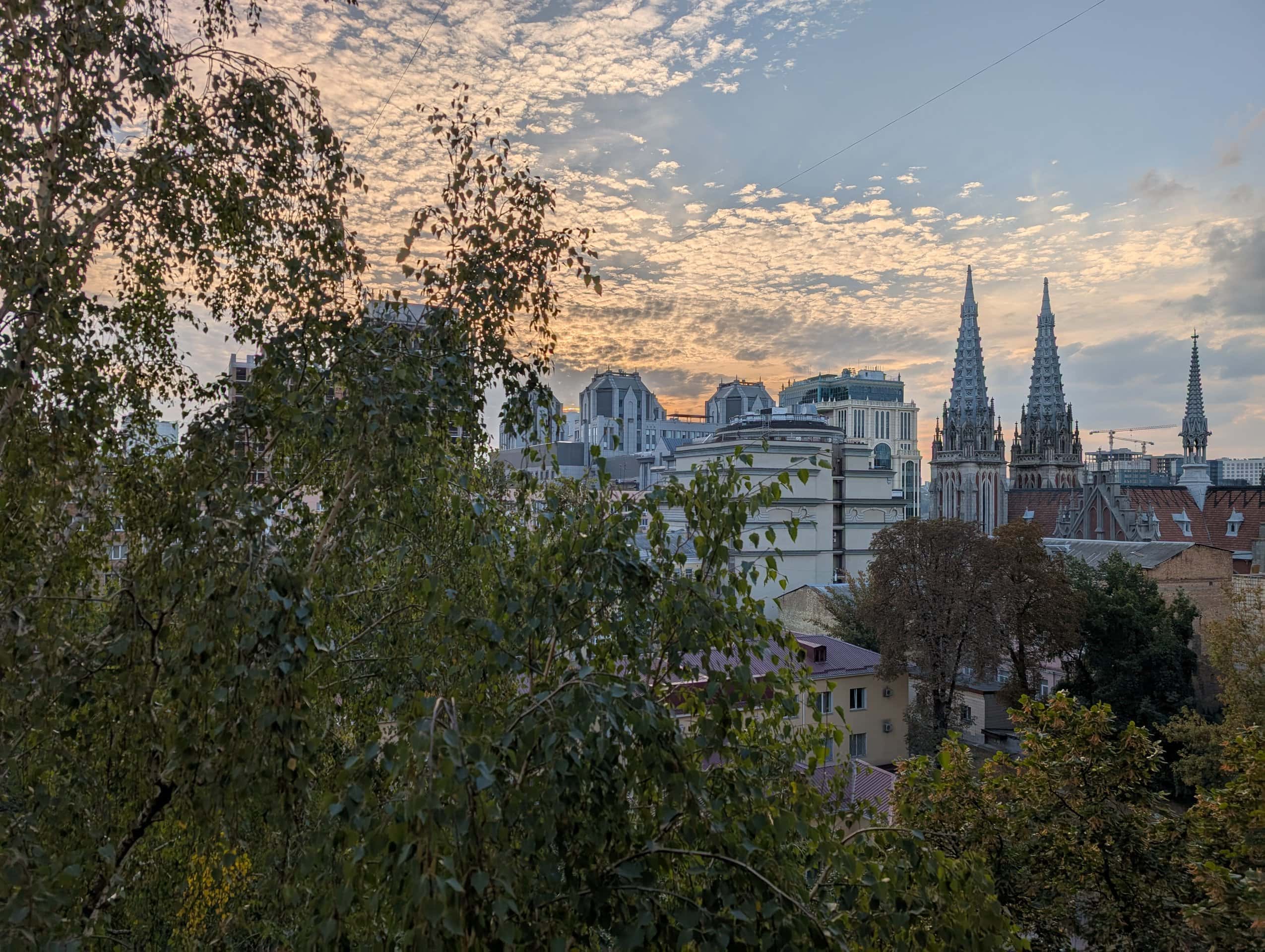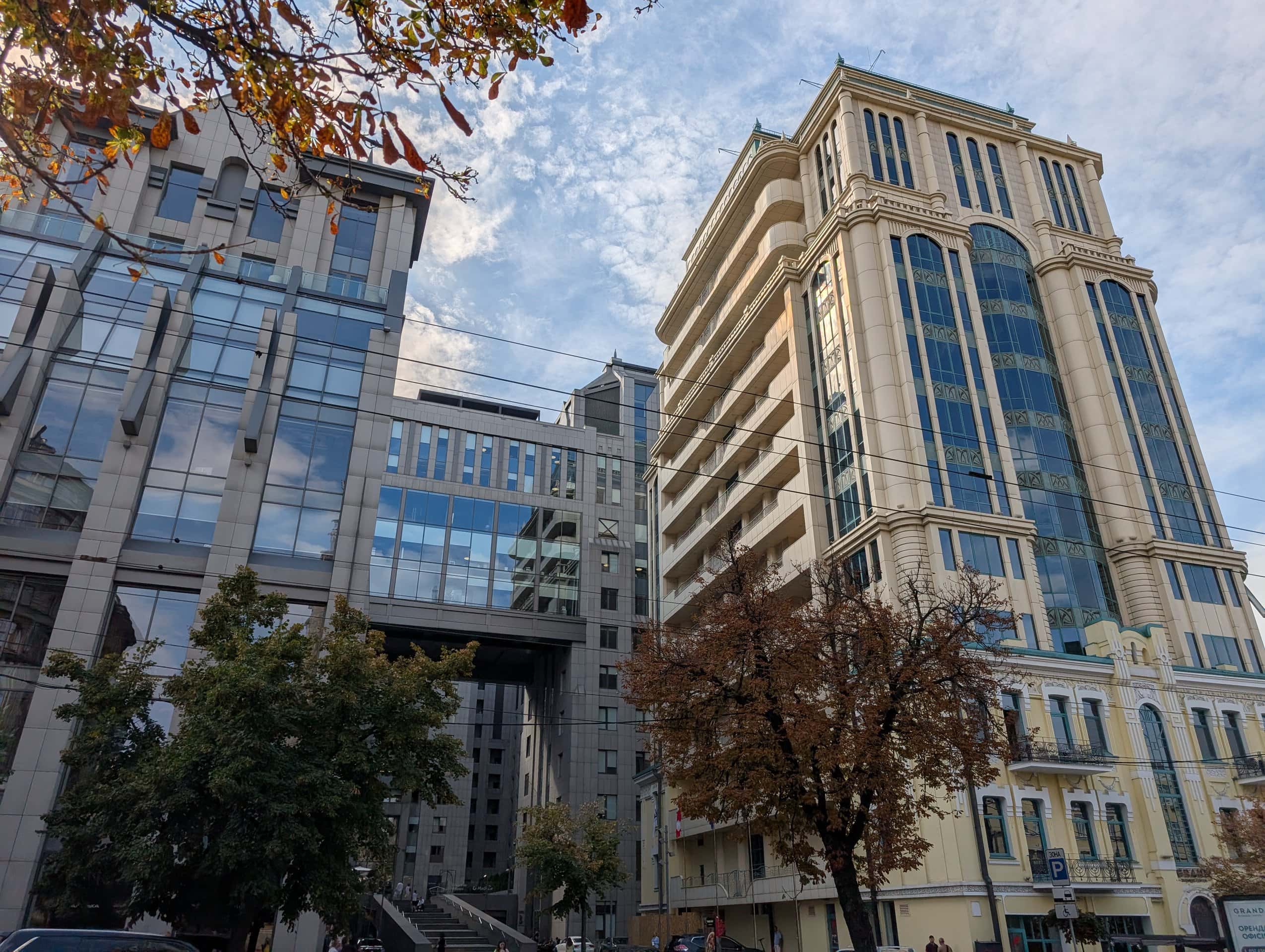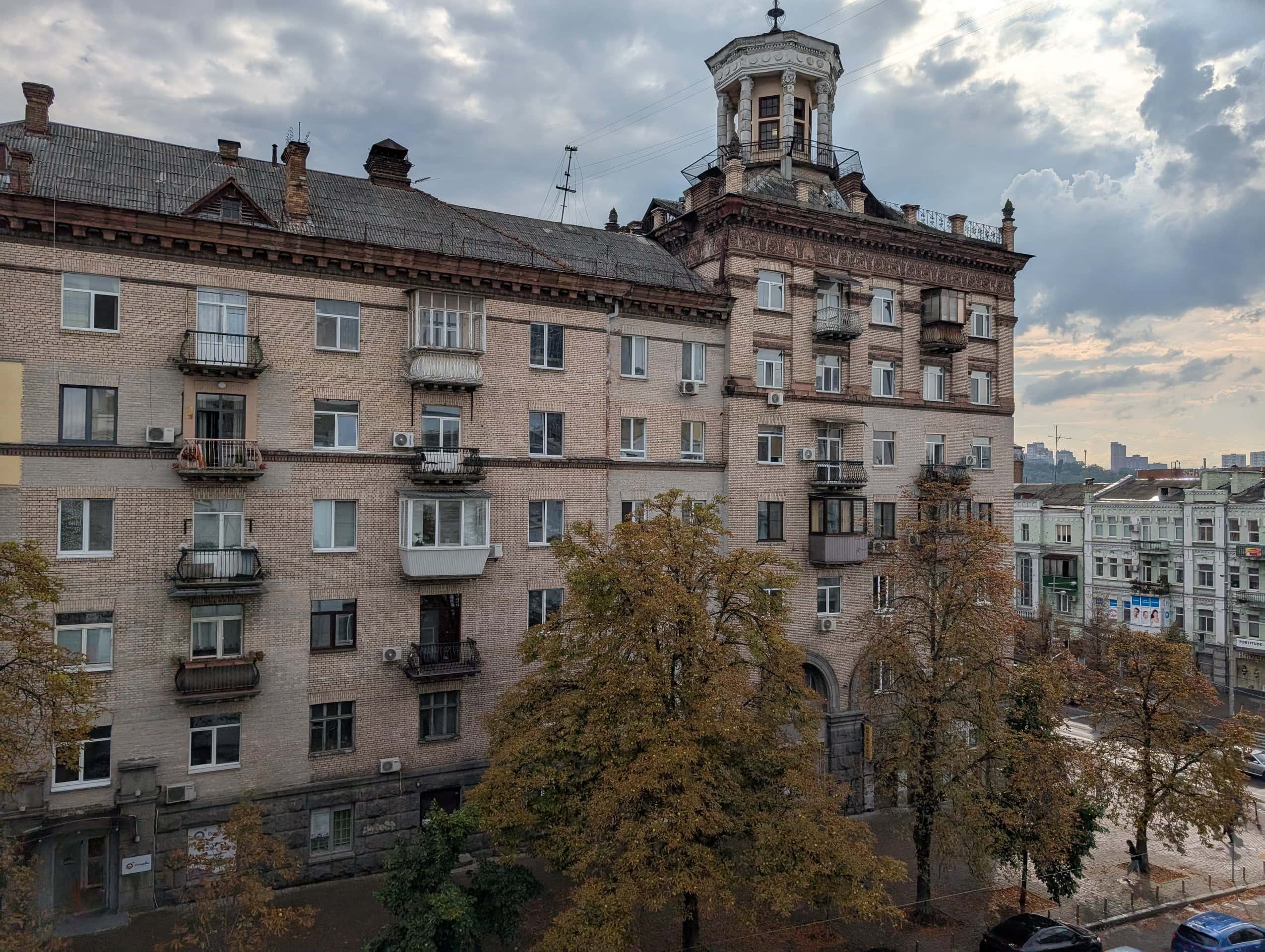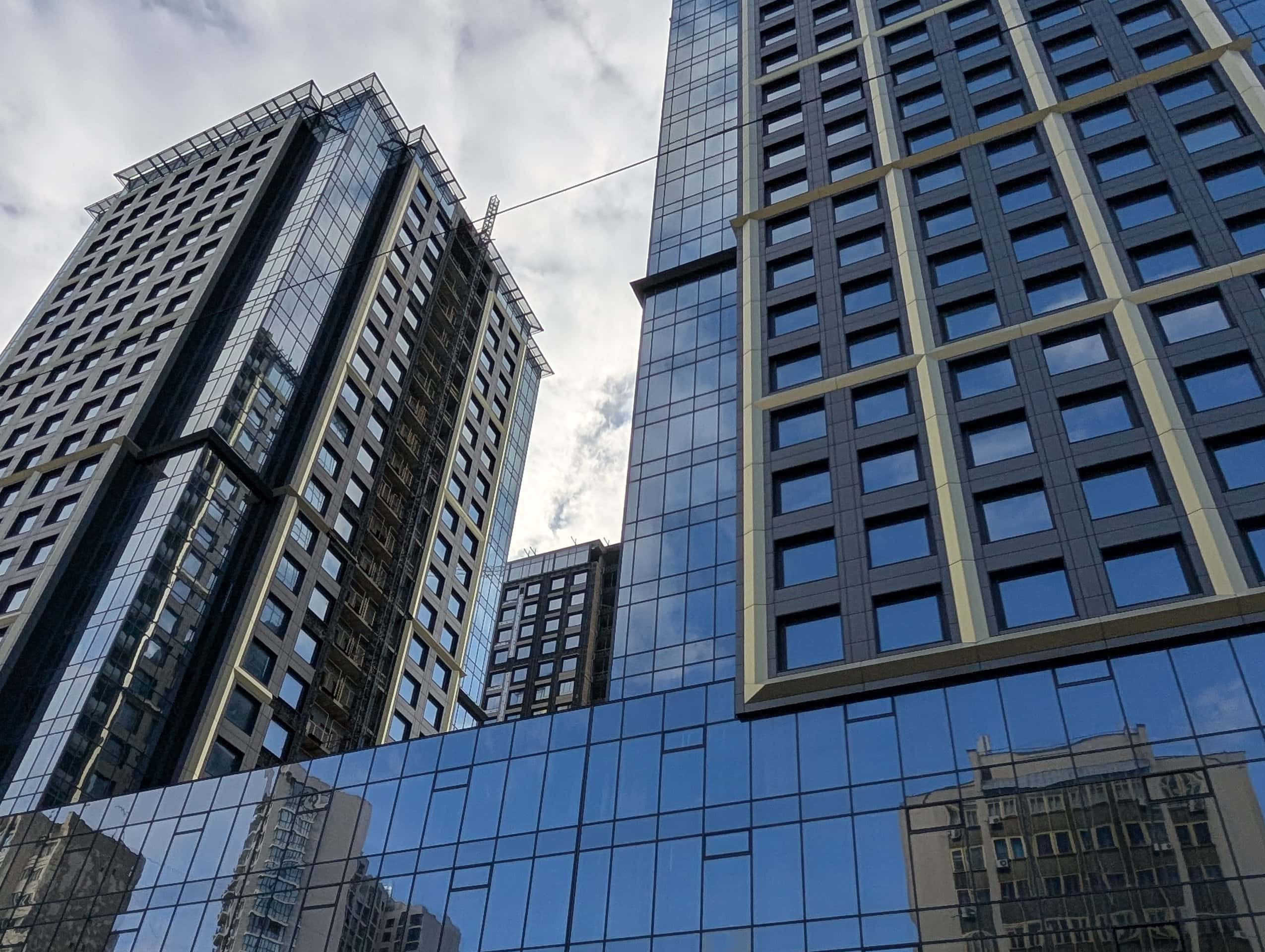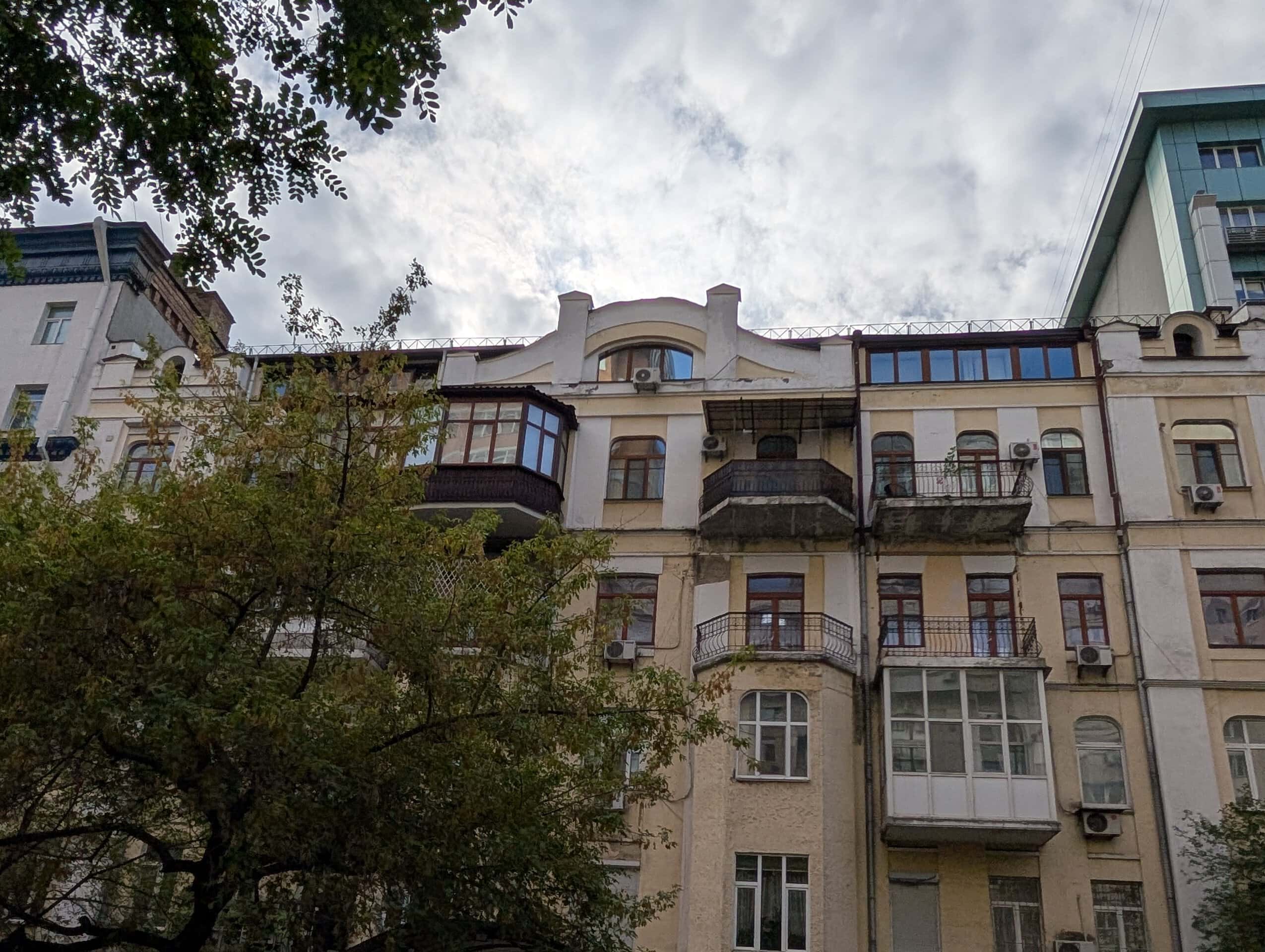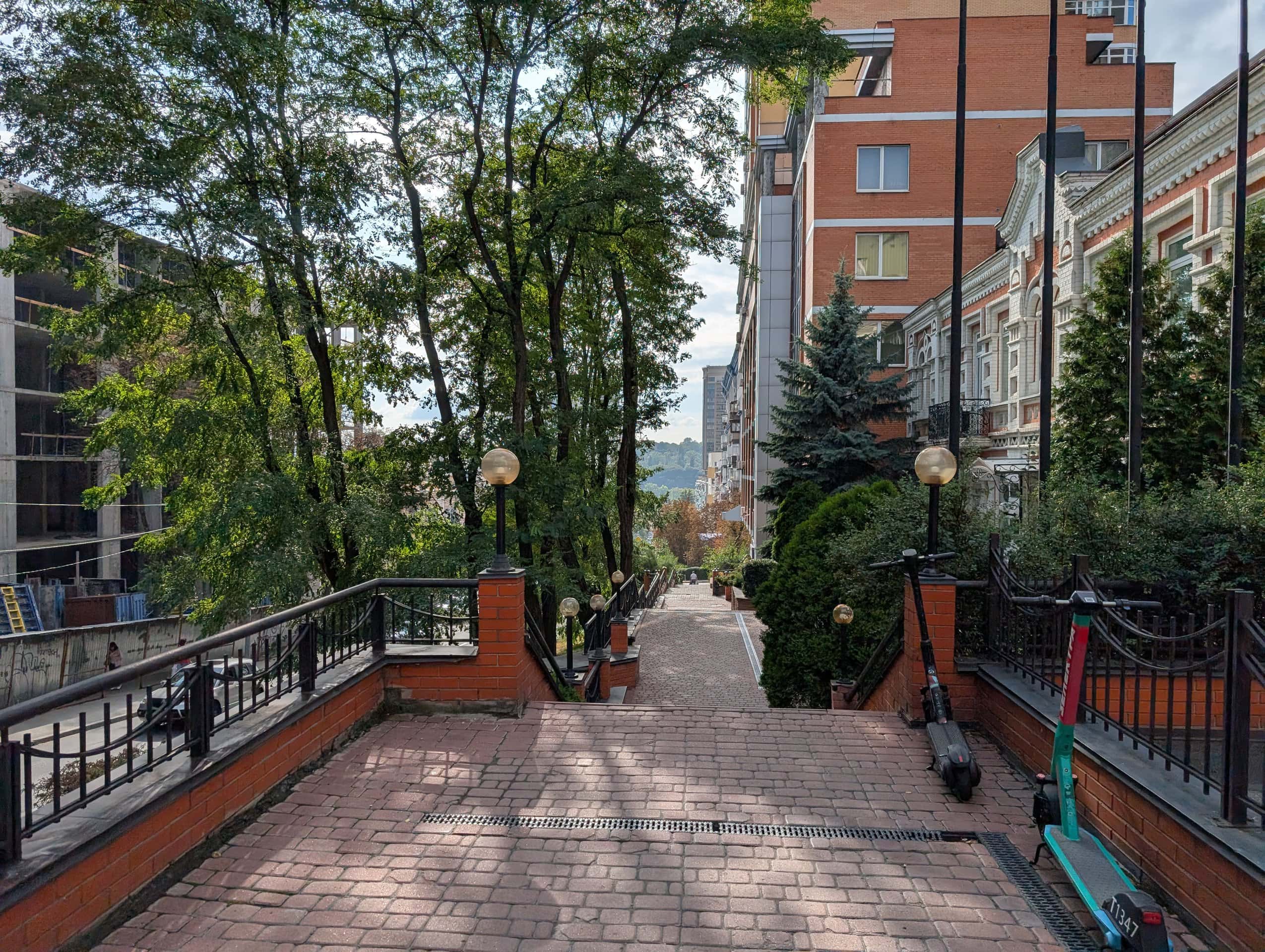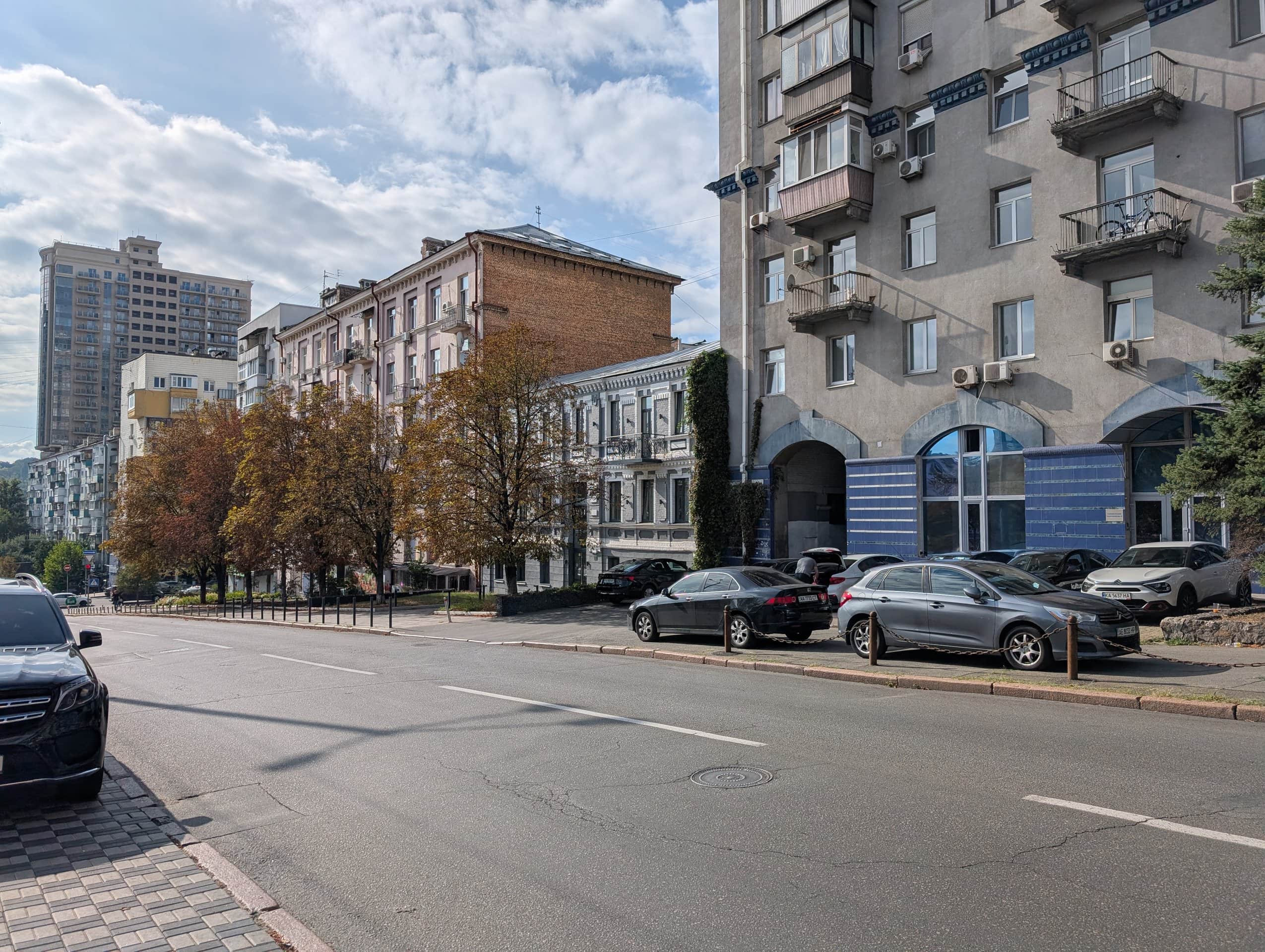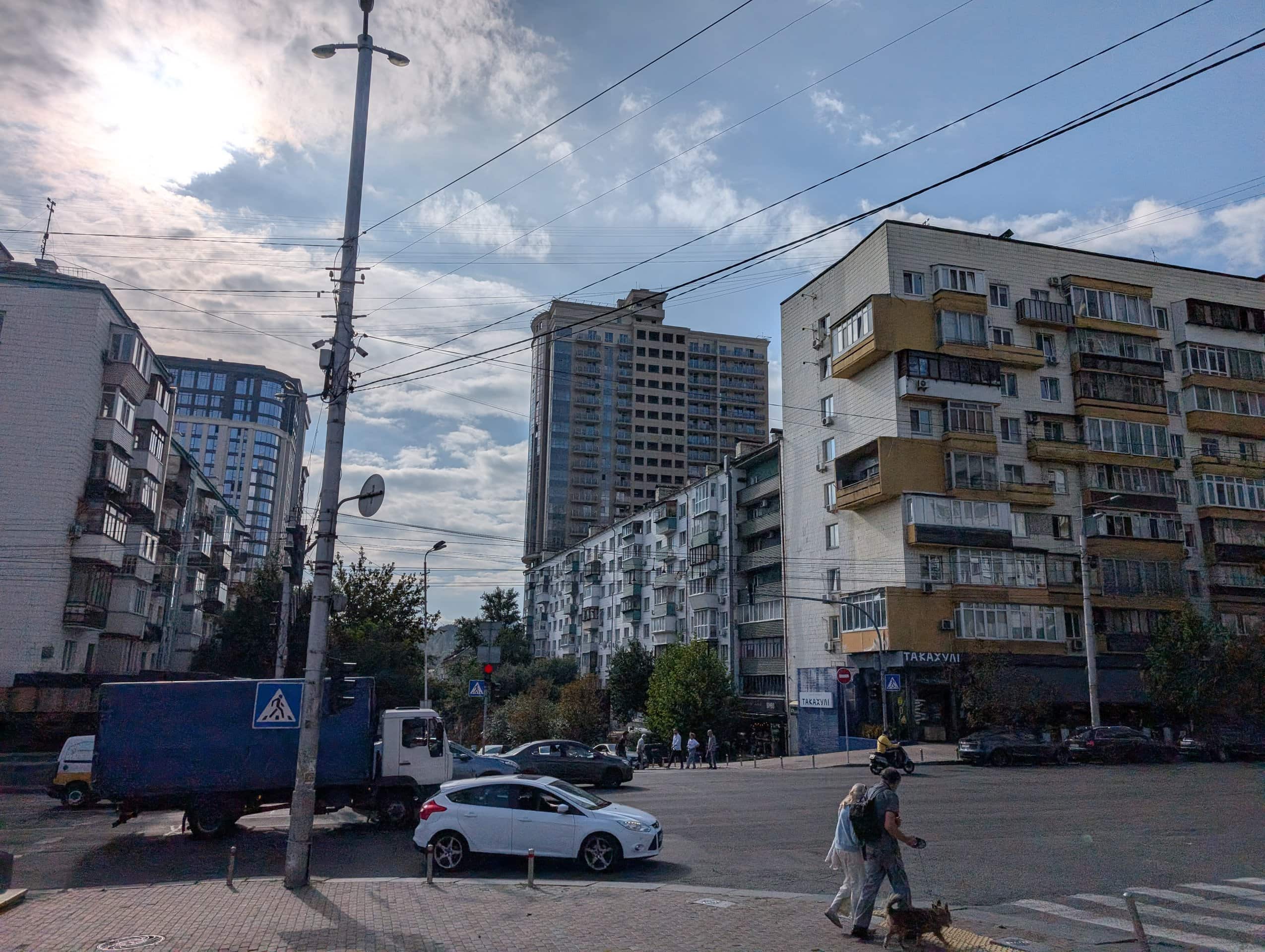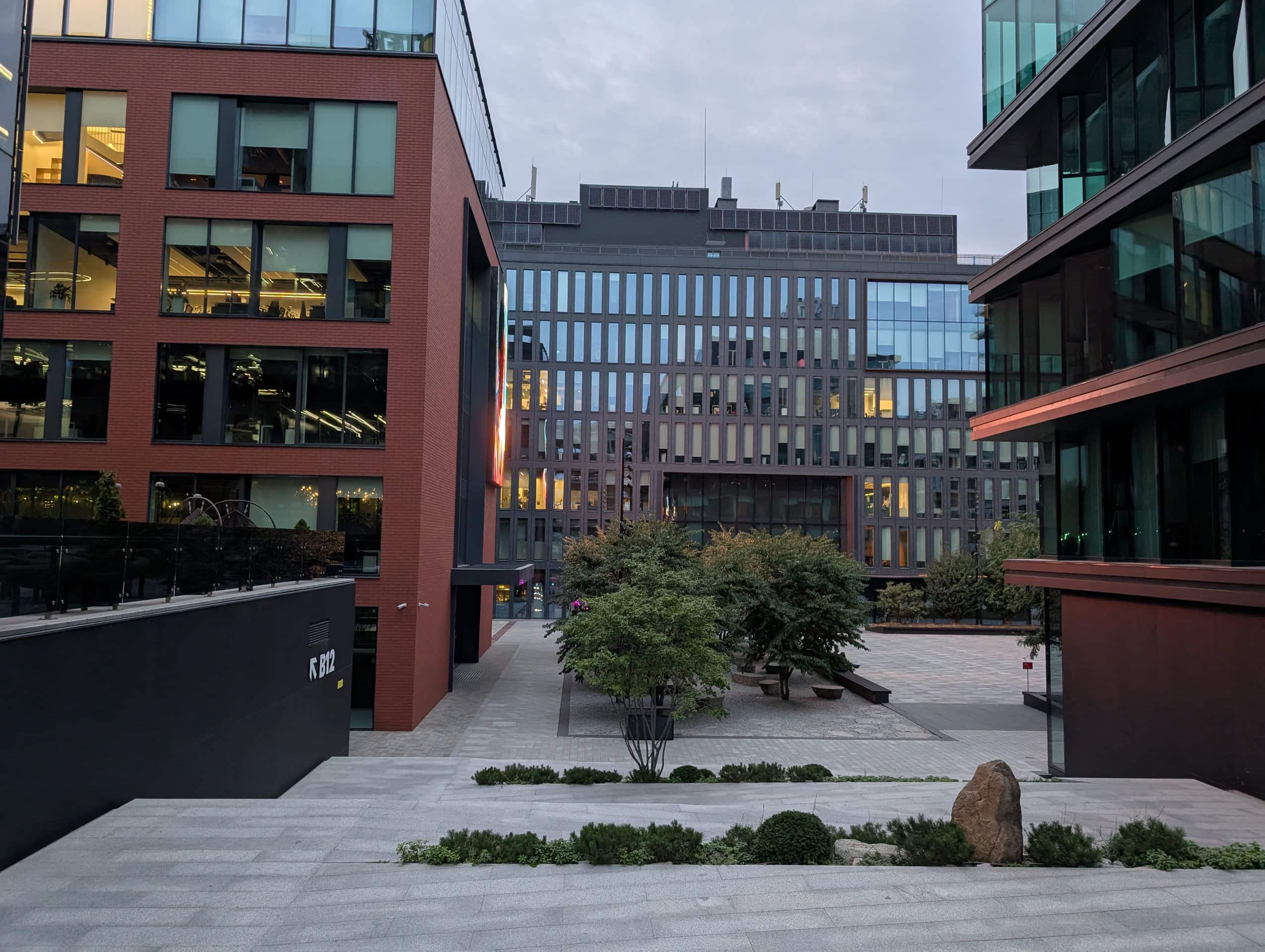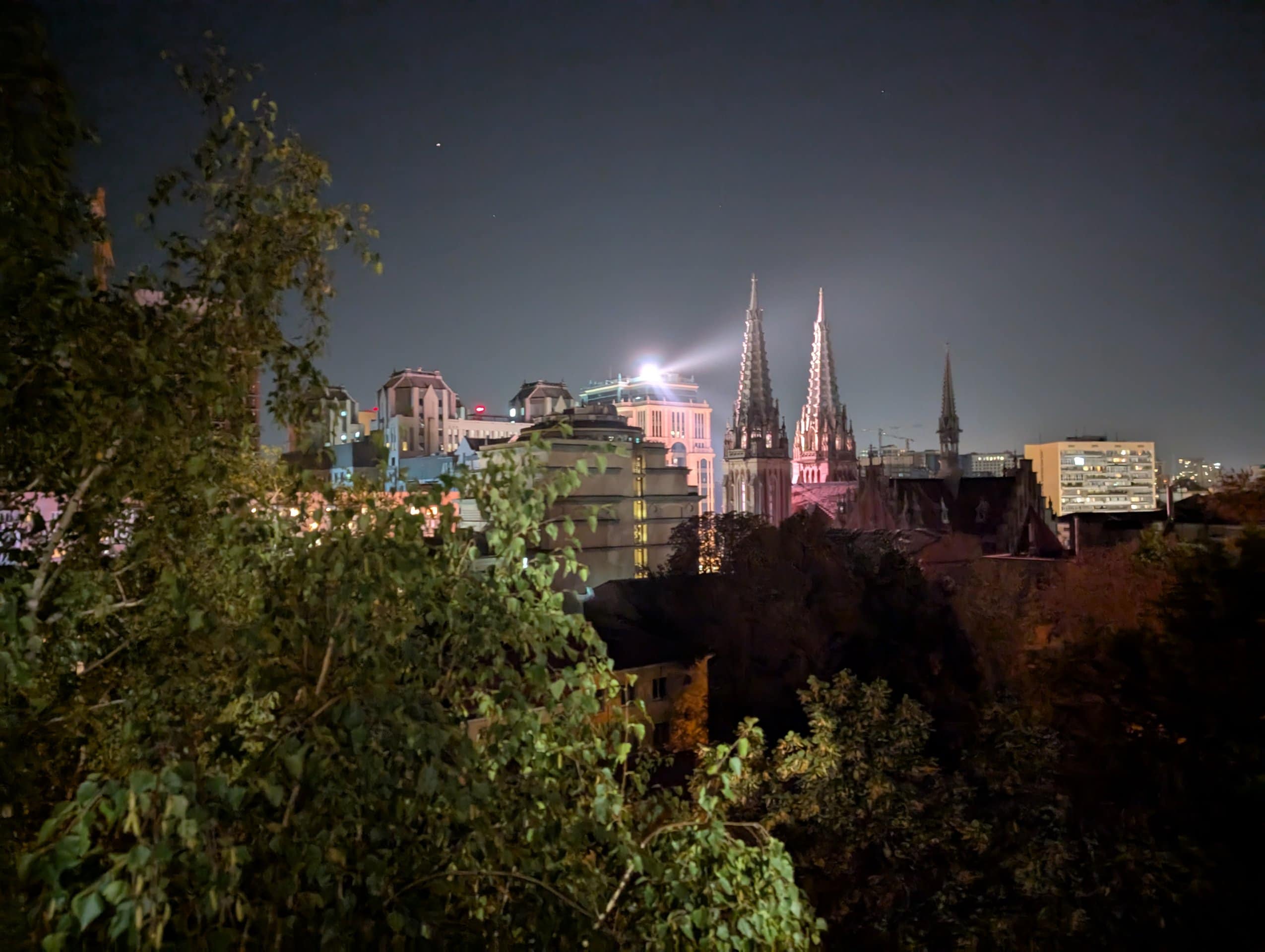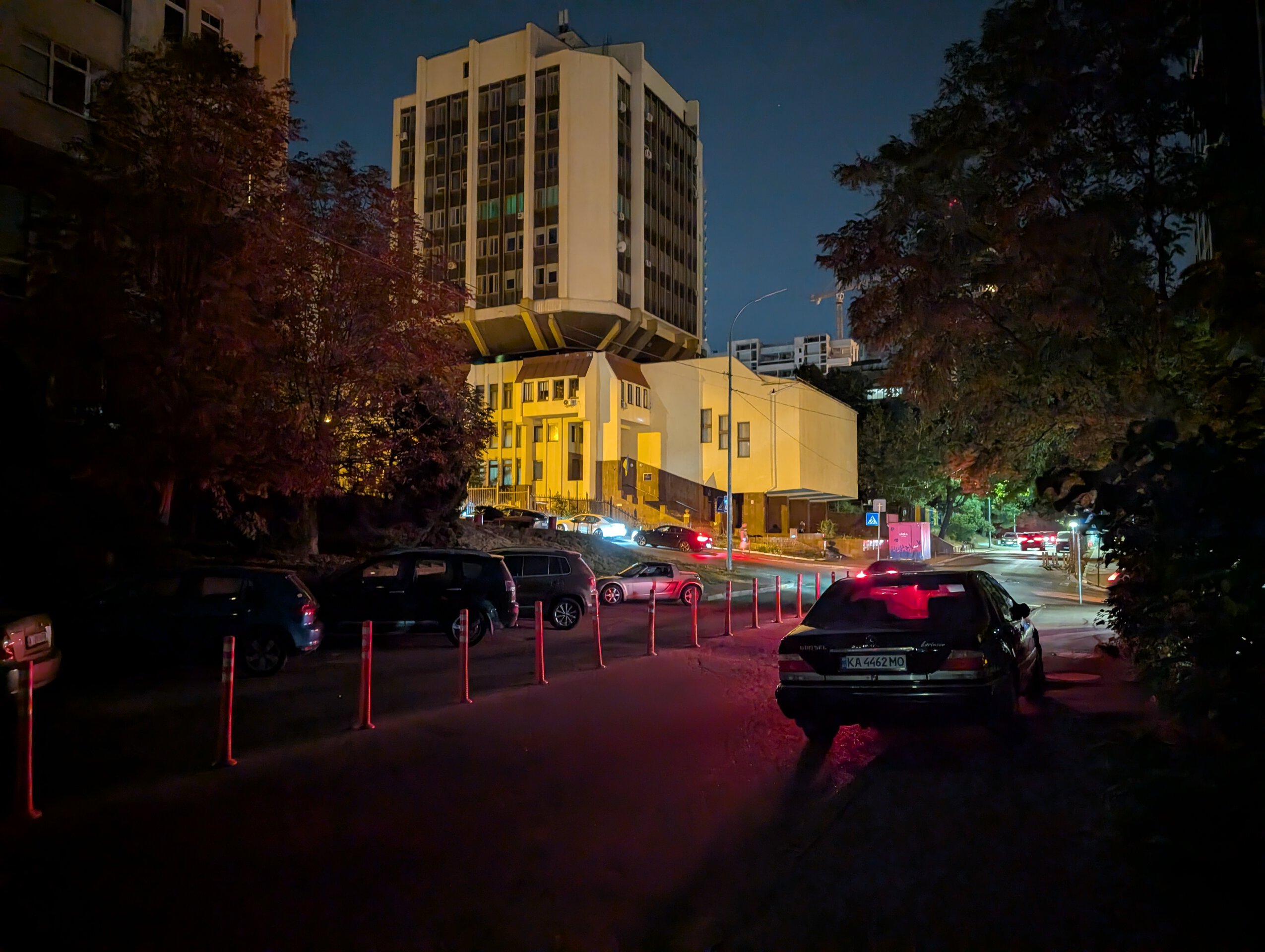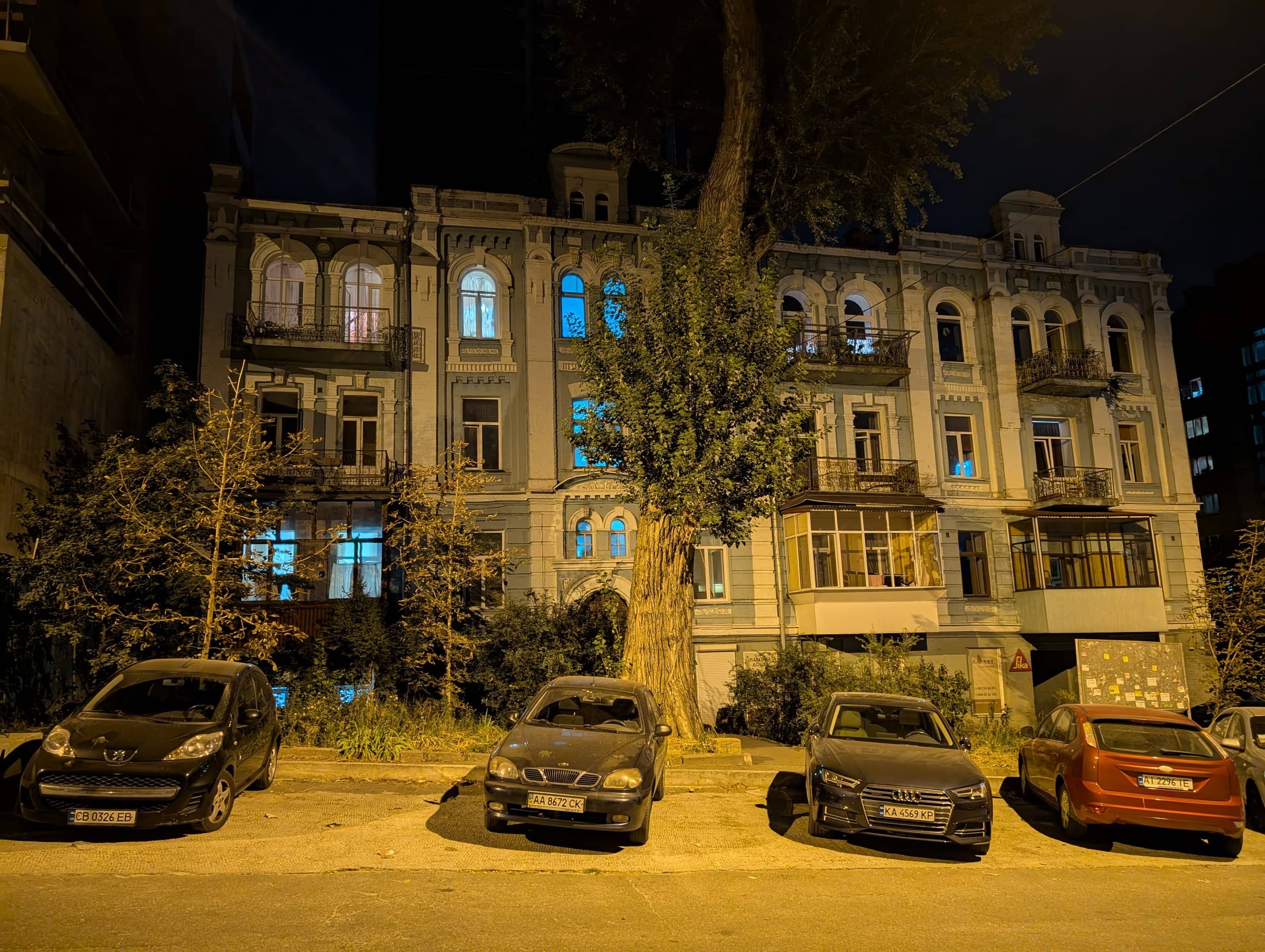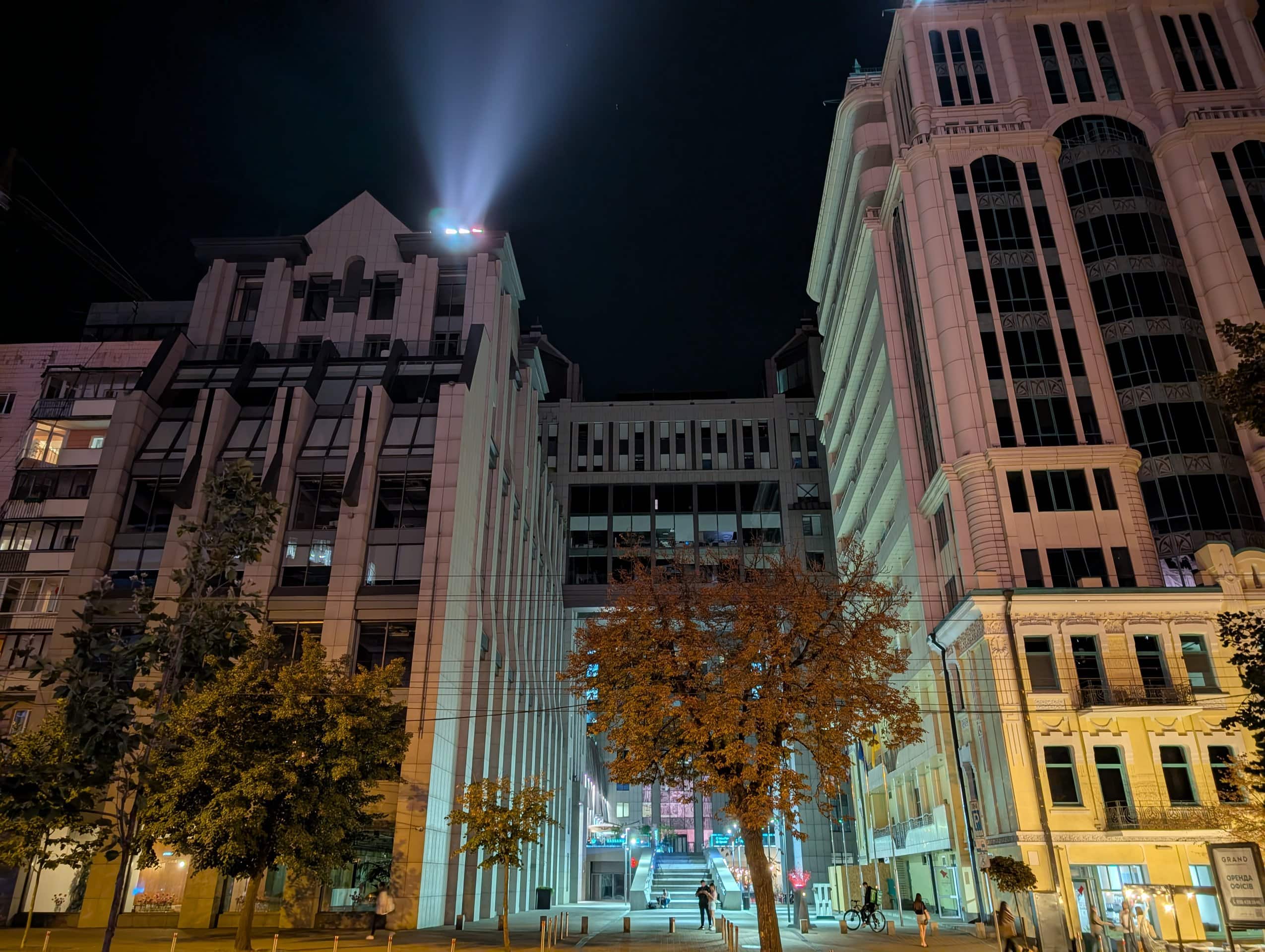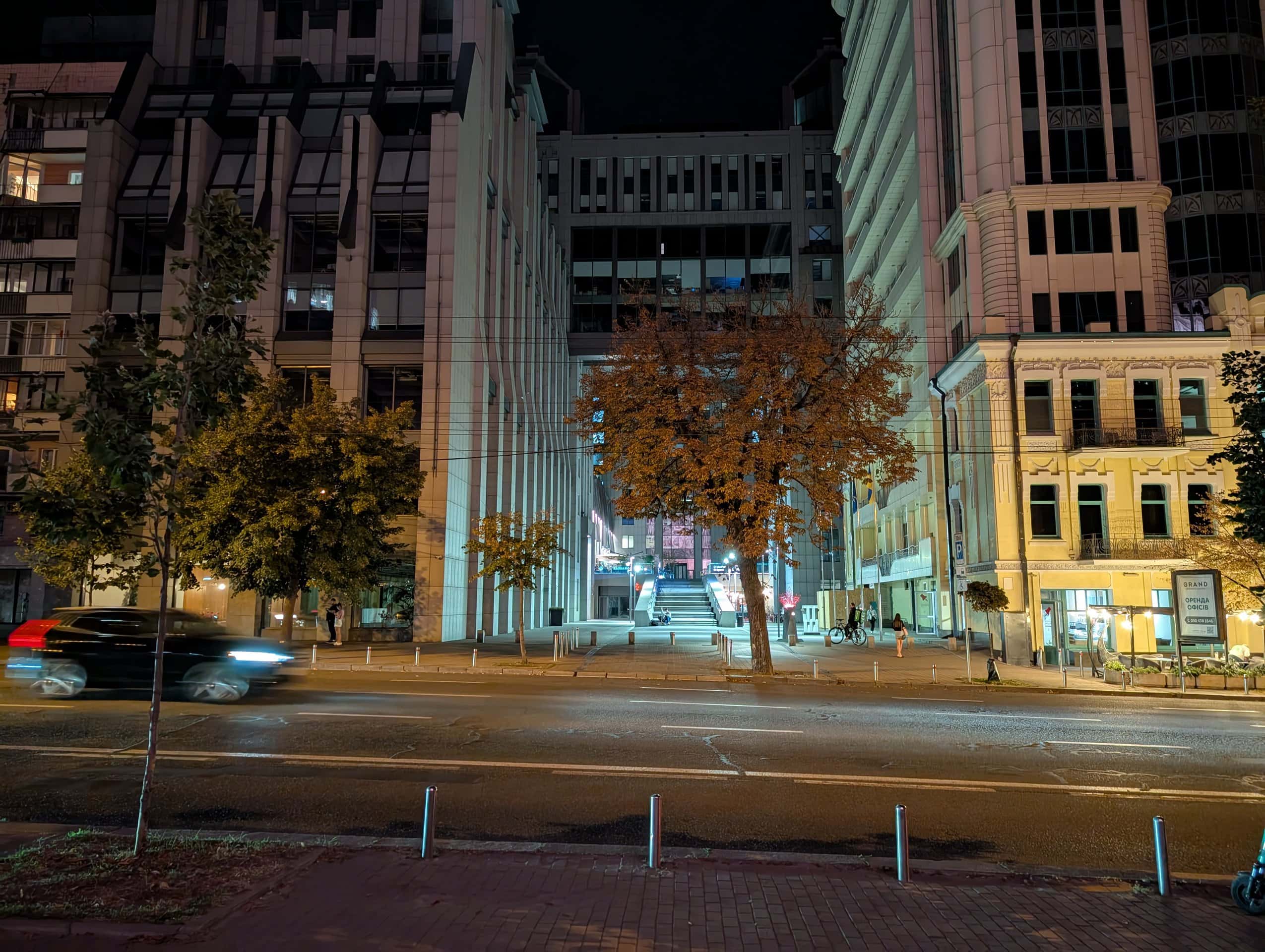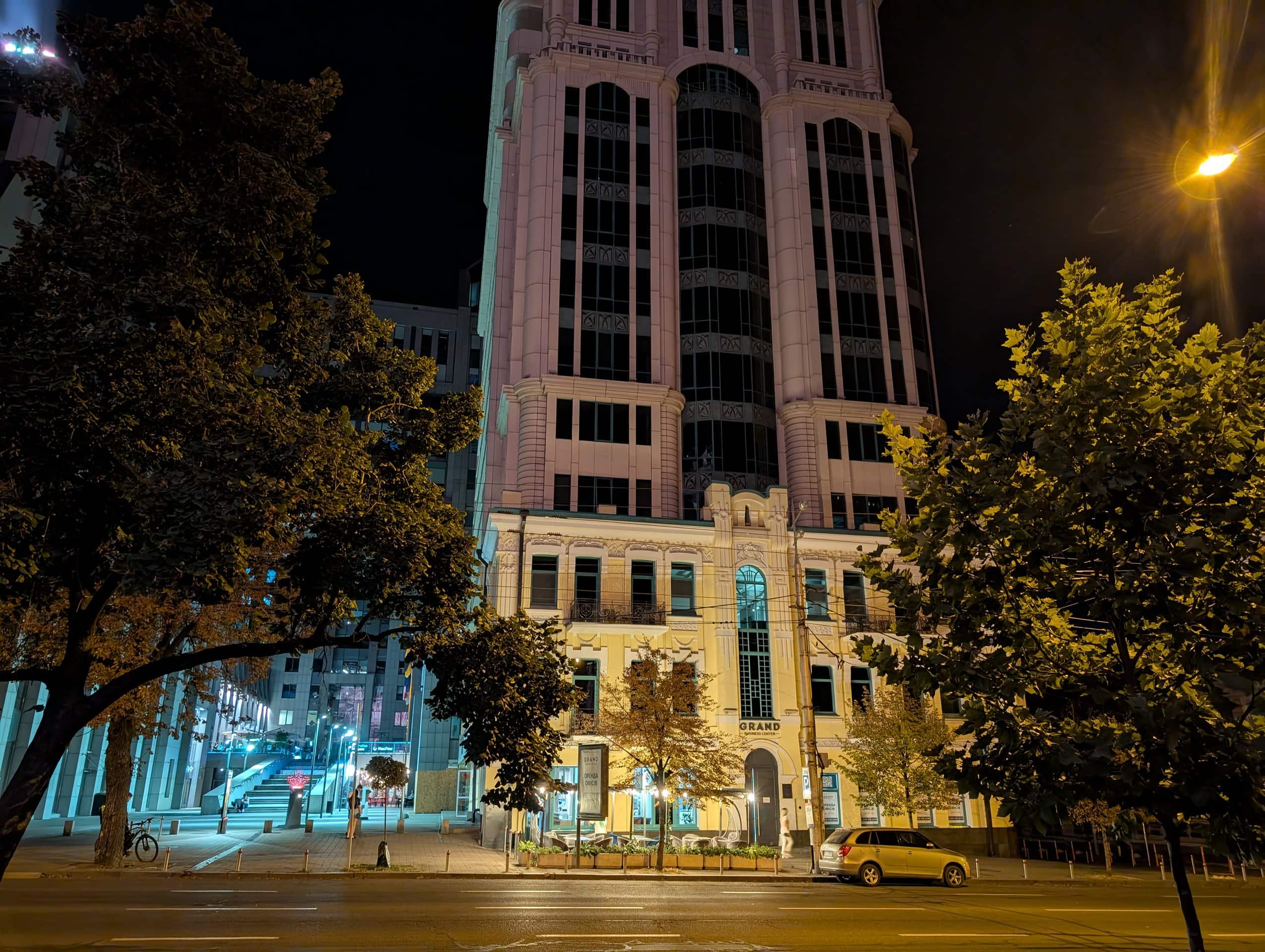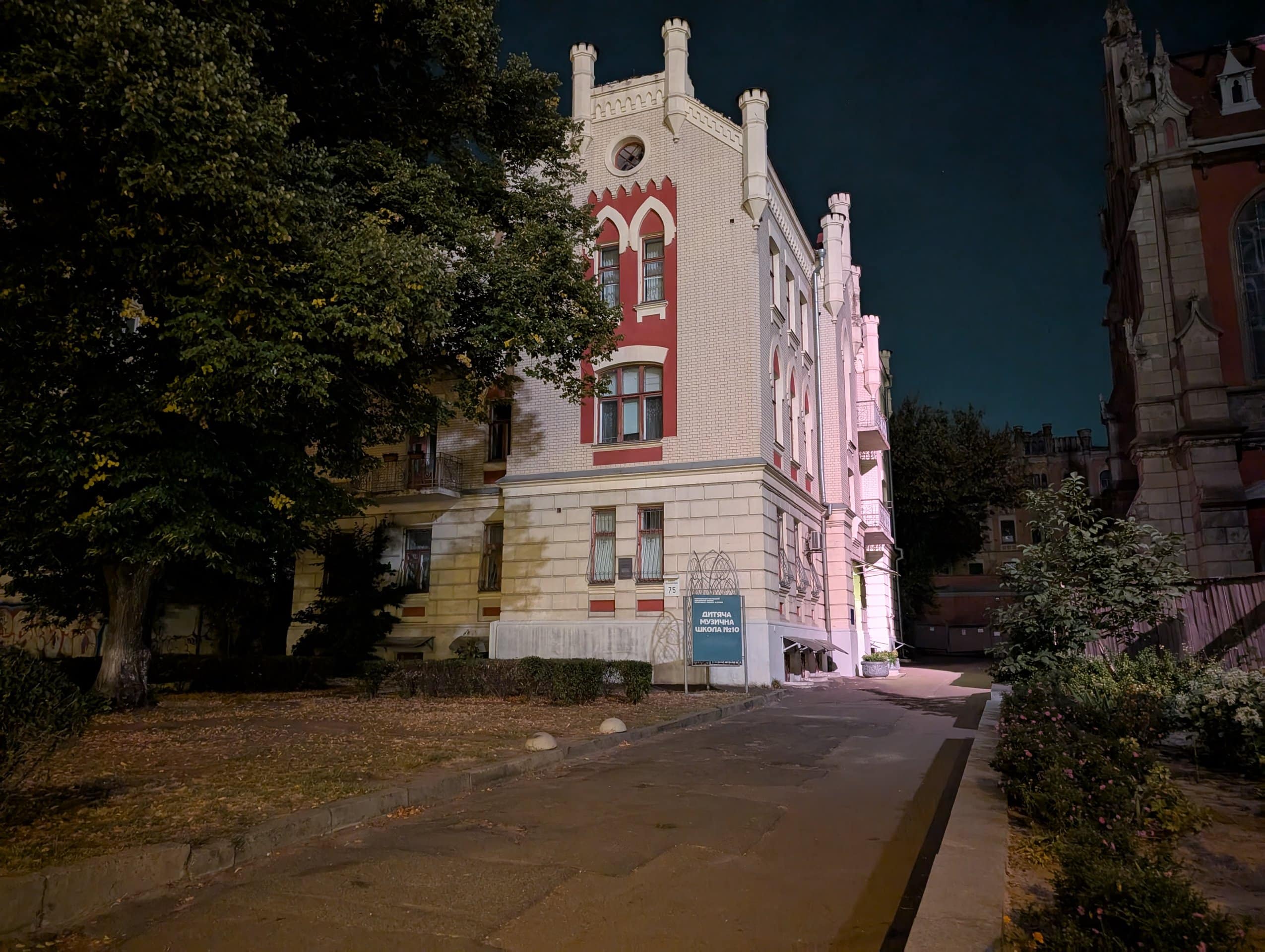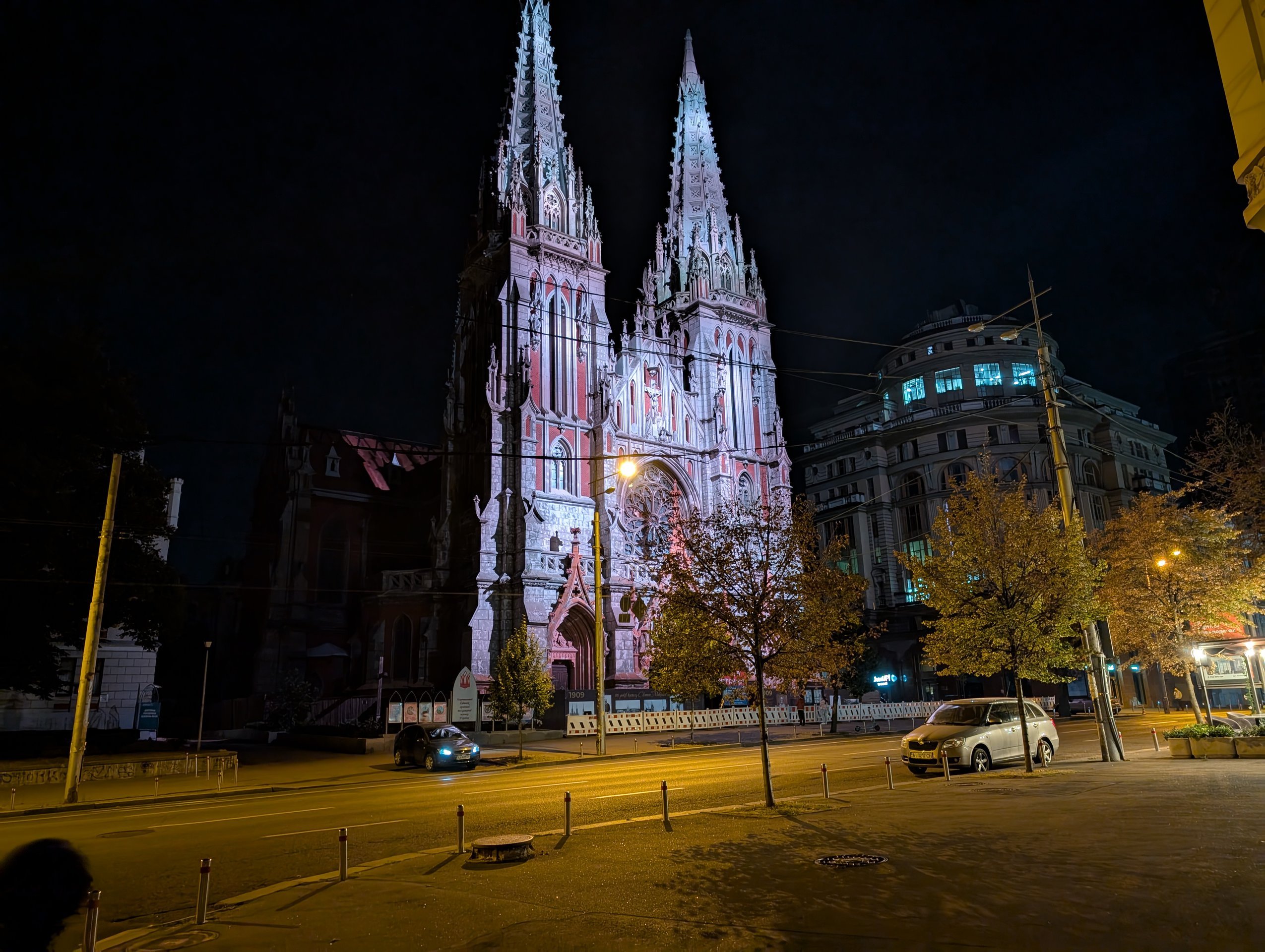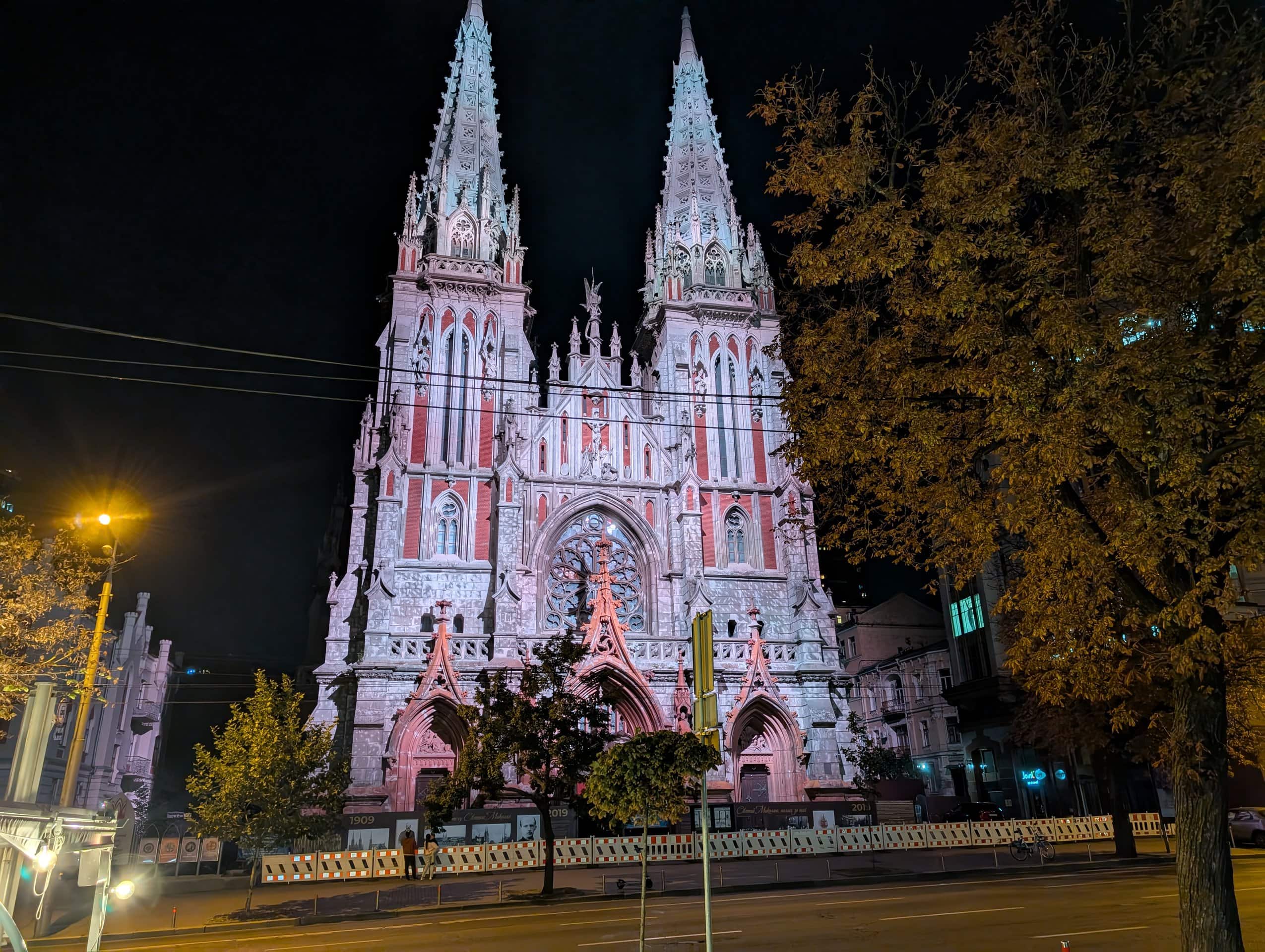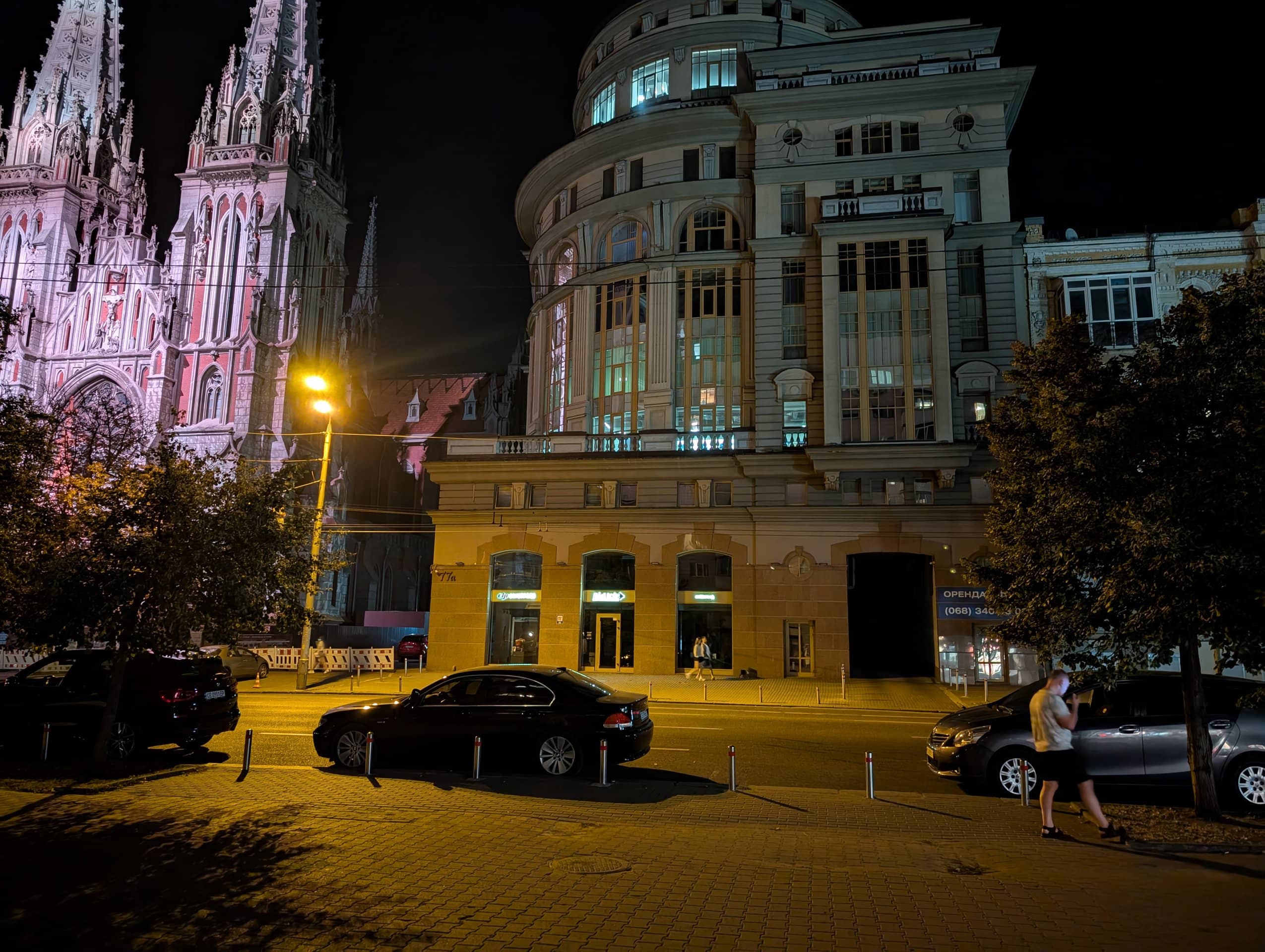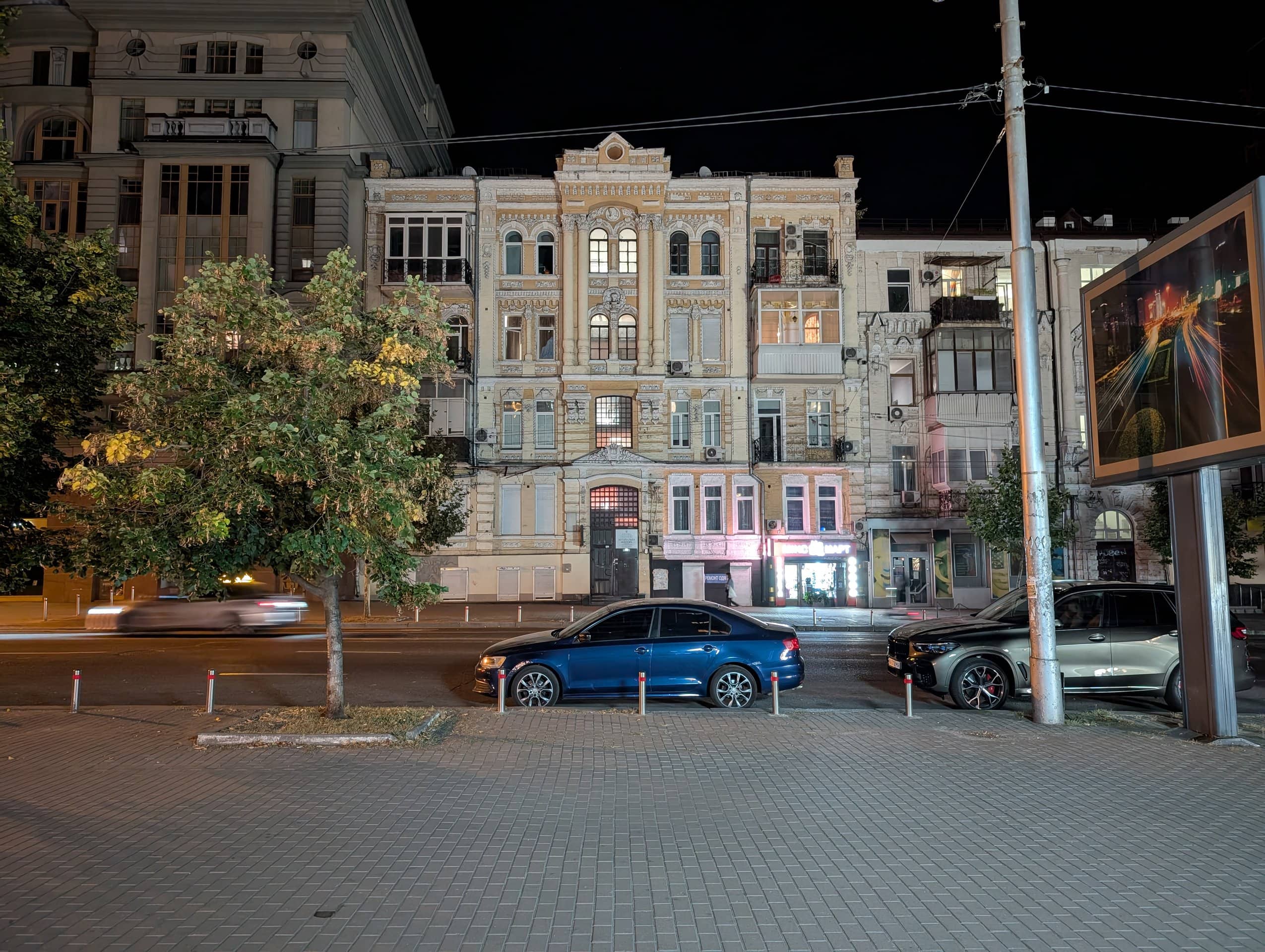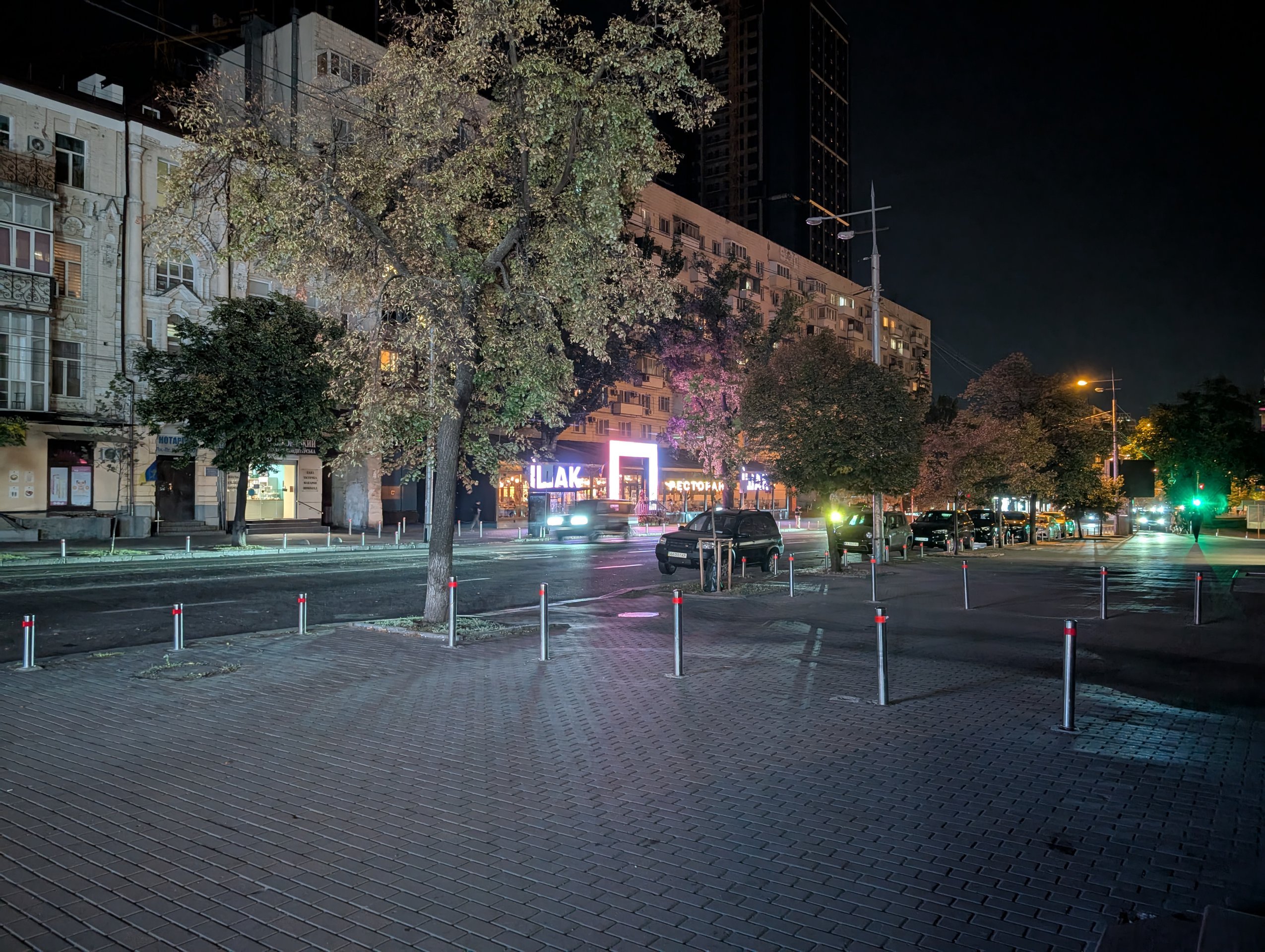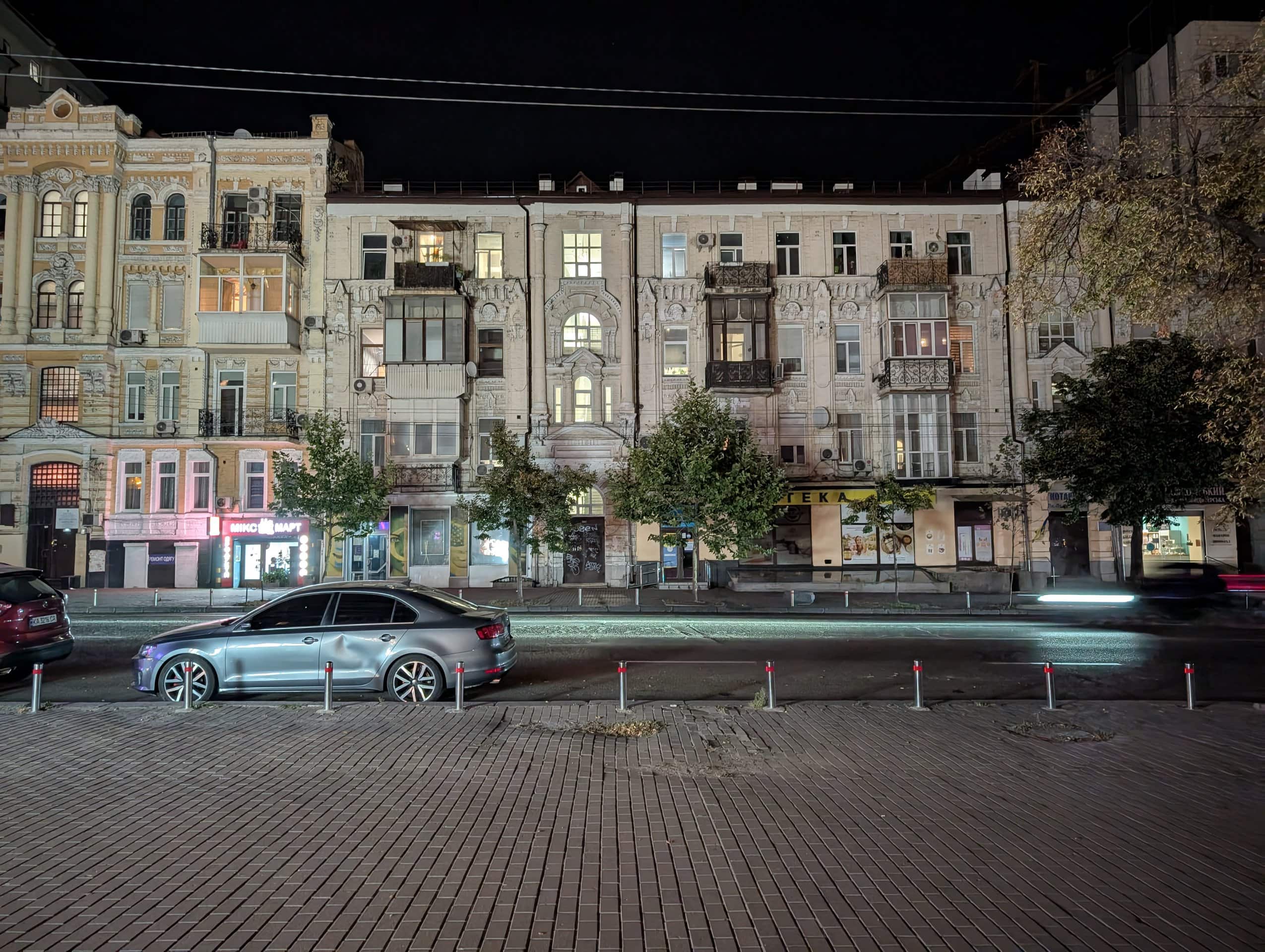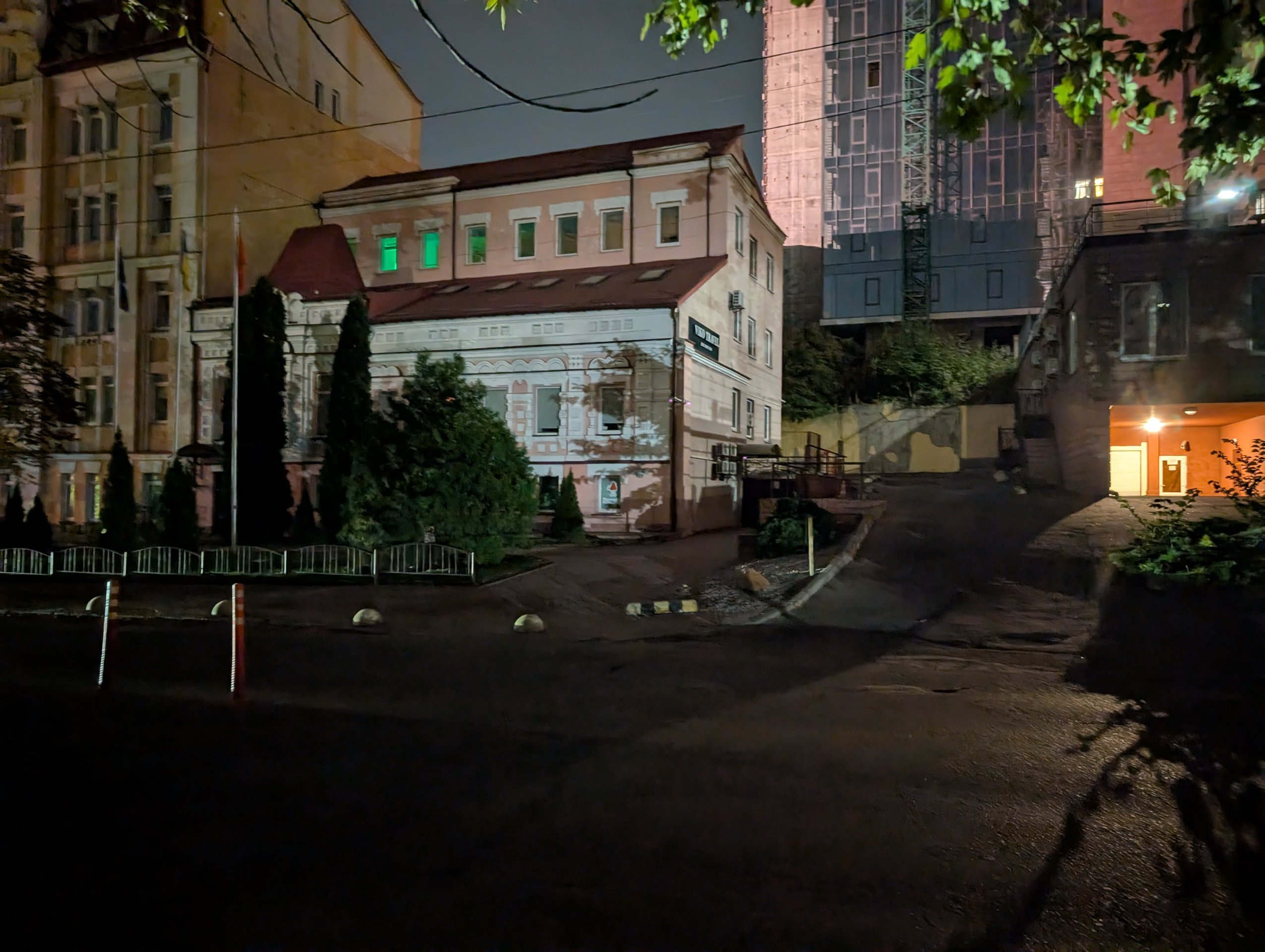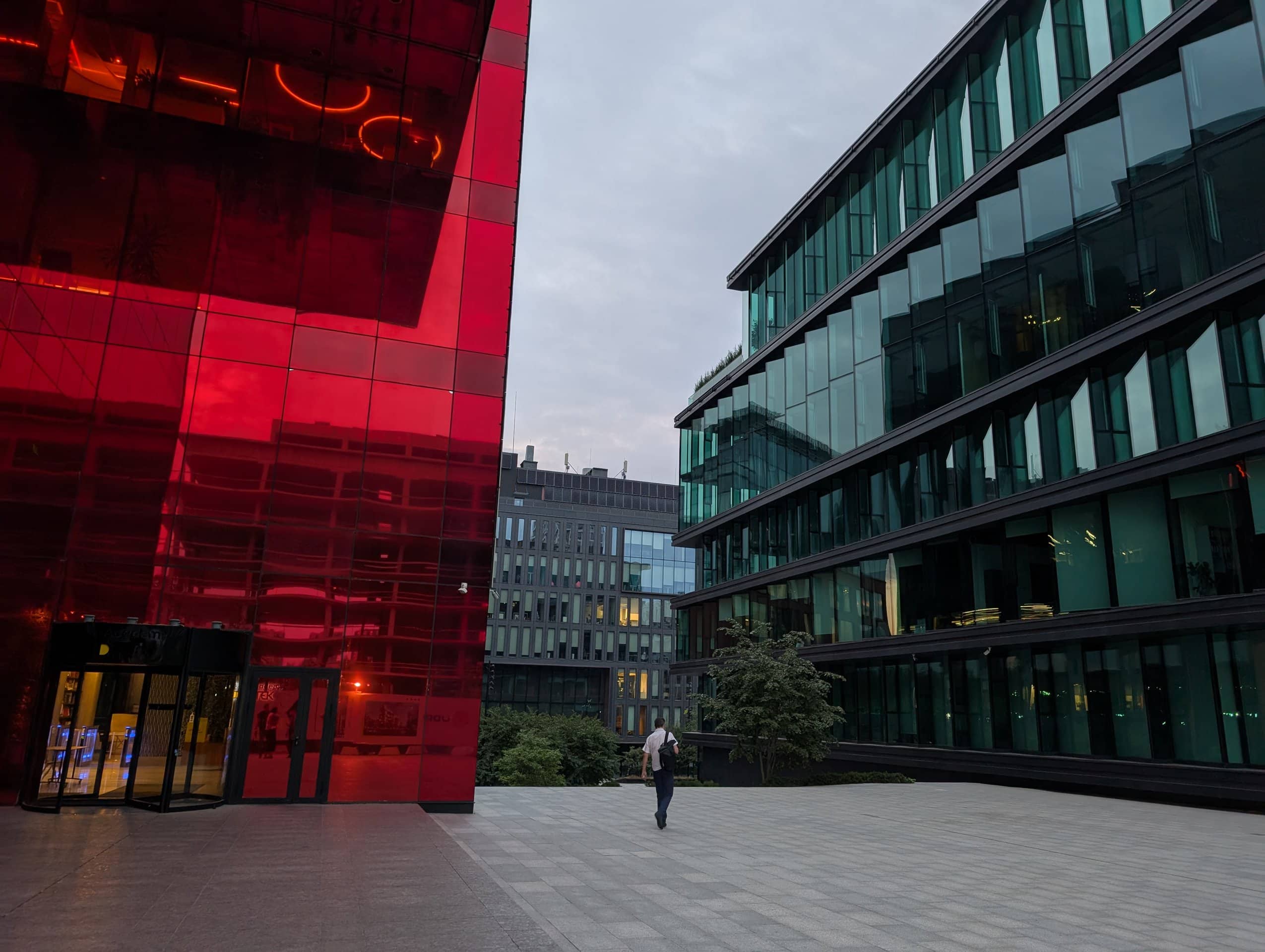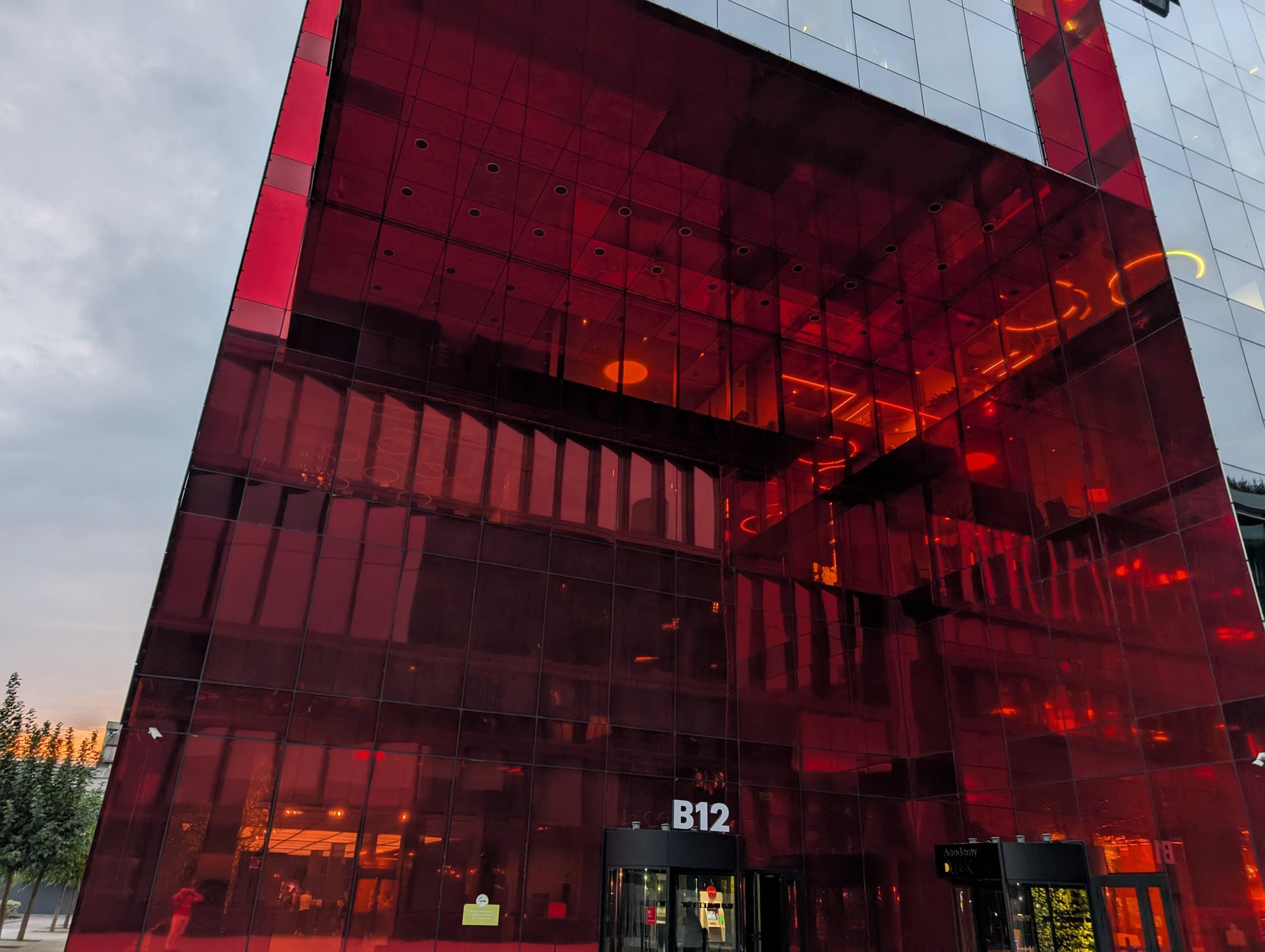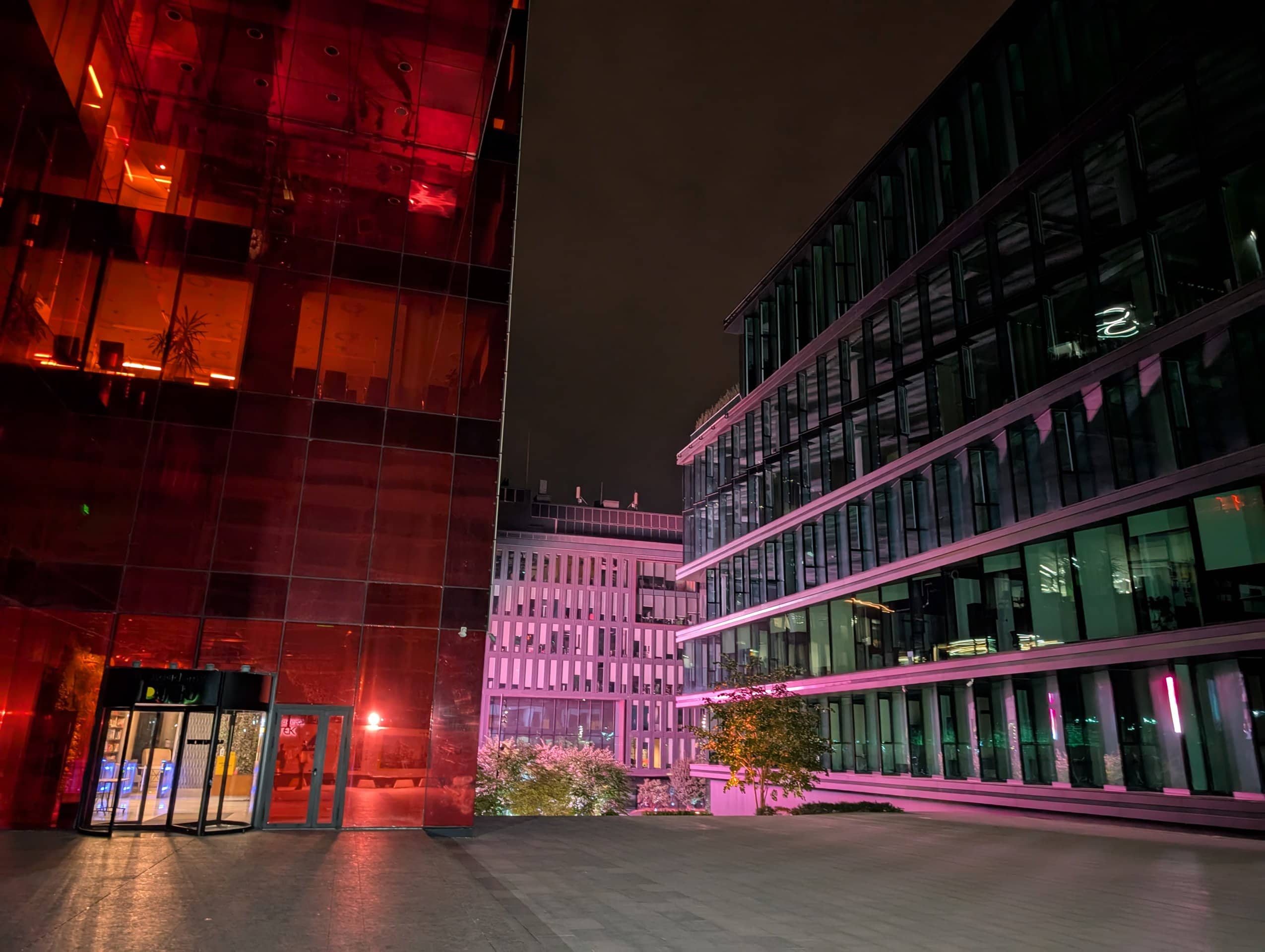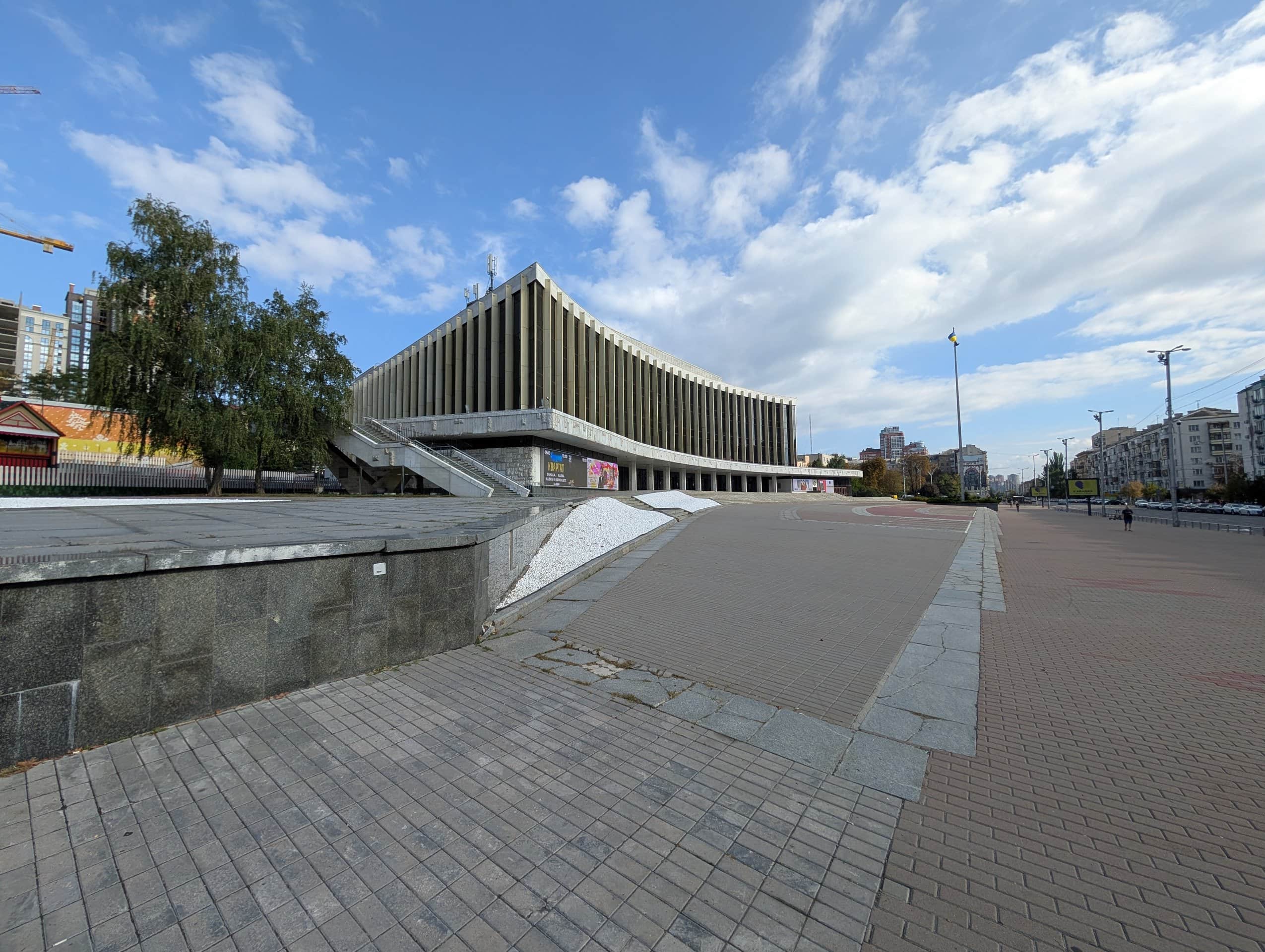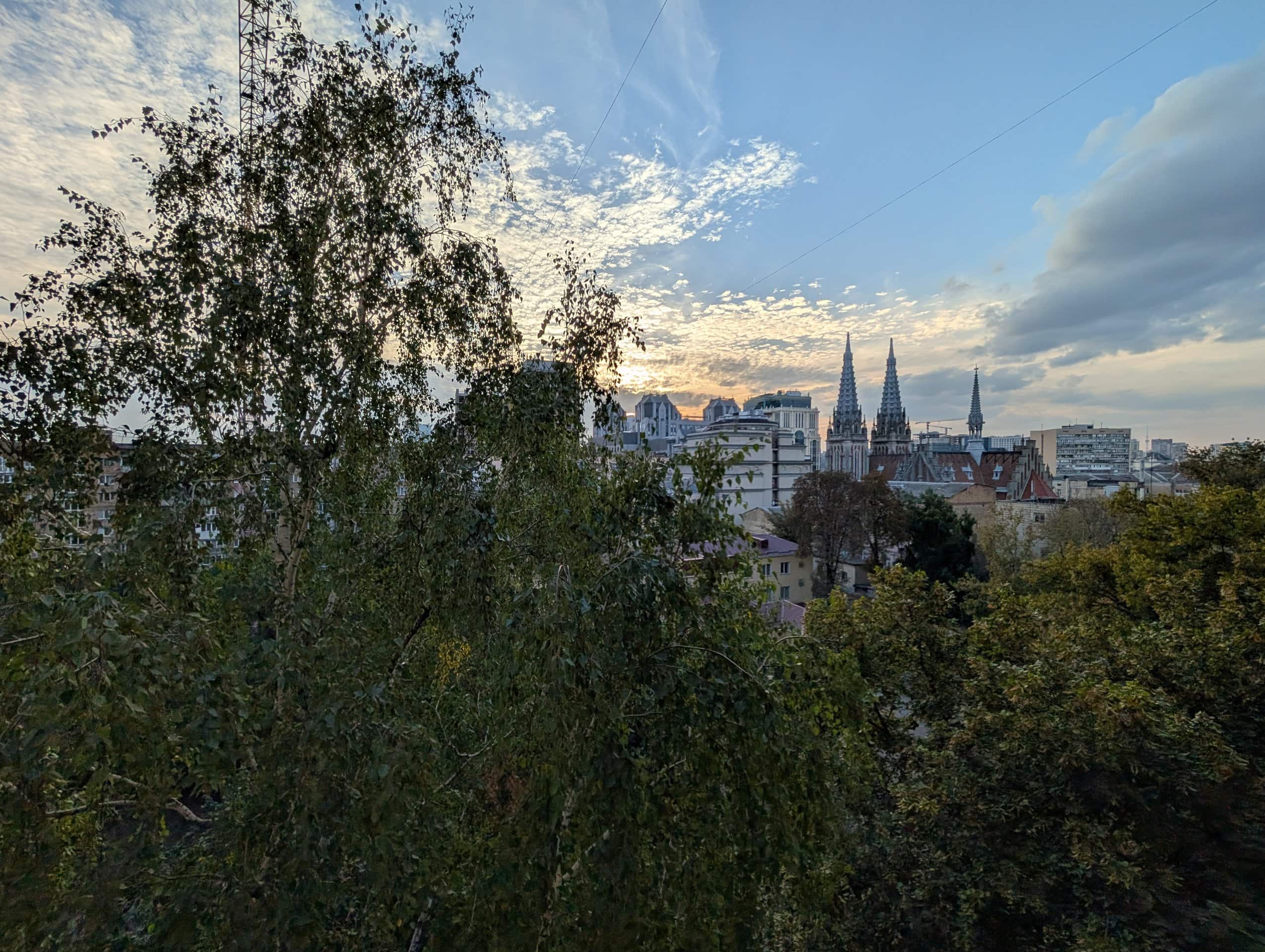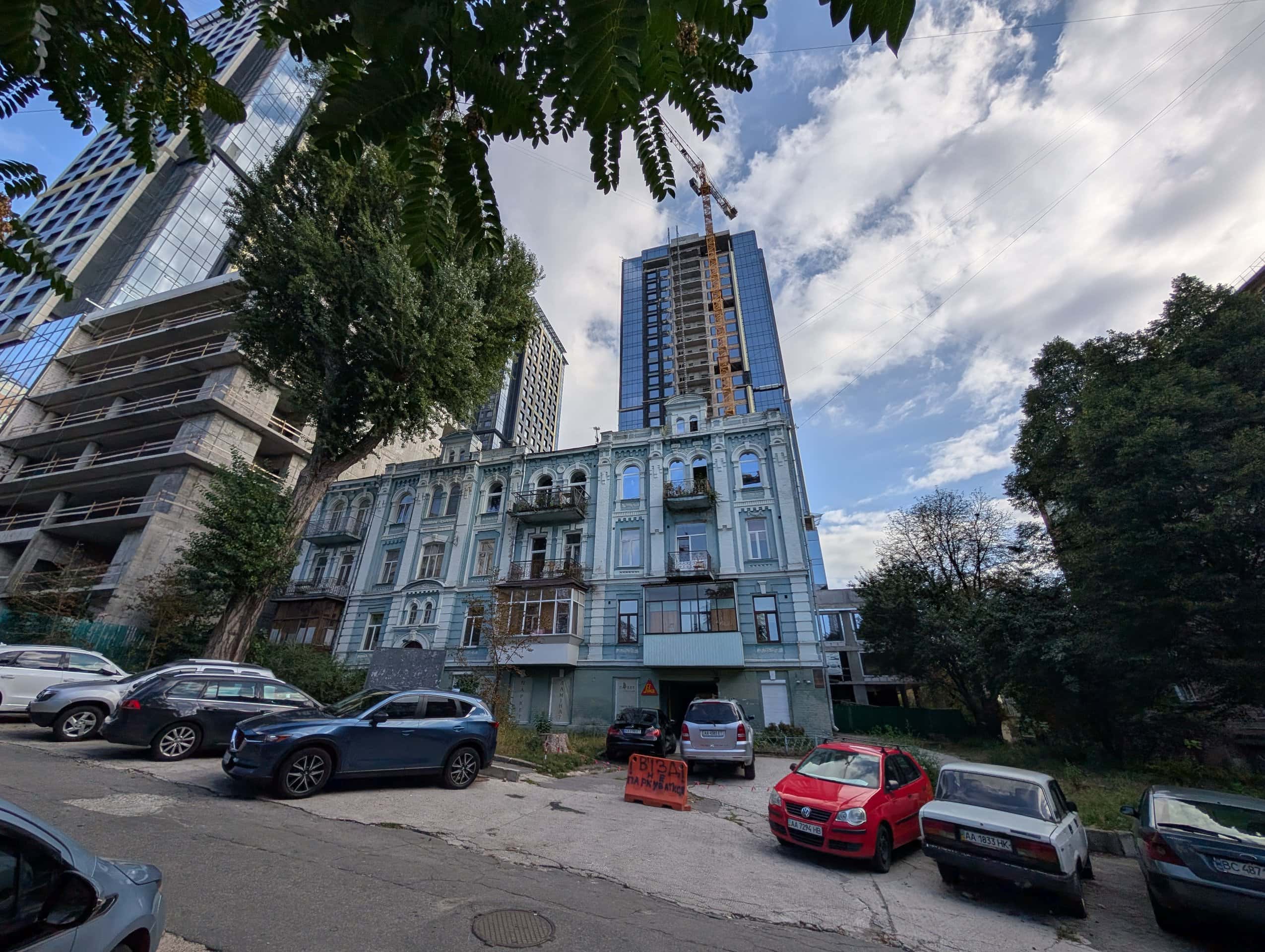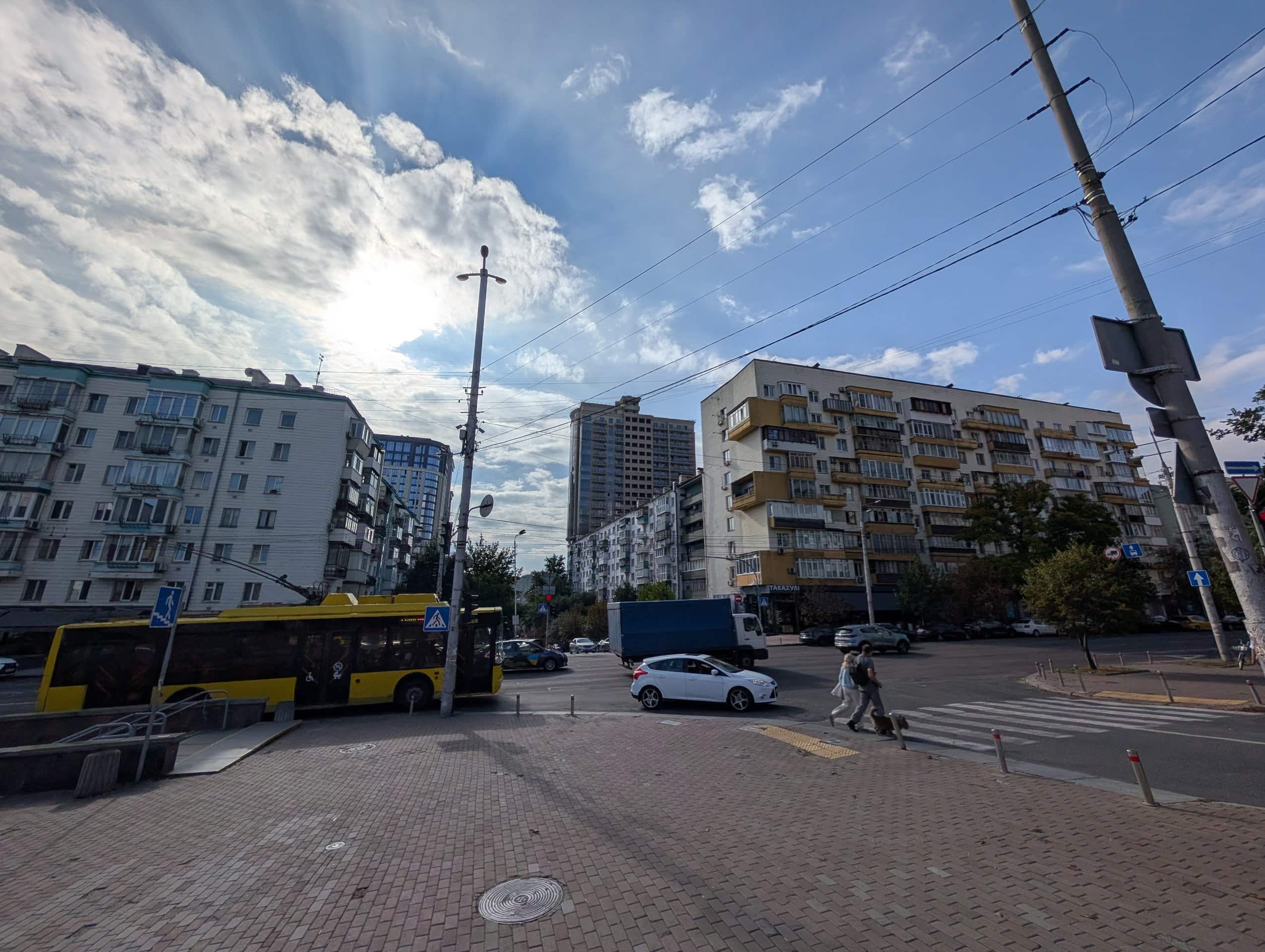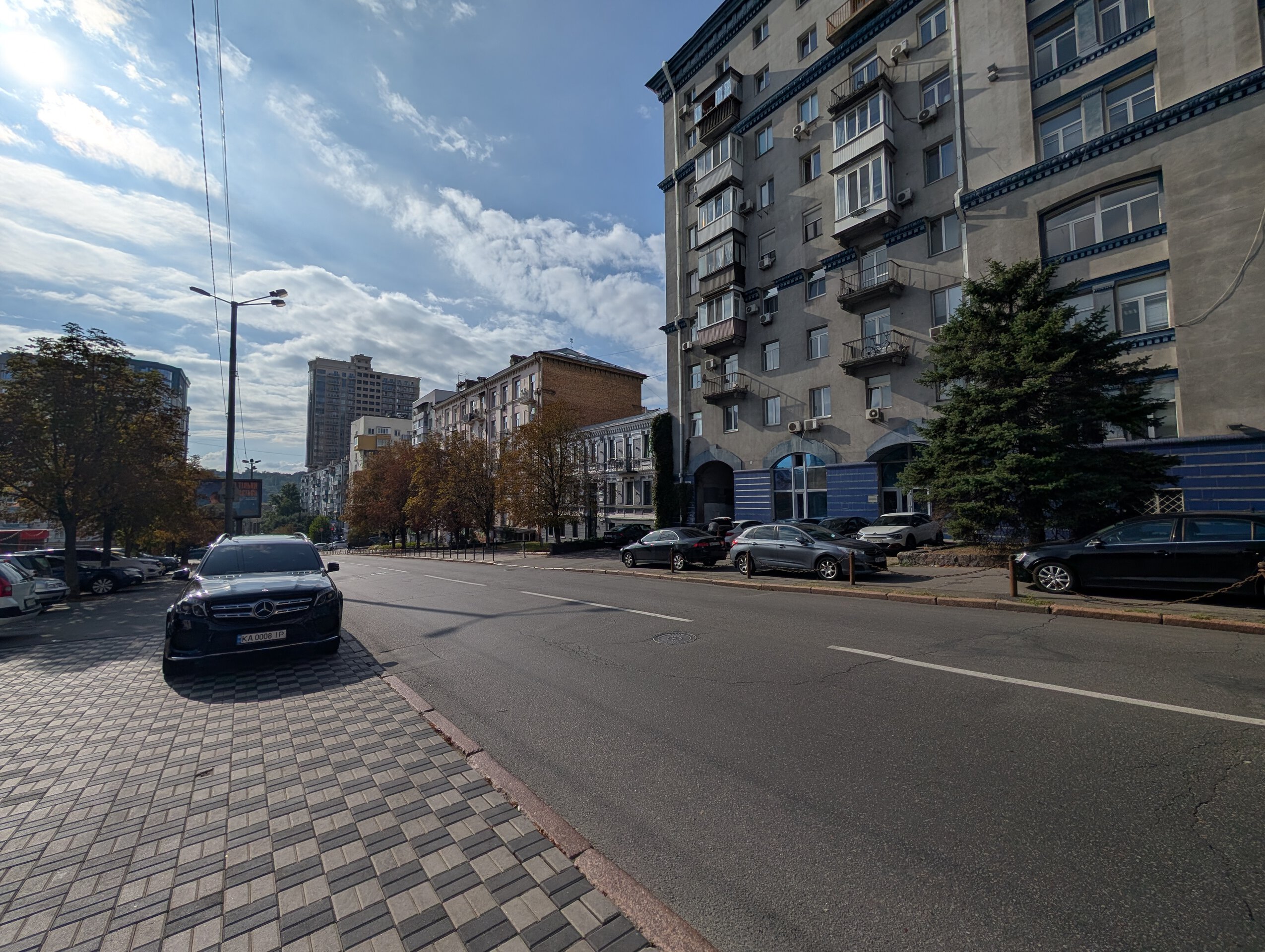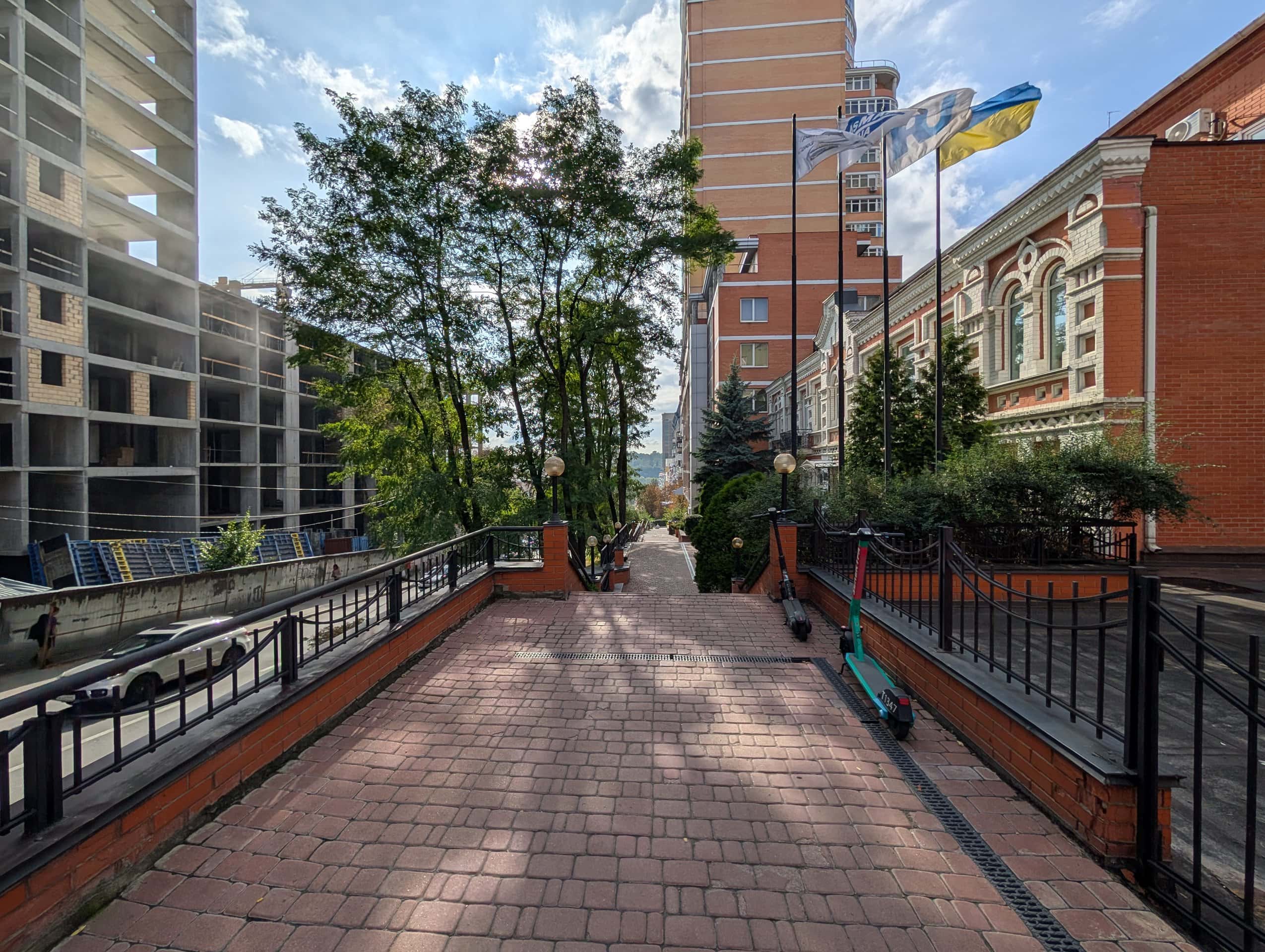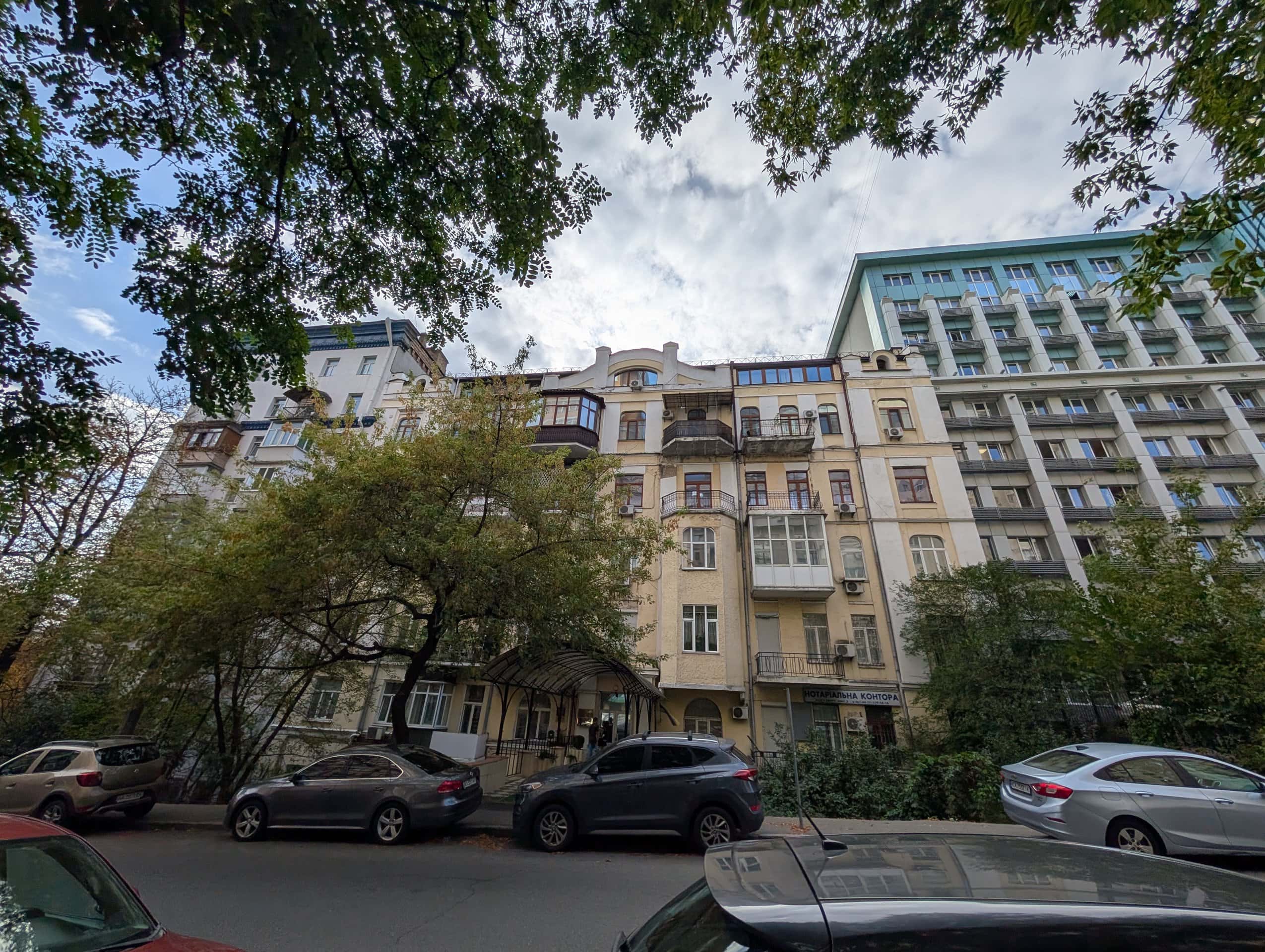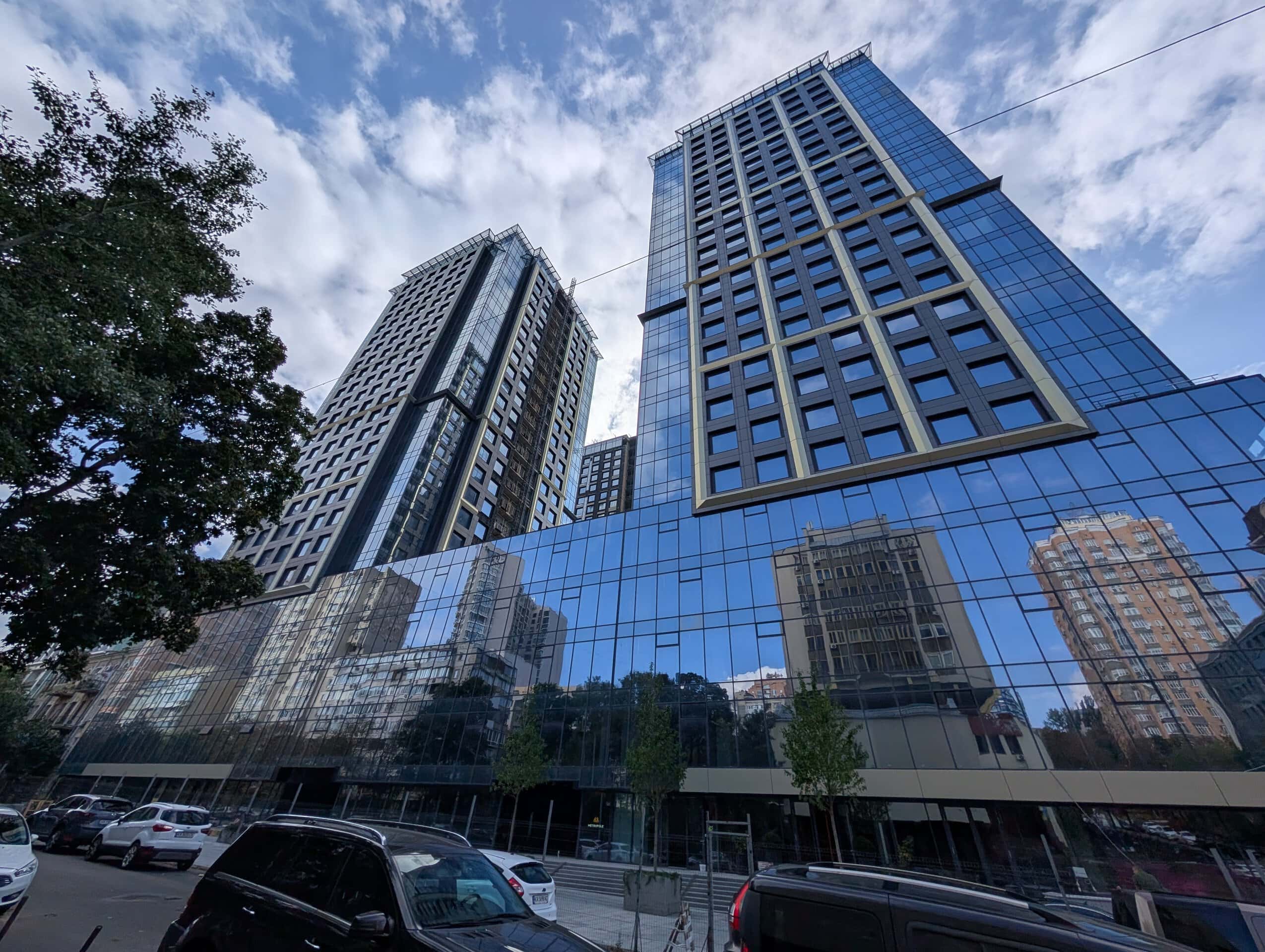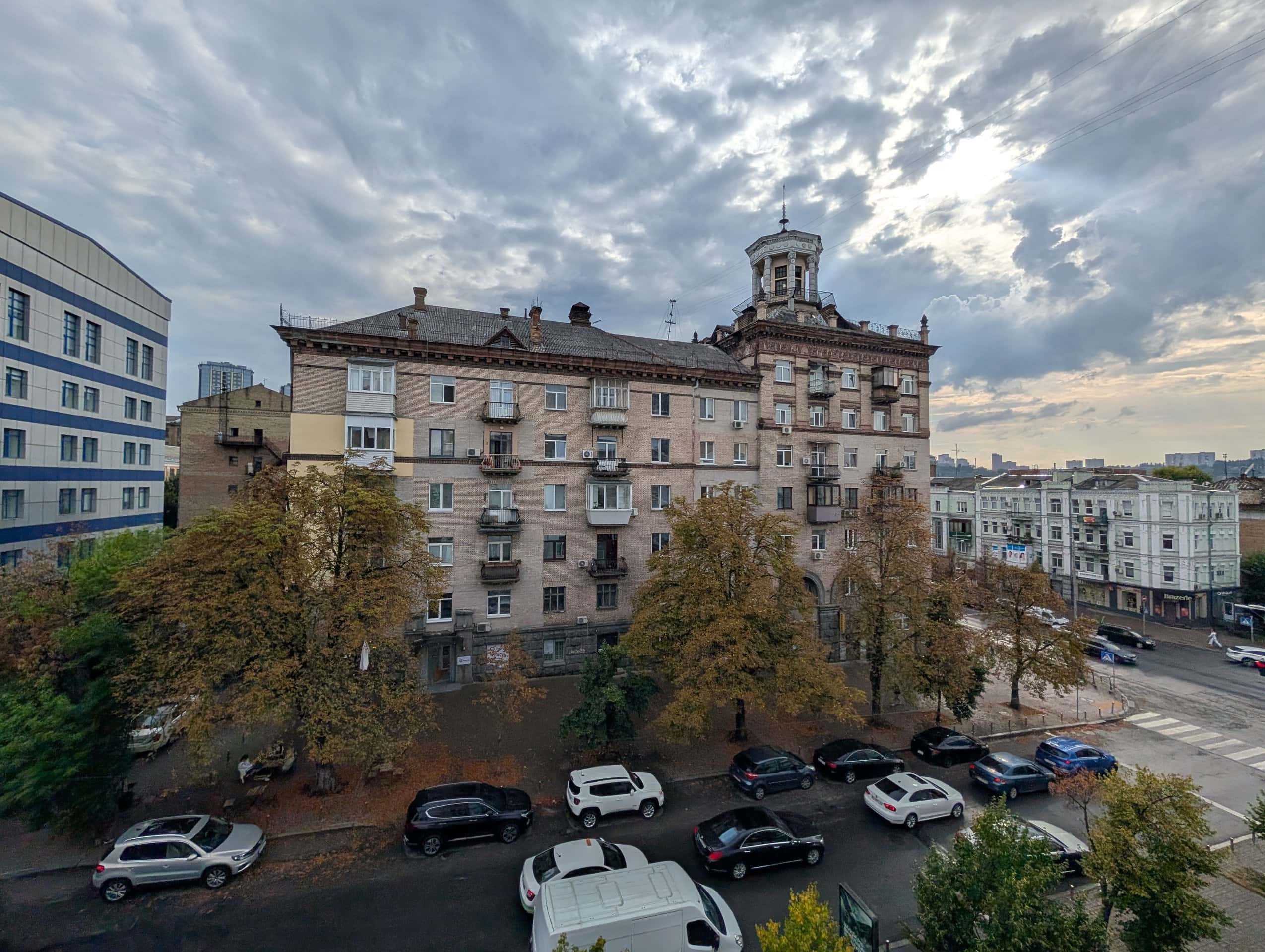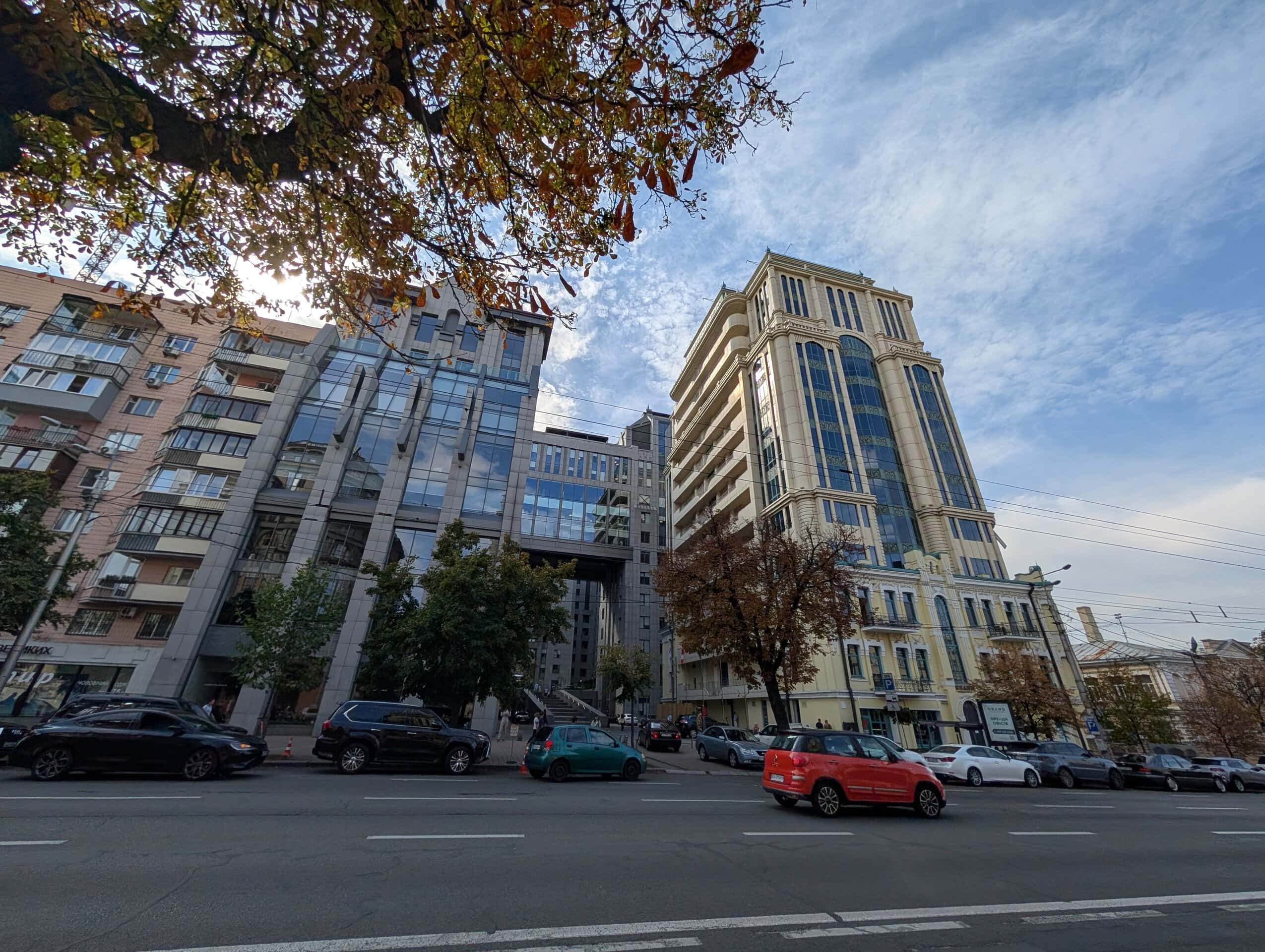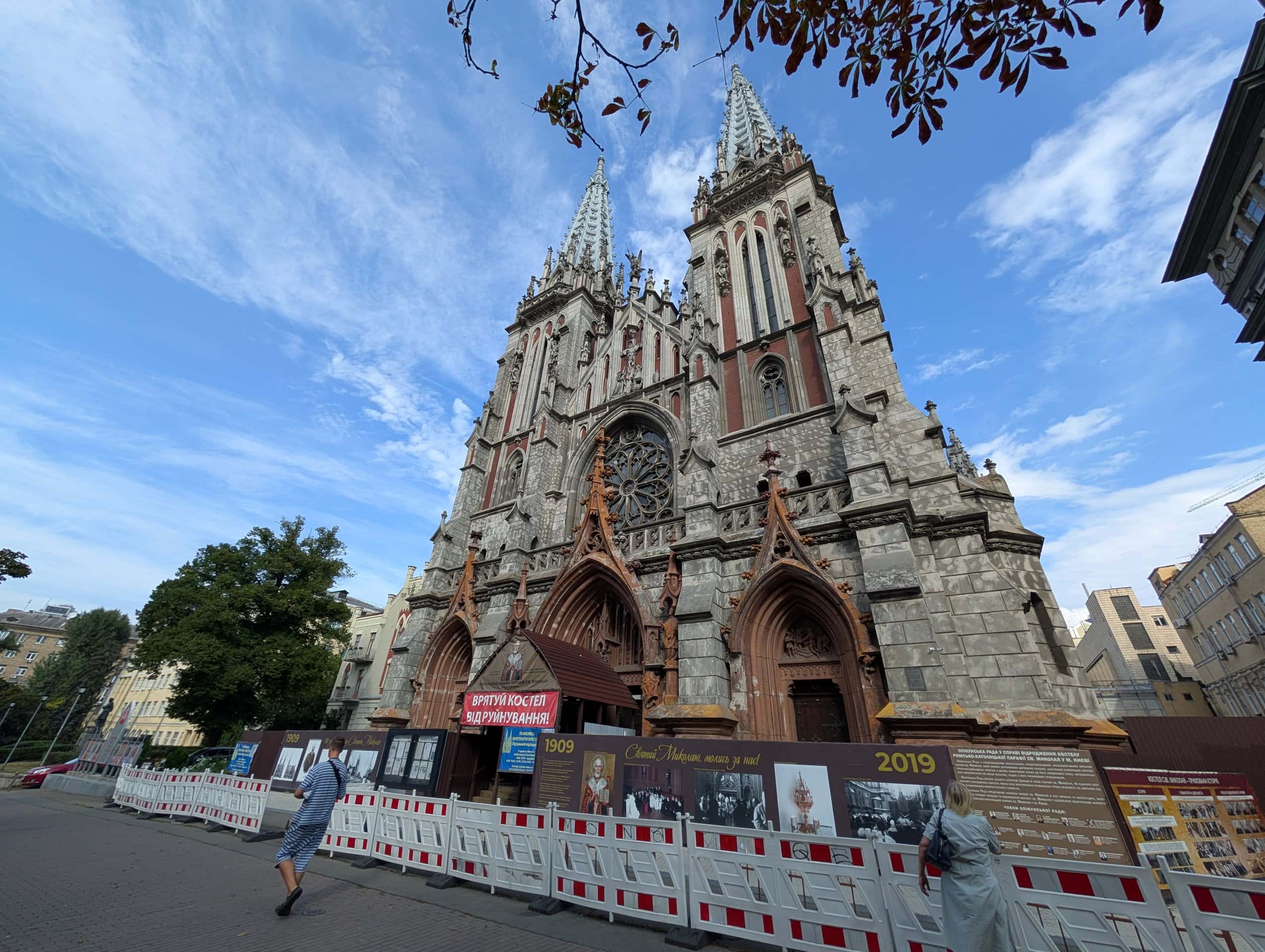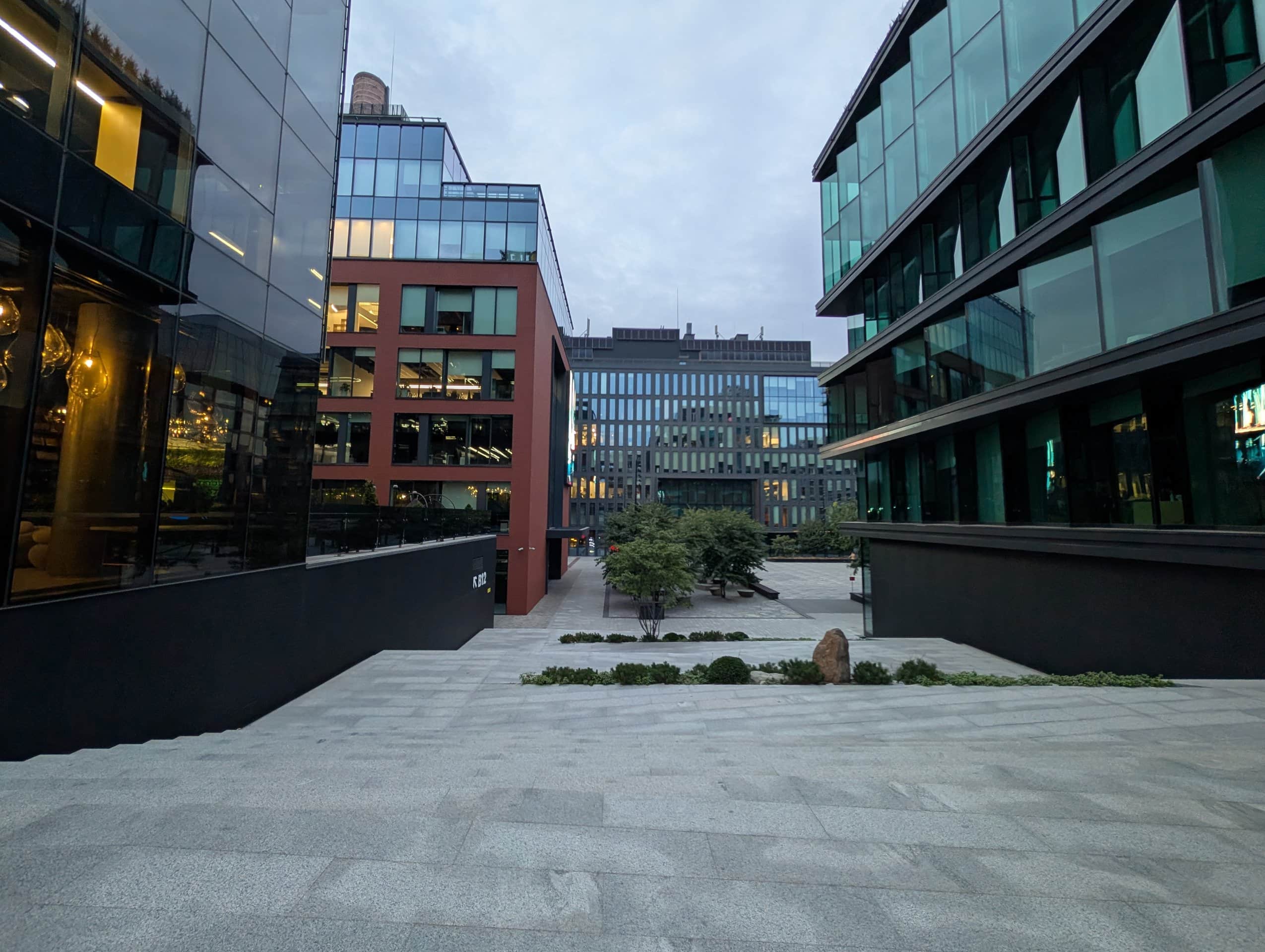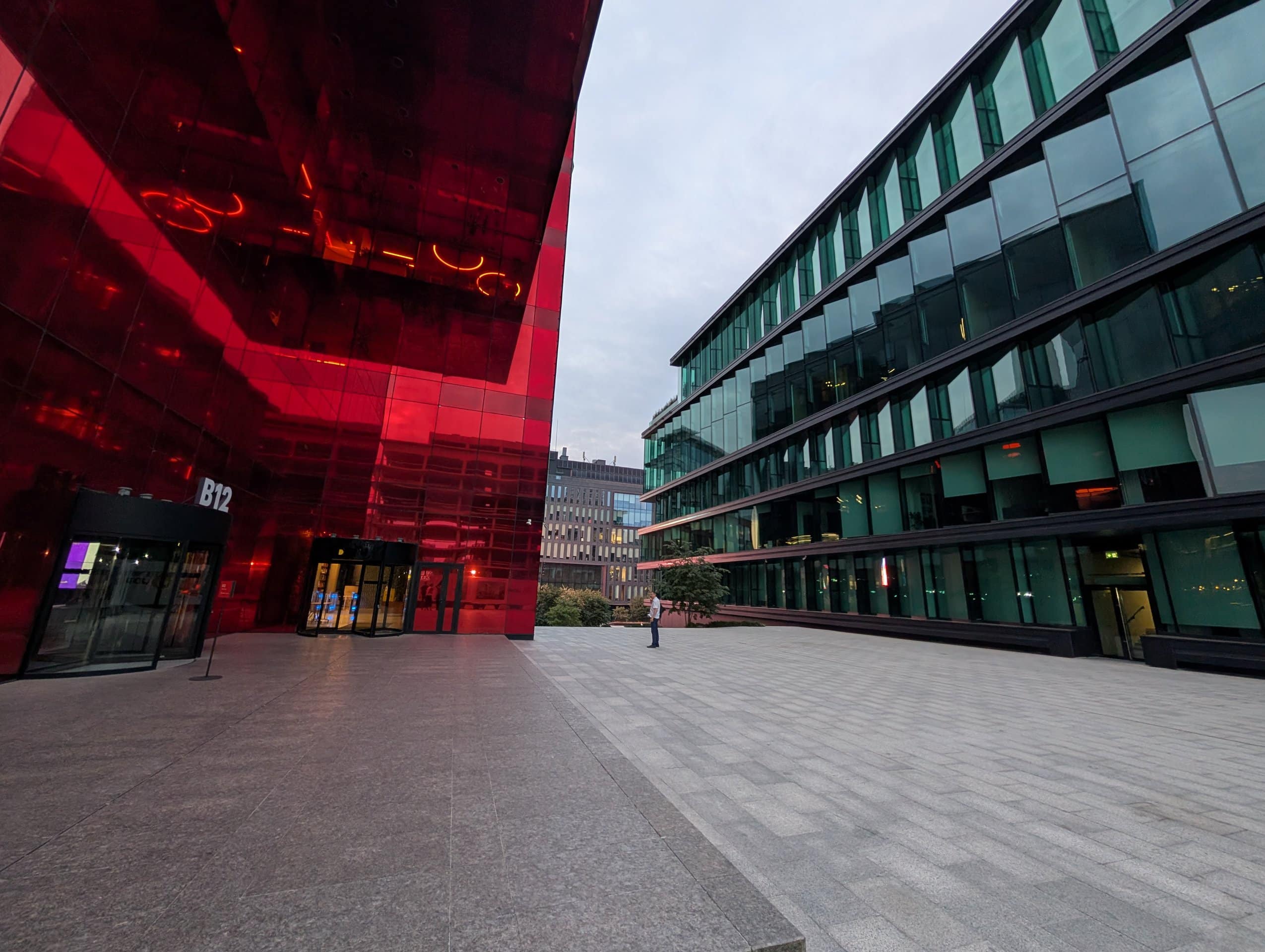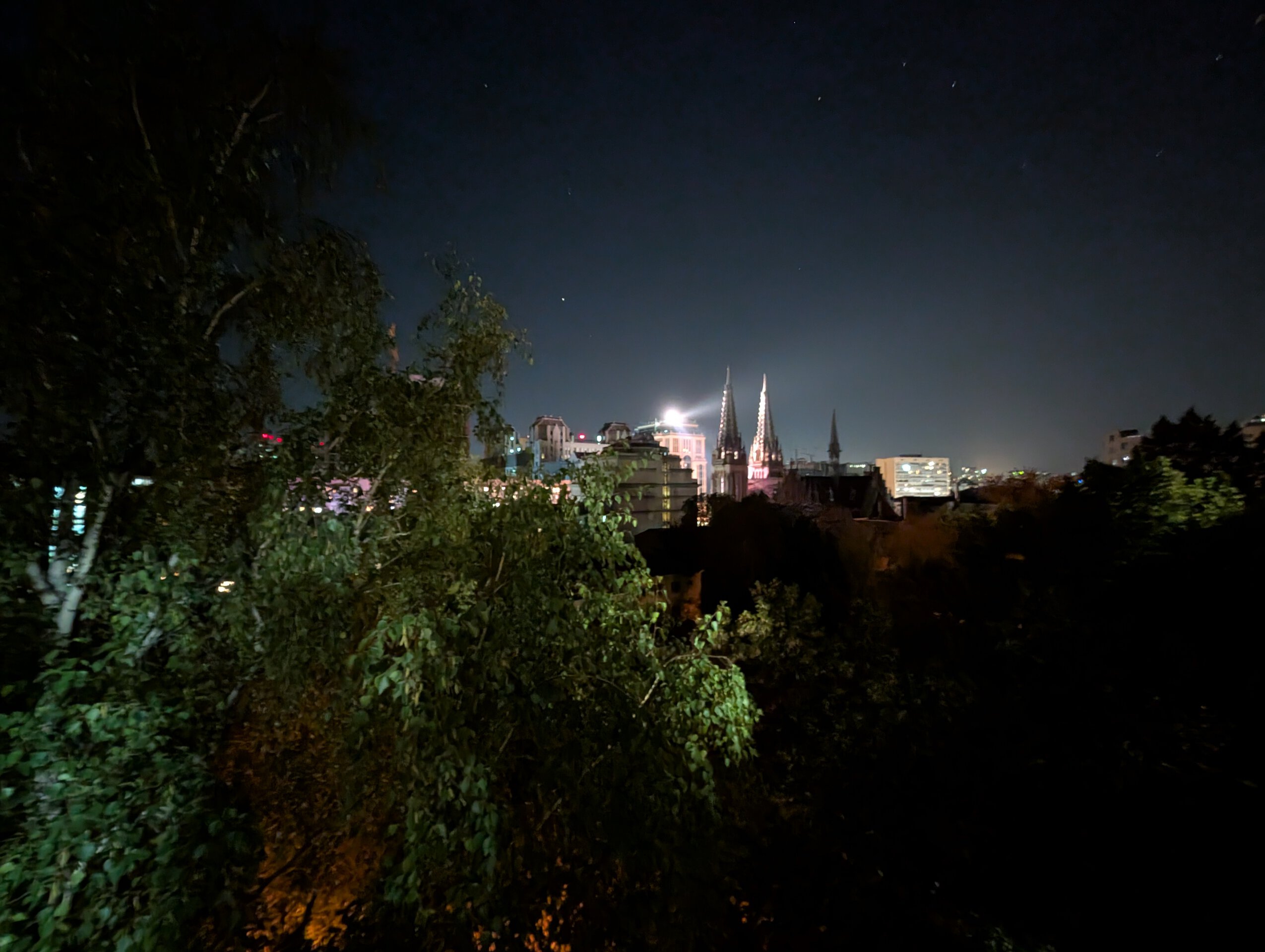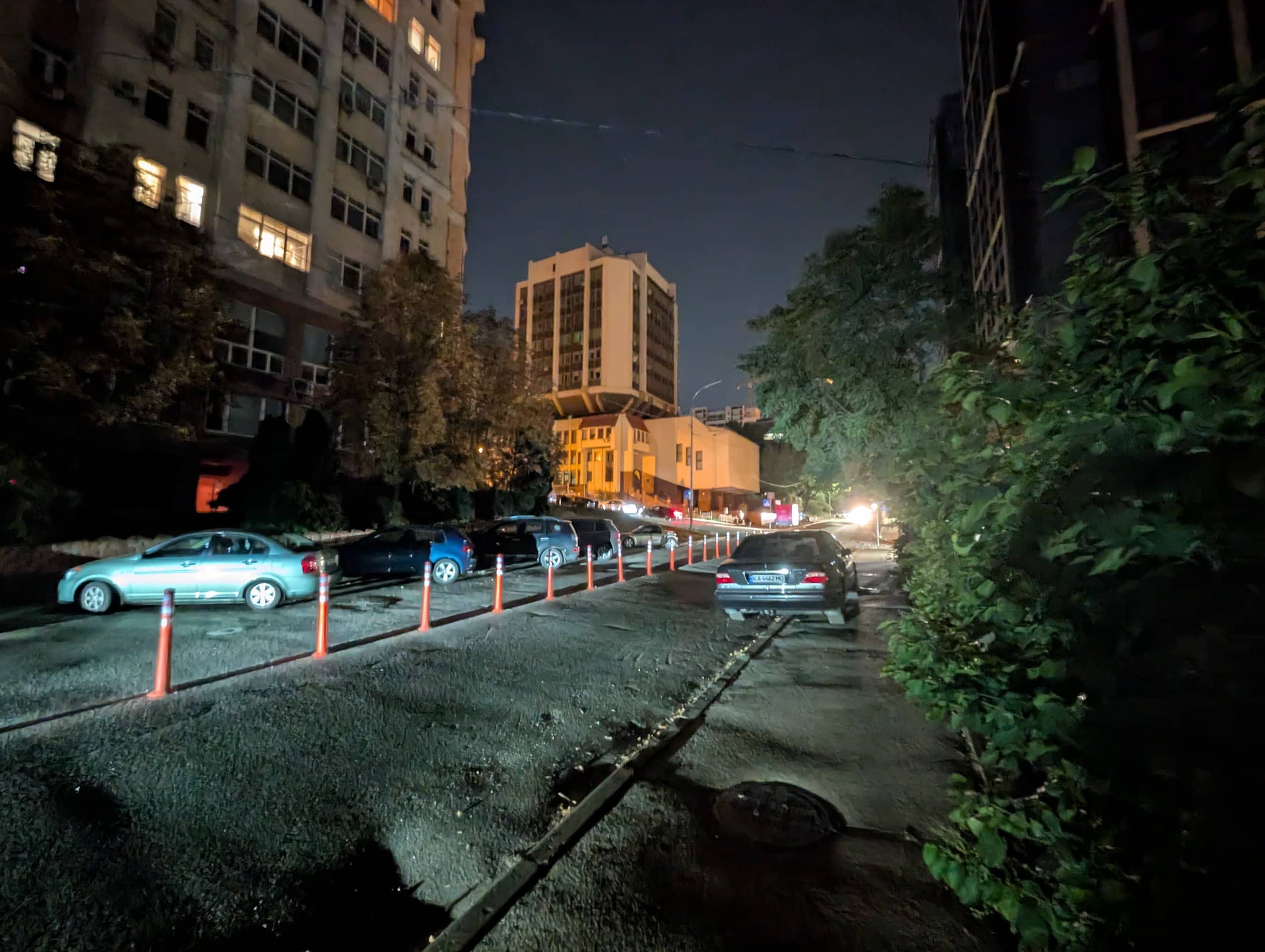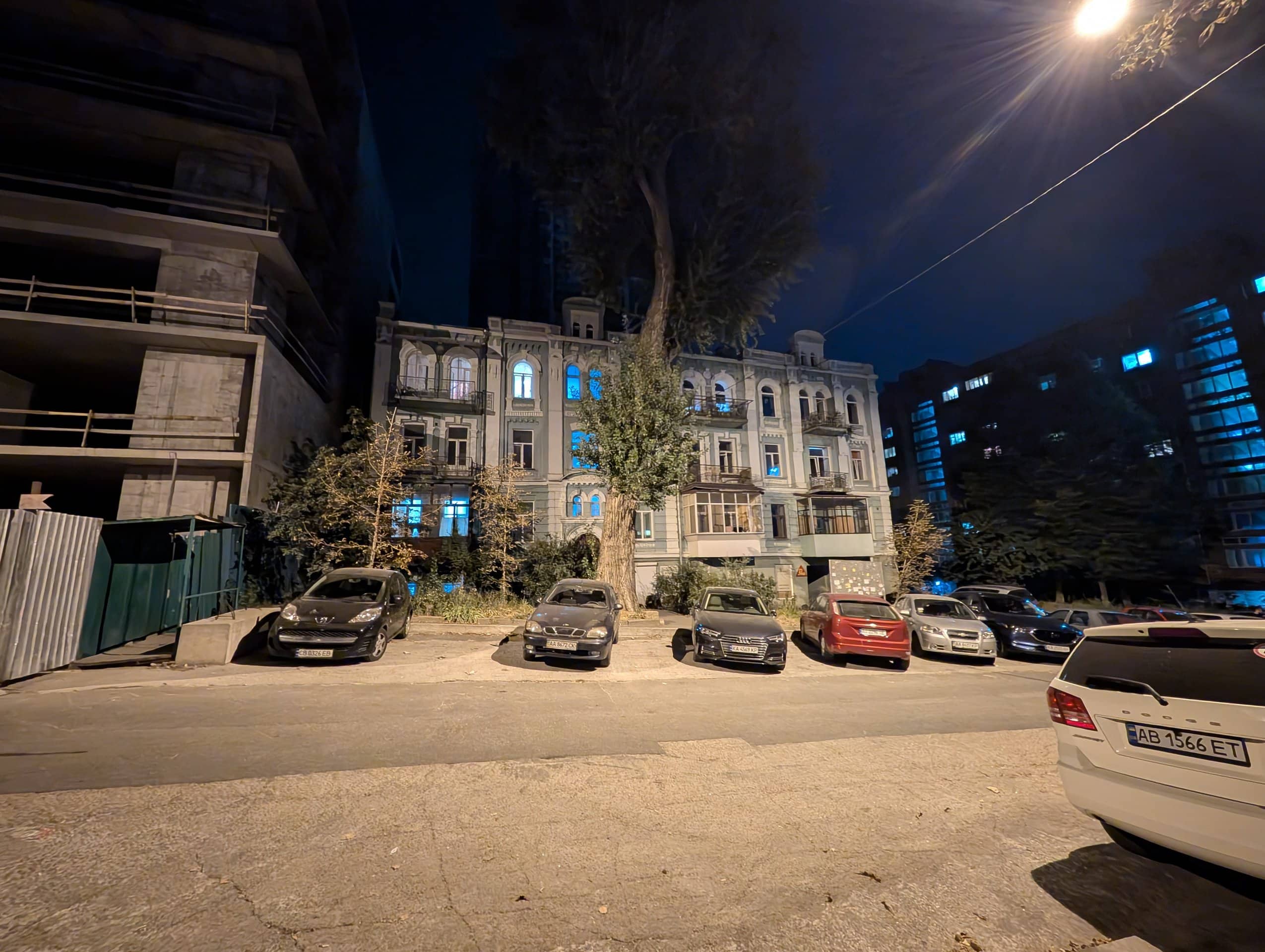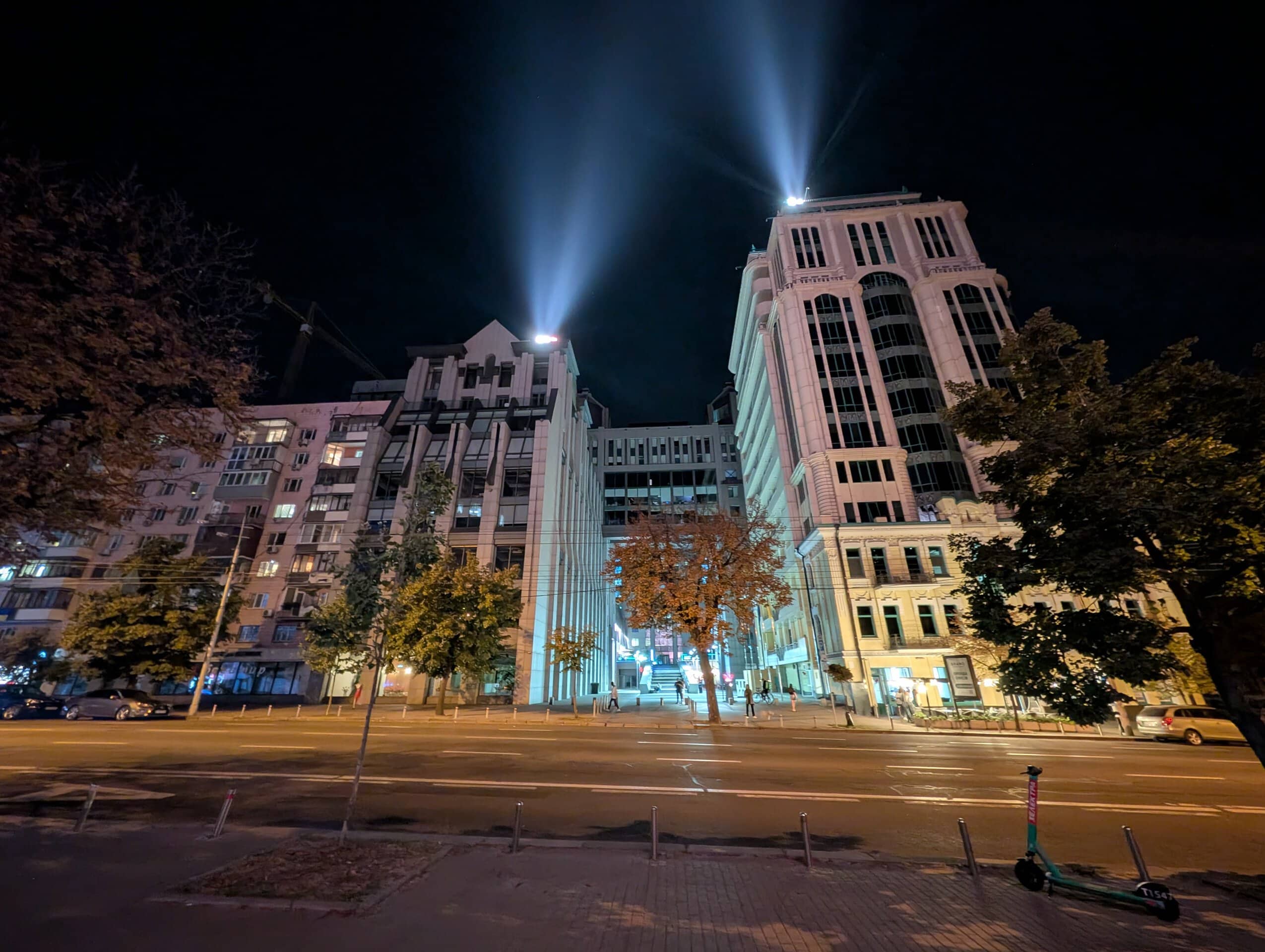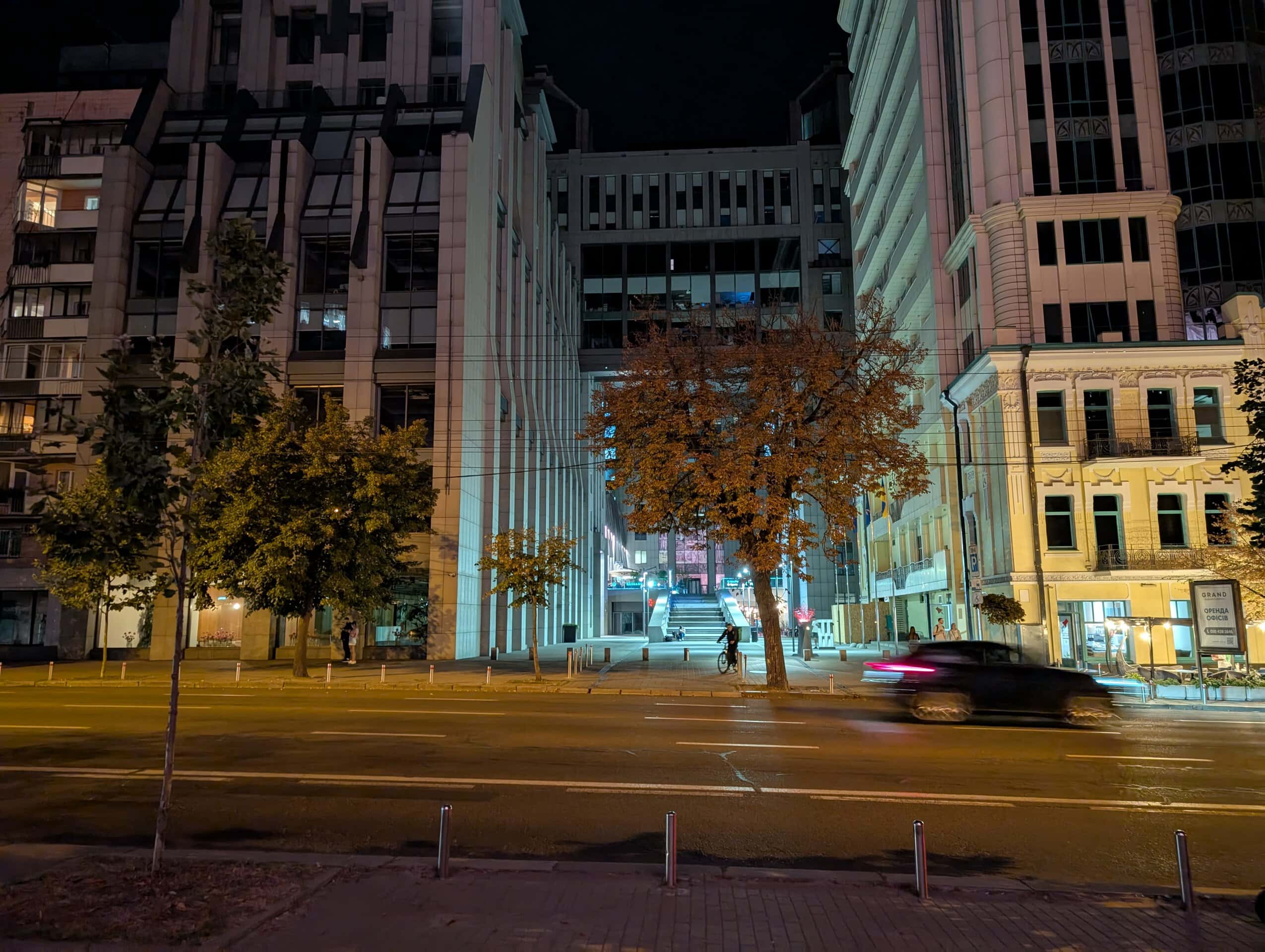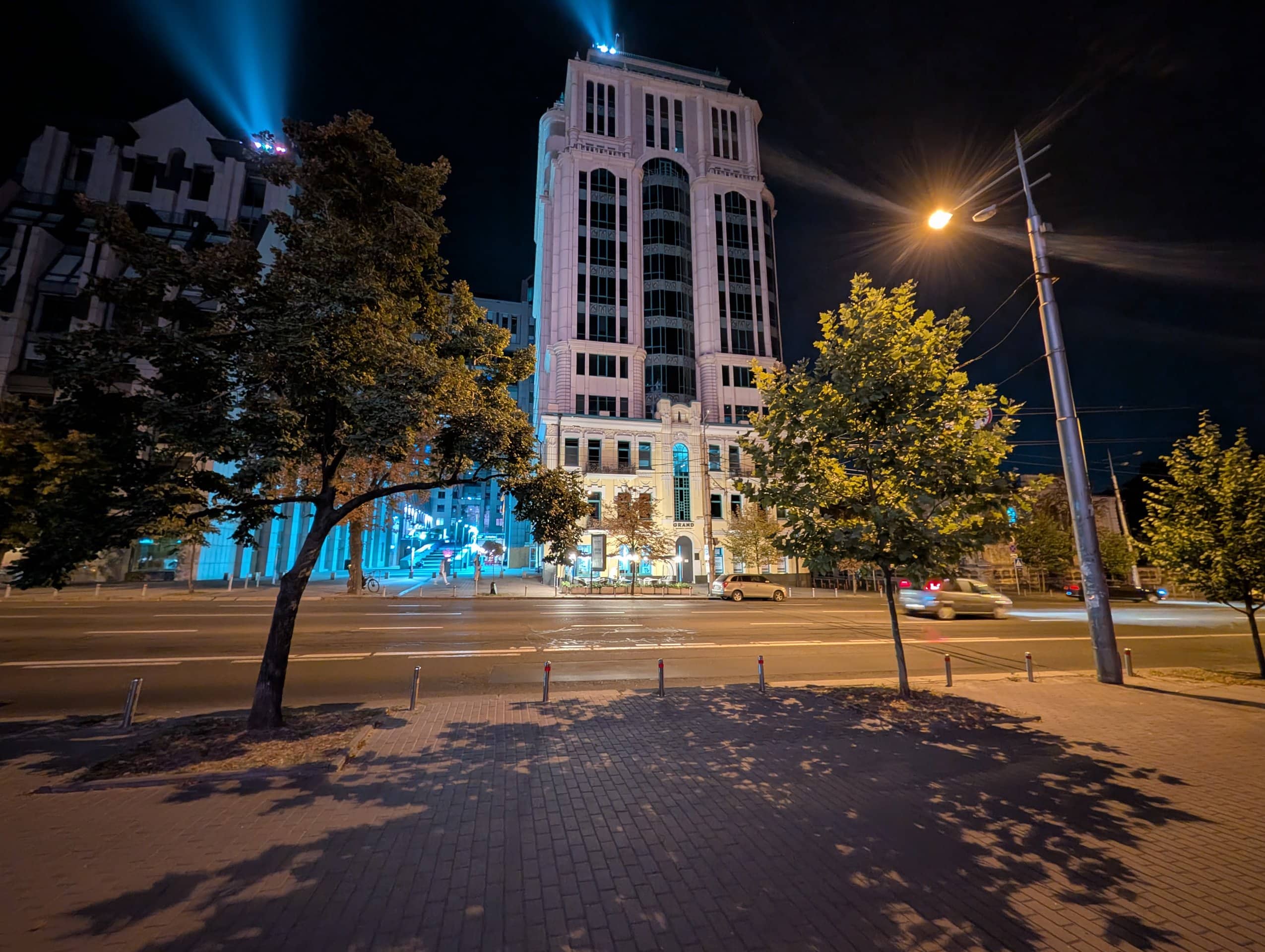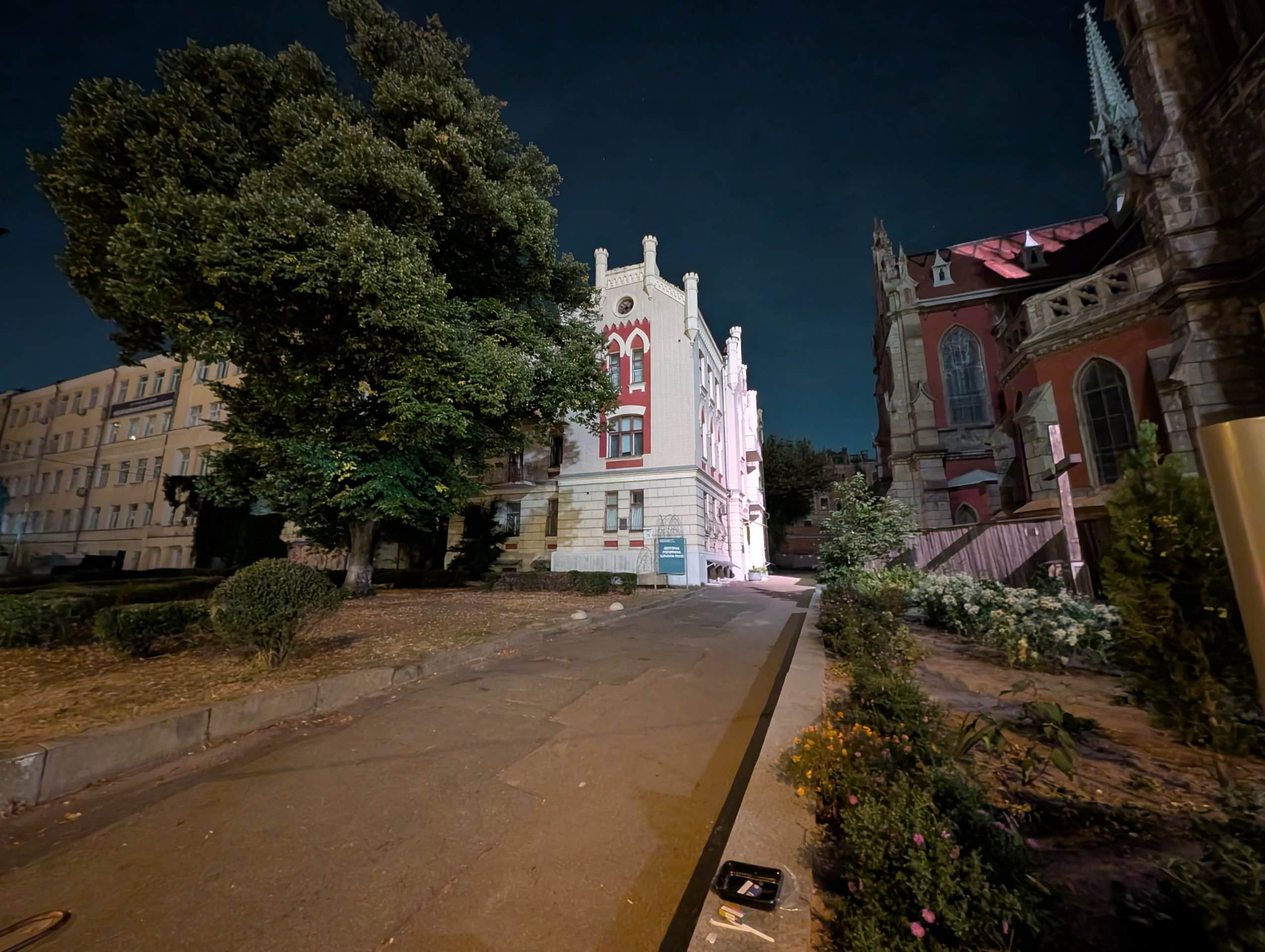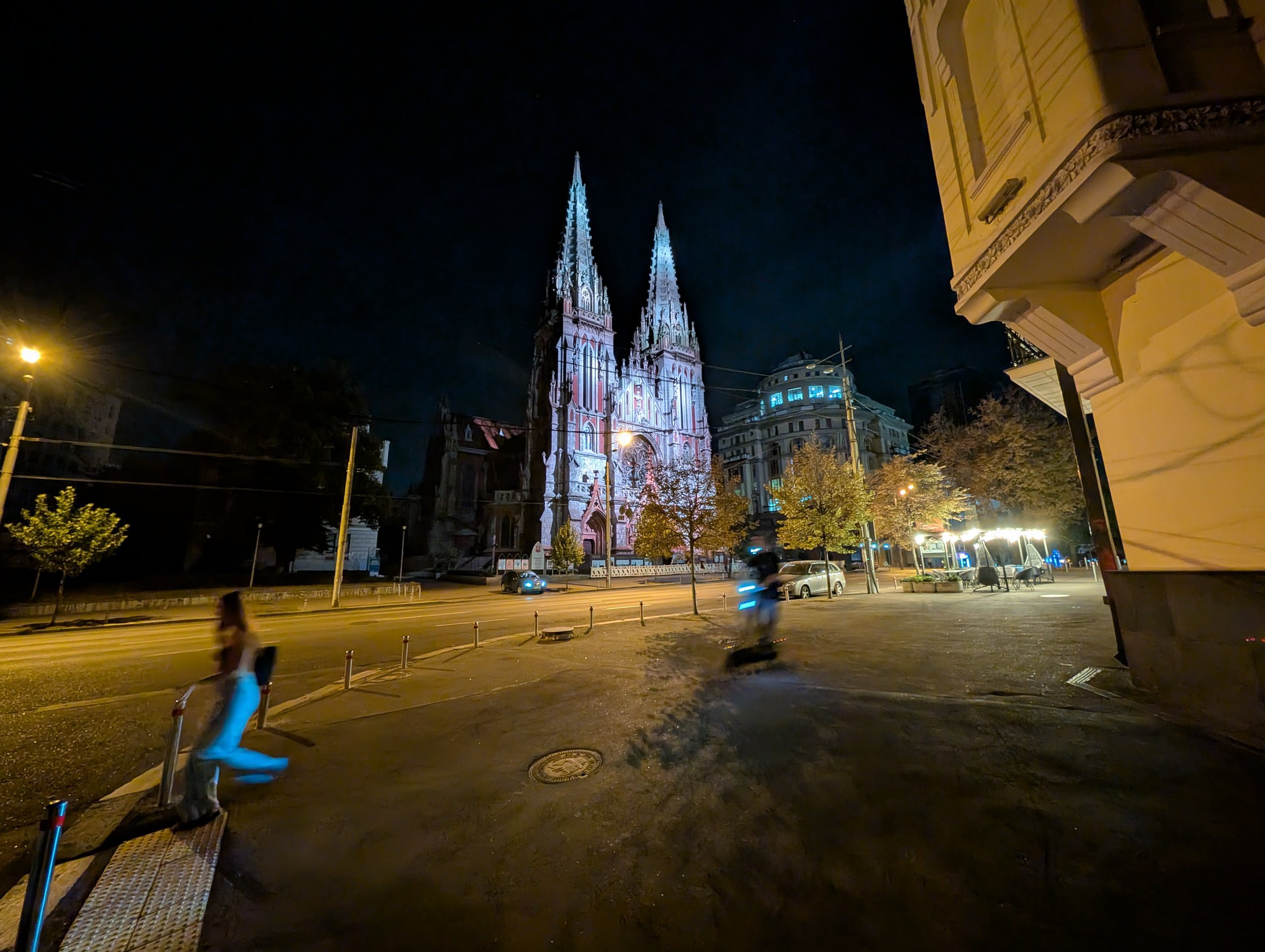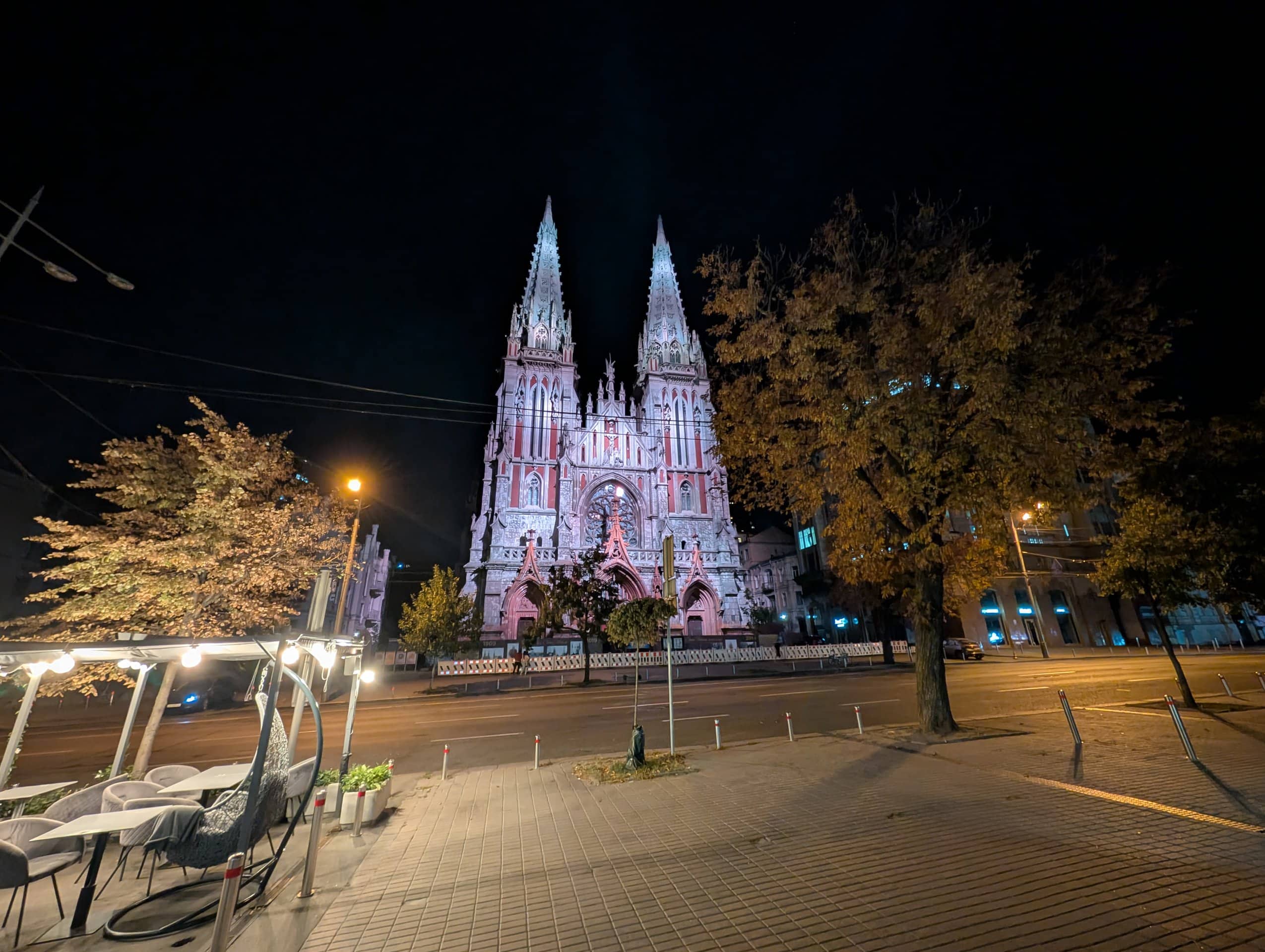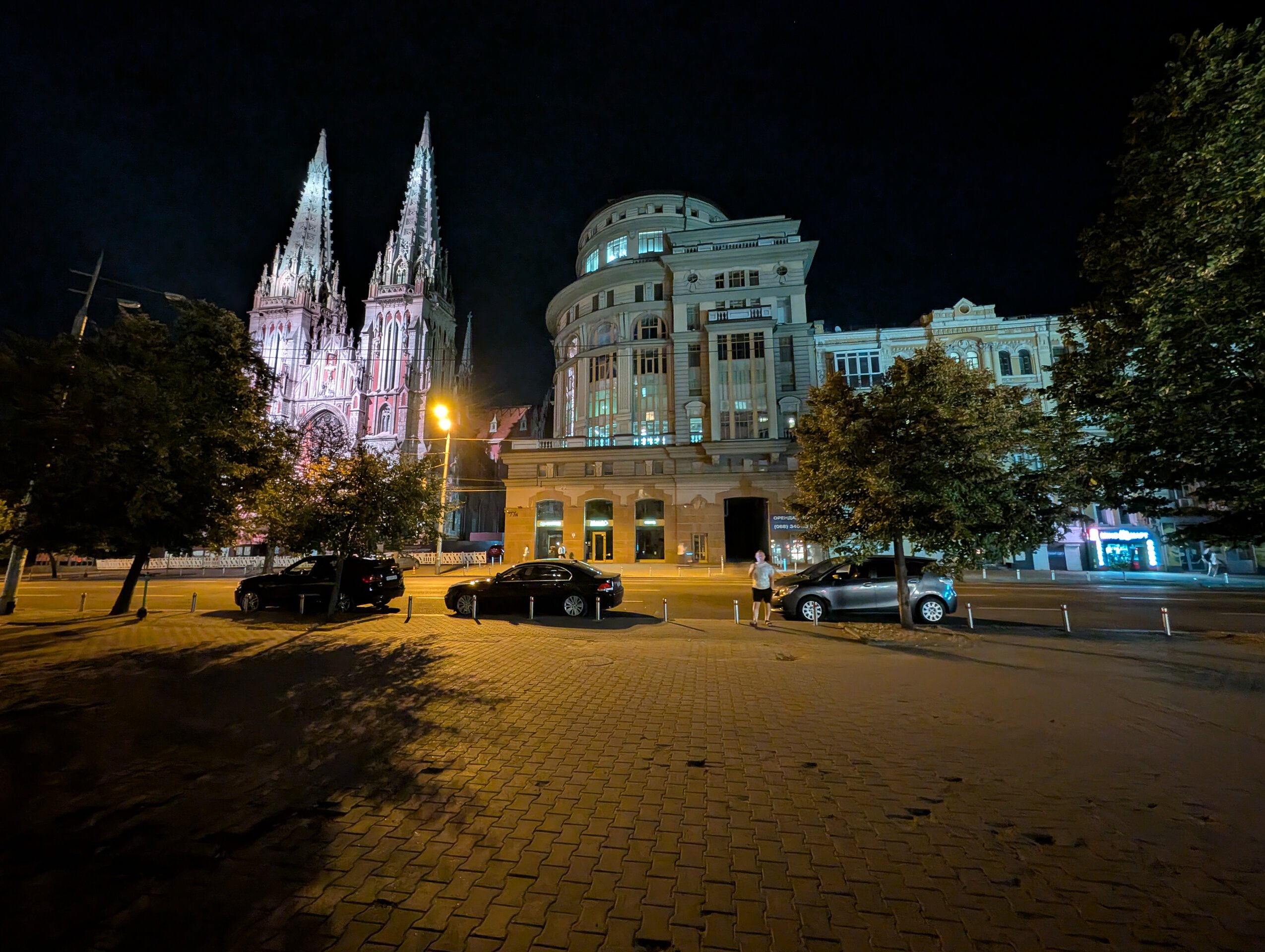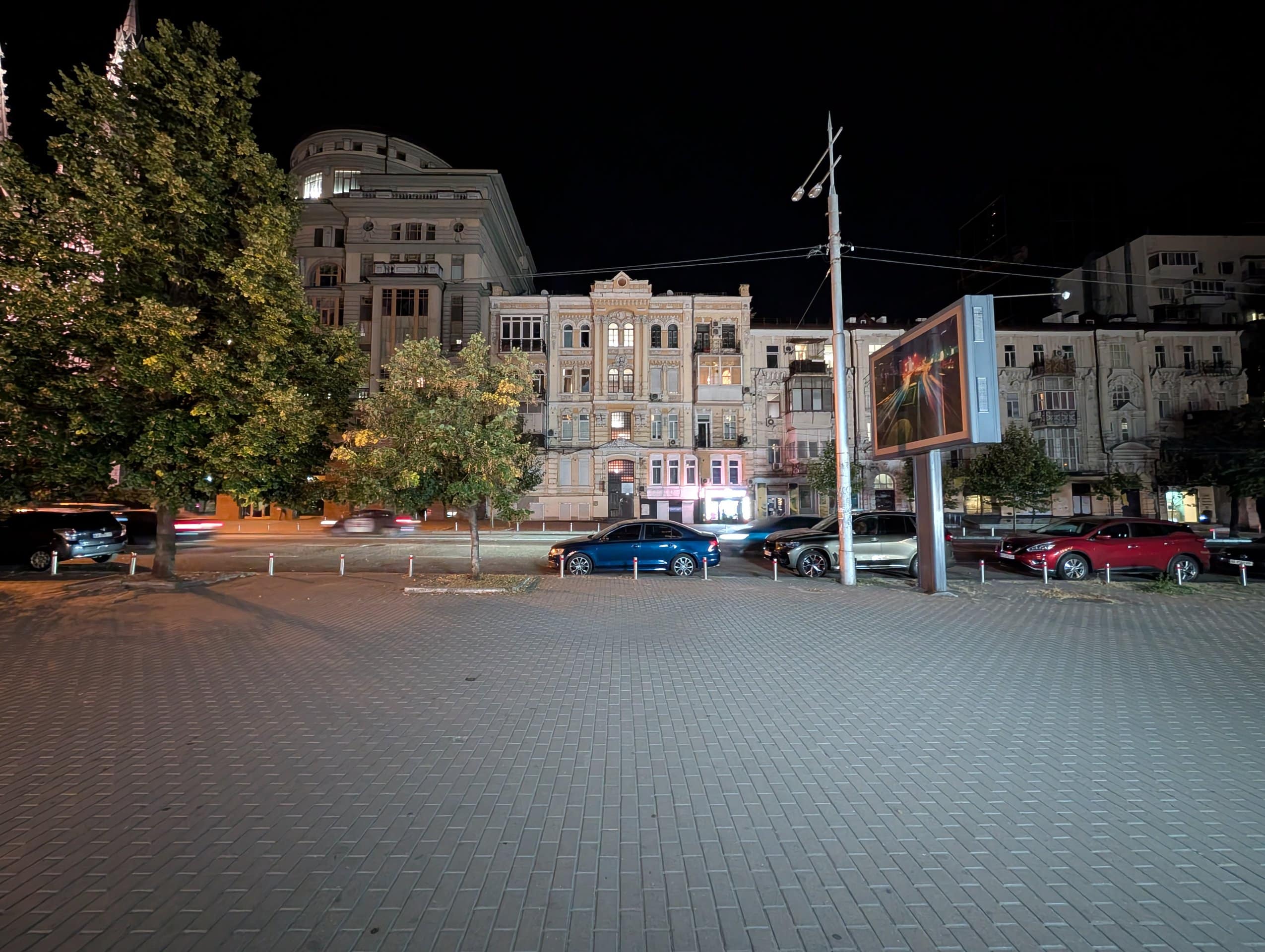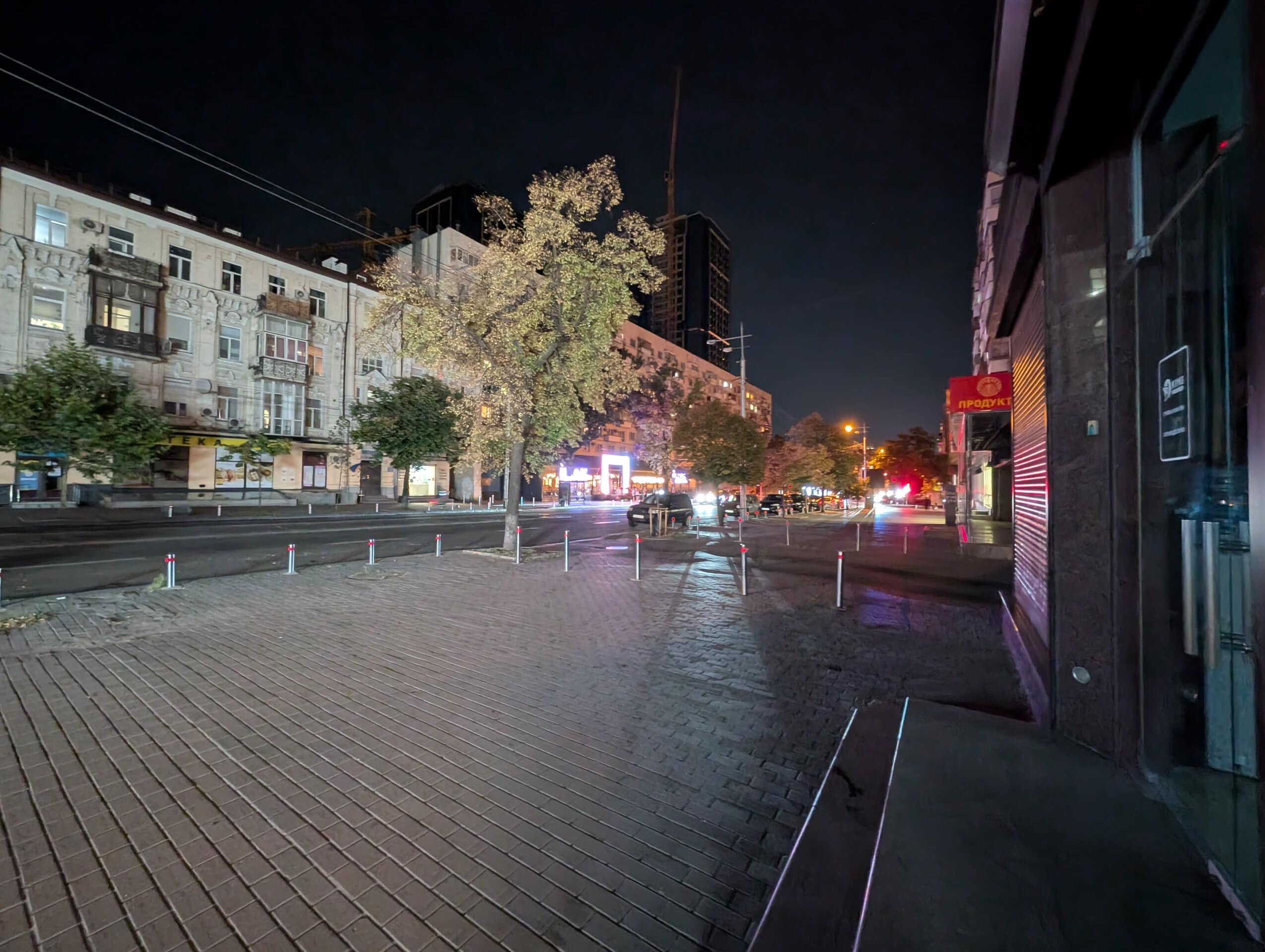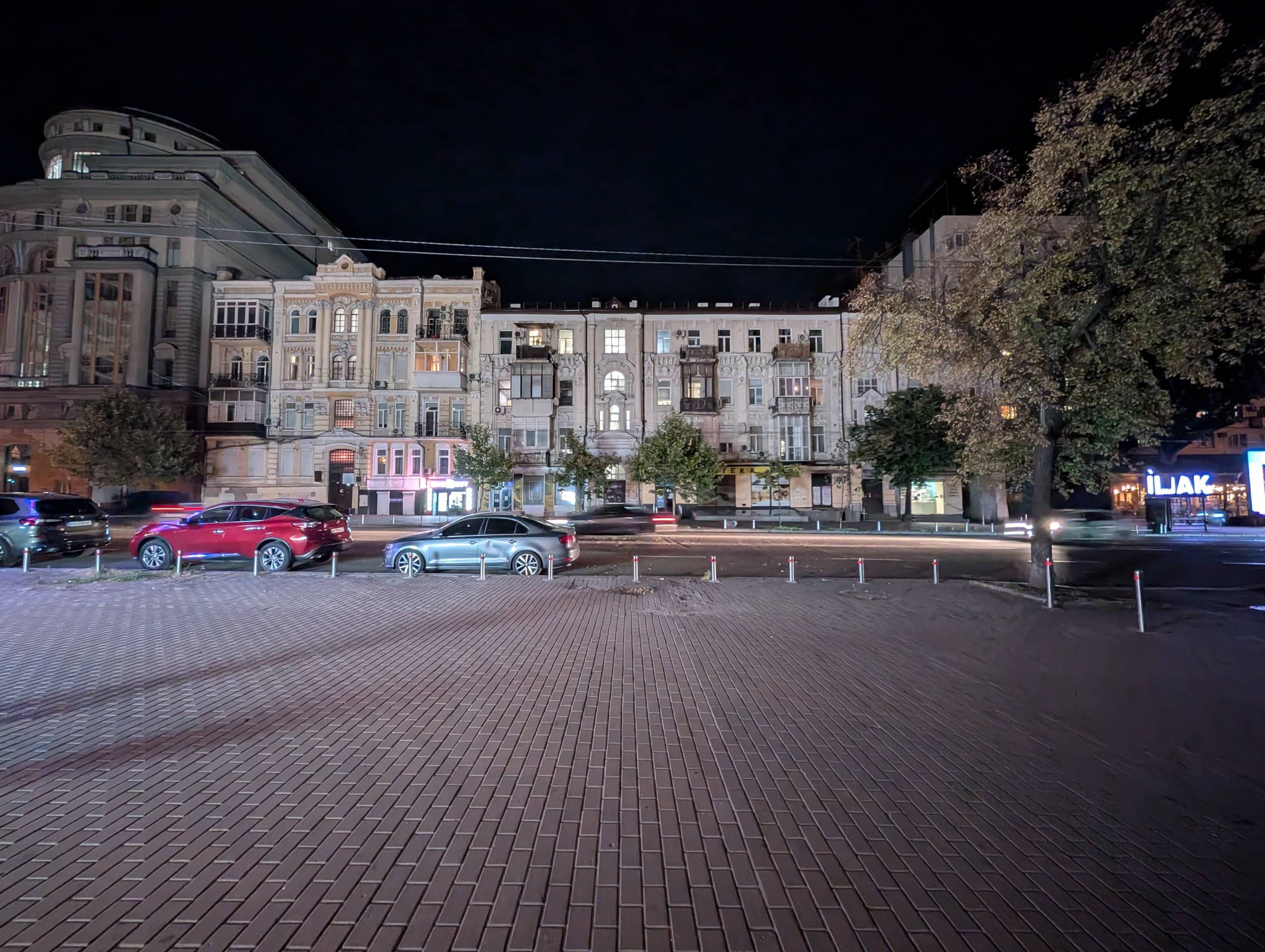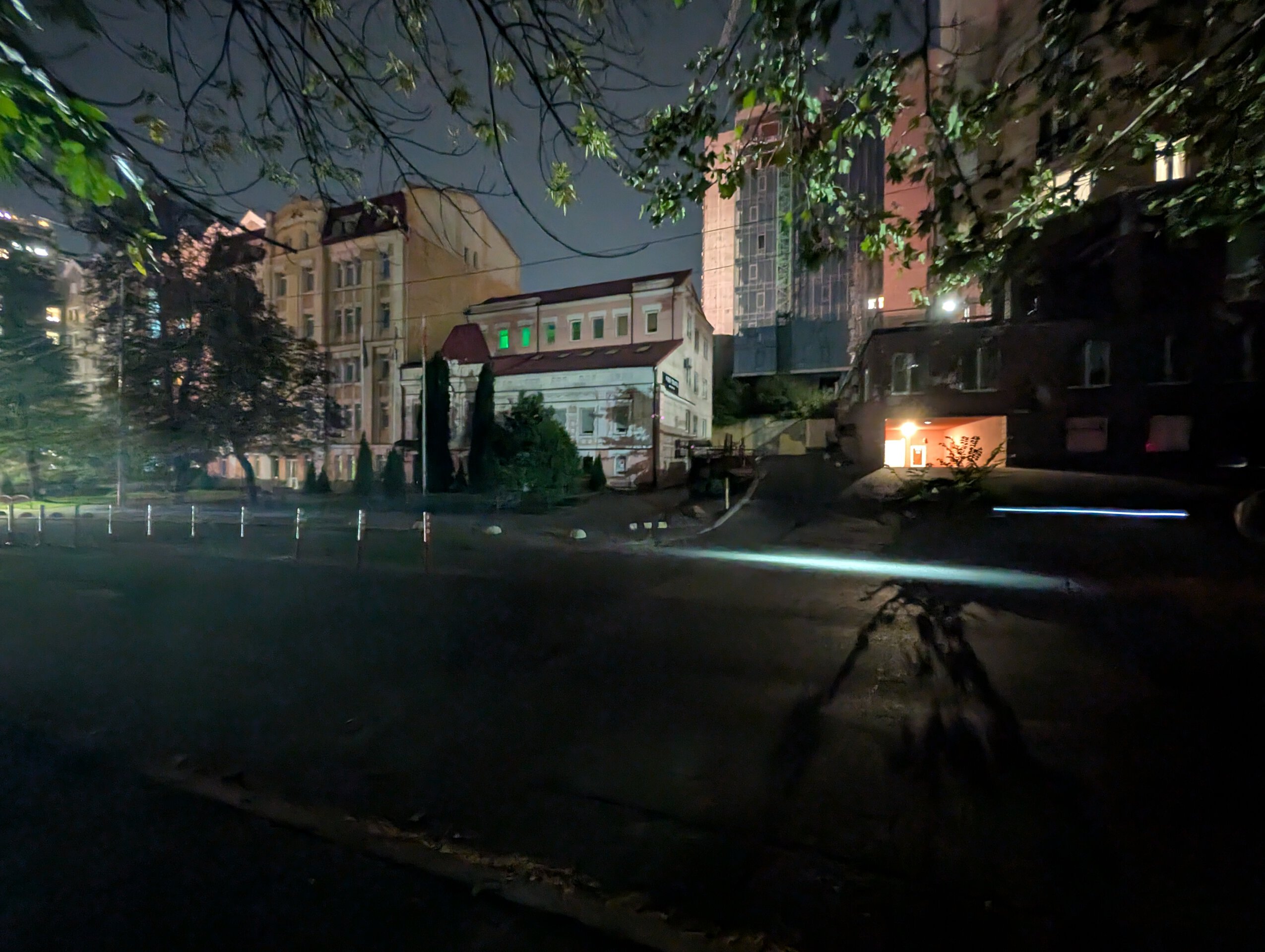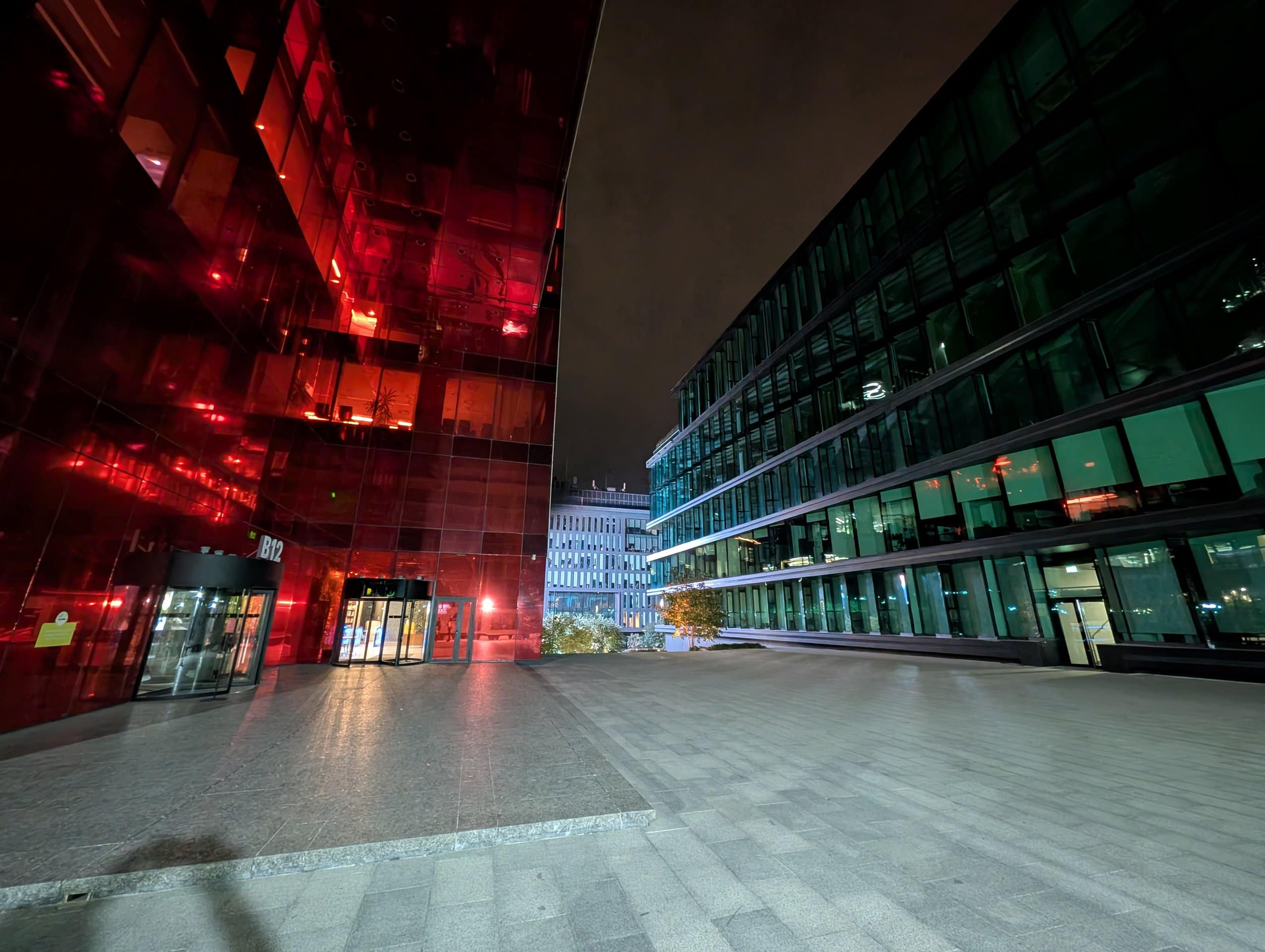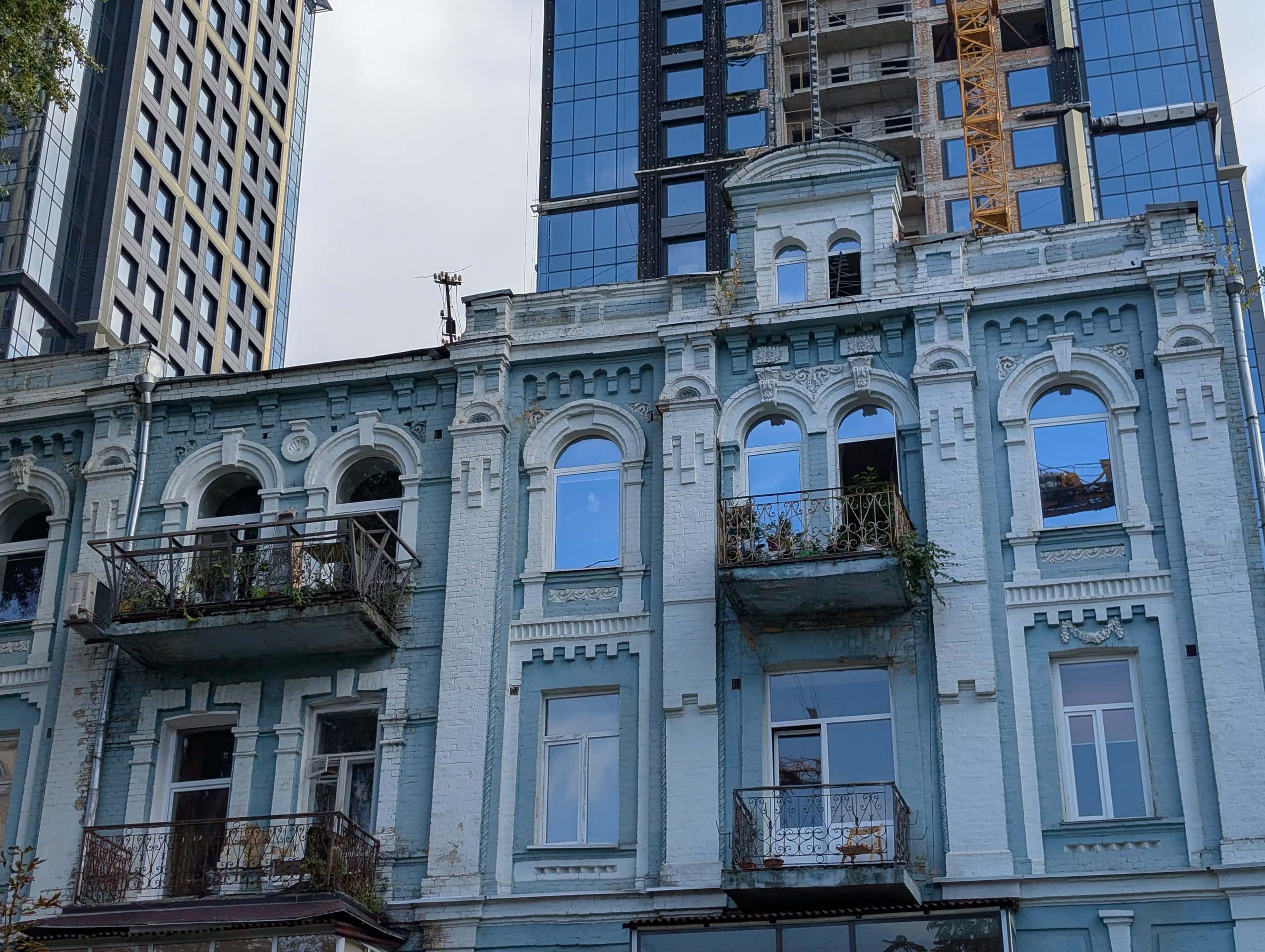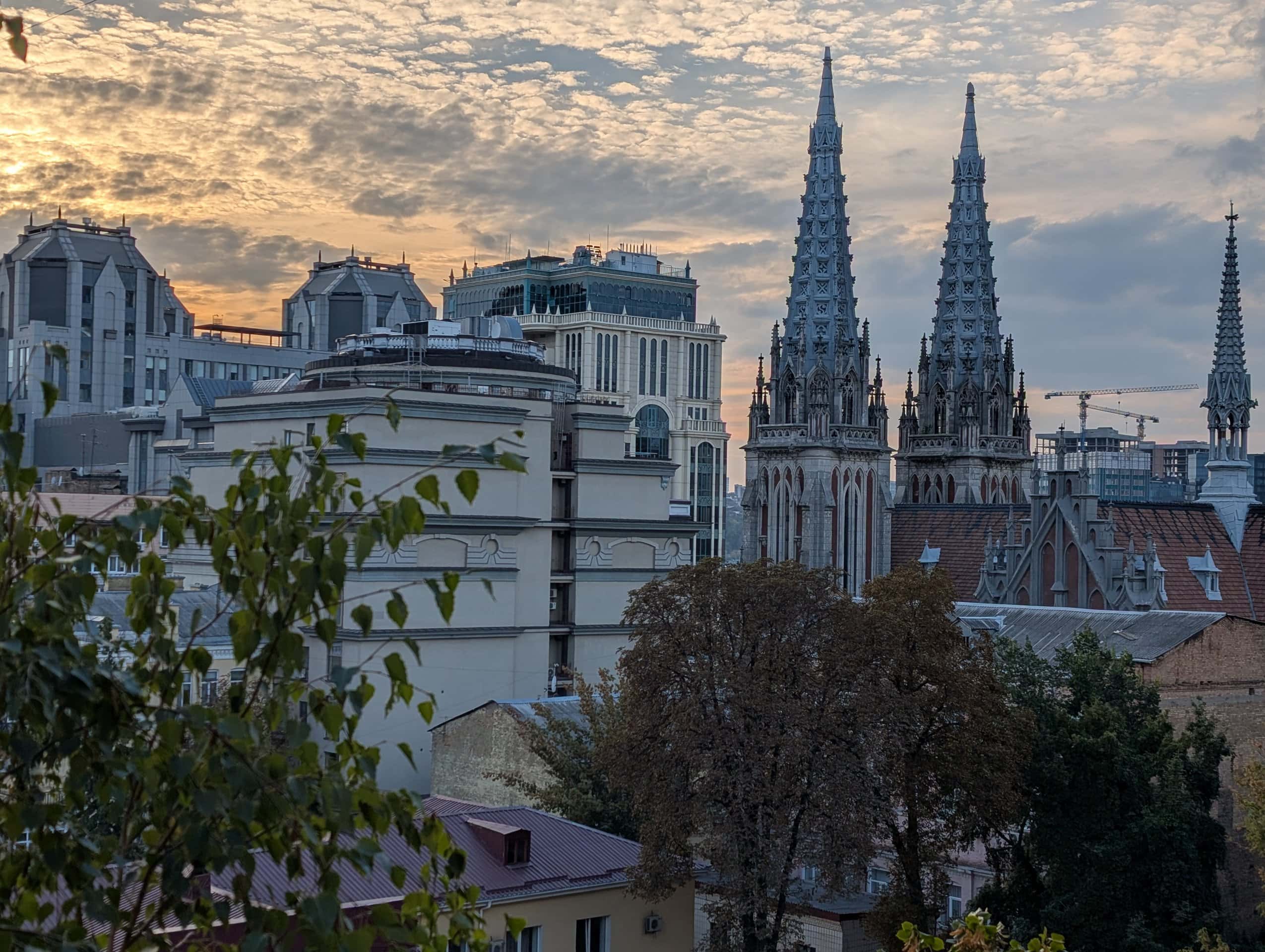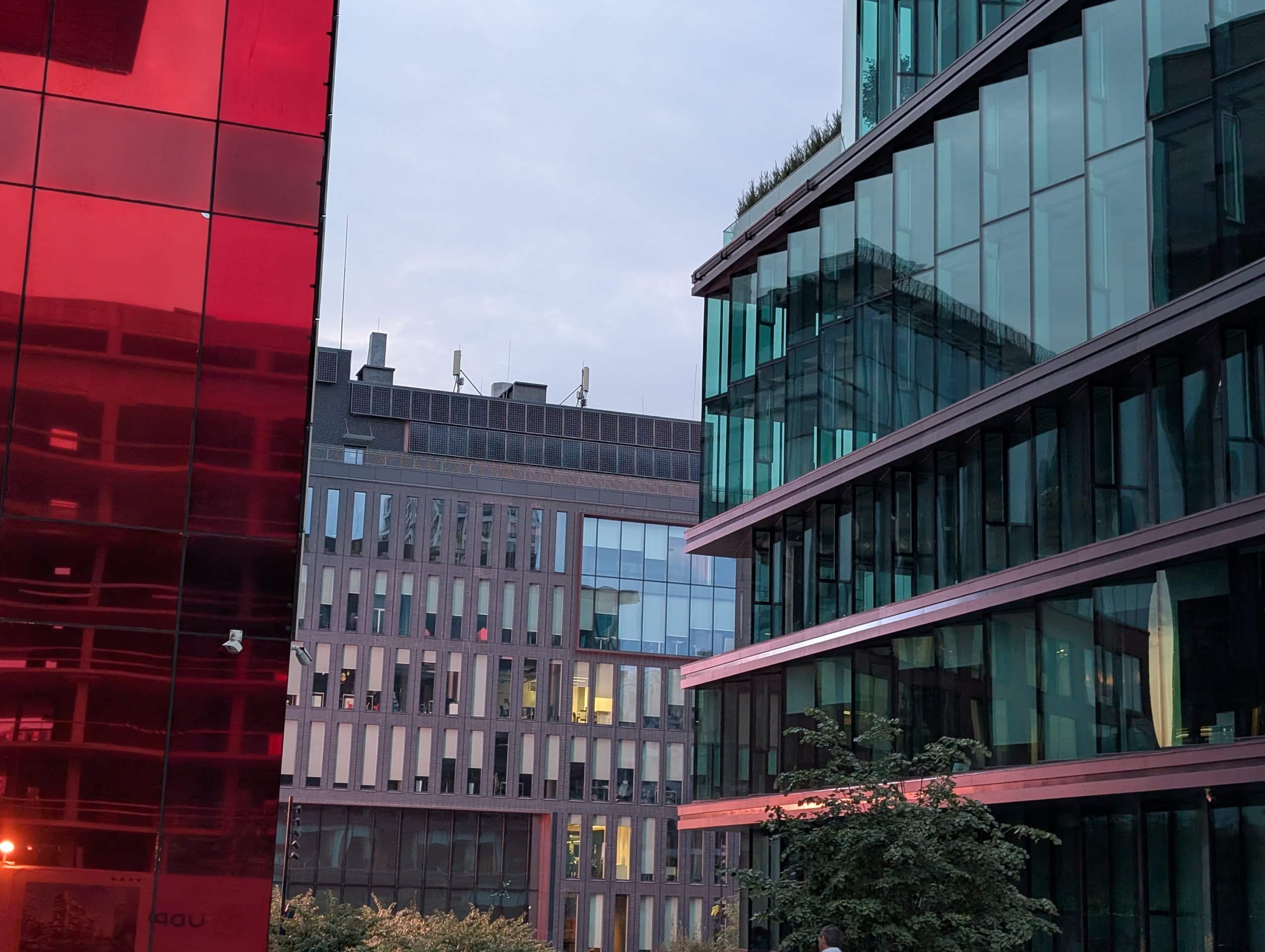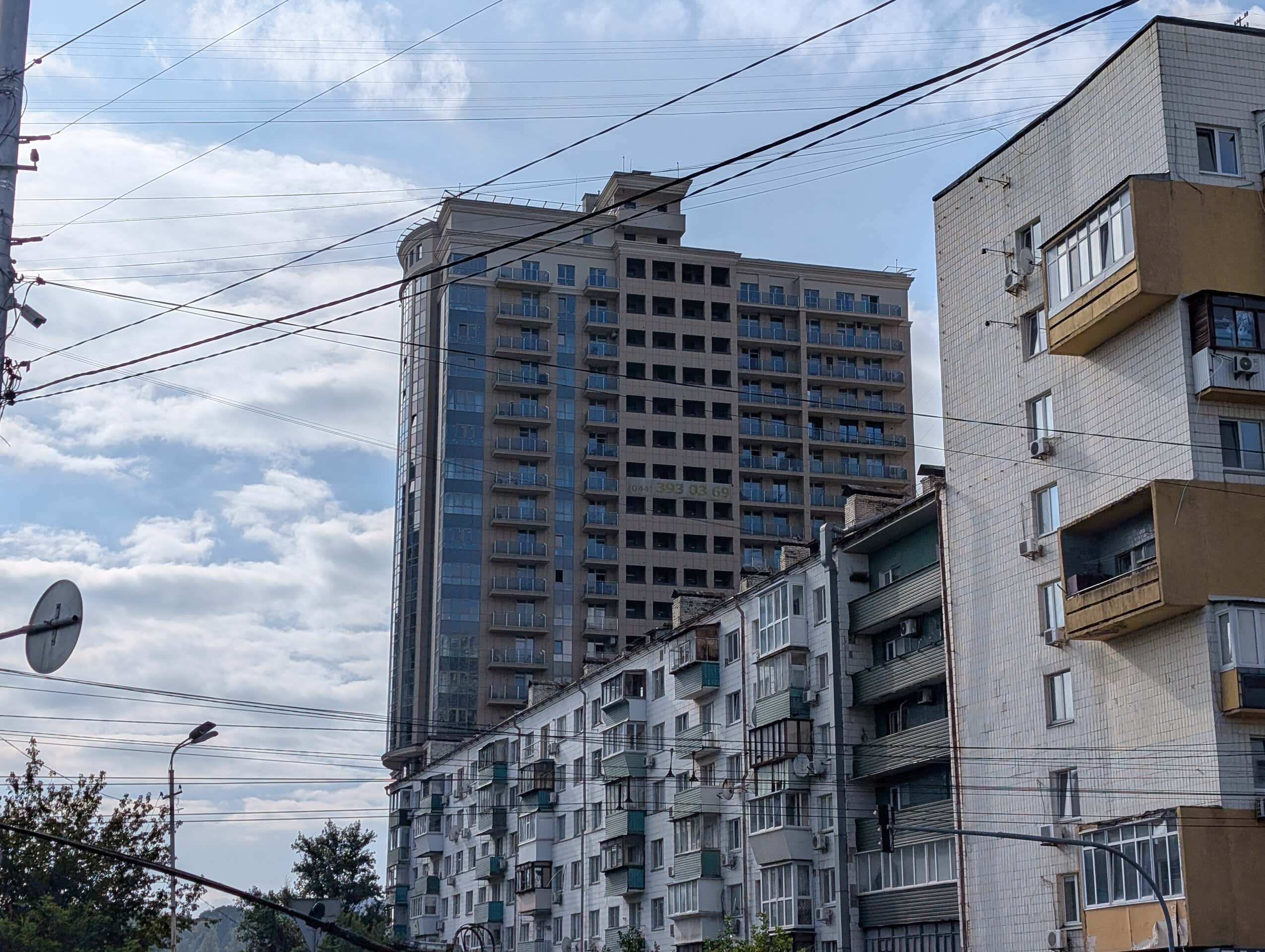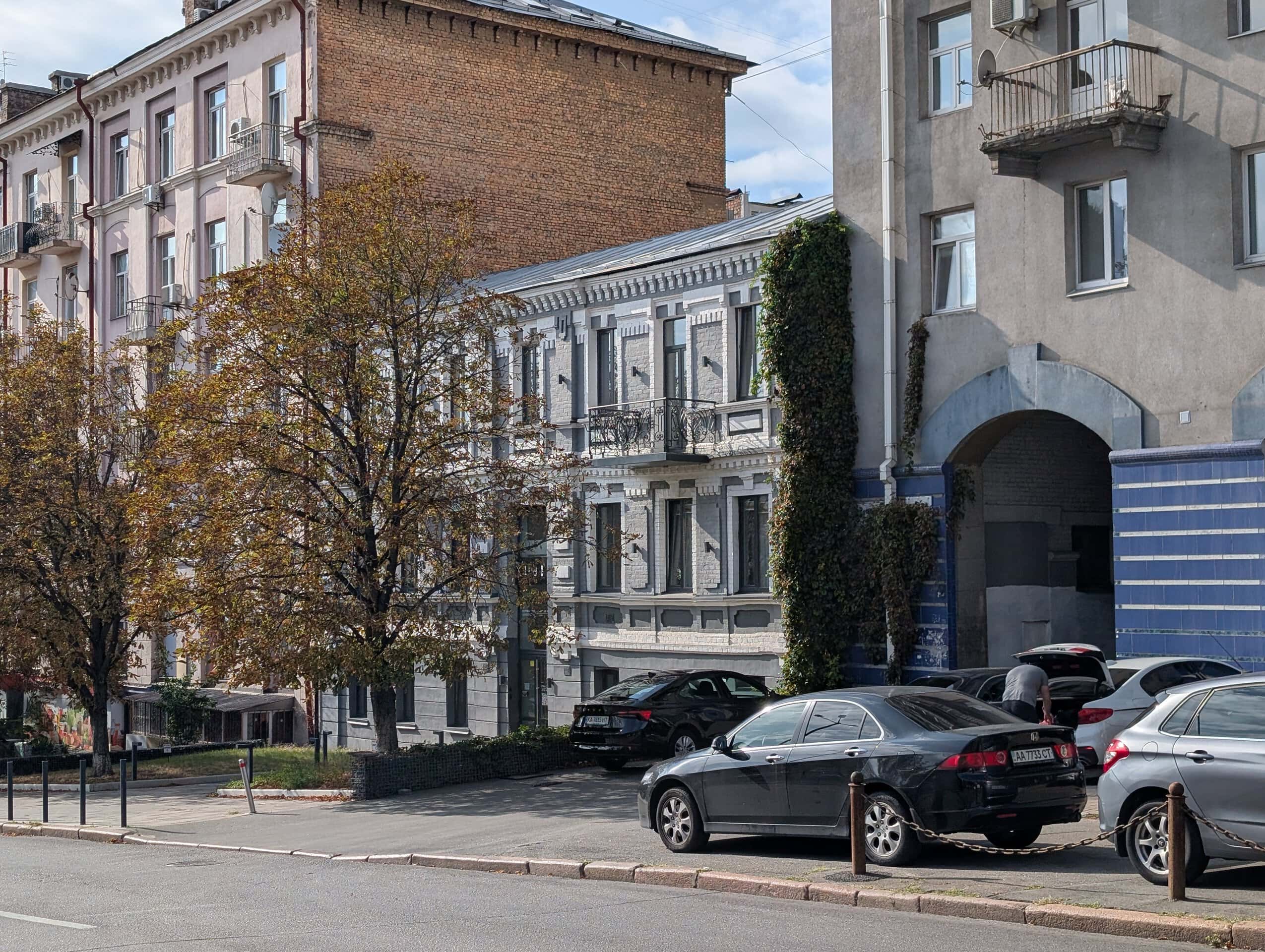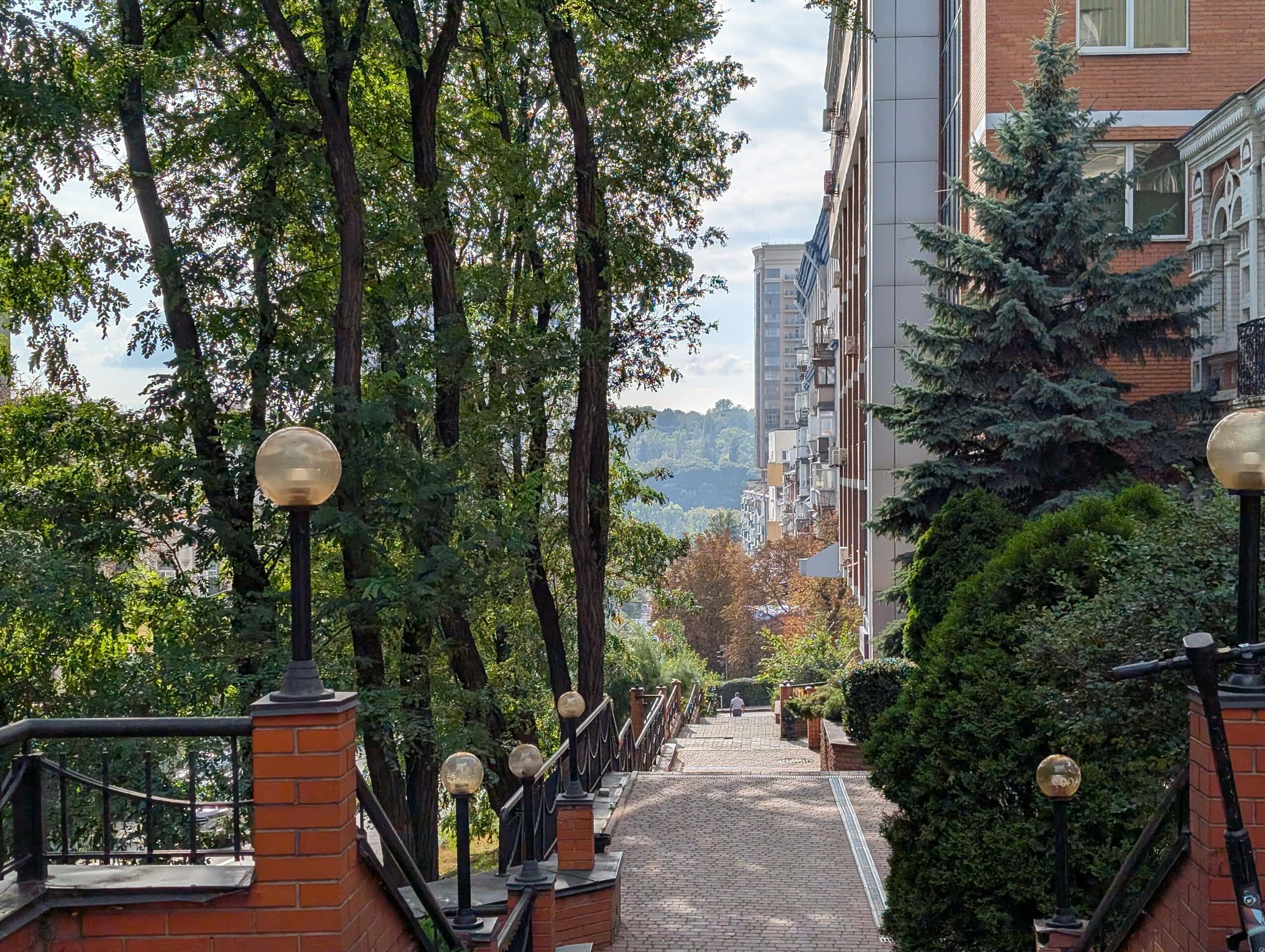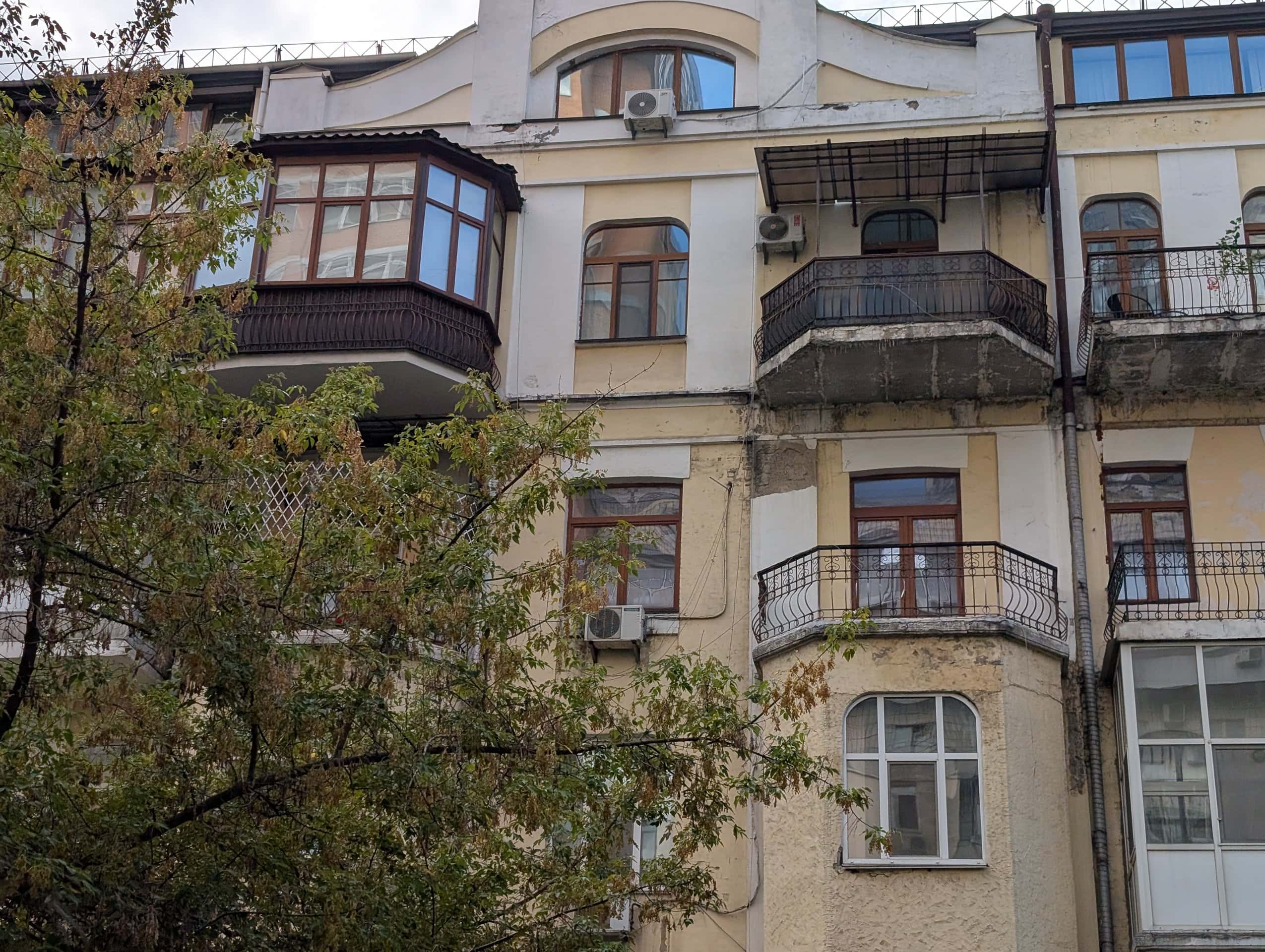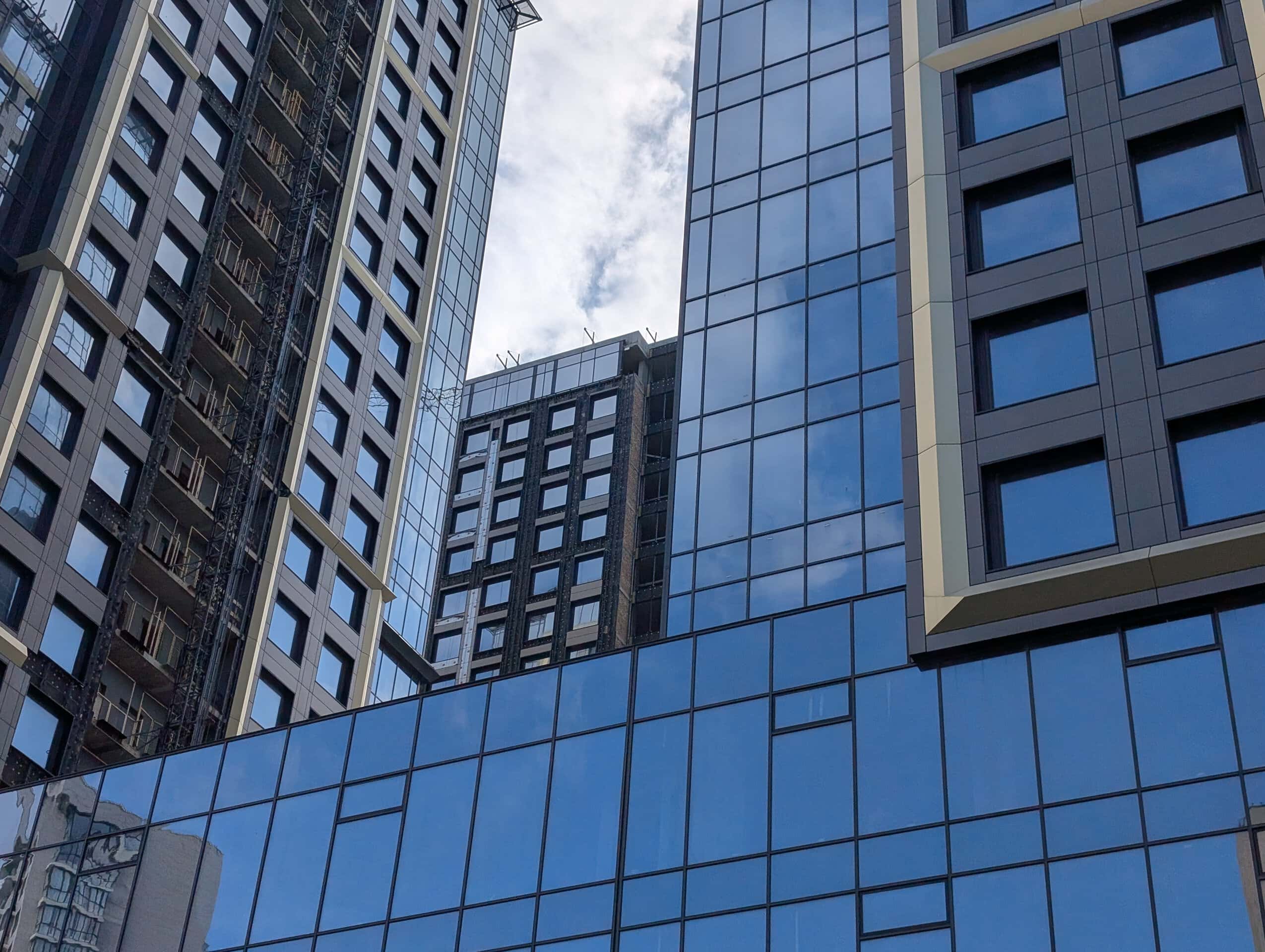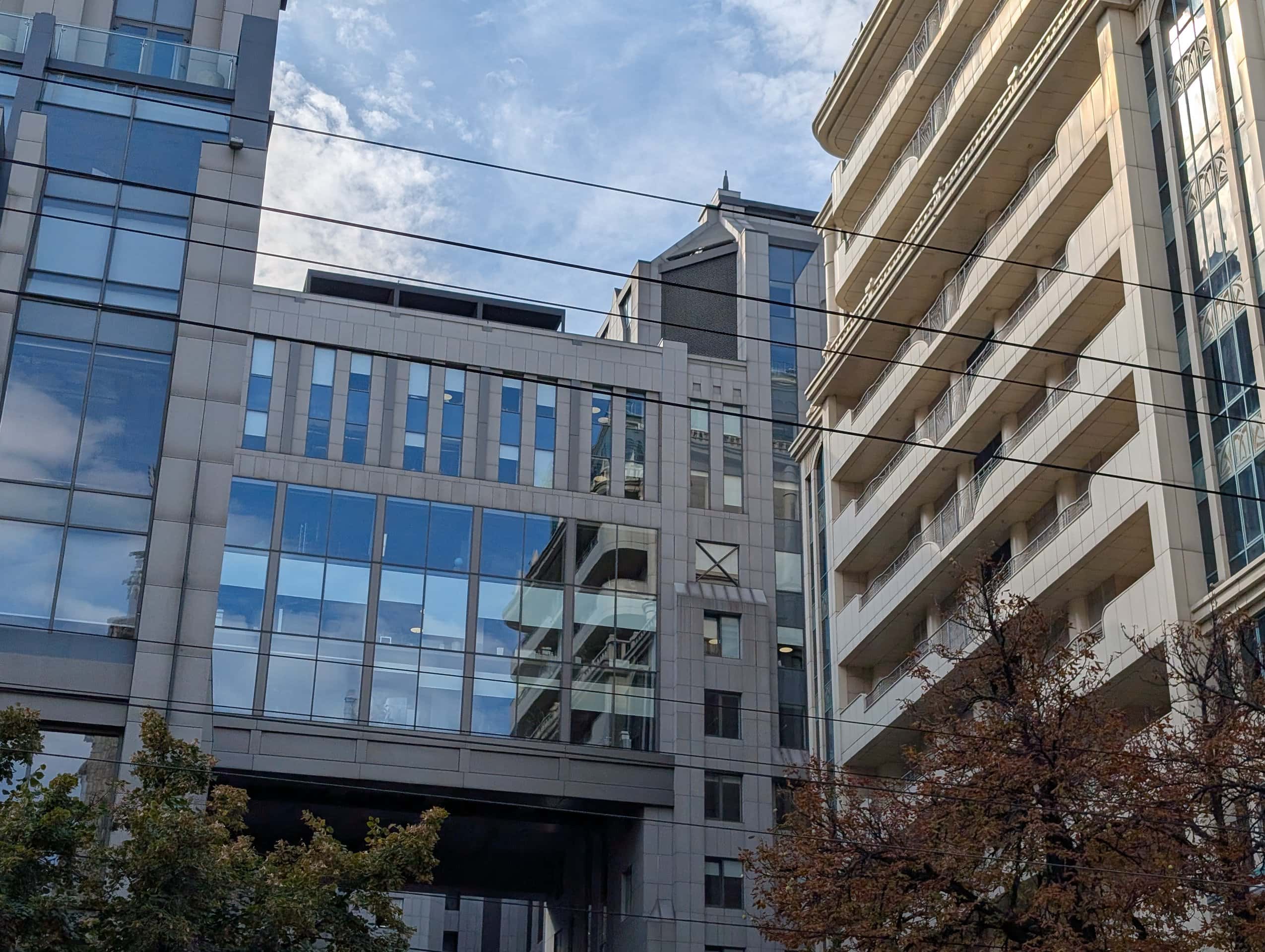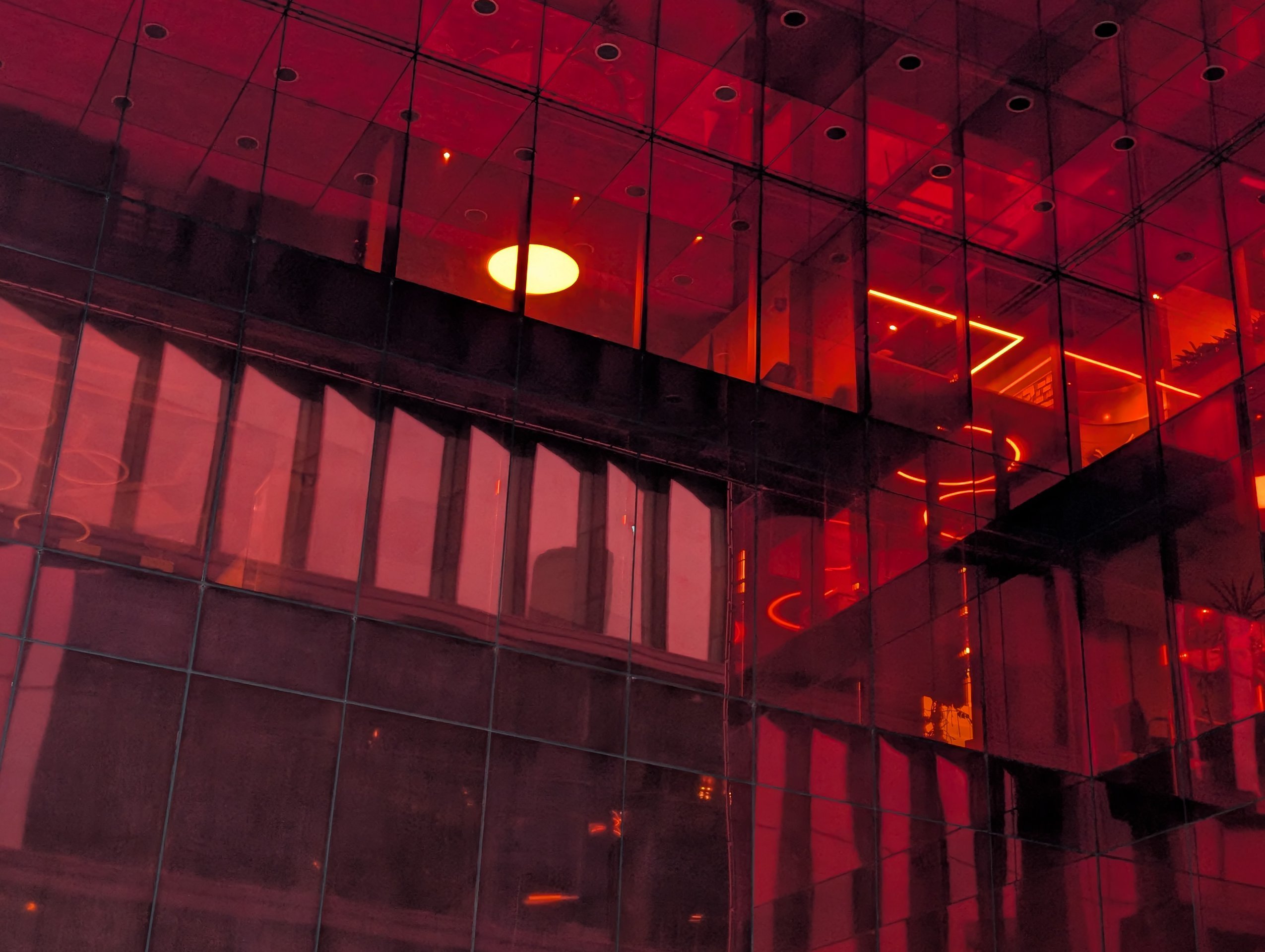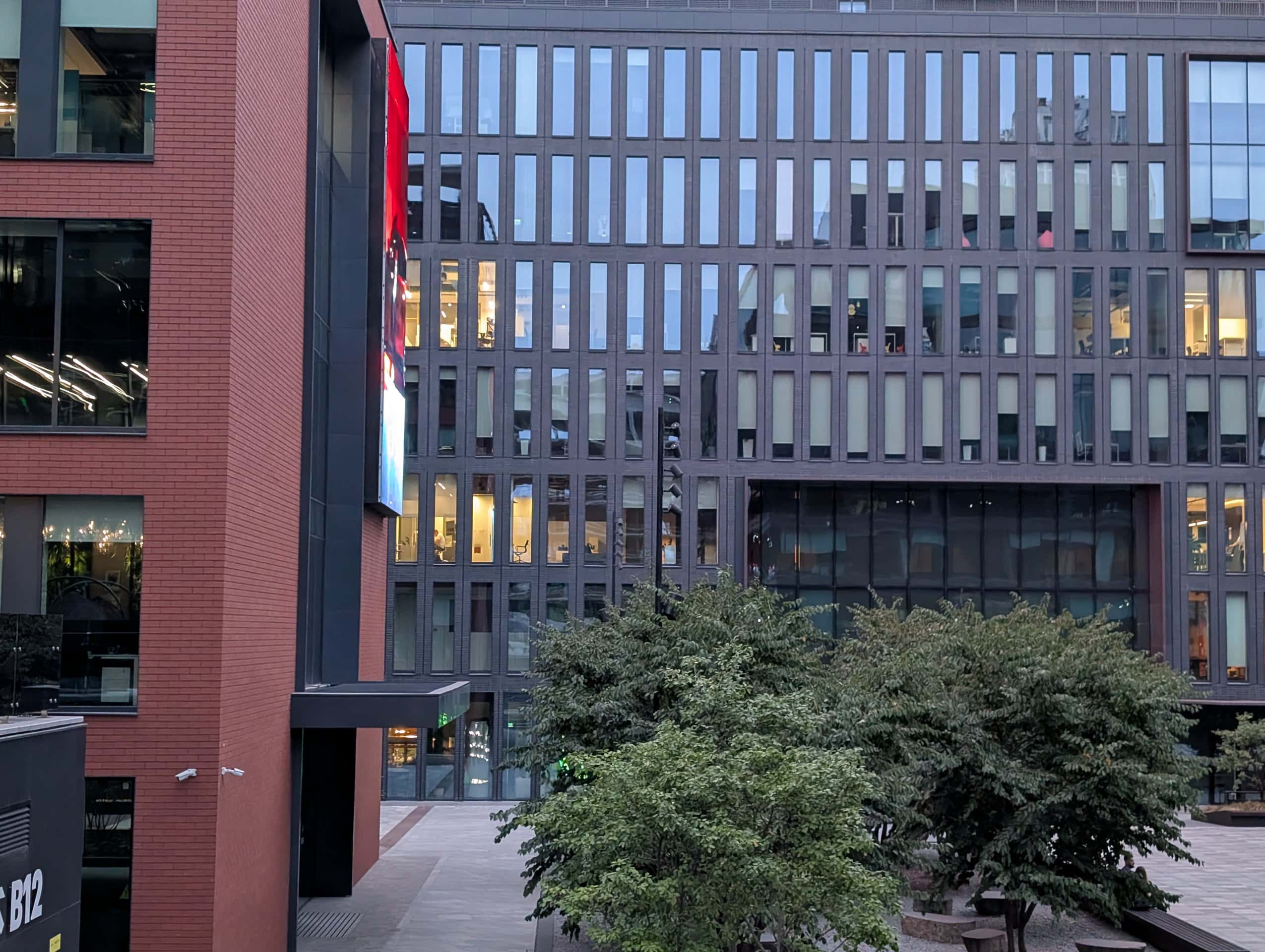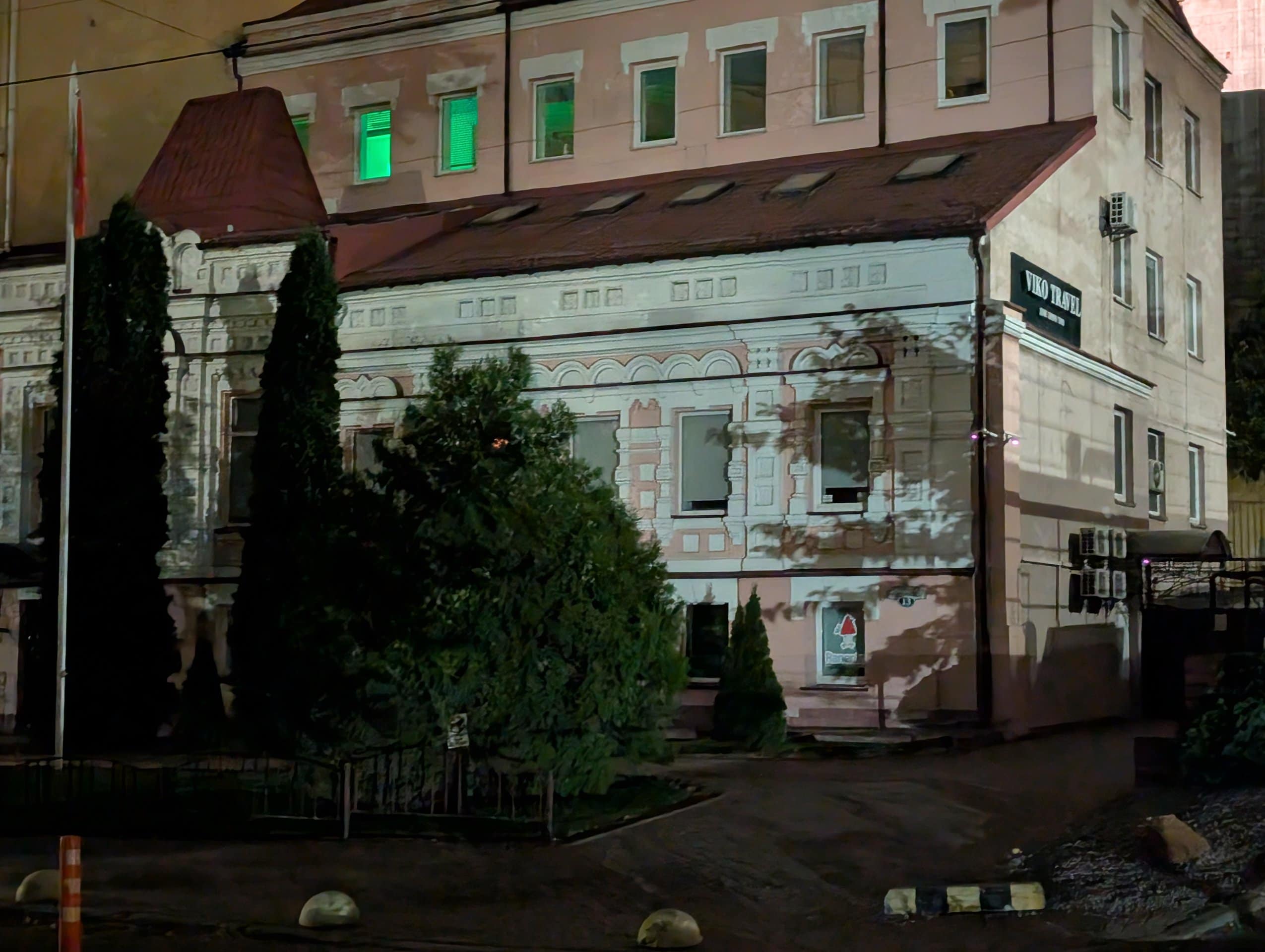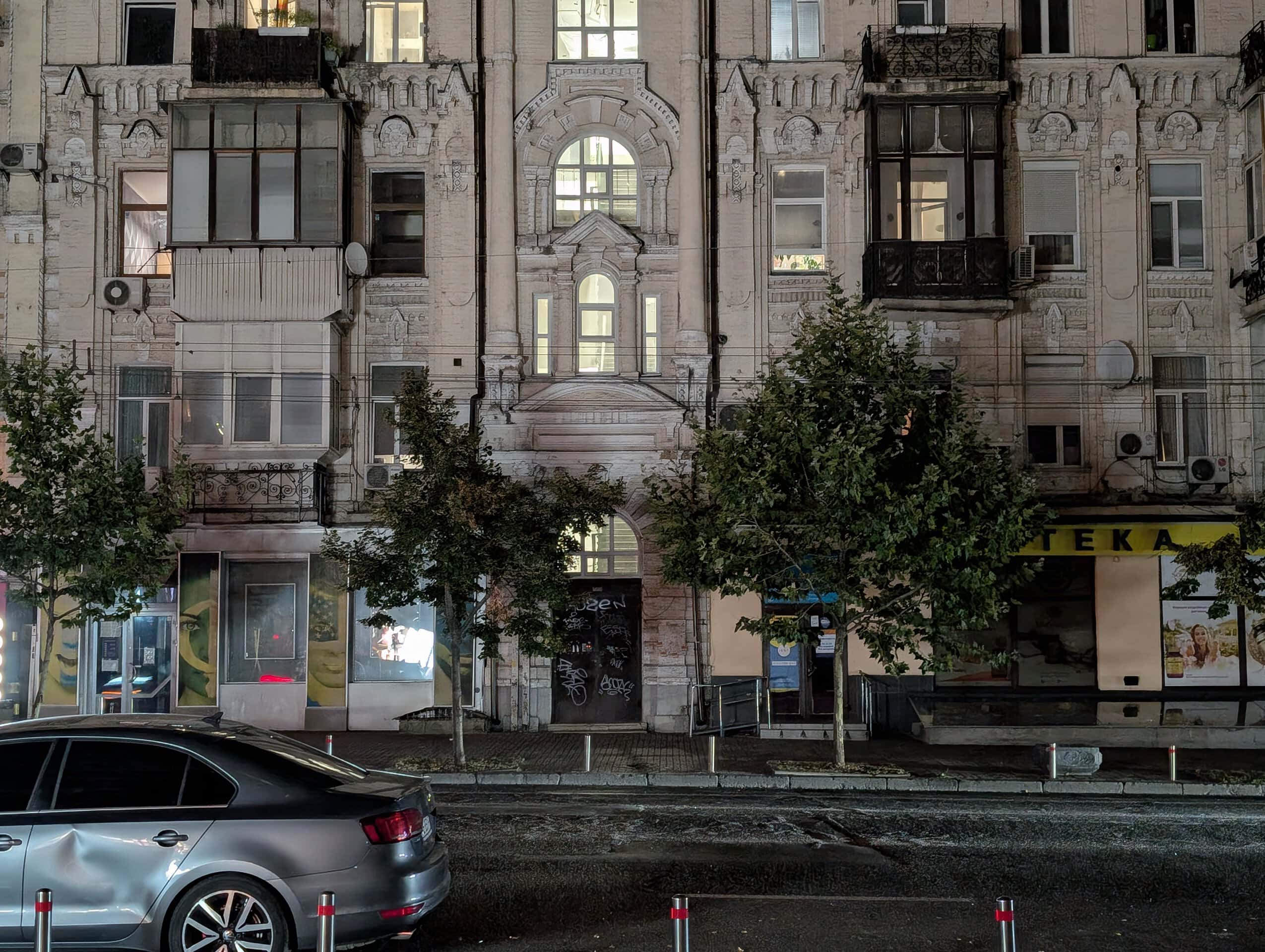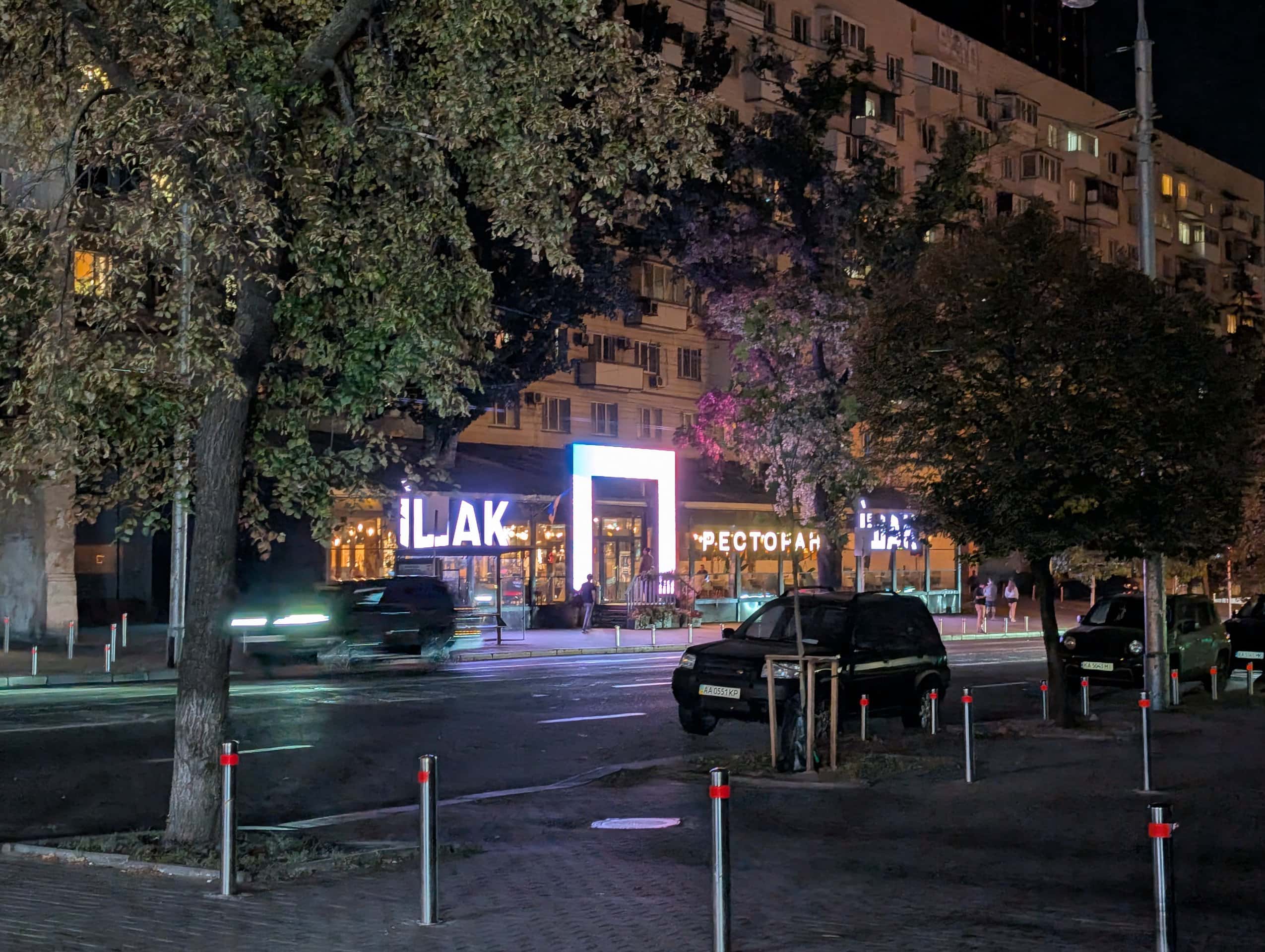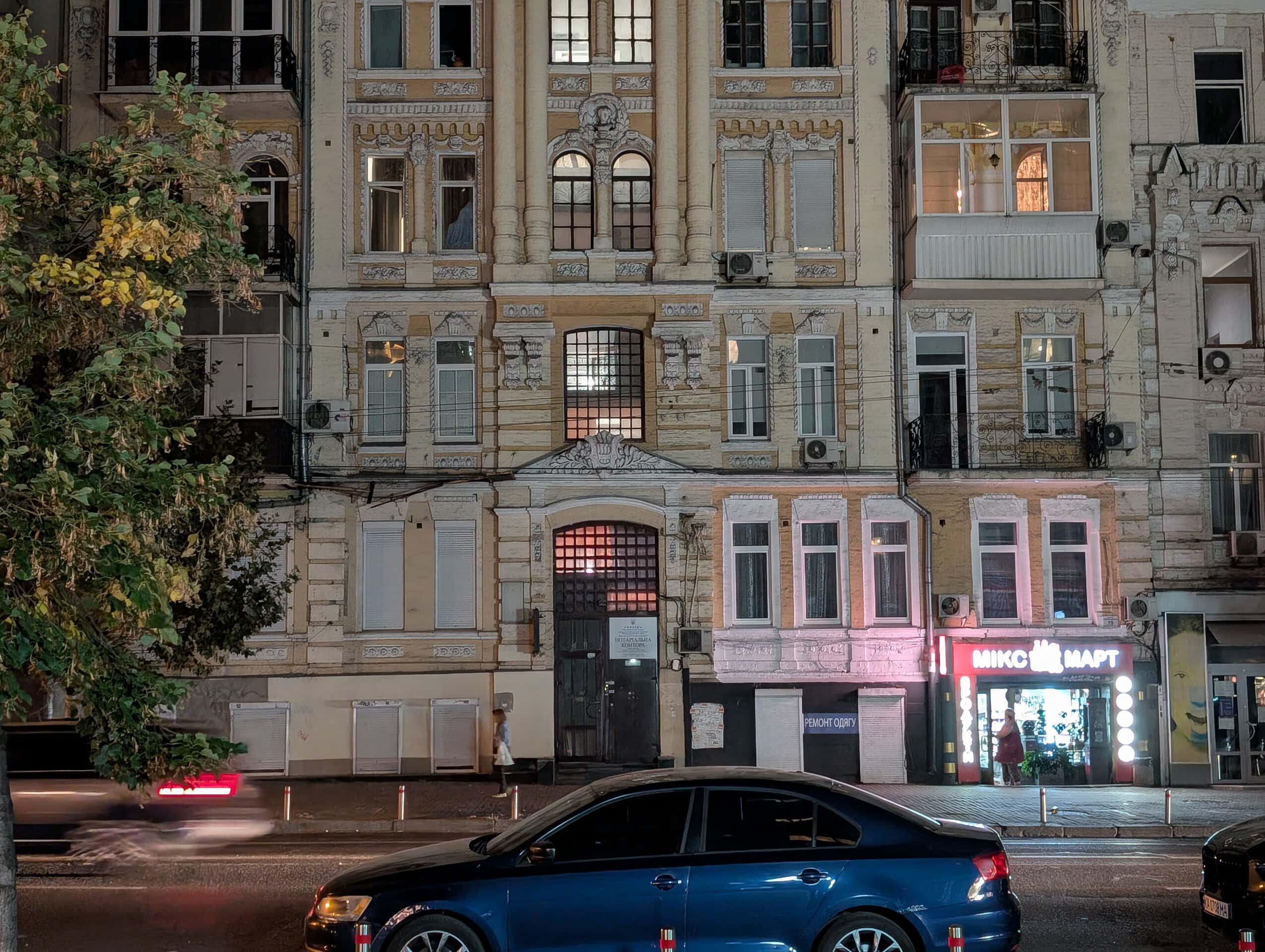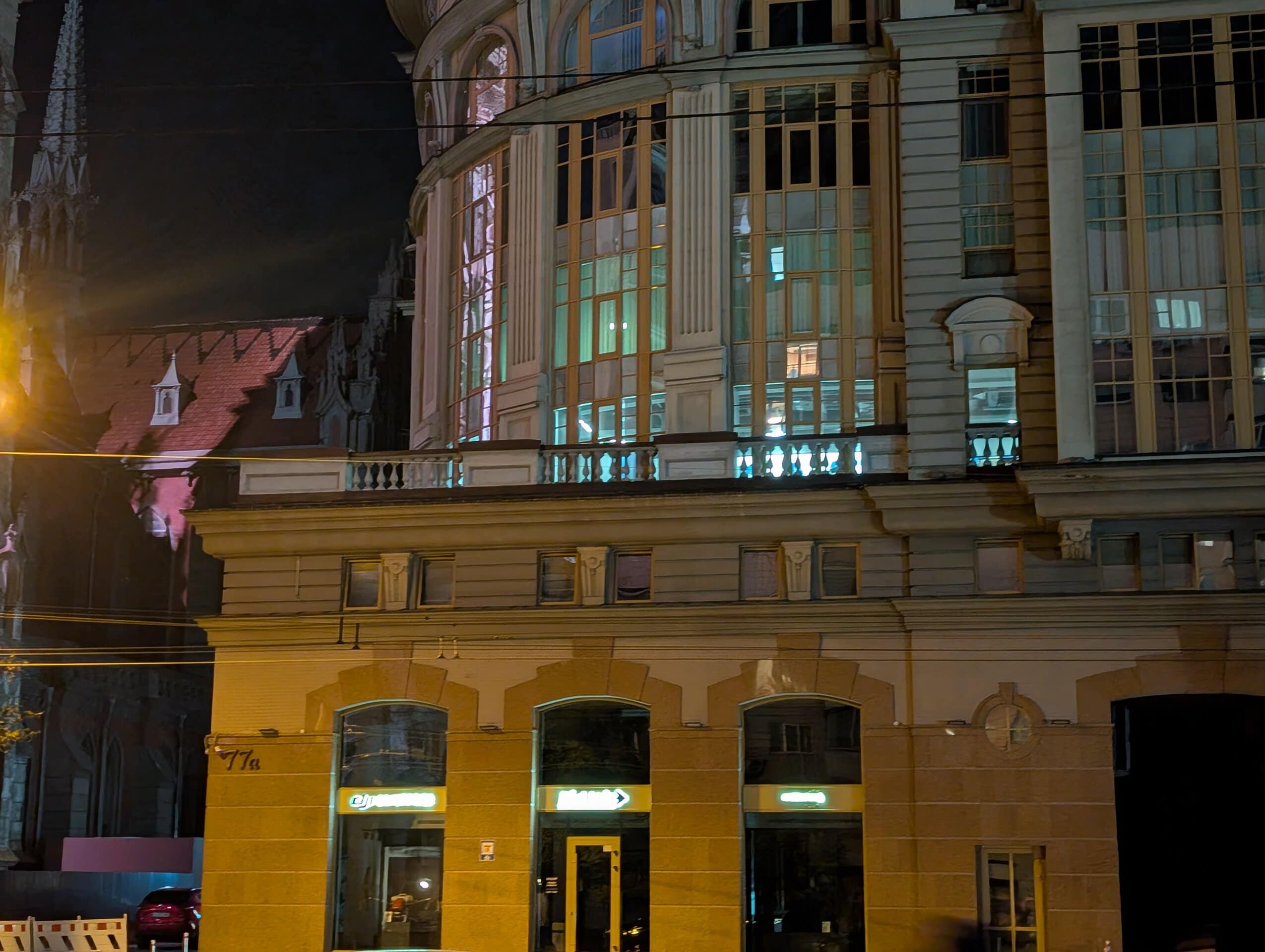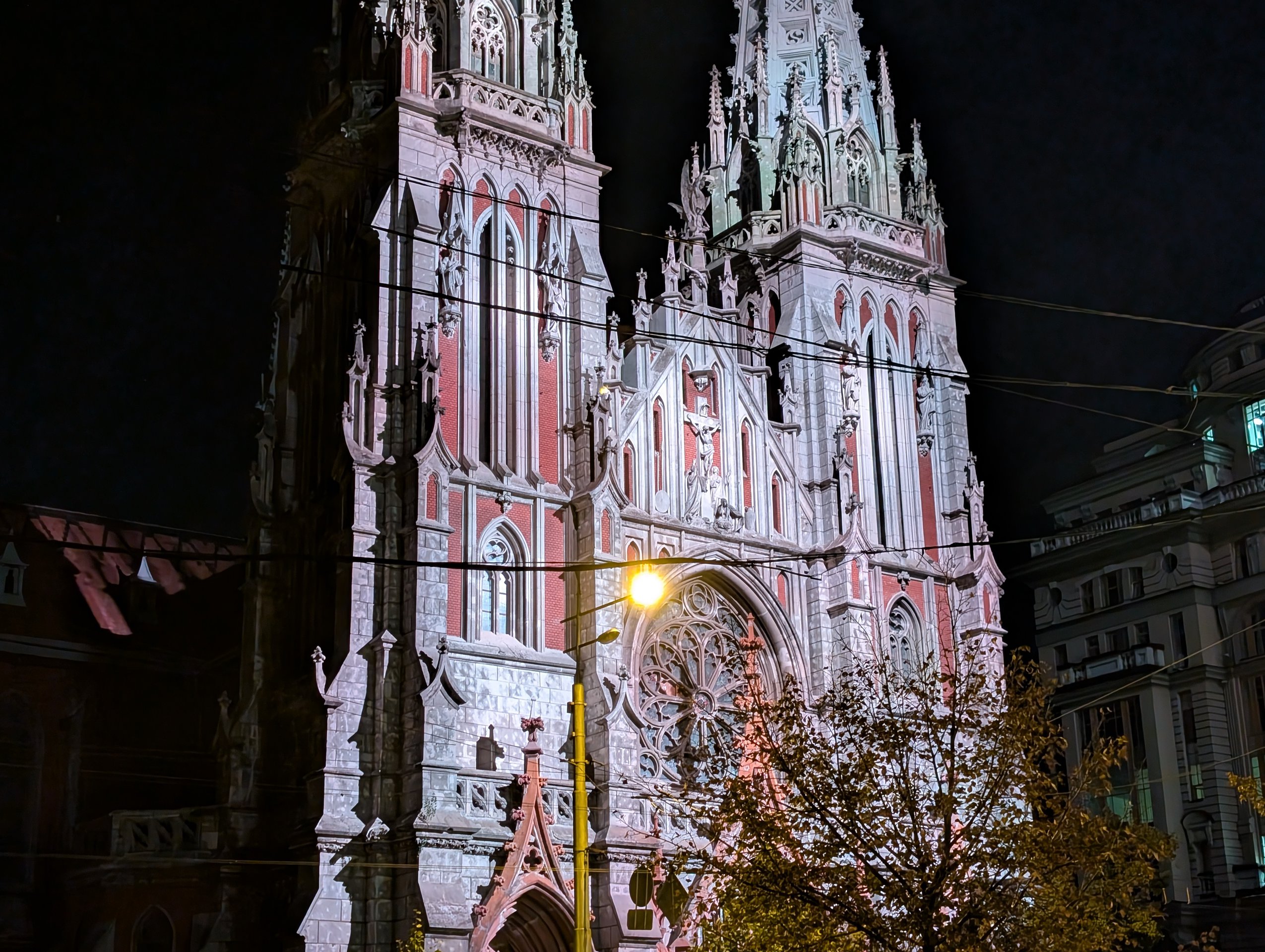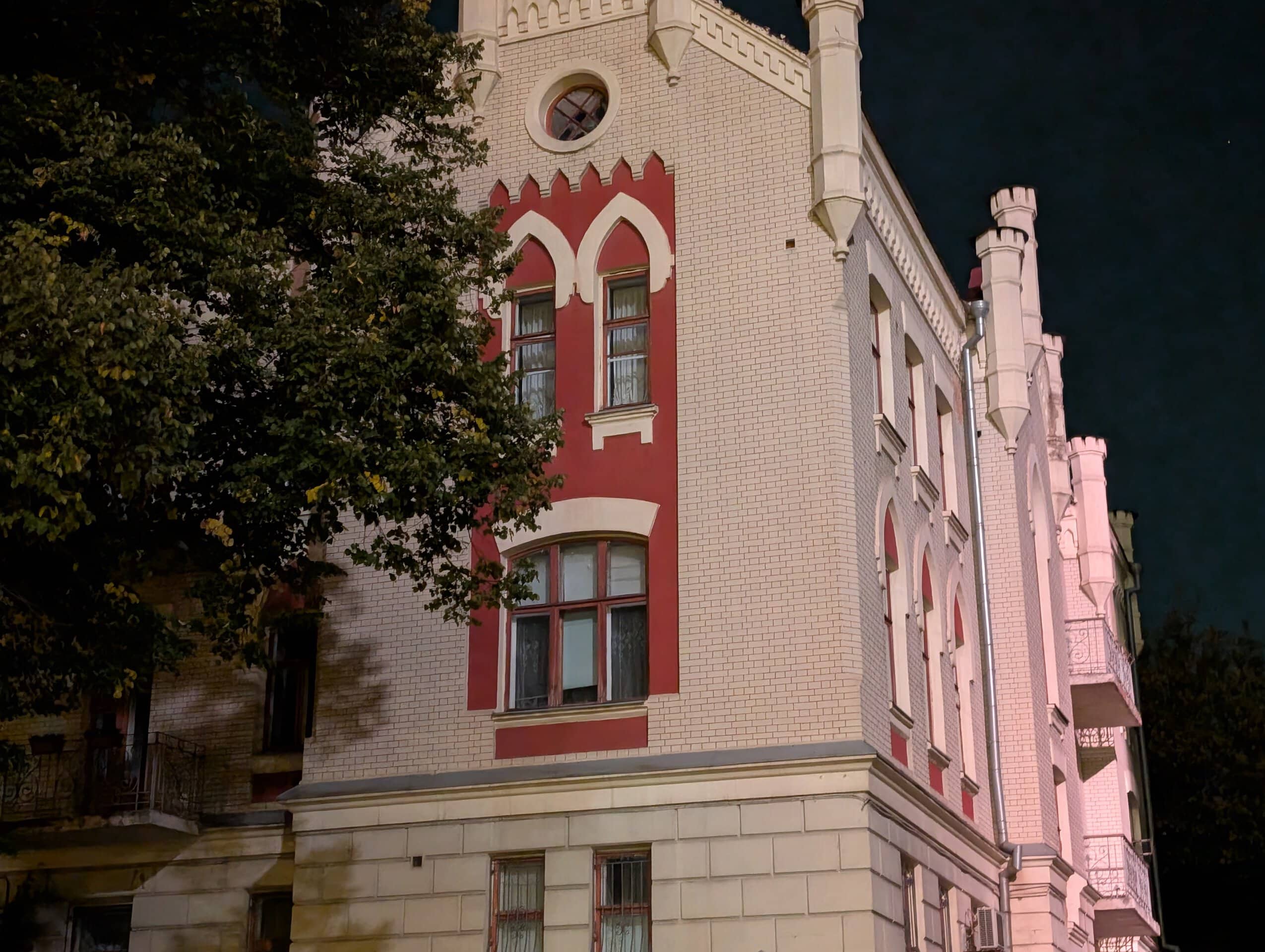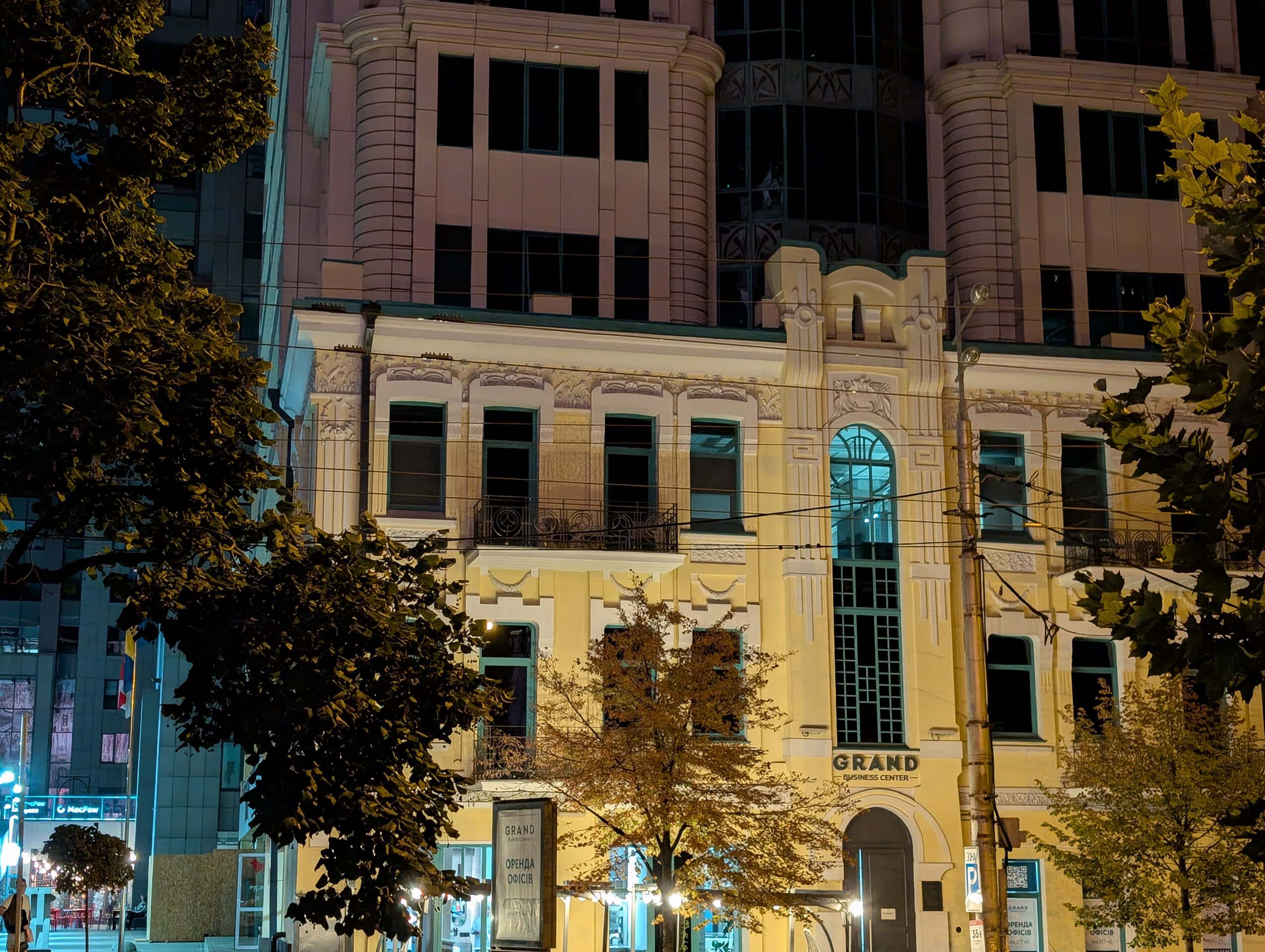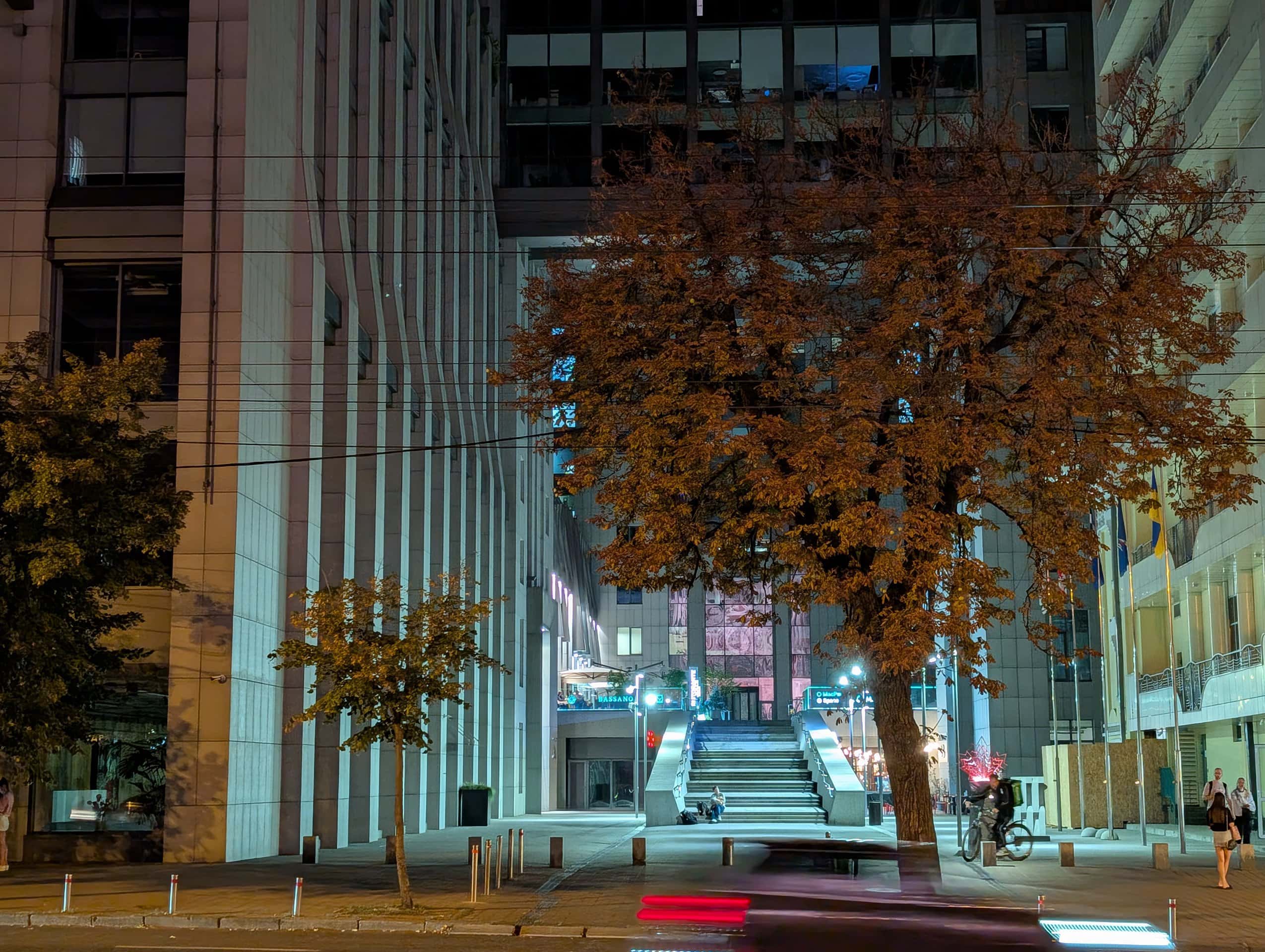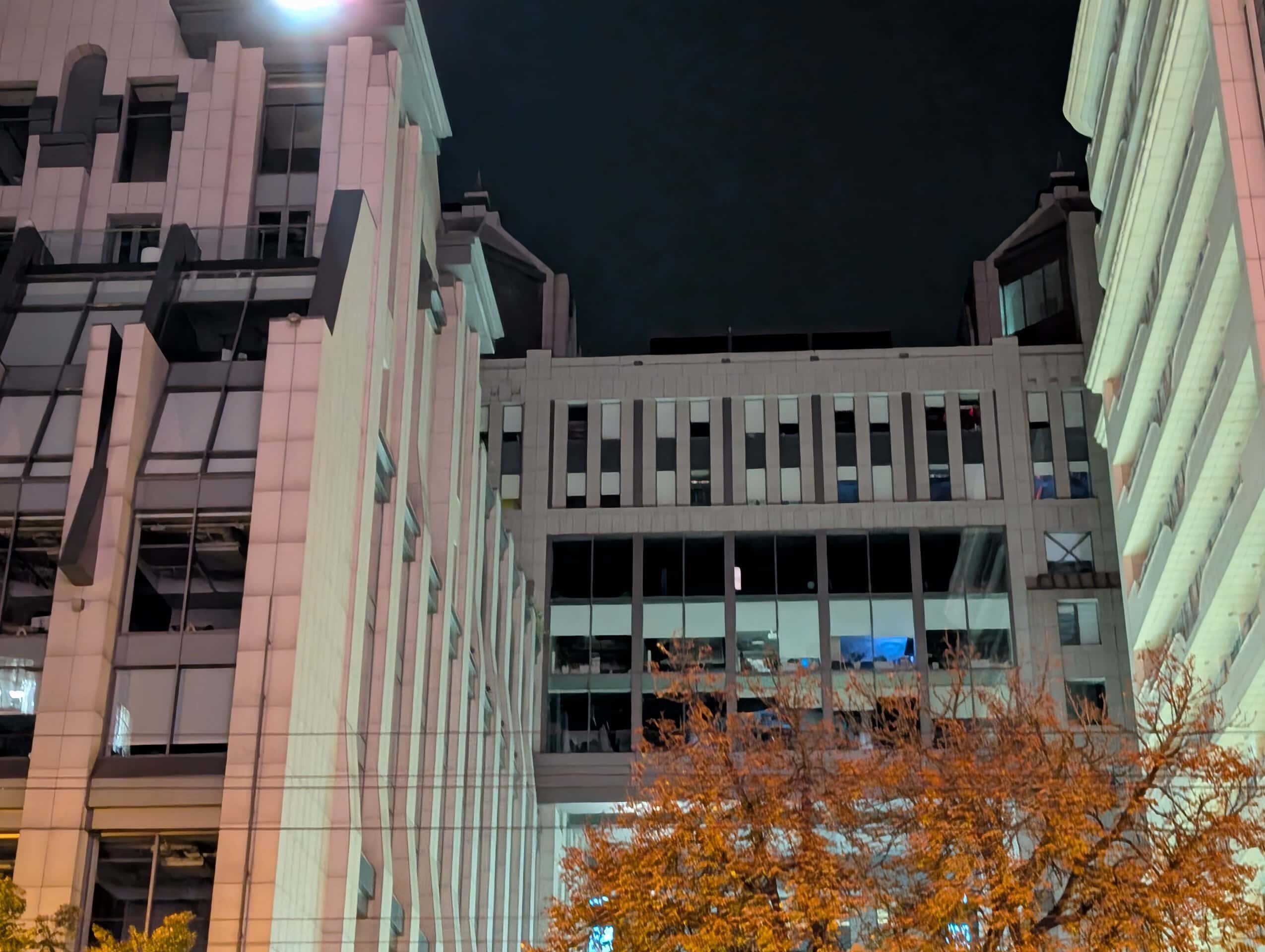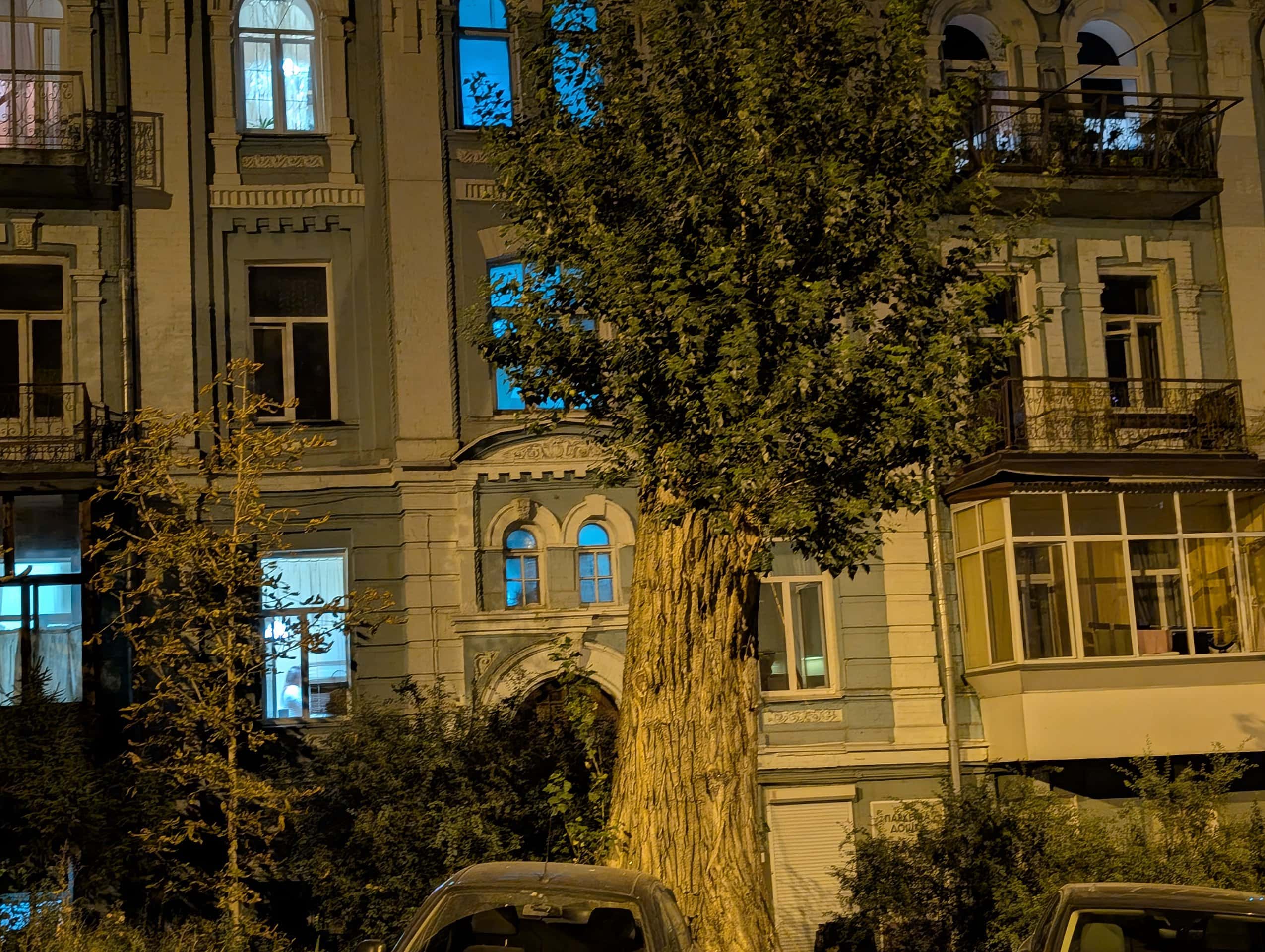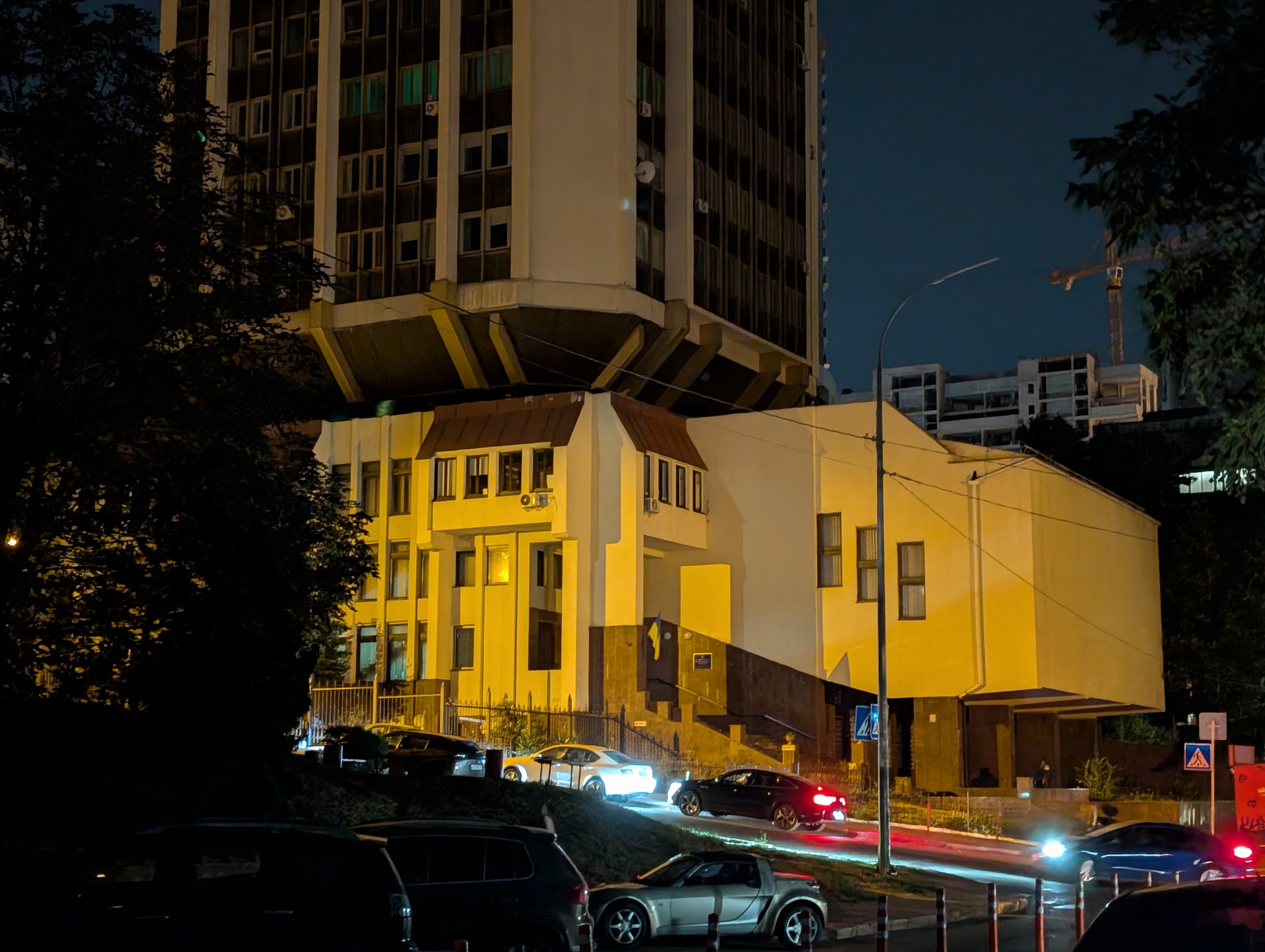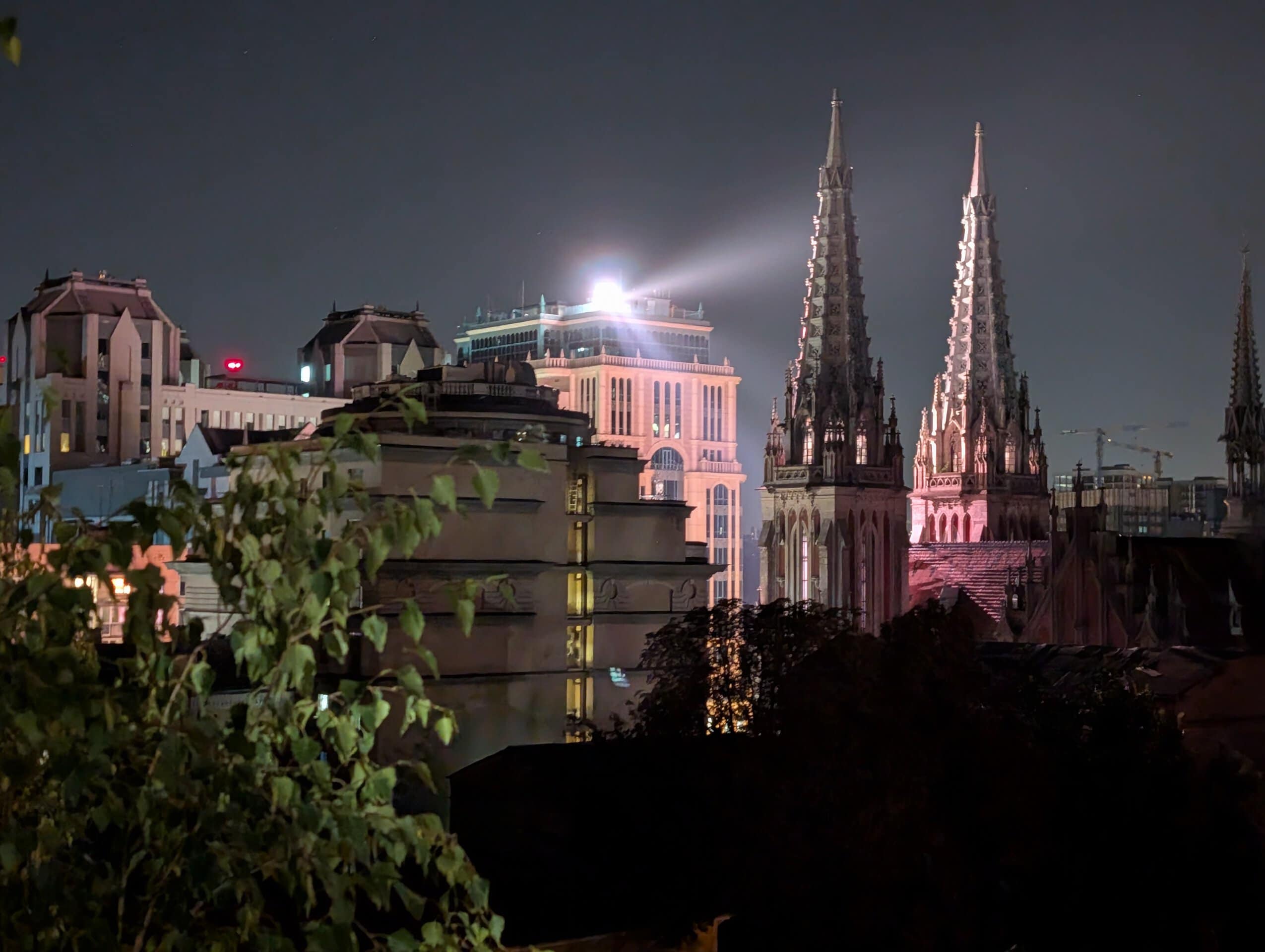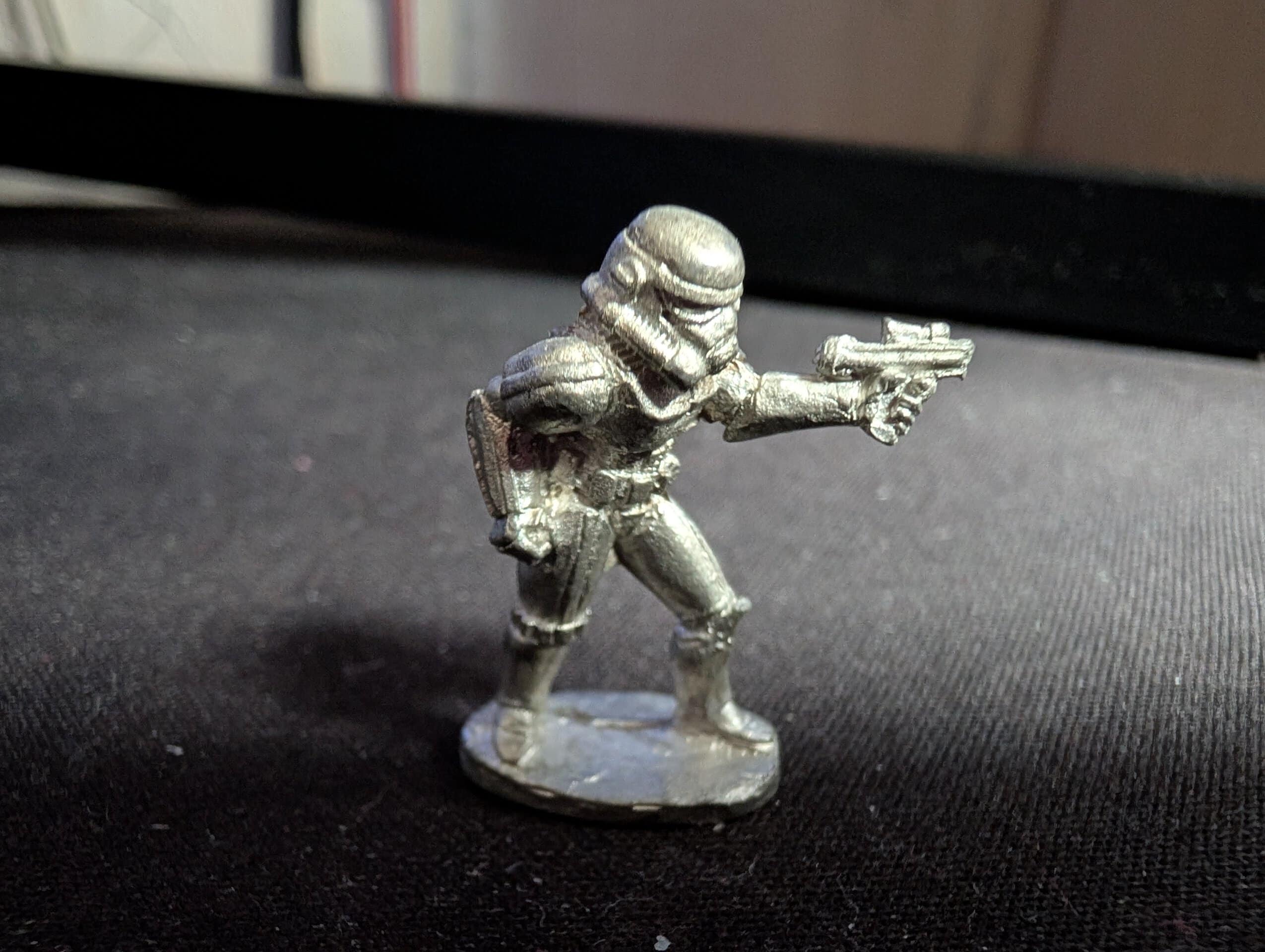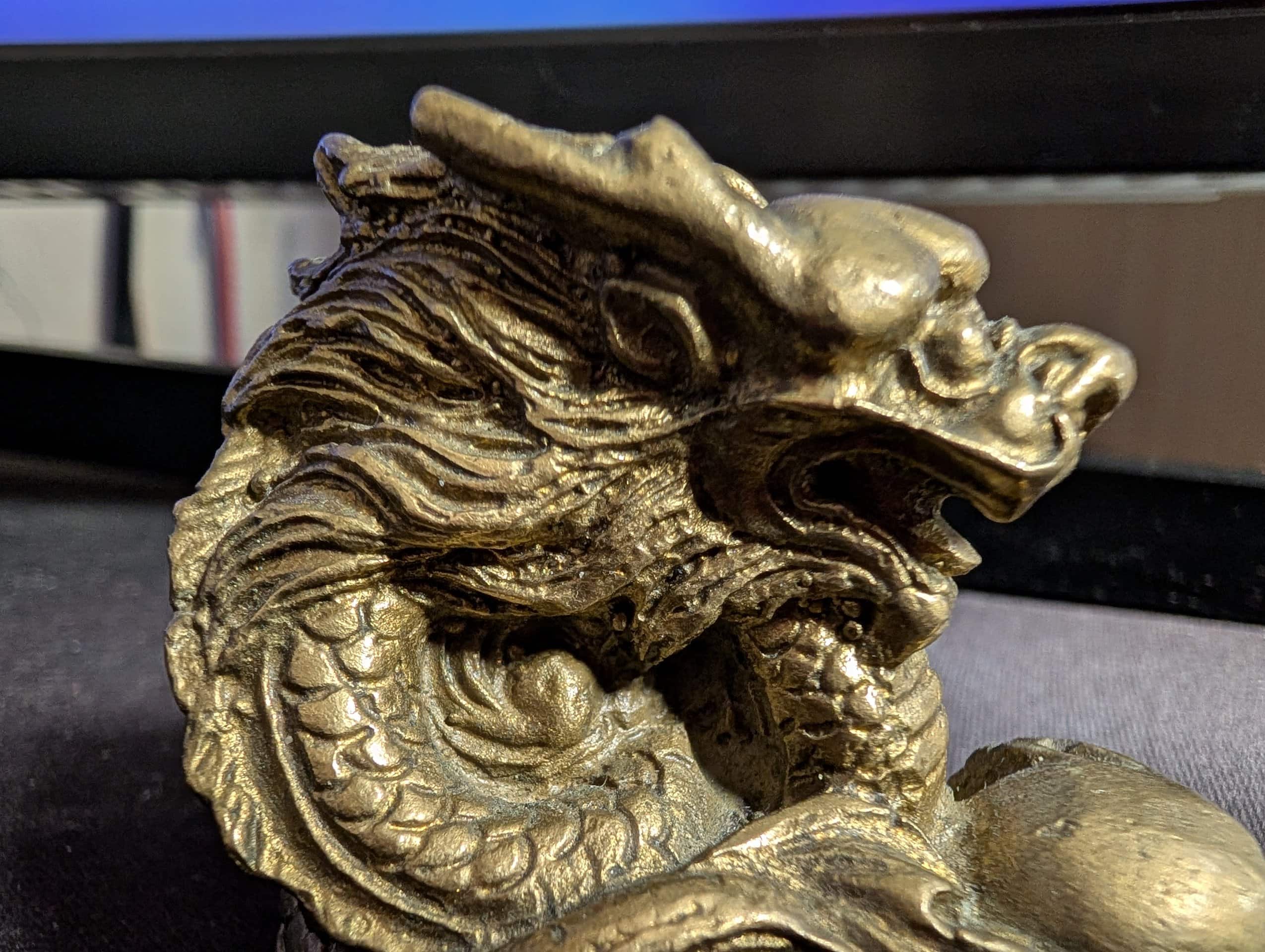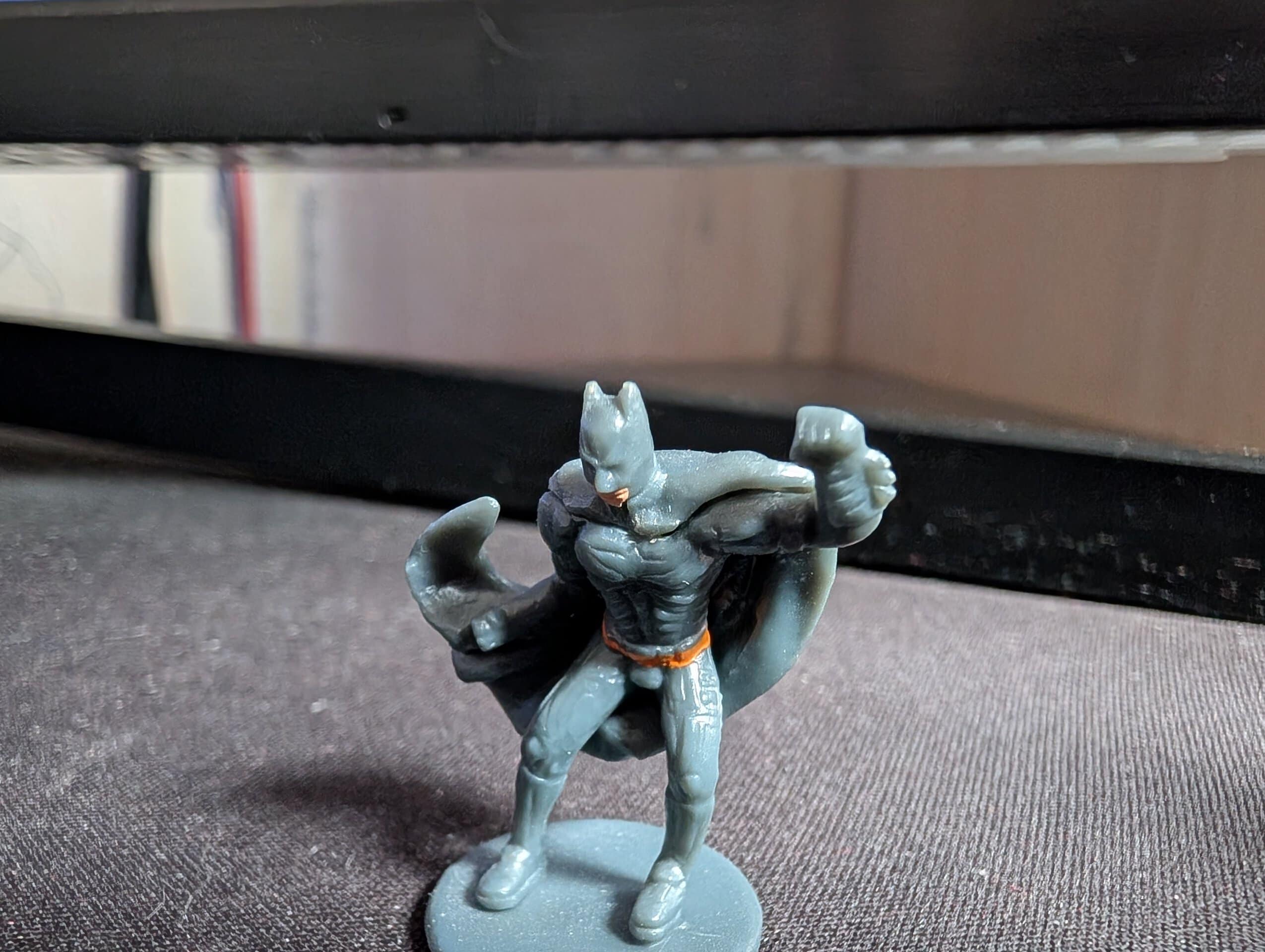Last month, Google introduced its long-awaited Pixel 9 smartphones, which come in 4 models. The so-called "exemplary" Android smartphones can hardly be called record-breaking in sales, but they have a certain and rather large audience. And the number of rumors on the eve of presentations is usually as high as that of Samsung and Apple. The smartphones have already gone on sale, and today we will take a closer look at the basic Google Pixel 9.
Google Pixel 9 specifications
| Dimensions and weight | 152.8 x 72 x 8.5 mm198 grams |
| RAM and storage | 12 GB abo 128 / 256 GB |
| Processor | Google Tensor G4 |
| Graphics processor | Mali-G715 MC7 |
| Wireless modules | Wi-Fi 802.11 a/b/g/n/ac/6e/7 (2.4 GHz and 5 GHz), Bluetooth 5.3, NFC |
| Display | 6.3-inch OLEDResolution: 1080×2424 dots, 422 ppiFrequency: 120 HzHDR10+ |
| Main cameras | 50 megapixel wide-angle, 1/1.31", 1.2µm, ƒ/1.68, phase detection autofocus, optical stabilization;48 megapixel ultra-wide-angle, 1/2.55", ƒ/1.7, phase autofocus; |
| Front camera | 10.5 megapixels, ƒ/2,2, 1/3.1", 1.22µm, phase autofocus |
| Audio | Stereo speakers |
| Battery | 4700 mAh |
| Charging | Wired 27 W, wireless 15 W (Pixel Stand), 12 W (Qi), reverse wireless charging |
| Connectors | USB Type-C 3.2 with support for image output |
| Operating system | Android 14 |
| Recommended price | 39 060 UAH |
Package contents
The Google Pixel 9 comes in a small, slim box with a color matching cover. The box itself is made of recycled cardboard and features a schematic image of the Google Pixel 9.
The box contains the smartphone itself, a Type-C cable, a tray eject tool, and documentation.
Design and ergonomics
For several generations now, Pixel smartphones have had a rather original and recognizable rear camera design, which is made in the form of a wide horizontal block. Google Pixel 9 decided to change it a bit. It's still horizontal and massive, but now it doesn't flow smoothly into the side bezel, but looks like a large "island" with rounded sides.
The camera unit is metal, and it protrudes strongly above the back panel. But thanks to its symmetry, the smartphone does not wobble on the table. Under the common glass are two cameras, laser autofocus and a microphone in the hole. The flash is on the right. The back cover is flat and made of Gorilla Glass Victus 2. Google Pixel 9 has a glossy back, while older models have a matte one. We received a pink version, and there are also black, green, and beige ones.
The front panel is quite familiar. It is completely covered by a similar Gorilla Glass Victus 2. The screen is flat, the bezels are not record thin, but quite acceptable. The front camera is in a round hole in the middle of the top of the screen, and above it is a small speaker slot. The screen has increased slightly compared to Google Pixel 8: now it is 6.3 inches instead of 6.2. Although Google Pixel 9 can still be called quite compact.
The frame is made of matte metal. It's flat and has small roundings closer to the front and back panels, so the transition is almost imperceptible and the smartphone is comfortable to hold. There's nothing interesting on the left side. The power and volume buttons are located on the right side. The height is convenient. But, like all Pixels, the power button is above the volume buttons. You have to get used to it, because the vast majority of smartphones have it the other way around.
An additional microphone is located on the top edge. And below is the main speaker, microphone, tray, and USB Type-C connector. It's in Google Pixel 9 version 3.2 and has support for displaying images on an external monitor.
The tray is quite familiar to the Google Pixel line, which means that only one SIM card can be installed in it. But the smartphone supports eSIM, so users with two numbers won't have any problems.
Google Pixel 9 is relatively small and easy to use, including with one hand on the go. I like the updated design of the rear camera less than in previous models, but this is a purely subjective opinion. The smartphone is IP68 dust and water resistant and (theoretically) can withstand immersion in water to a depth of 1.5 meters for 30 minutes.
Display
Google Pixel 9 has an OLED display, which Google calls Actua. It has a diagonal of 6.3 inches and a resolution of 2424x1080, with an aspect ratio of 20:9. The pixel density is about 422 ppi. It has a refresh rate of 120 Hz and supports HDR10+. It is claimed that the peak local brightness in automatic mode is 2700 cd/m². There is support for Always on Display.
The settings include a choice between a dark and a light theme, the so-called night mode, a choice of refresh rate (60 Hz by default), font sizes, interface scale, color schemes, and two color display modes: adaptive and standard.
The screen has very nice, rich colors and maximum viewing angles. It is very bright, the image does not fade even under the rays of the bright sun. Hardware measurements showed that in the "Adaptive" mode, the maximum brightness was an incredible 1050.957 cd/m². The color gamut is slightly wider than sRGB, the color temperature is 7500-8000K, and the image leans slightly toward cold shades.
In "Standard" brightness is: 1072,794 cd/m². The color gamut is slightly narrower than in Adaptive mode, and the color accuracy is about the same:
Security
Google Pixel 9 has an in-screen fingerprint scanner, like most modern mid-range and flagship smartphones. But it's not an optical scanner, it's an ultrasonic one, which is used only in some flagships. But it does not work perfectly: there are no problems with accuracy, but the speed is not the highest. It will probably be fixed with updates.
The front camera recognizes the face of the smartphone owner. In good light, it works quickly. In the evening or at night, the speed decreases. So the implementation is quite standard.
Performance and software
Google does not change the tradition and uses a processor of its own design, Google Tensor 4, in Pixel smartphones. The processor is manufactured by Samsung using a 4nm process technology. The processor has one powerful ARM Cortex-X4 core with a clock speed of 3.1 GHz, three Cortex-A720 cores with a frequency of 2.6 GHz, and four energy-efficient Cortex-A520 cores with a frequency of 1.92 GHz. The graphics accelerator is Mali-G715 MC7, just like the previous Google Tensor 4. But its frequency has risen from 890 to 940 MHz. The smartphone has 12 GB of RAM and 128 or 256 GB of storage. Unfortunately, it no longer has the fastest UFS 3.1 standard.
Google smartphones have never been positioned as extremely productive. Google Pixel 9 is no exception. In synthetic tests, it demonstrates results approximately at the level of modern mid-range smartphones. But this is quite enough for comfortable use: the shell and heavy applications work and launch quickly.
But the processor has some problems with stability. The stress test showed that after a few minutes of maximum load, performance drops to almost 65%. Then sometimes there are short-term drops of up to 50%. At the same time, the case cannot be called hot. And, interestingly, there are no significant performance problems even during long games.
Google Pixel 9 is not the best smartphone for a mobile gamer, but relatively modern games run well. Call of Duty Mobile on high settings runs at a stable 60 FPS. Diablo Immortal does not allow you to set a high frame rate. So we have 30 FPS with periodic staters.
Google Pixel 9 has tri-band Wi-Fi 802.11 a/b/g/n/ac/6e/7, Bluetooth 5.3 with support for SBC, AAC, aptX, aptX HD, LDAC and LC3 codecs, and NFC. Global positioning systems GPS, GLONASS, GALILEO, BDS, QZSS and NavIC are supported. The smartphone has an SOS emergency signal function via satellite. But for now, it works only in the United States.
Google Pixel 9 runs on pure Android 14. The smartphone will receive 7 more major OS updates, which is a very strong argument for many fans of Google smartphones. Android 14 itself is already very familiar. Familiar desktops, a separate list of all applications, widgets, two navigation options (buttons, gestures), customization (themes, color schemes, icons), a curtain with large buttons, and more.
This year, Google focused on its new AI assistant Gemini AI. The main interaction is presented in the form of a dialog and you can use text, voice, and pictures to communicate with Gemini. The assistant recognizes and can answer in Ukrainian. There are a lot of options for using it: from generating texts for mail or greetings to generating images based on a description. Gemini can be asked to make a short summary of a large text, or you can upload photos of food and ask it to suggest a recipe to make a dish with them.
Correcting photos or removing certain objects from them are not new features, we have seen them many times before. One of the interesting new camera features is adding a person to the photo. For example, you want to take a group photo and there's no one around to ask to take the picture. The first person takes the photo, then another person (who is already in the photo) takes their place. And the first person enters the frame. A second photo is taken, and then the final photo is composed from this one, in which all the characters are in the frame.
Sound
The stereo sound of Google Pixel 9 is quite standard: the main and earpiece speakers are used. Their sound is well balanced, there is no noticeable difference in volume or quality between the channels. There is support for Dolby Atmos virtual surround sound.
The volume margin is very good. The sound quality is also good, as for a smartphone. Although low frequencies are minimal. Especially at high listening volume.
Cameras
Google Pixel 9 has a dual rear camera. The main one is a 50 megapixel Samsung GNK with a sensor size of 1/1.31", pixel size of 1.2µm, aperture of ƒ/1.68, dual pixel PDAF phase detection and optical stabilization. The maximum video resolution is 4K 60 frames per second. The ultra-wide-angle camera has a resolution of 48 MP and uses an IMX712 sensor with a physical size of 1/2.55". The aperture is ƒ/1.7, with a coverage angle of 123°. It has autofocus and is also used for macro. The front camera is a 10.5 MP 1/3.1" sensor , 1.22µm, ƒ/2.2, also with autofocus.
The camera interface is user-friendly and clear. Modes are selected by horizontal swipes. There are quite a few of them, including long shutter speed and the aforementioned mode of adding a person to the frame. There is no professional mode. All the basic settings are available on the viewfinder screen.
The main camera takes high-quality photos in almost any conditions, the colors are close to natural, only some night photos show traces of processing algorithms in the form of yellow and orange tints. Good detail both during the day and in low light:
The ultra-wide-angle camera takes very good pictures, which are noticeably better than most competitors. In low light, there may be some noise, but overall, the camera does a good job in night mode:
Телефото камера в Google Pixel 9 відсутня, тож 2х масштабування — кроп з основної камери:
Macro mode with an ultra-wide-angle camera:
The selfie camera also takes high-quality photos:
Google Pixel 9 shoots video very well, but there are noticeable effects of electronic stabilization. There is hope that this will be fixed with updates. 4K 60 FPS on the main camera:
4K 60 FPS video on an ultra-wide-angle camera:
Video with 2x zoom:
Battery life
The Google Pixel 9 is equipped with a 4700 mAh battery, which is very good considering the diagonal of the display. Interestingly, along with the Google Pixel 9 line, the company introduced a proprietary 45W power supply. But the smartphone itself supports only 27 watts, and only the Google Pixel 9 Pro XL supports 37 watts. The Power Delivery standard is supported, so there is no need for a proprietary power supply. In half an hour, the smartphone charges to about 50%. A full charge takes about 1.5 hours. There is wireless and reverse wireless charging.
The smartphone turned out to be quite durable: if you don't play games, you can get a day of use. This is with a fairly standard usage scenario: 15 minutes of calls, a lot of communication in instant messengers, mail, a browser, an hour and a half of music via Bluetooth, and 10-15 photos. If you use it very little, then a day and a half is not a problem. In the PCMark battery test, the smartphone lasted a little over 14 hours with 50% brightness, which is a very good indicator.







